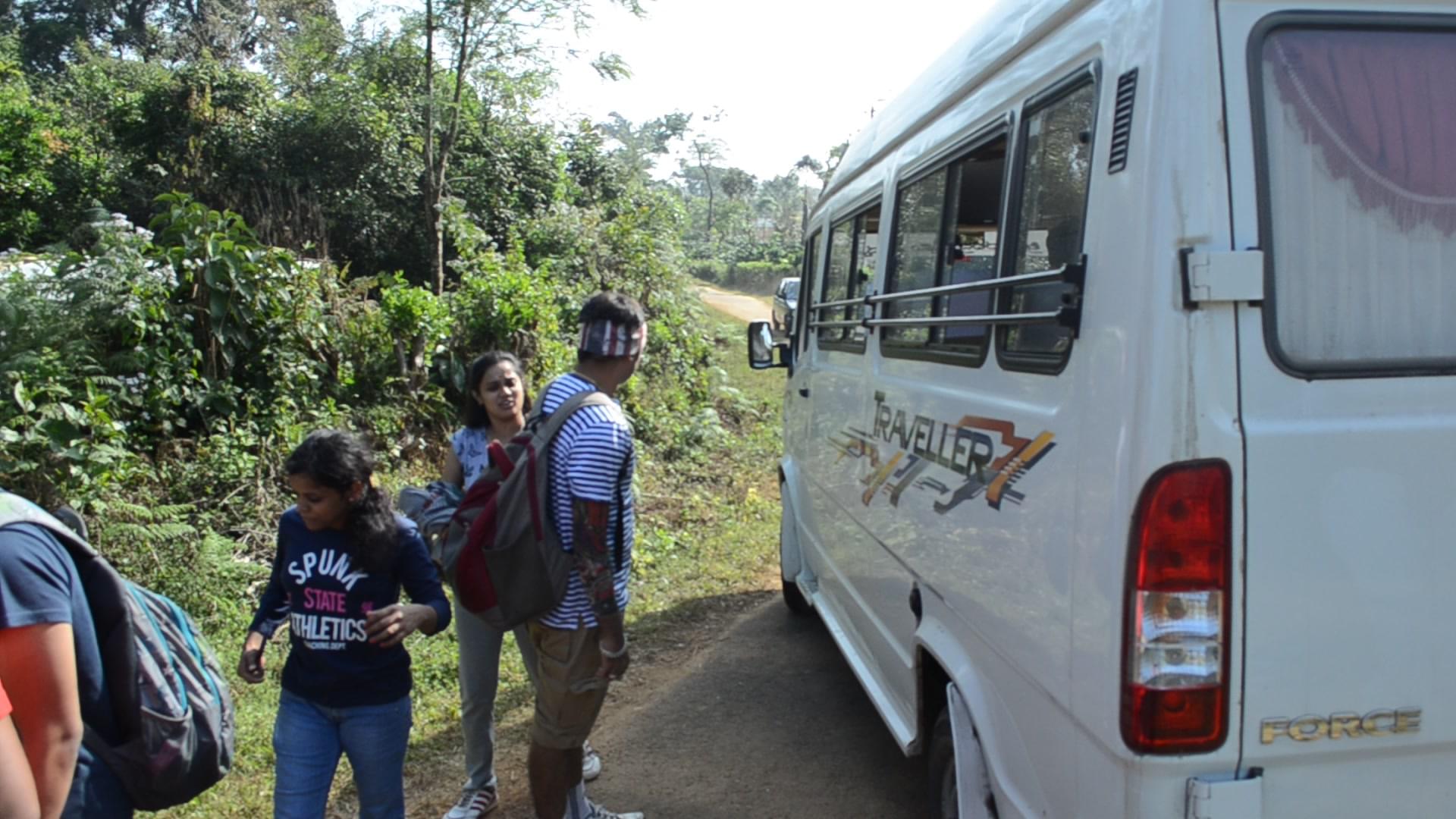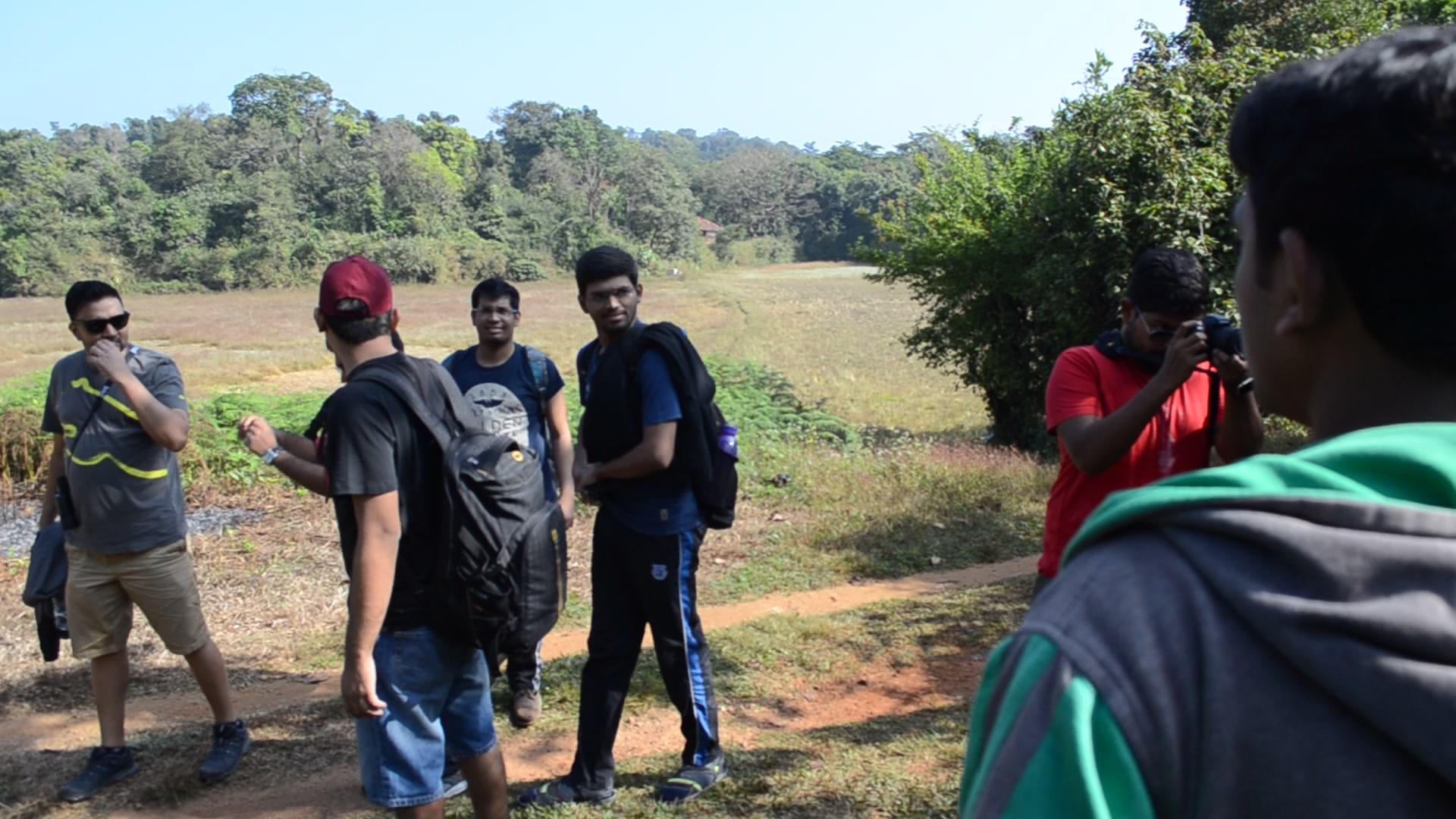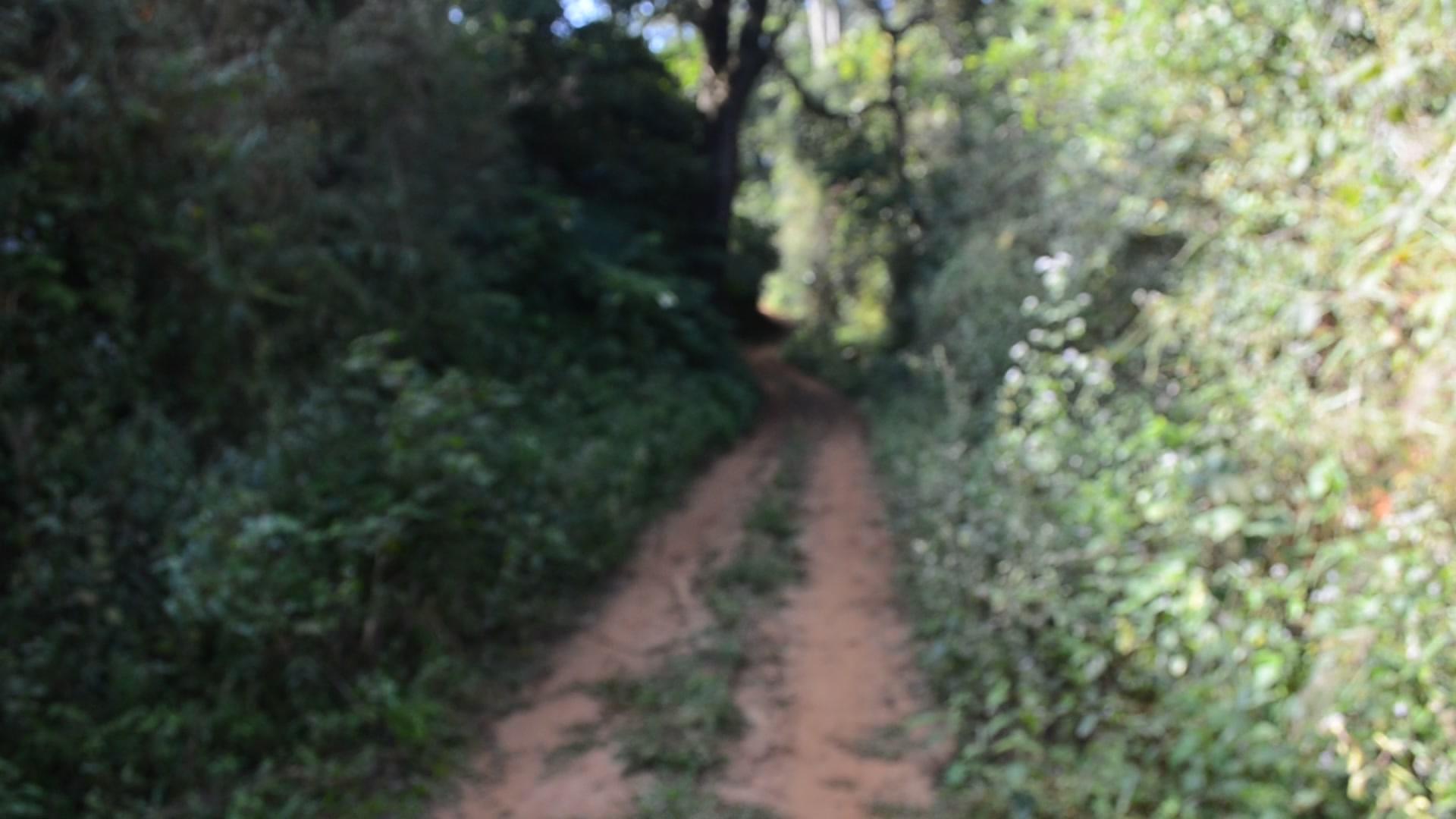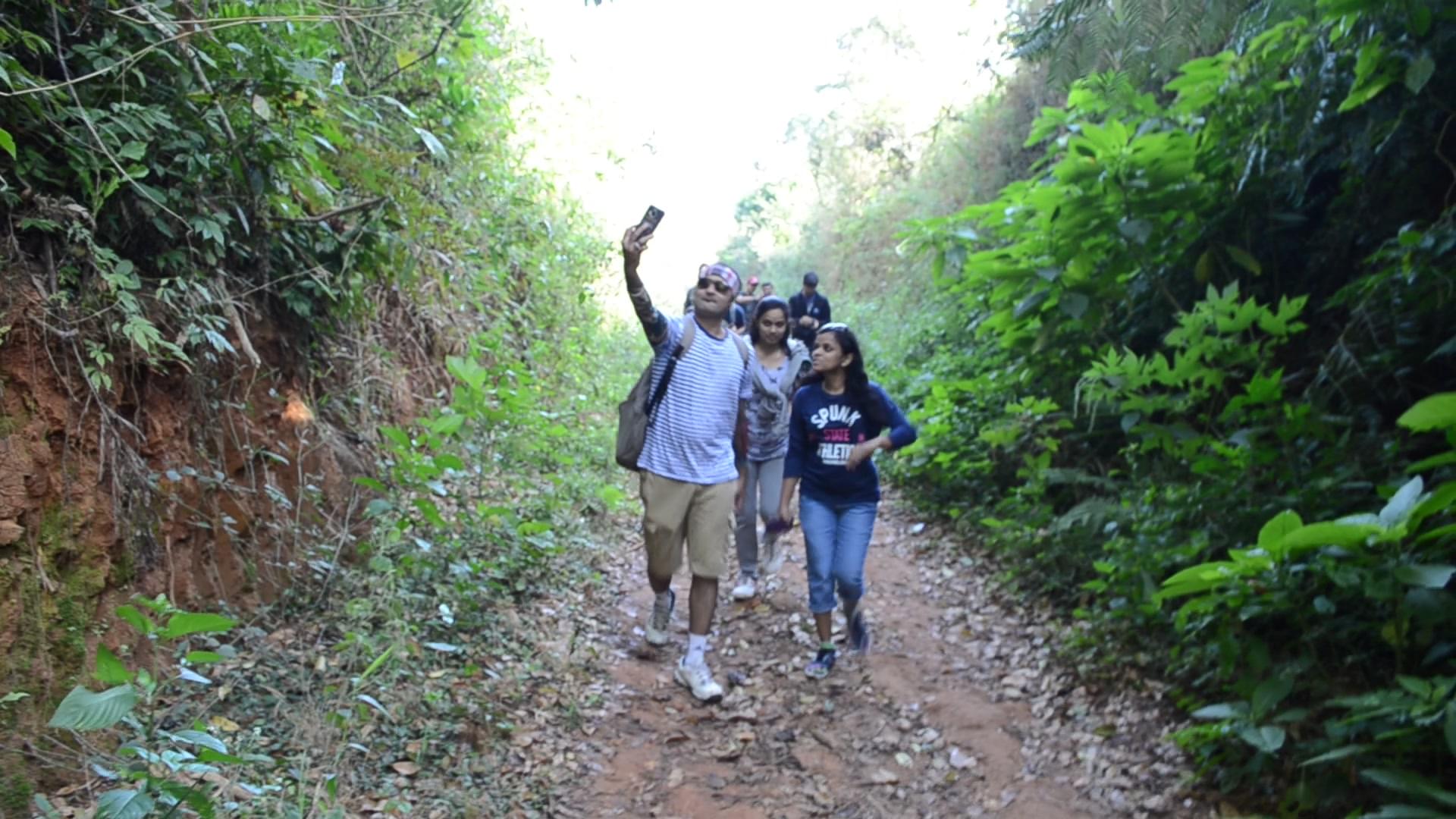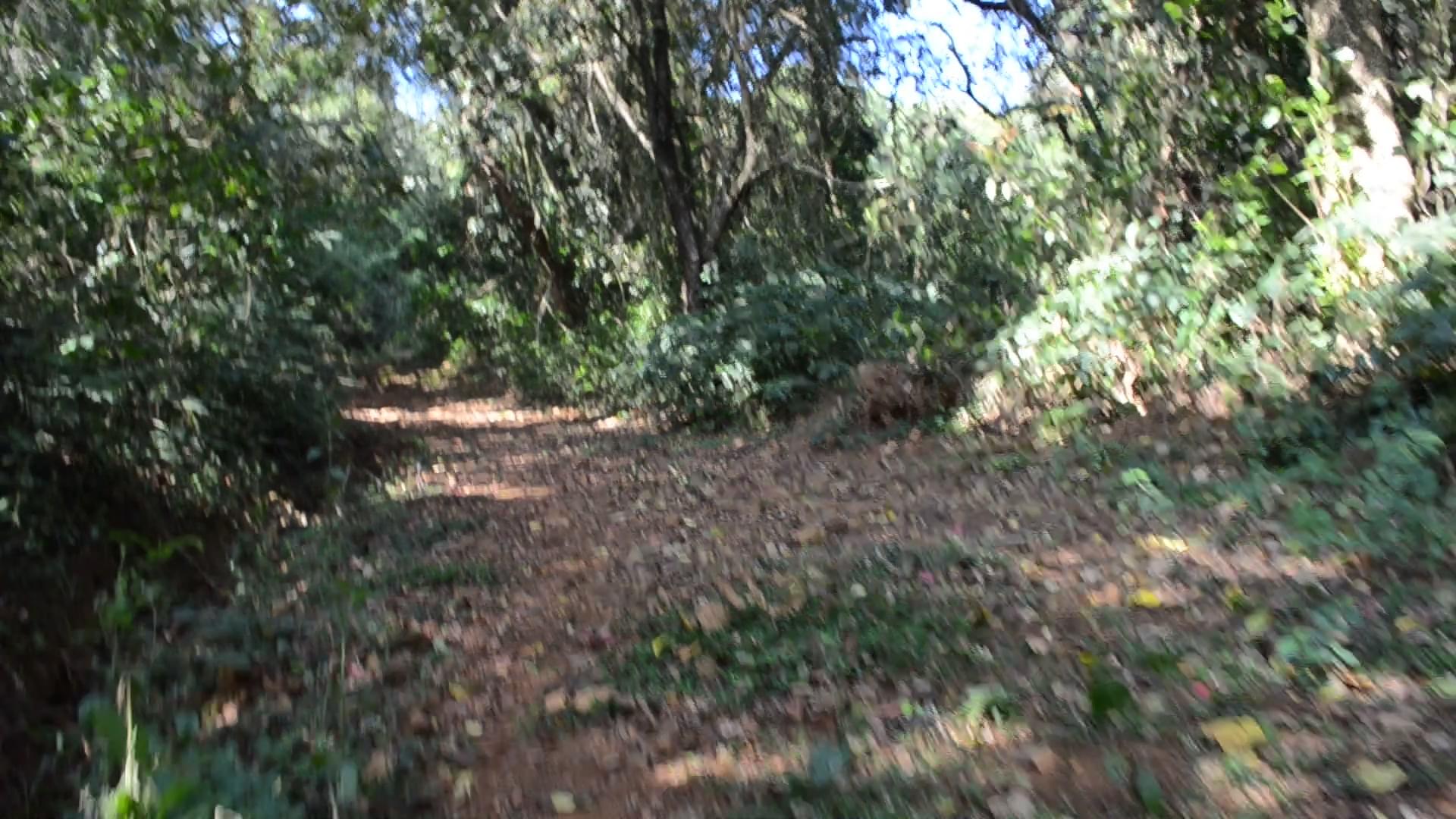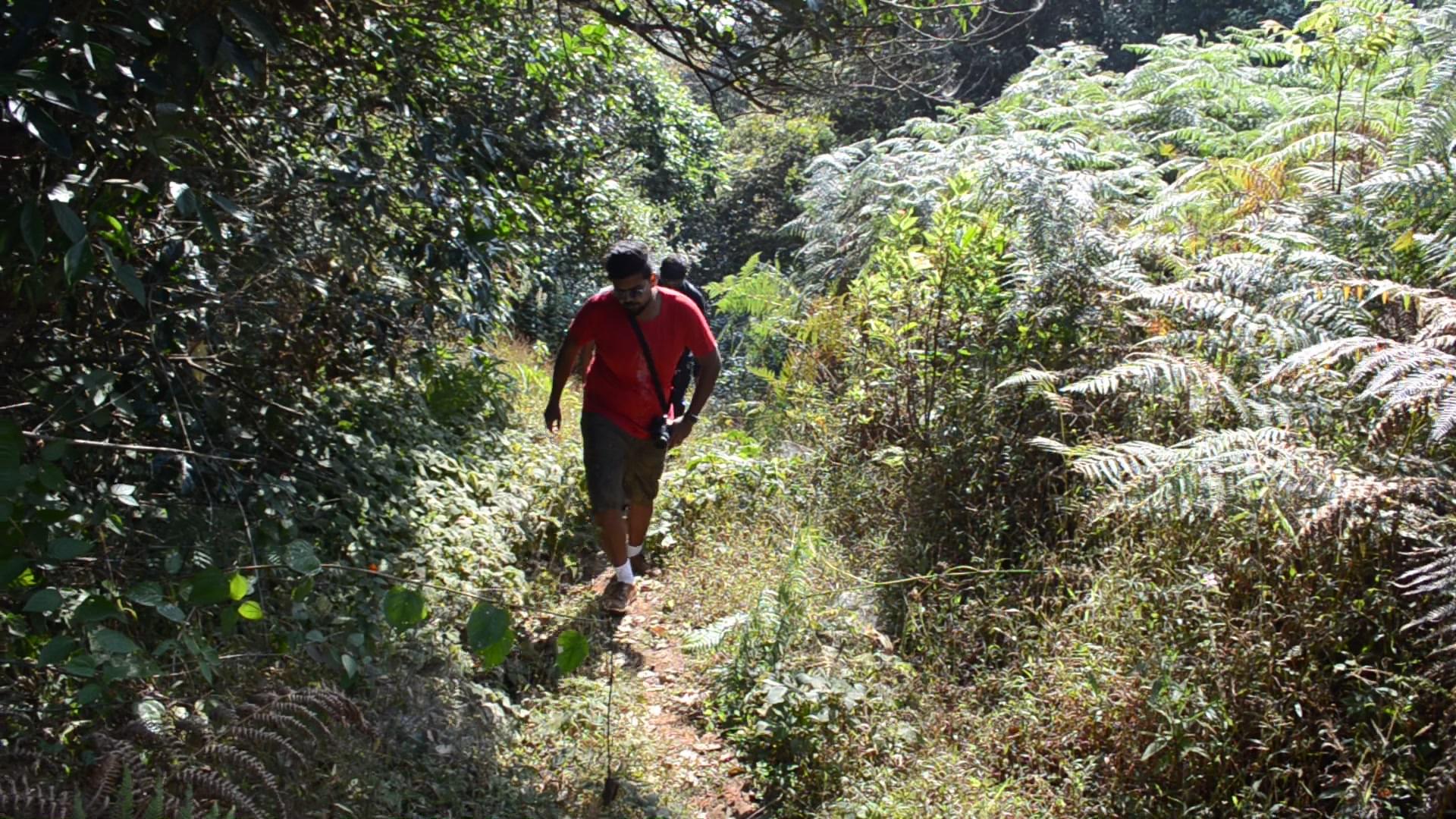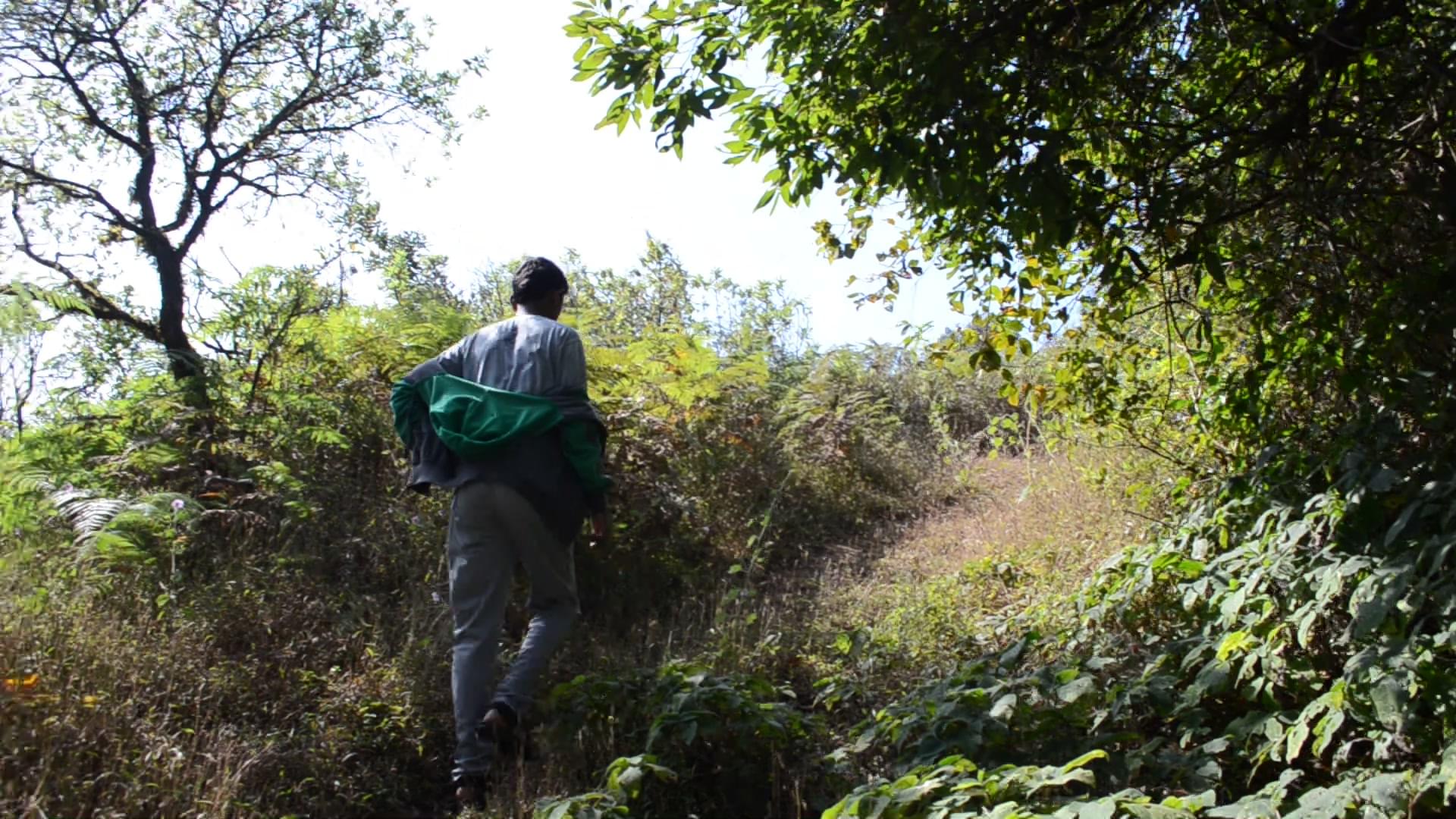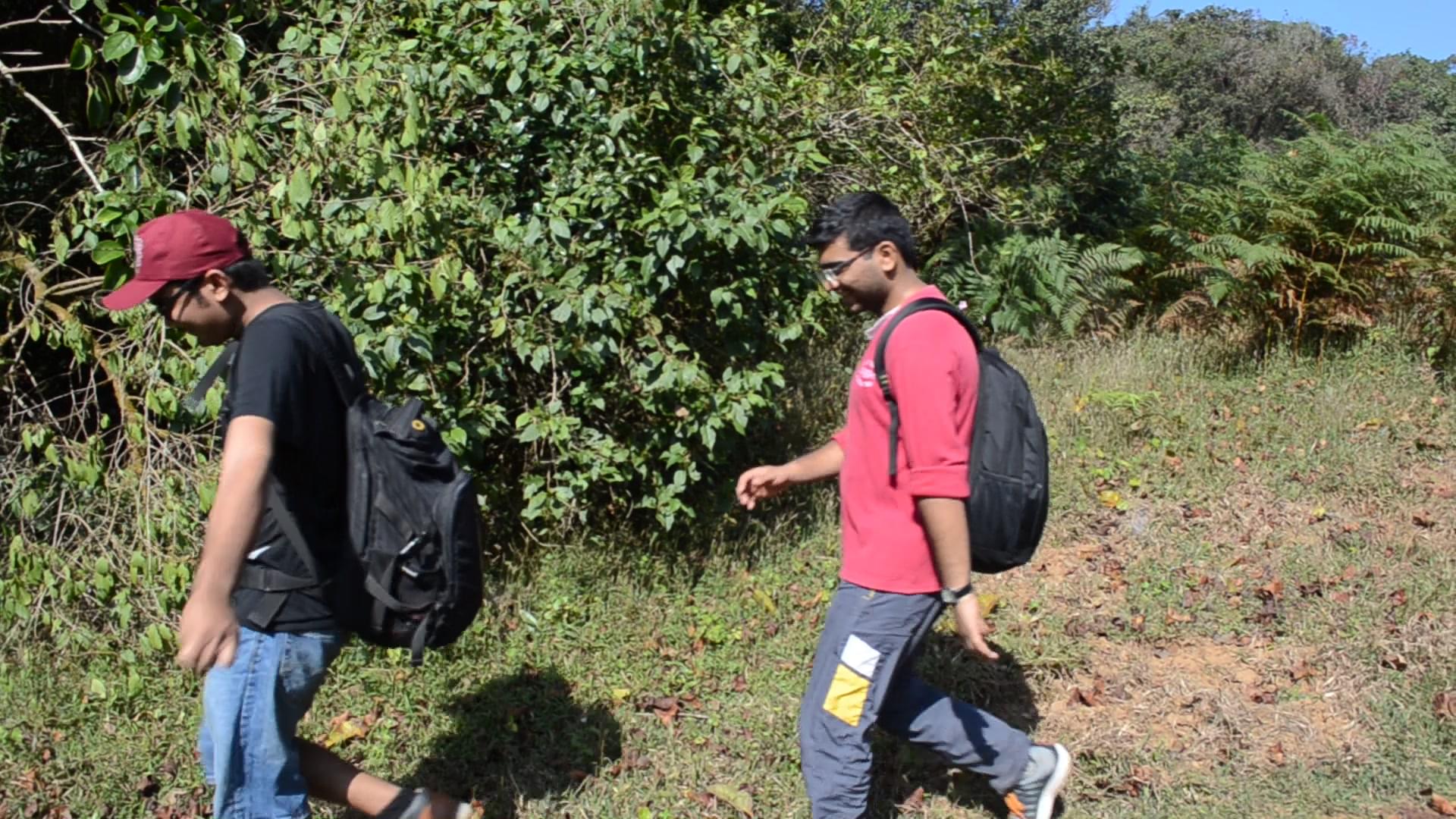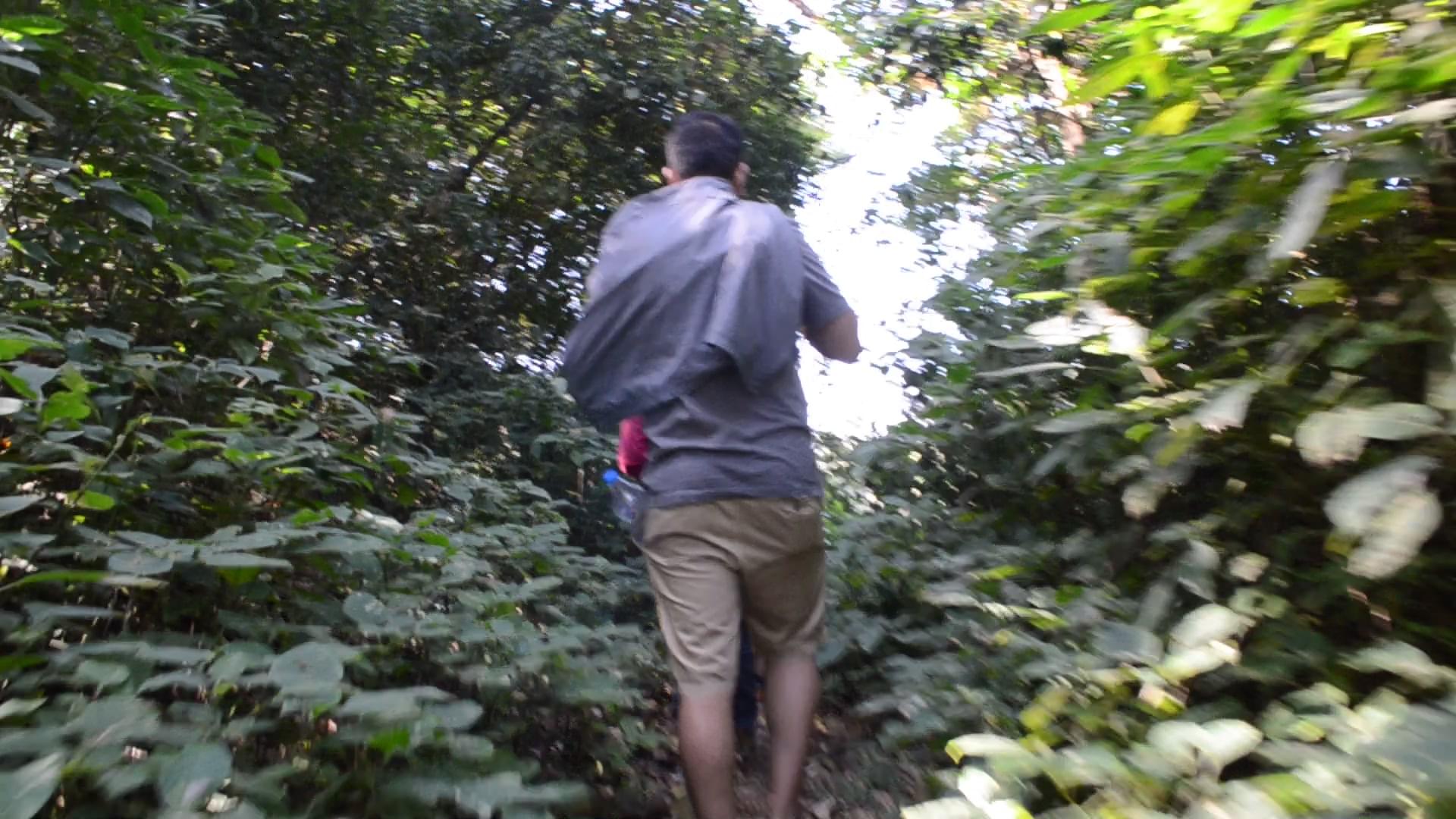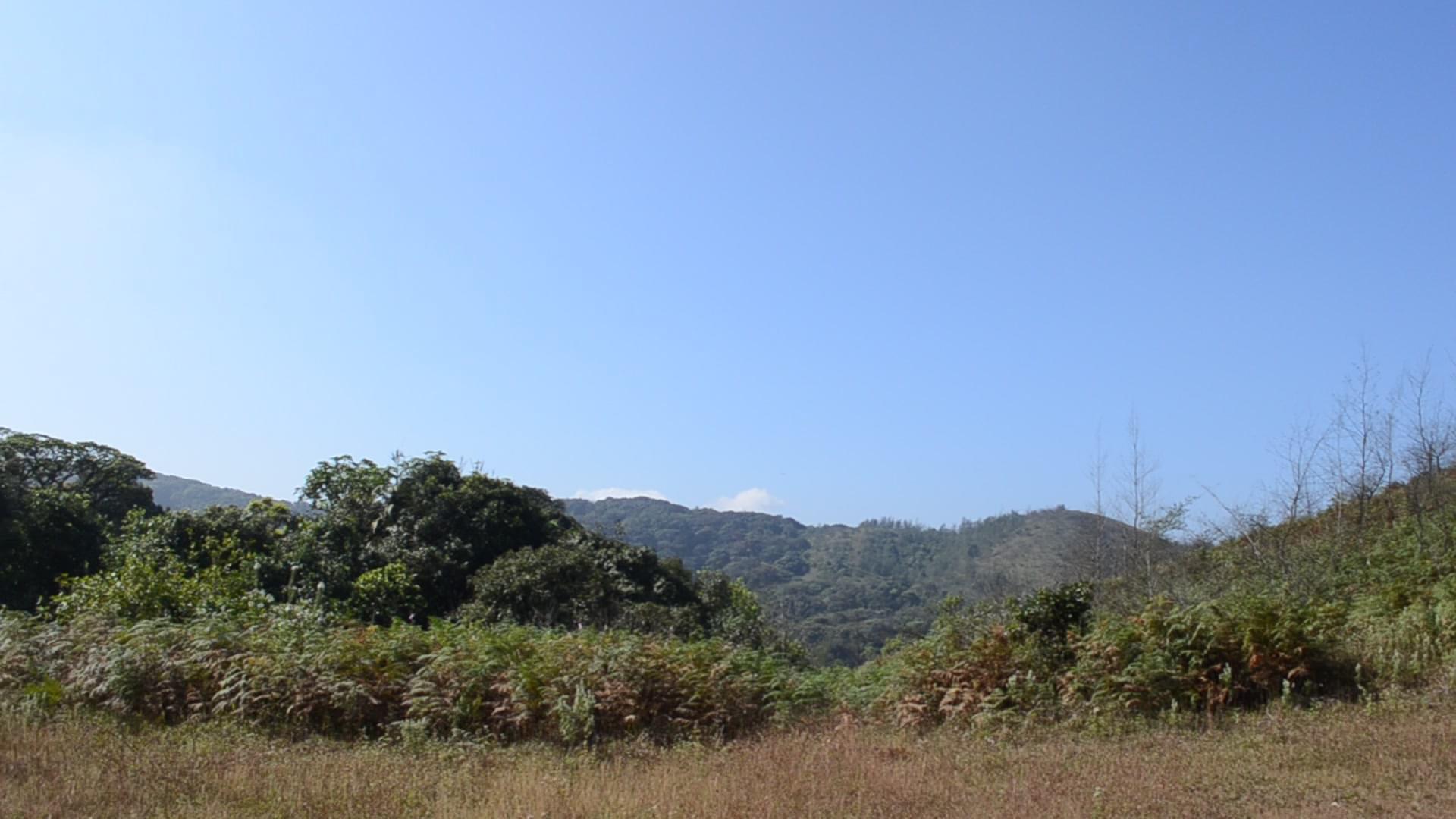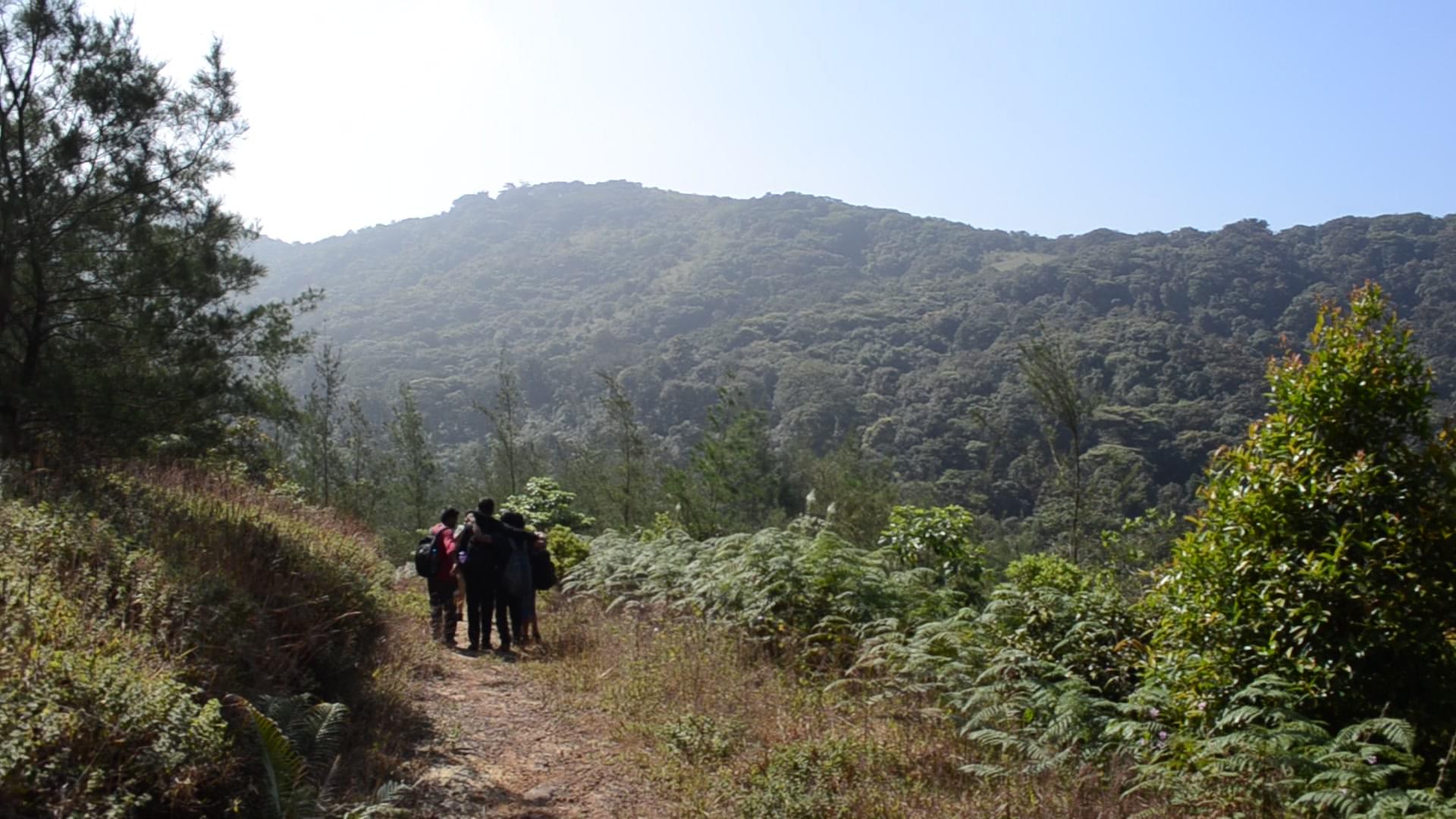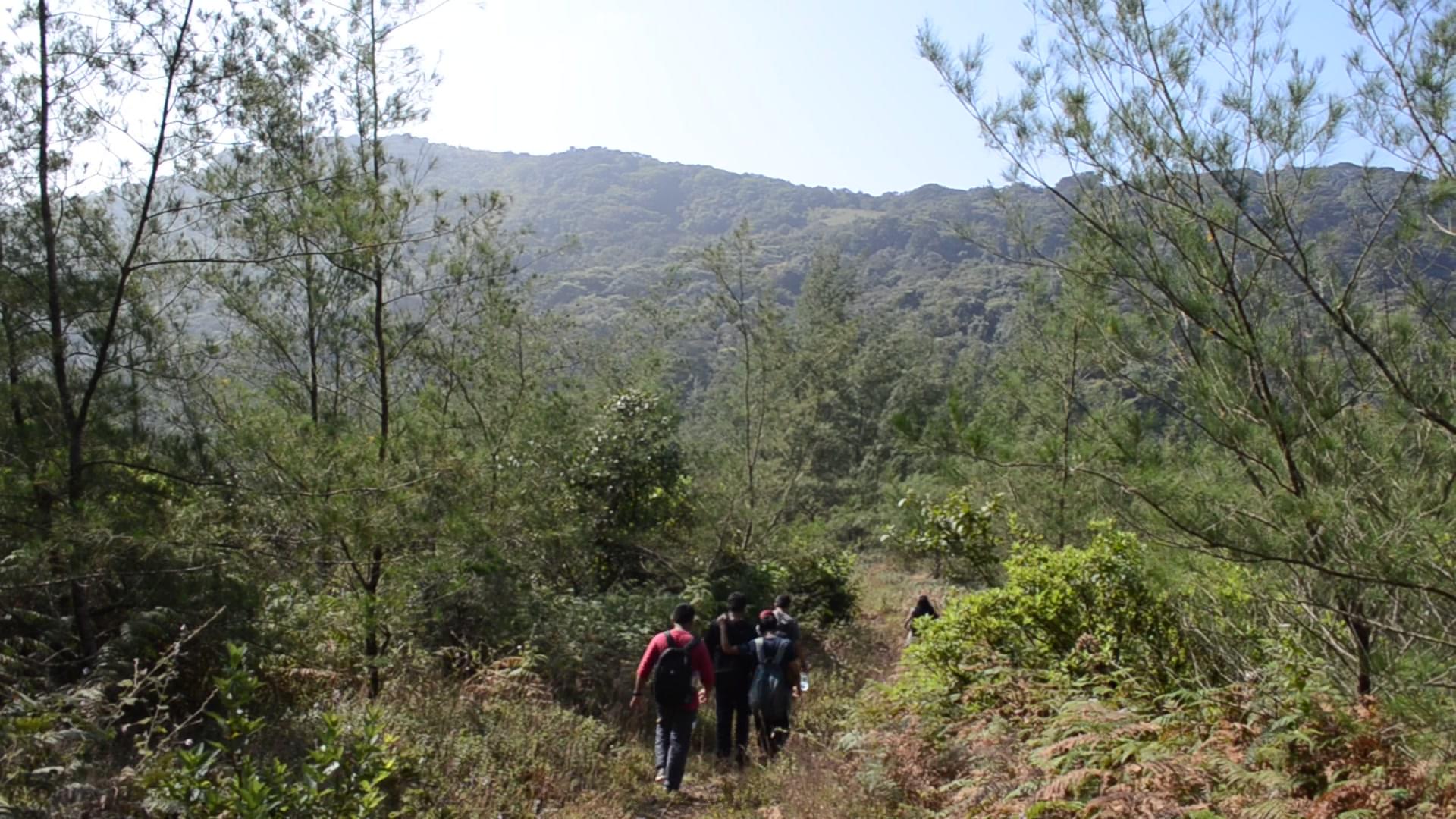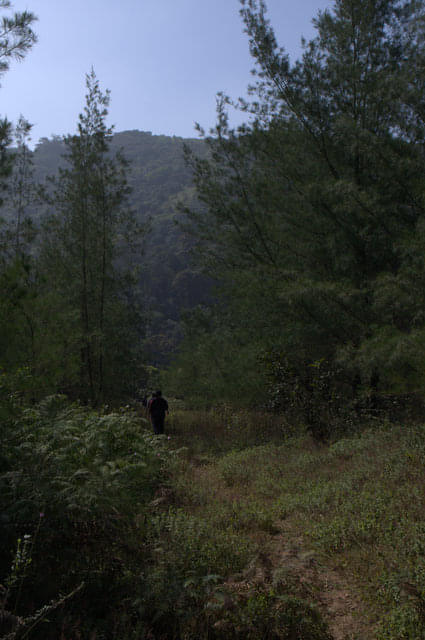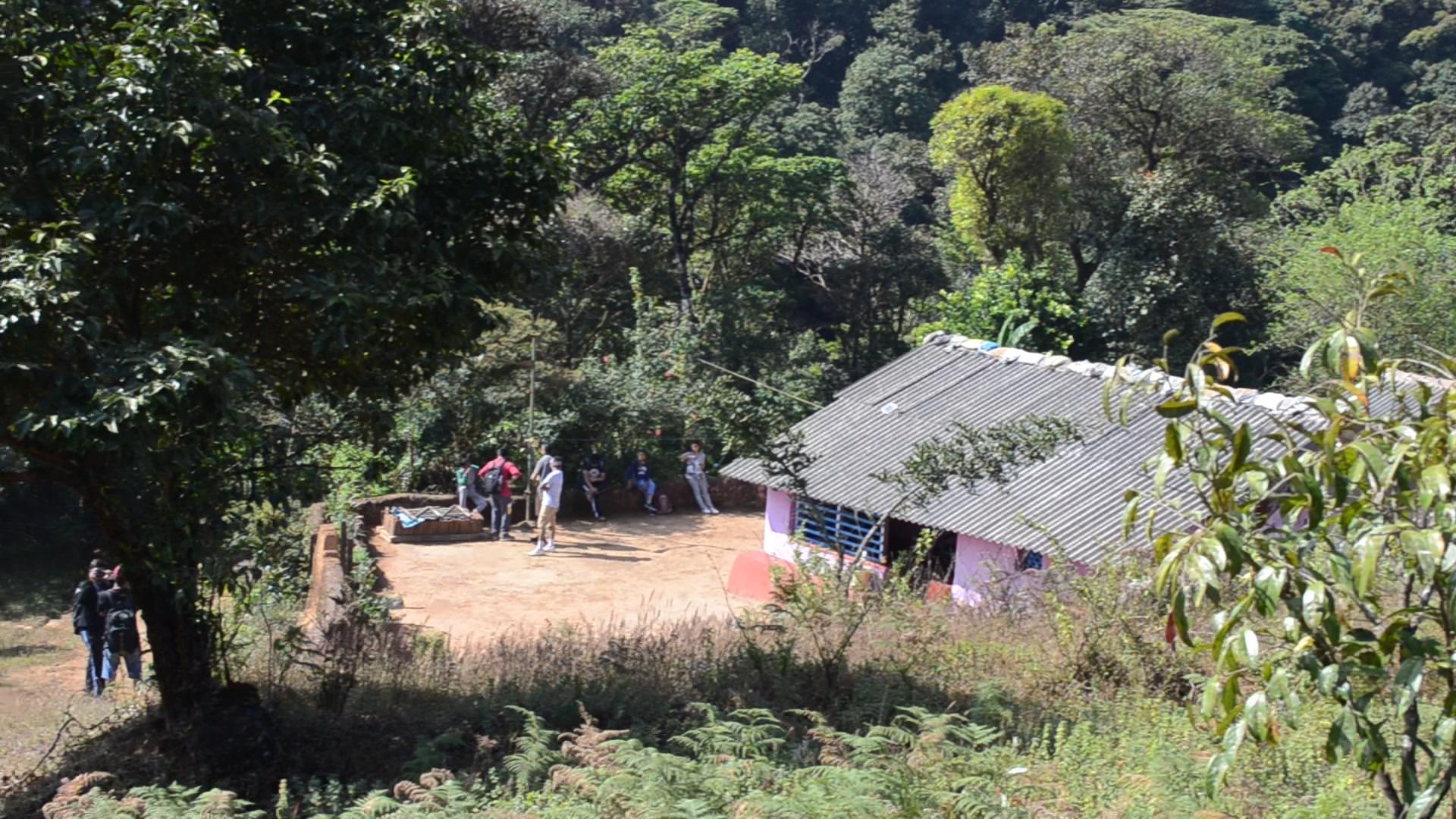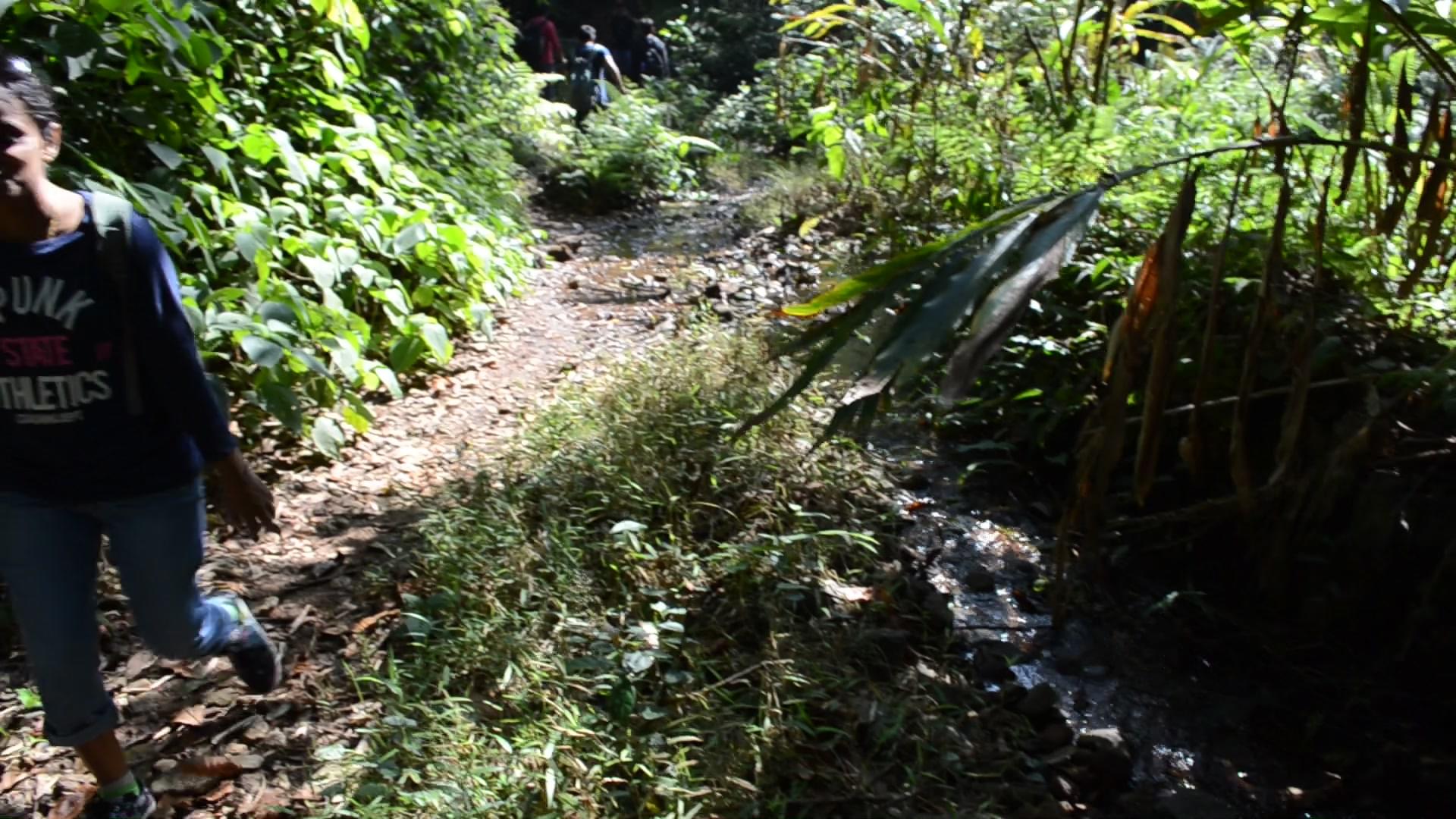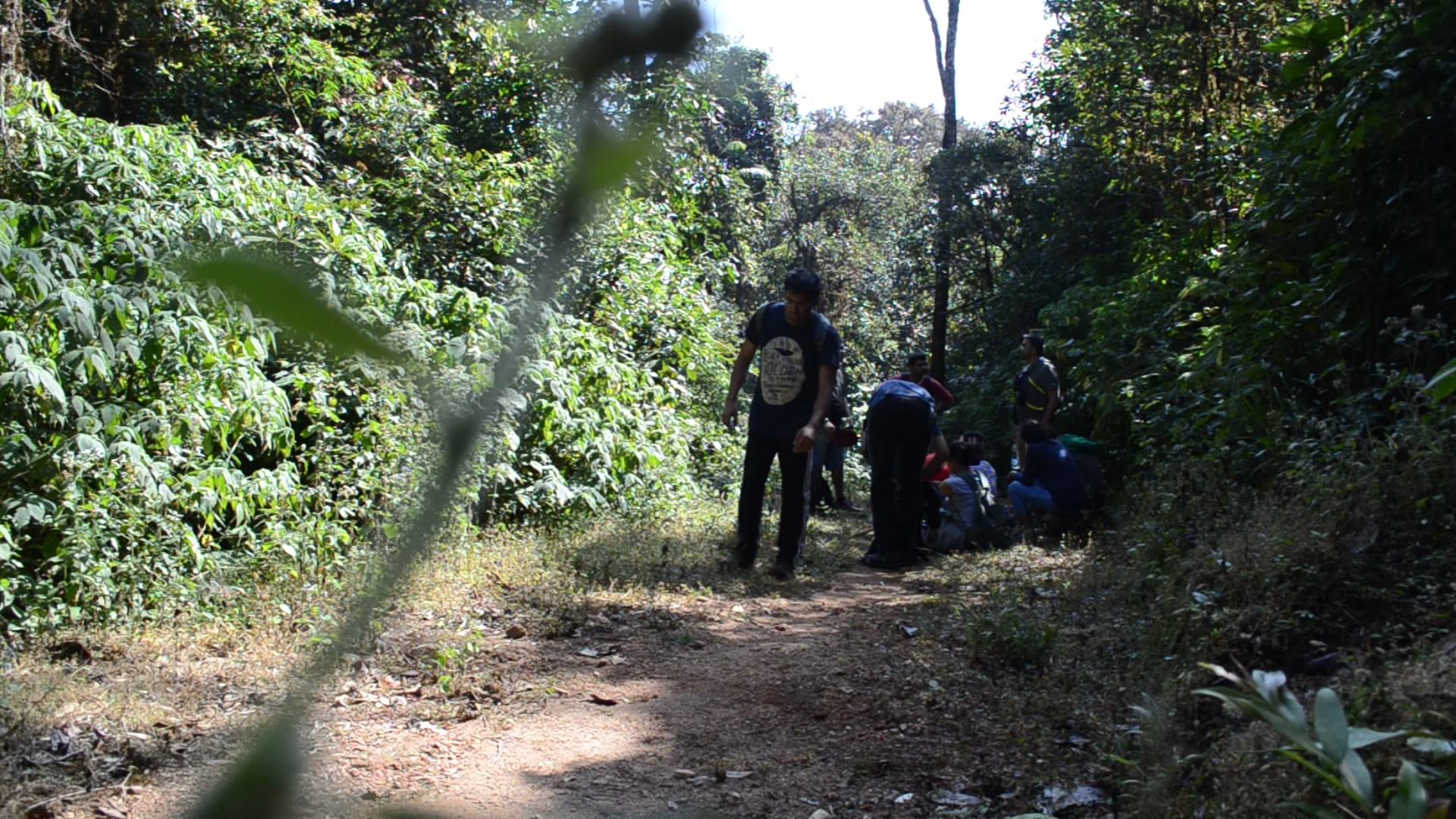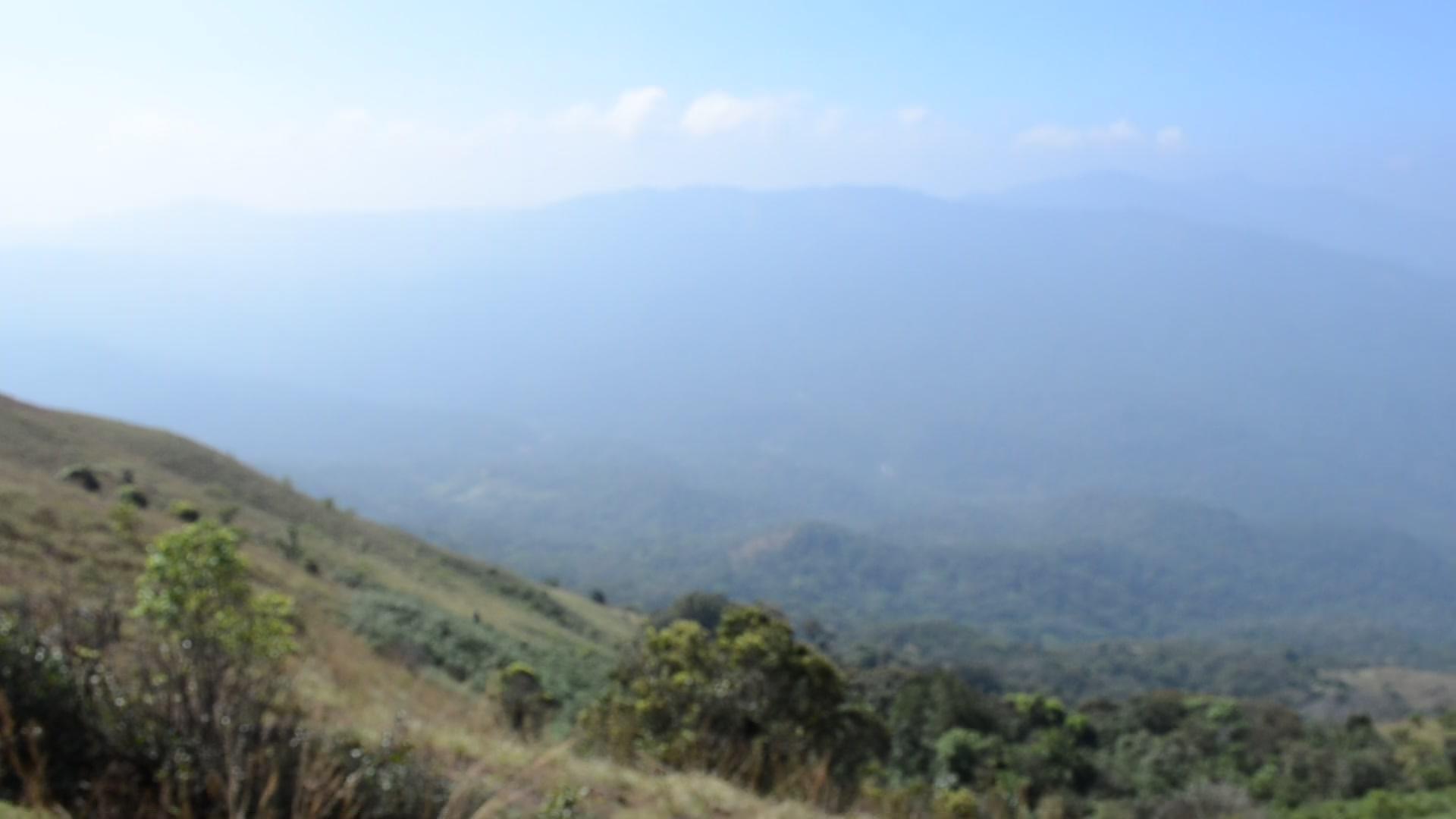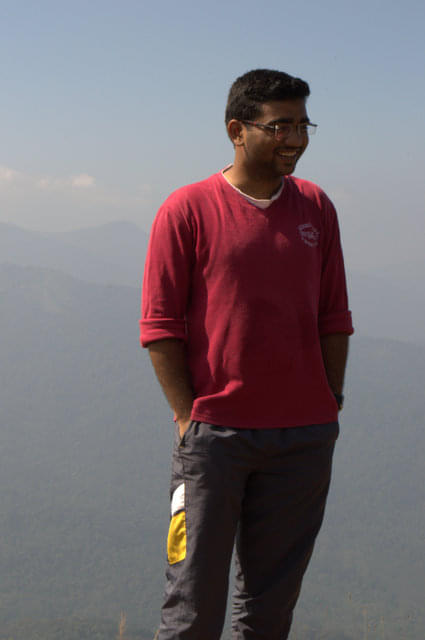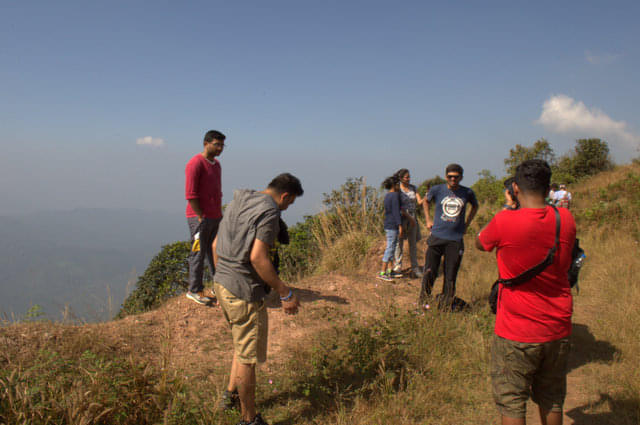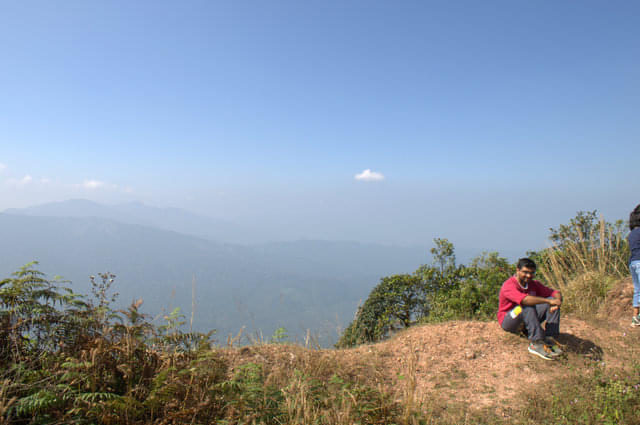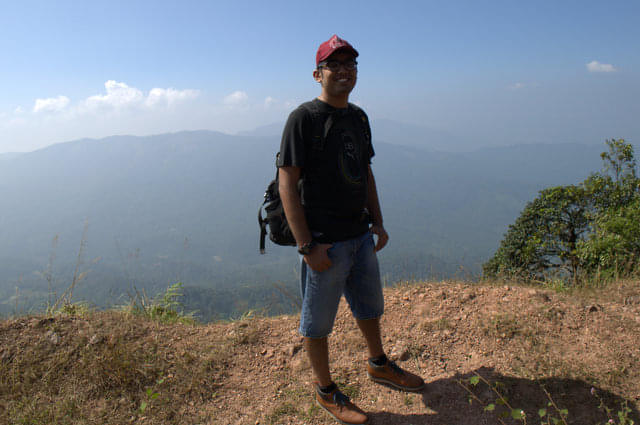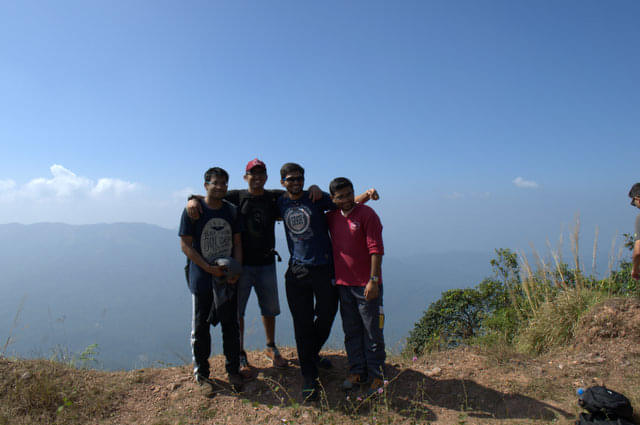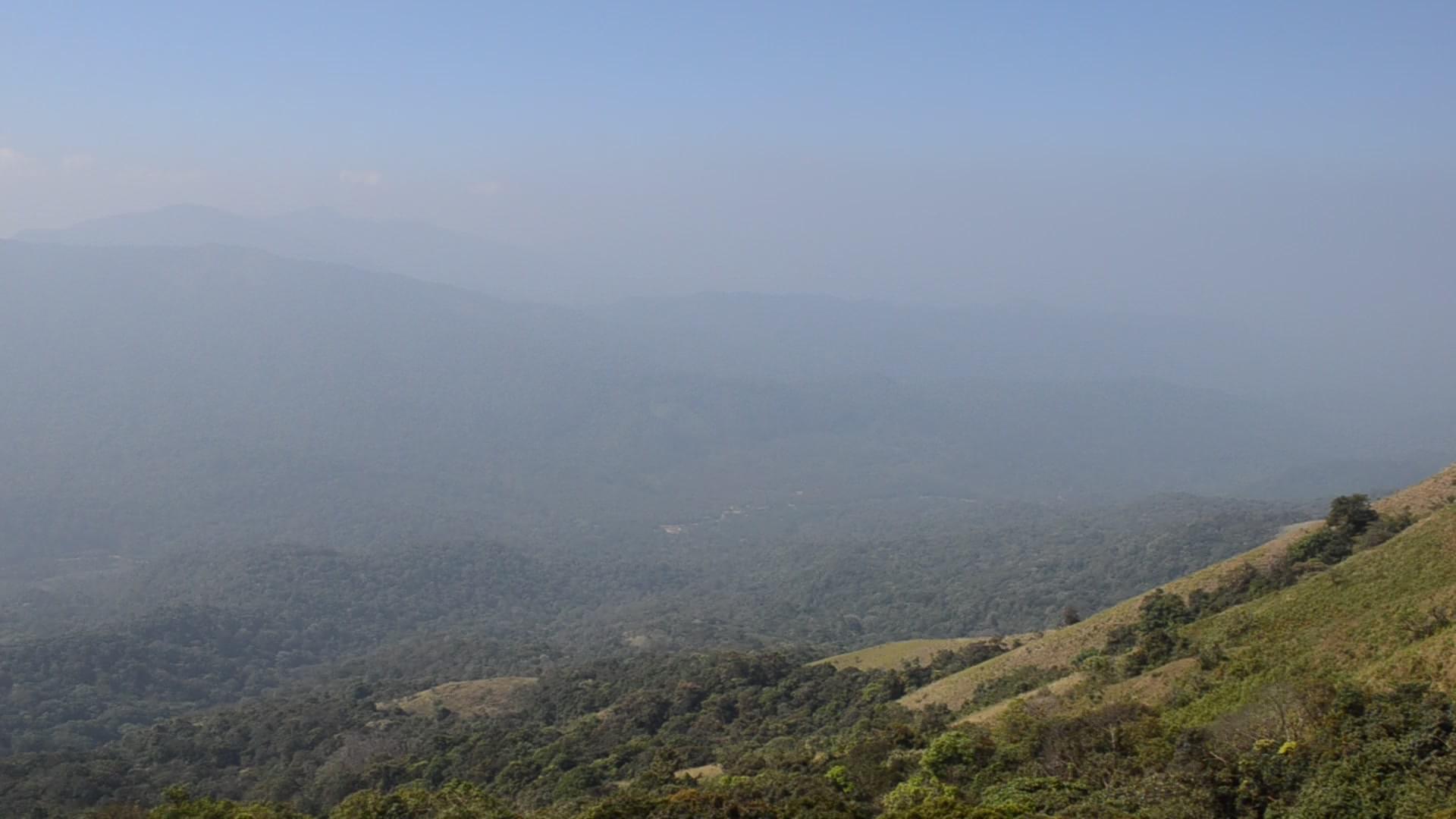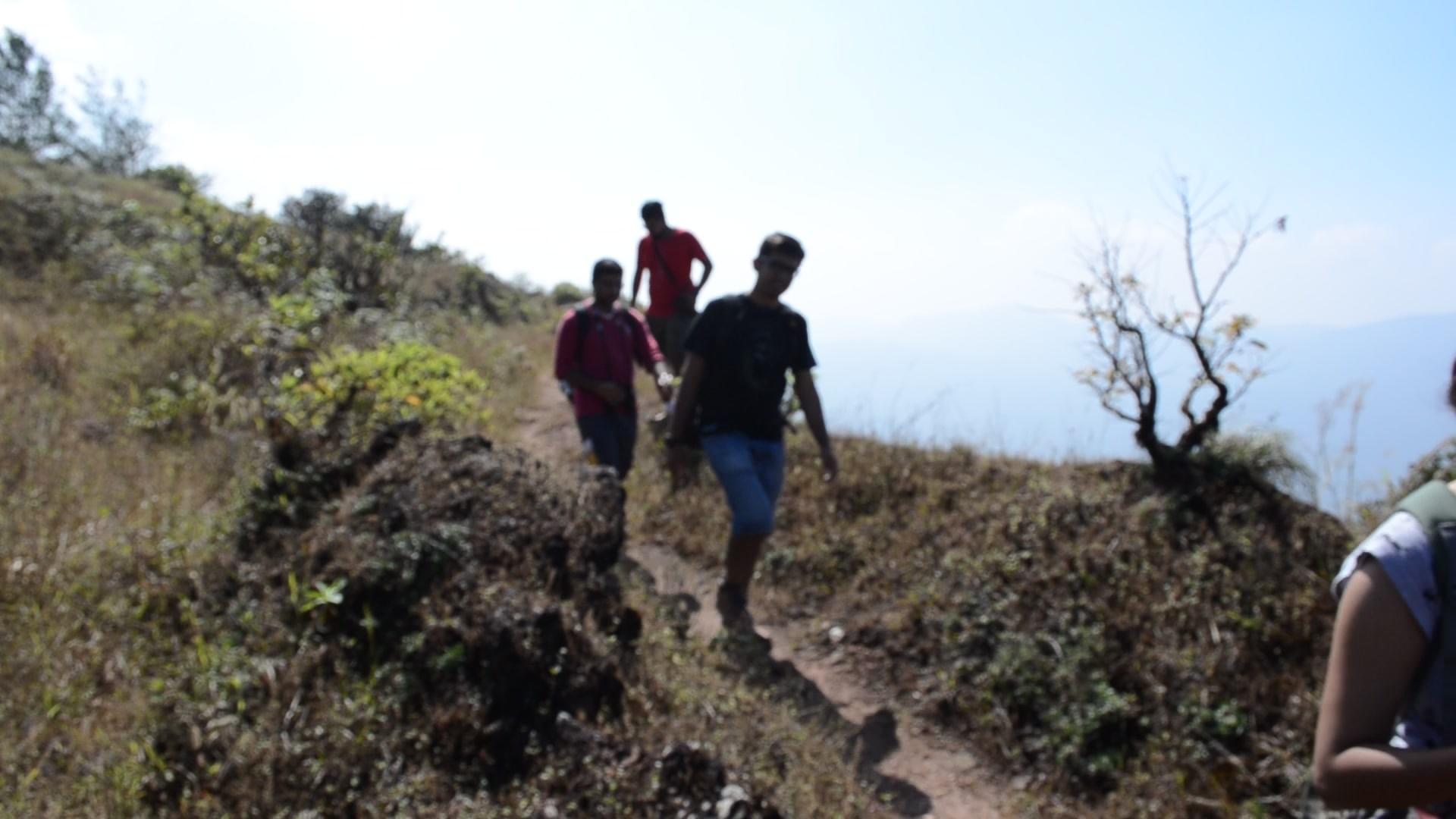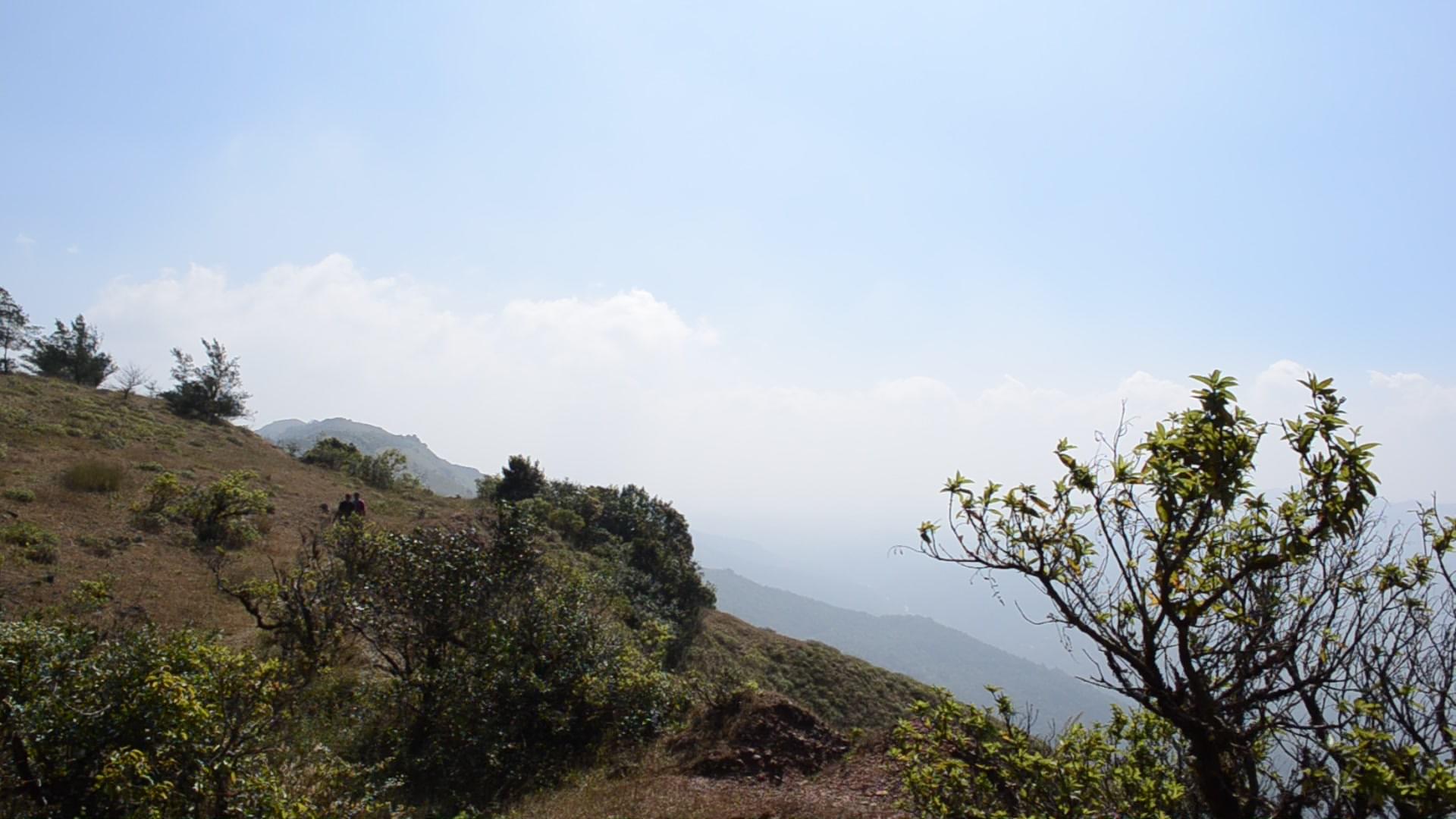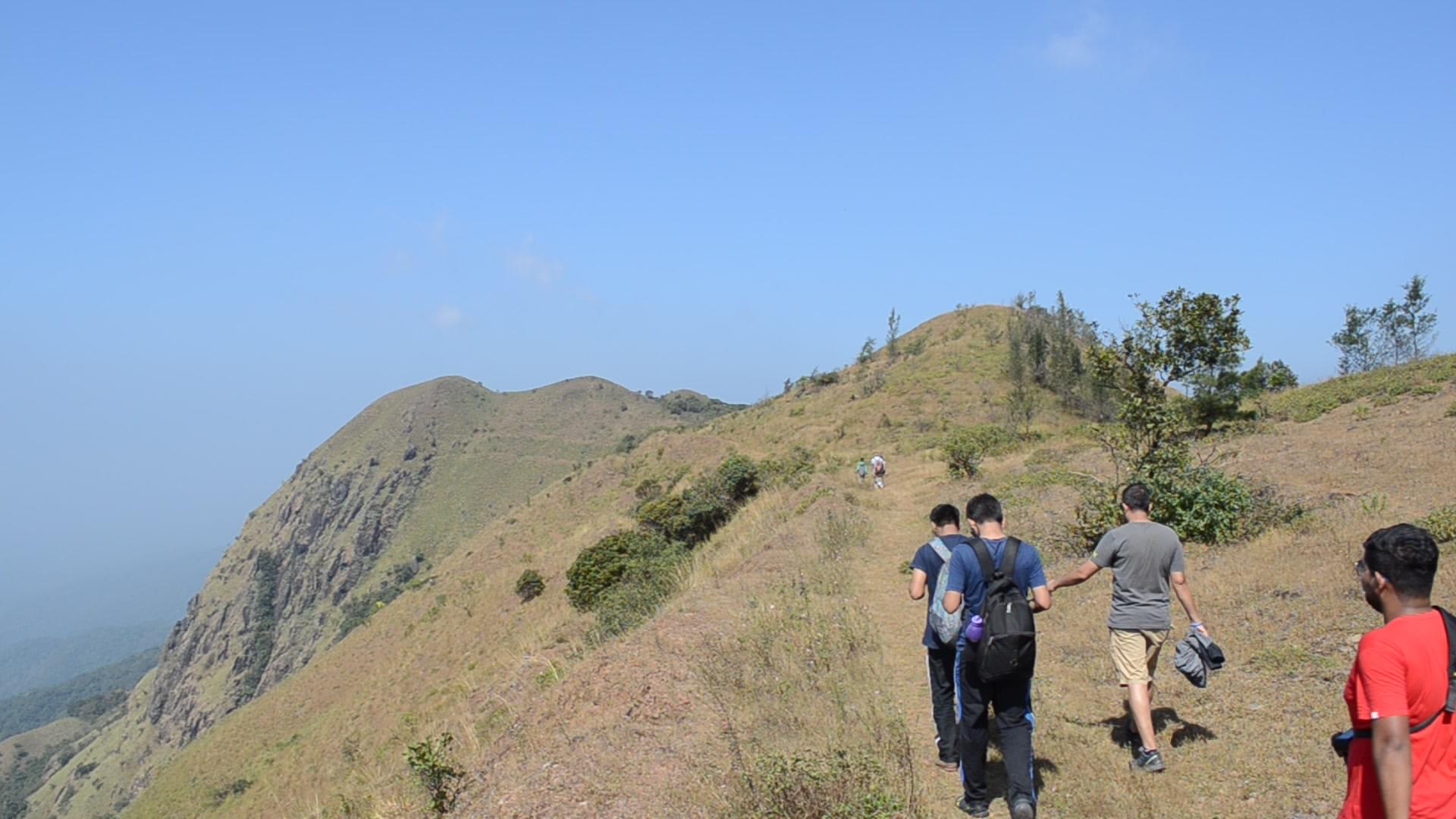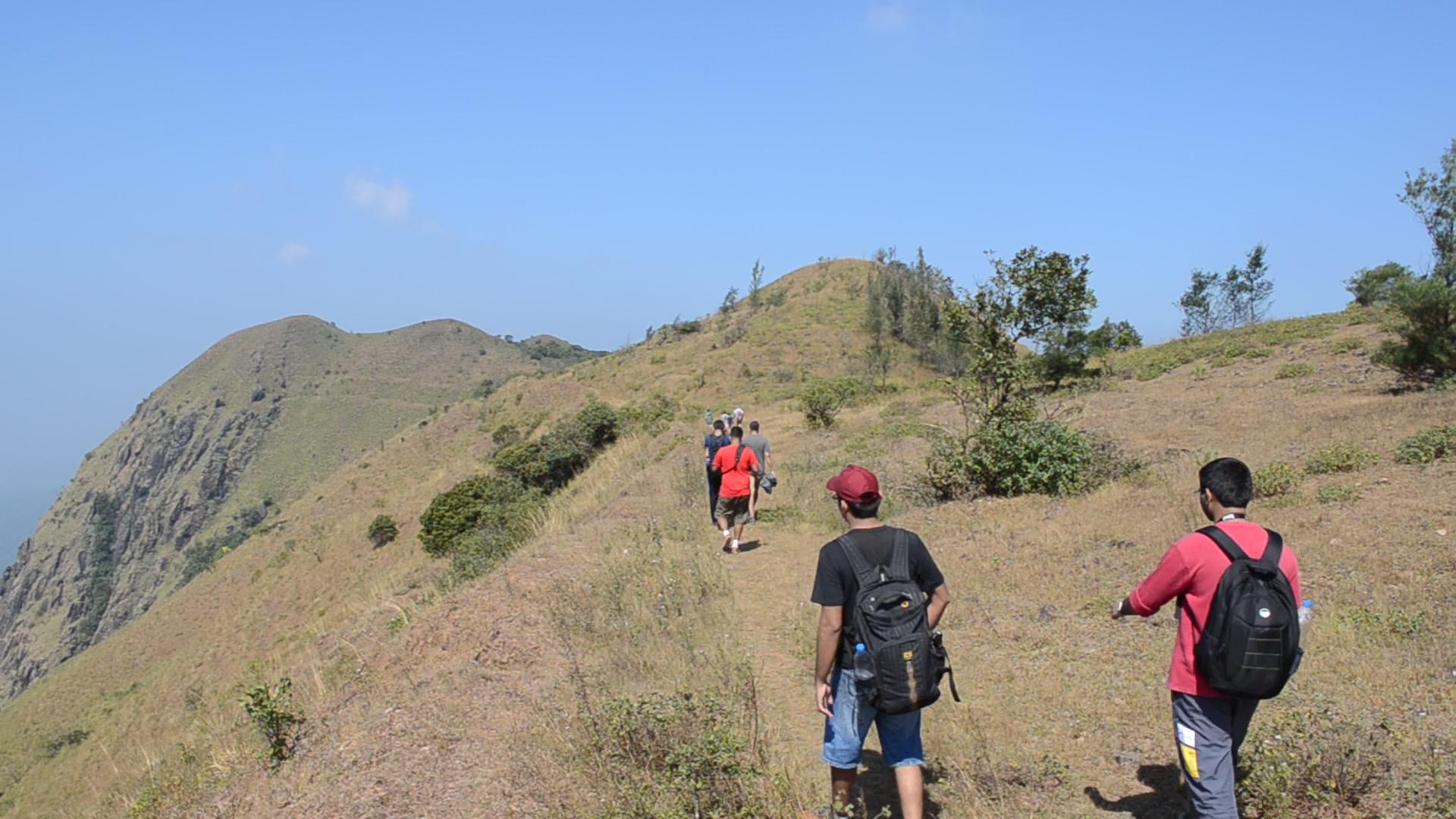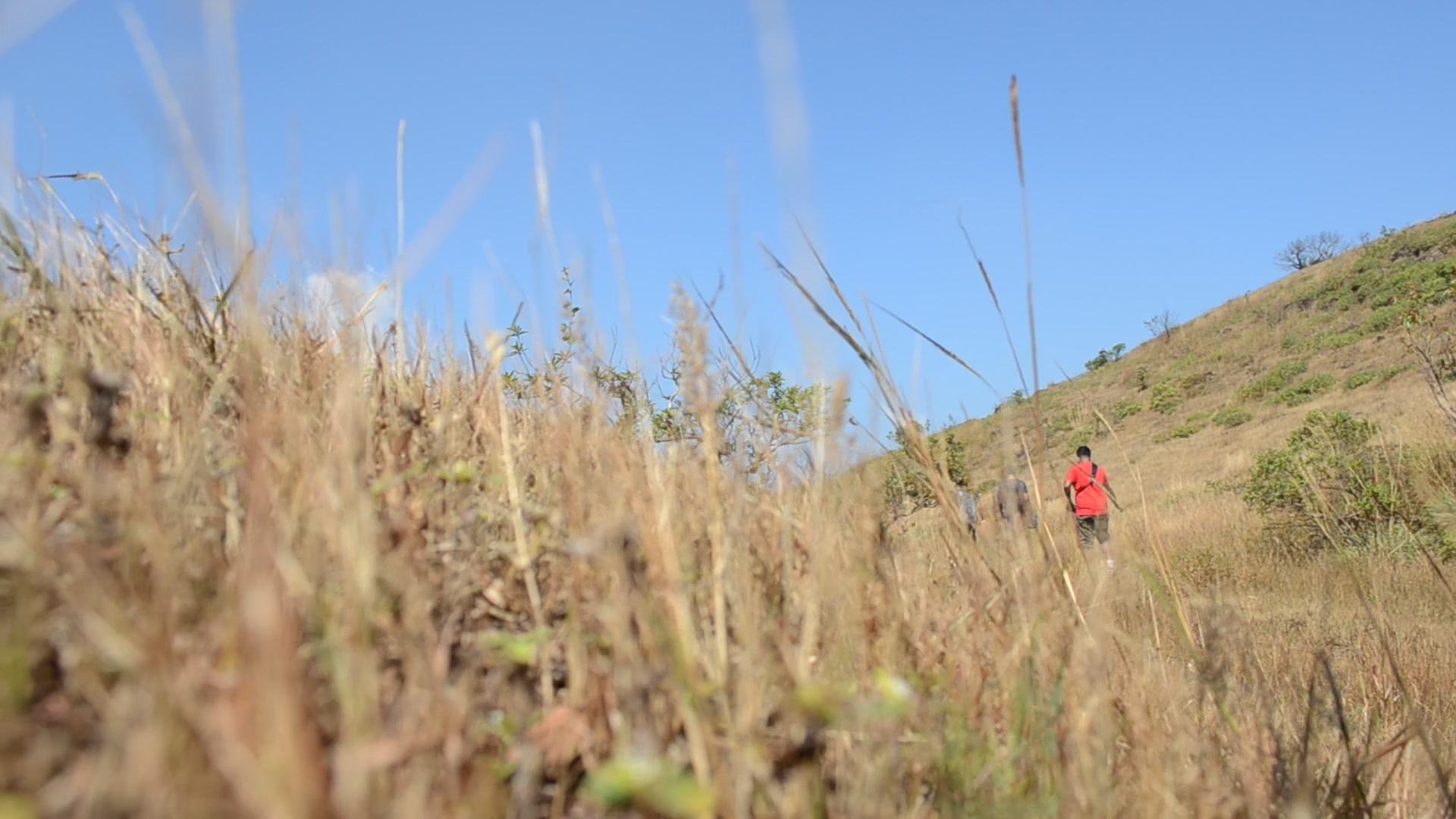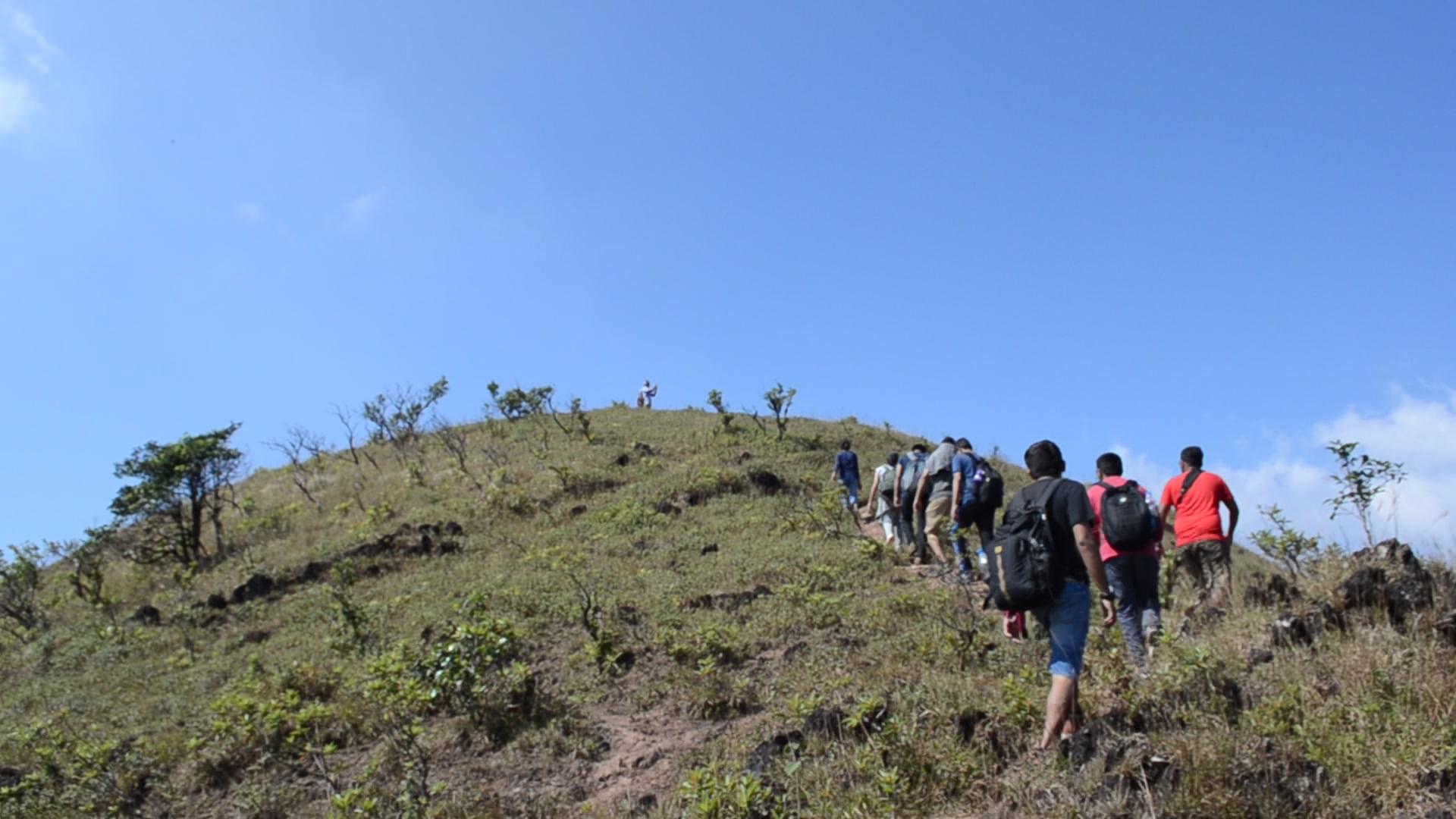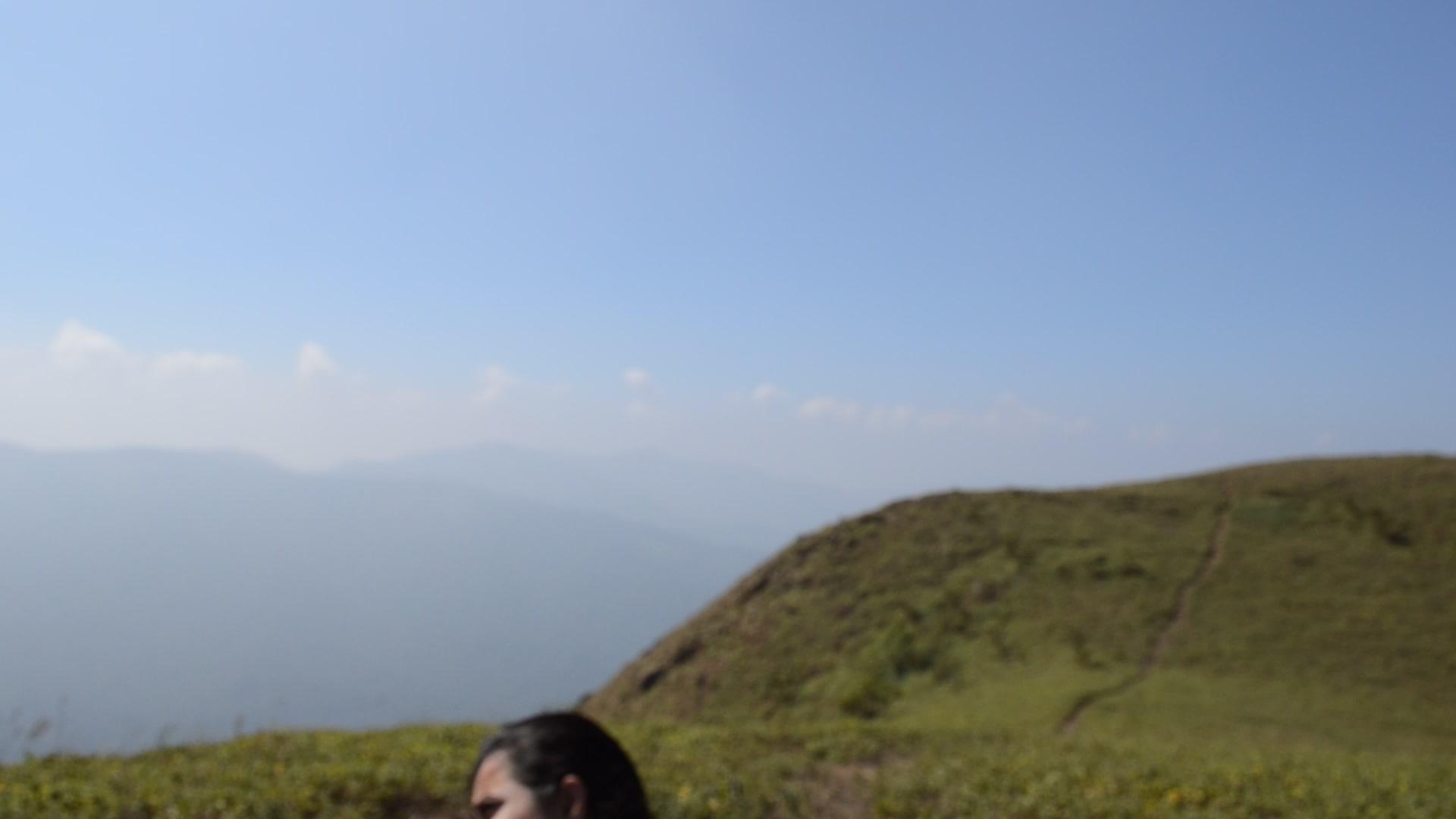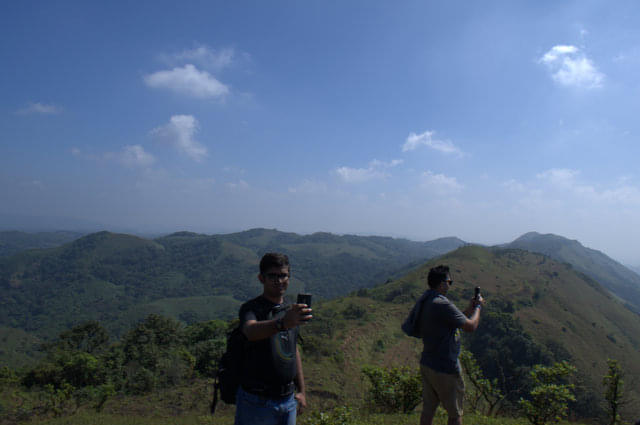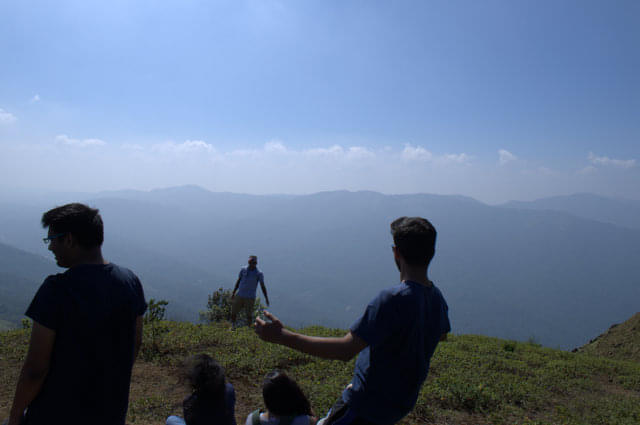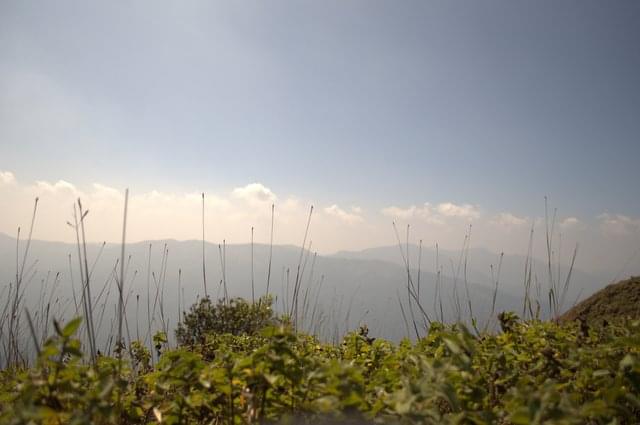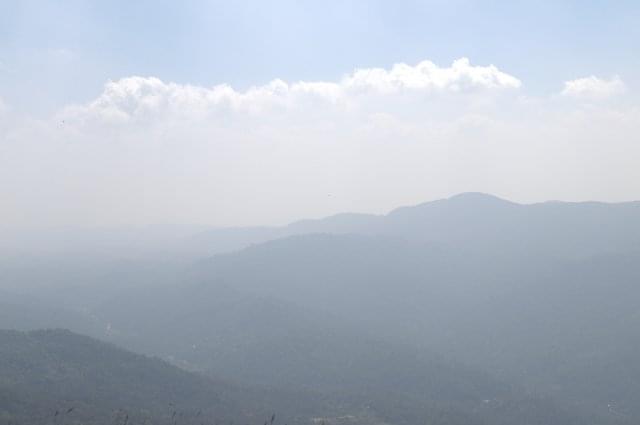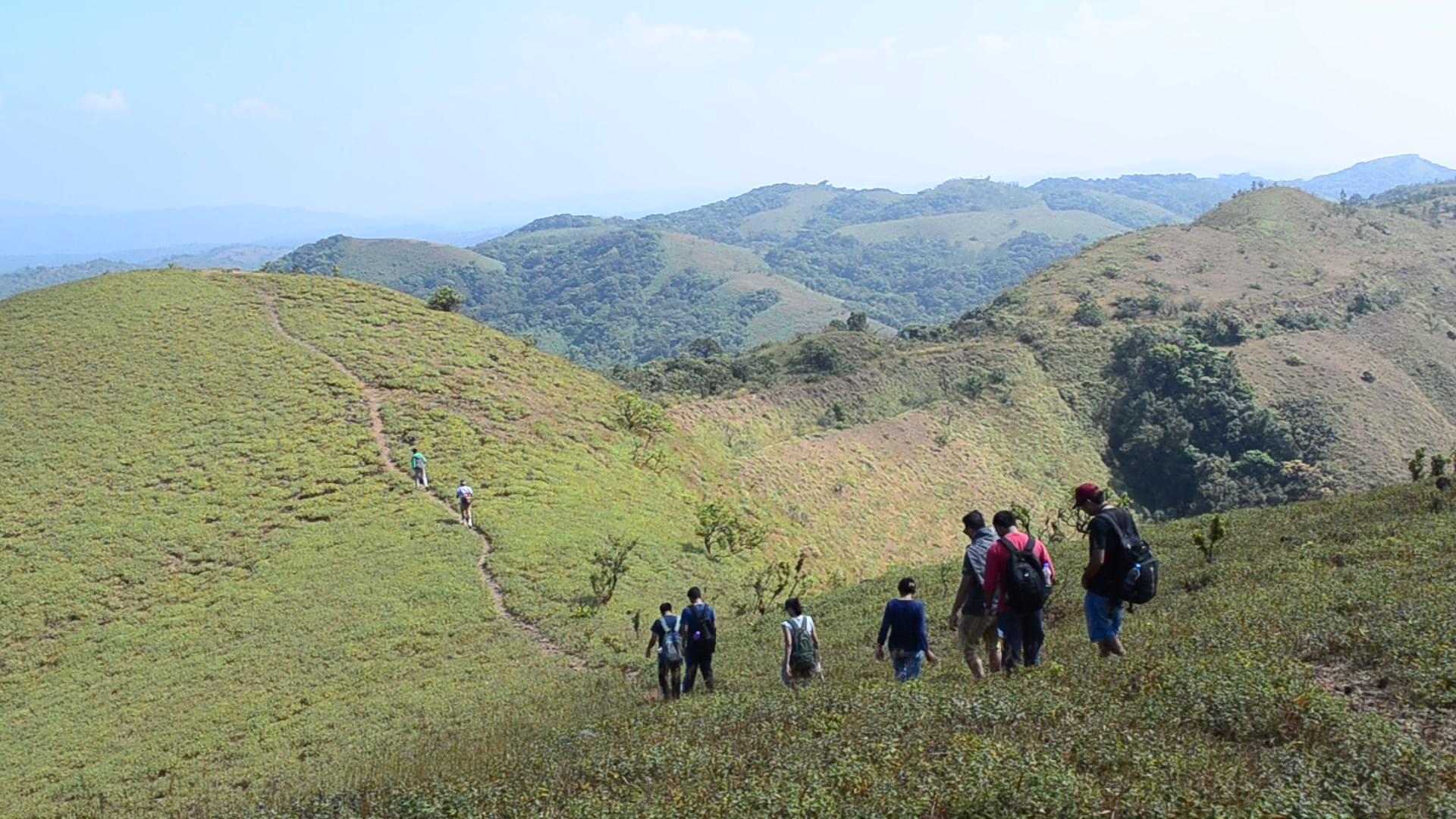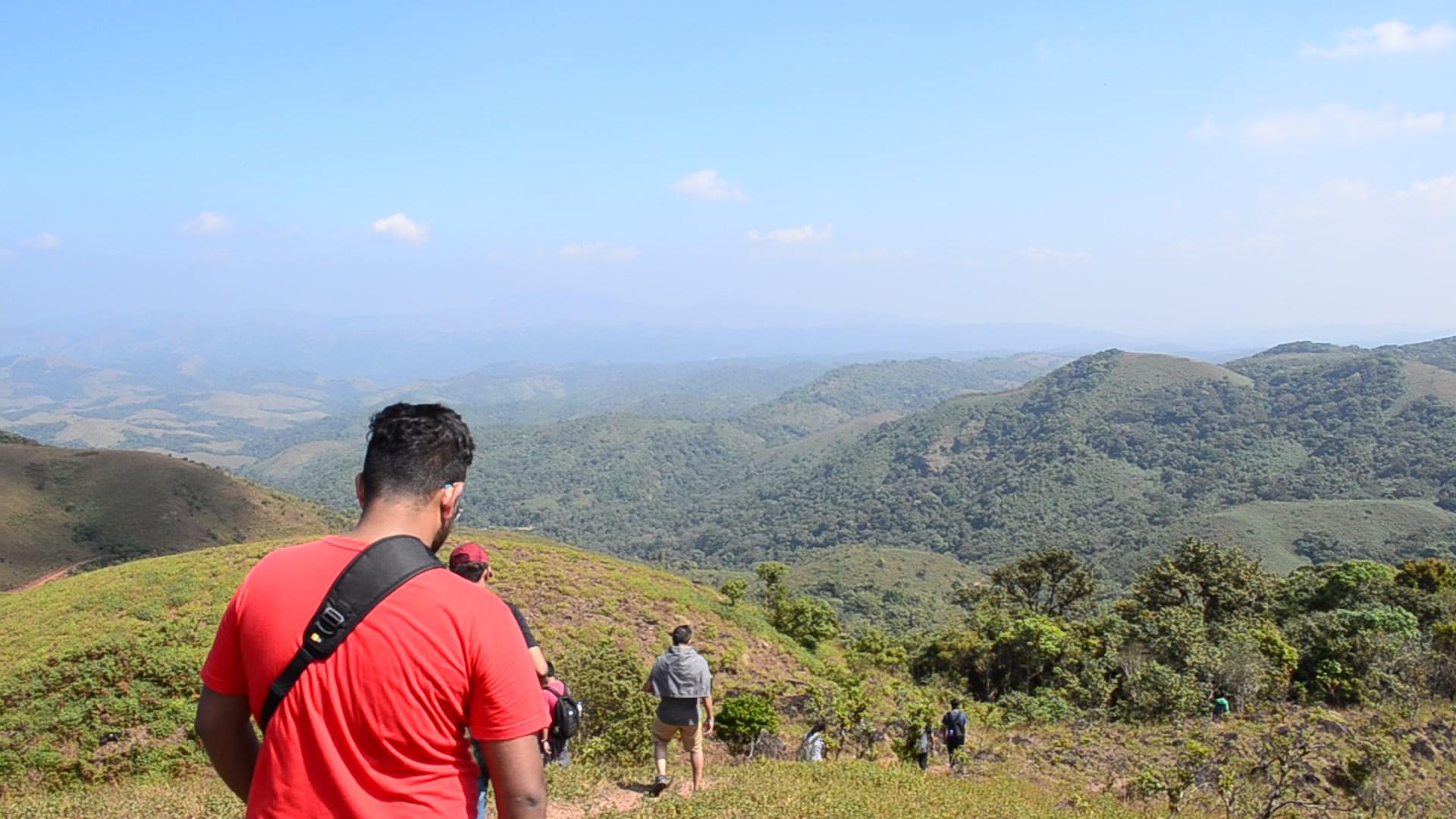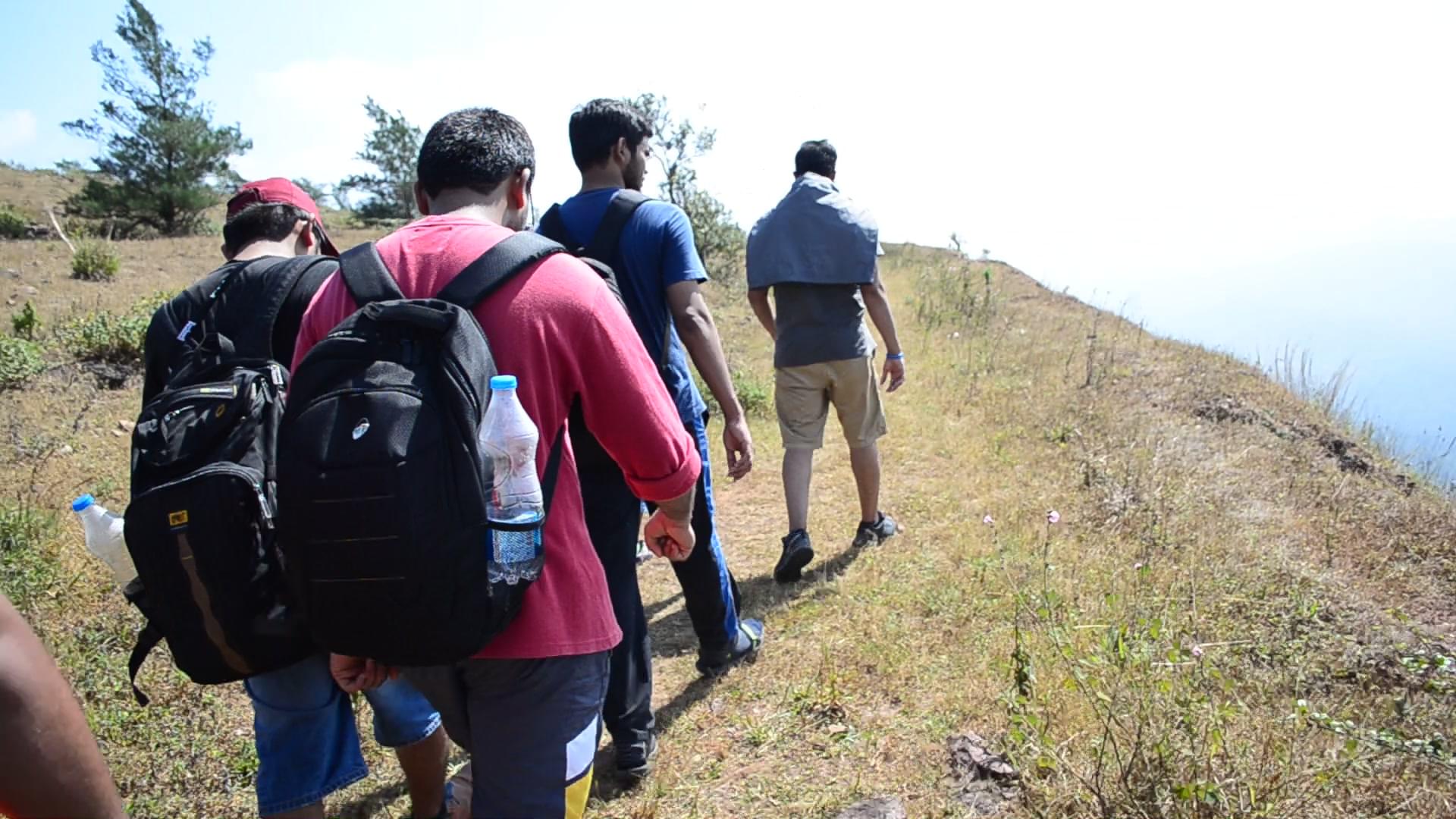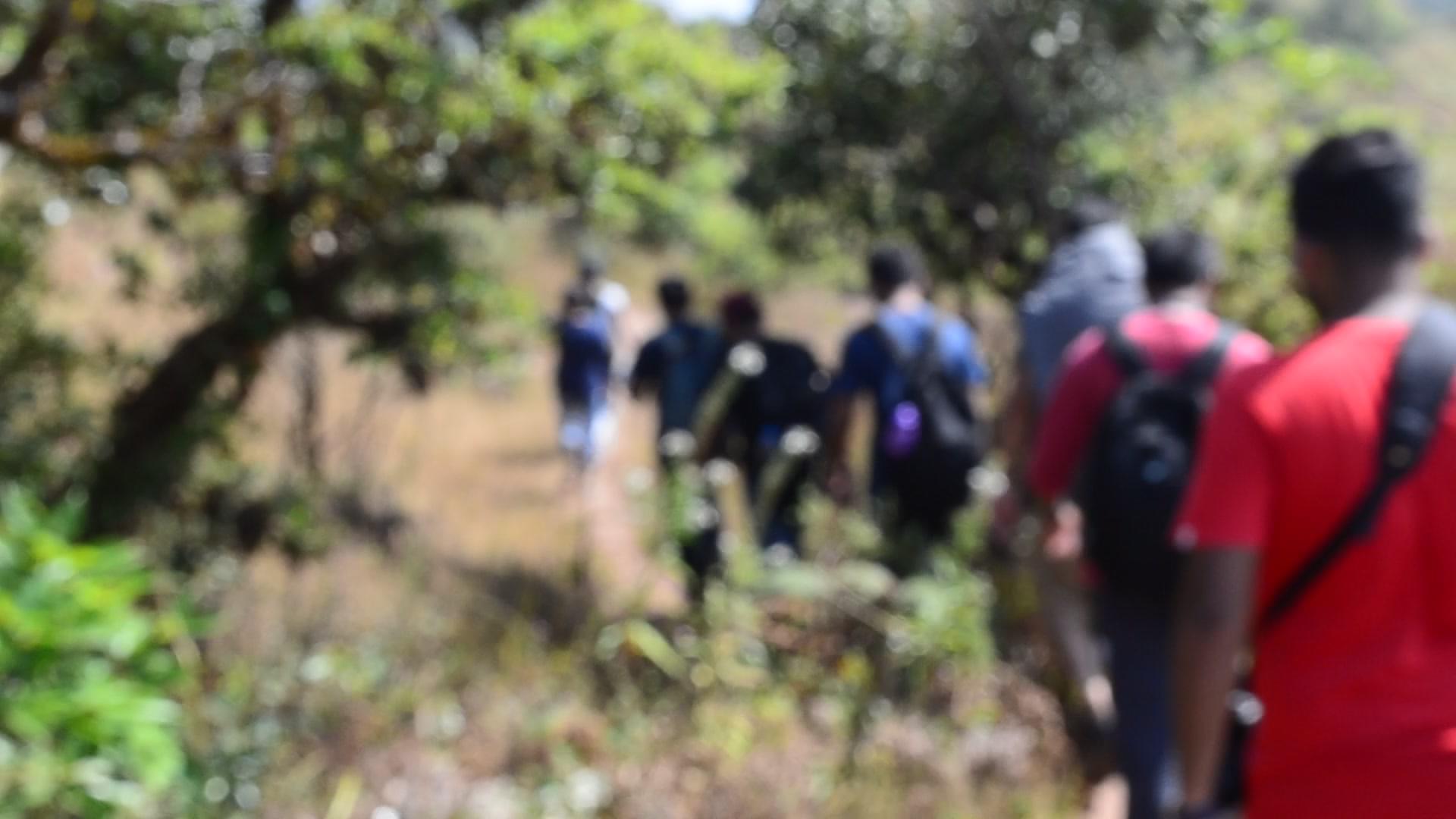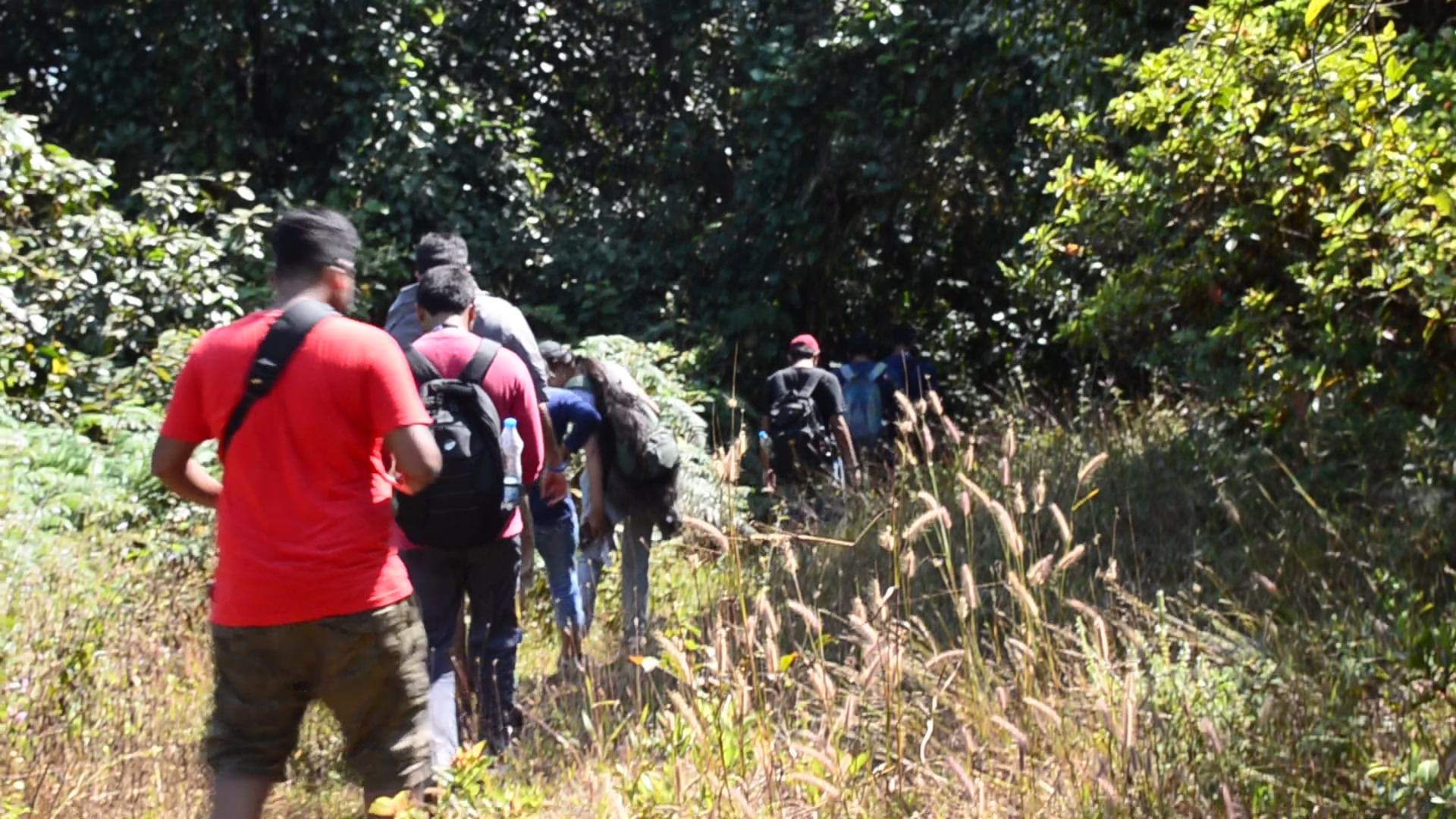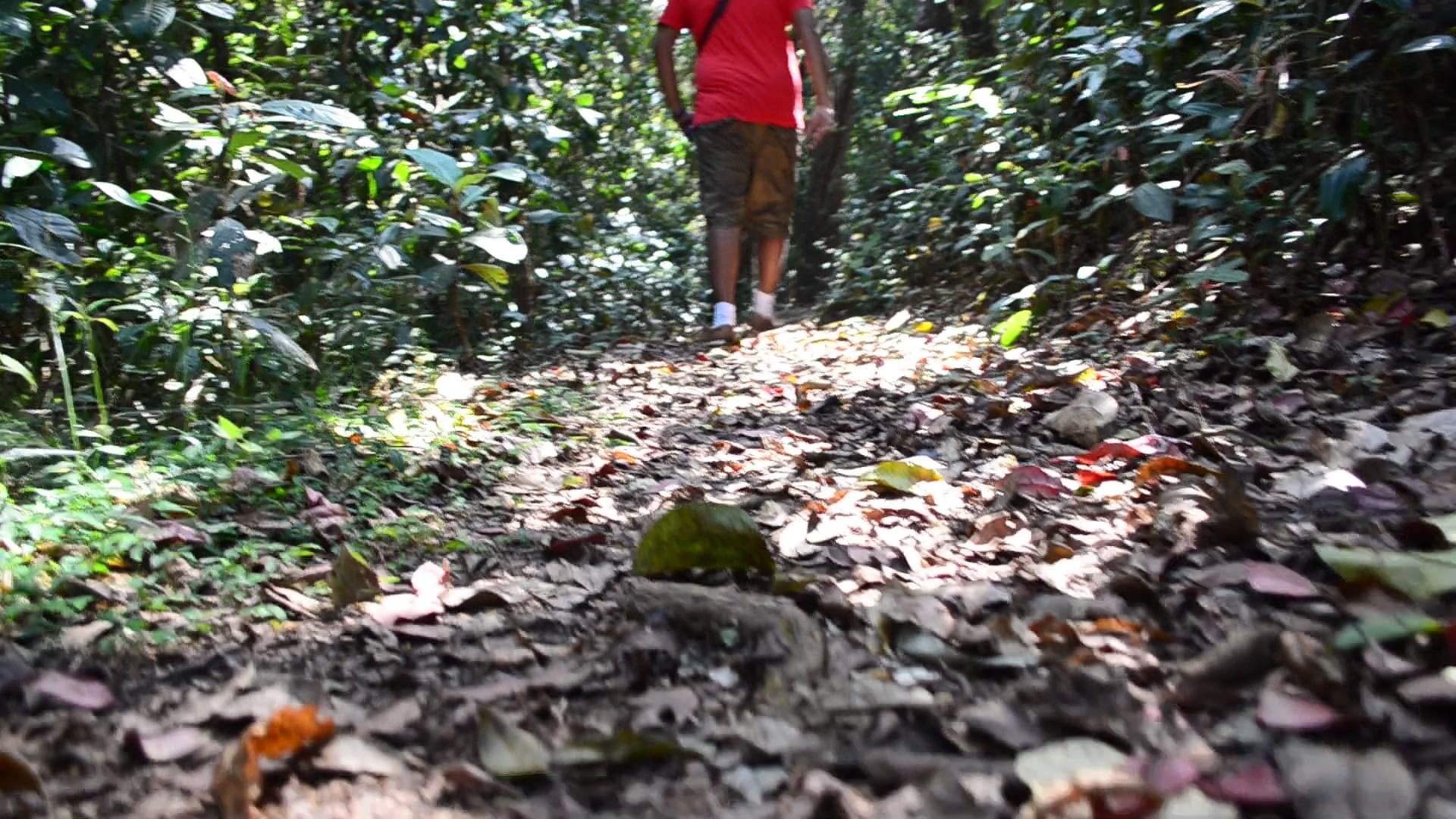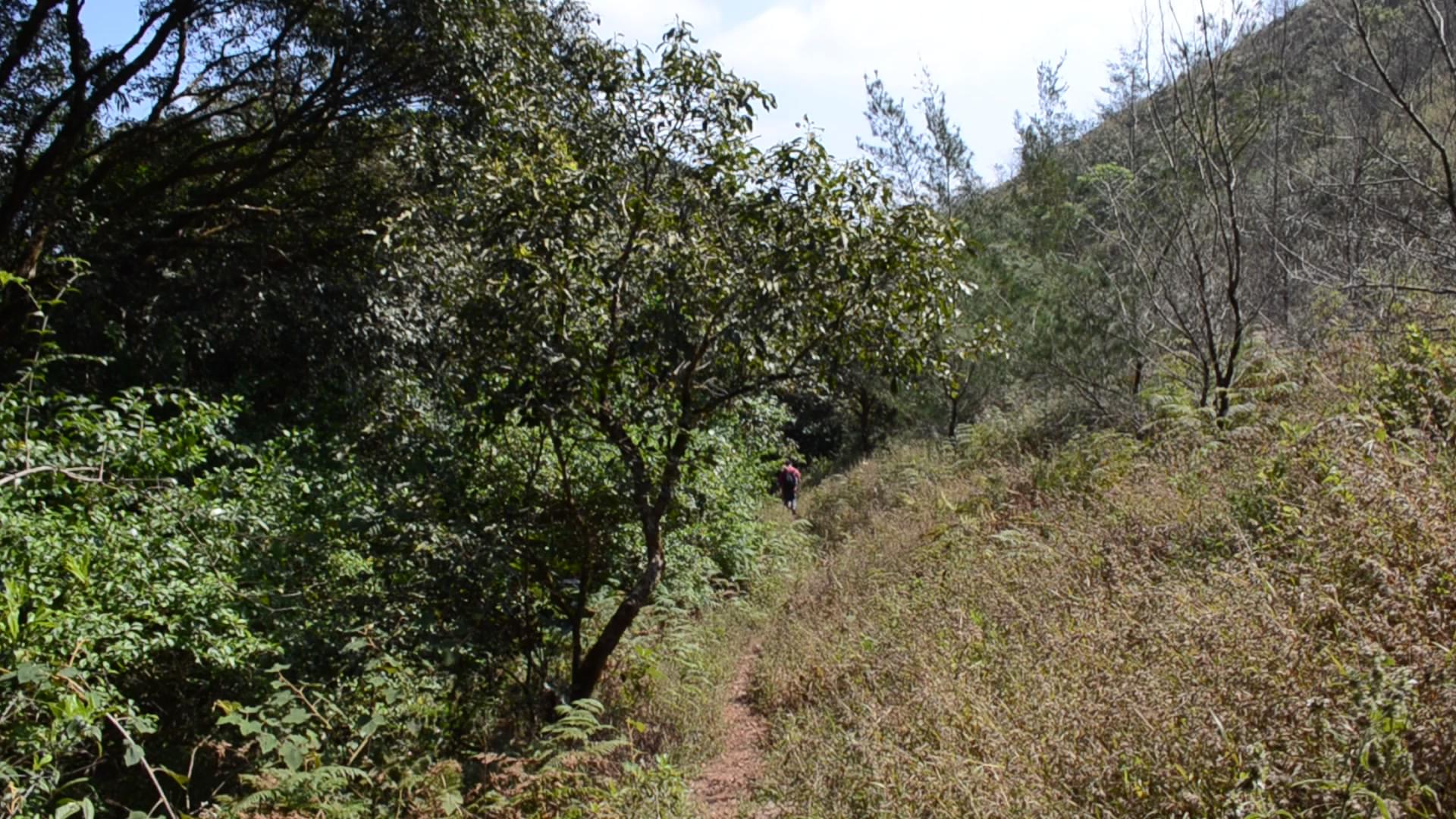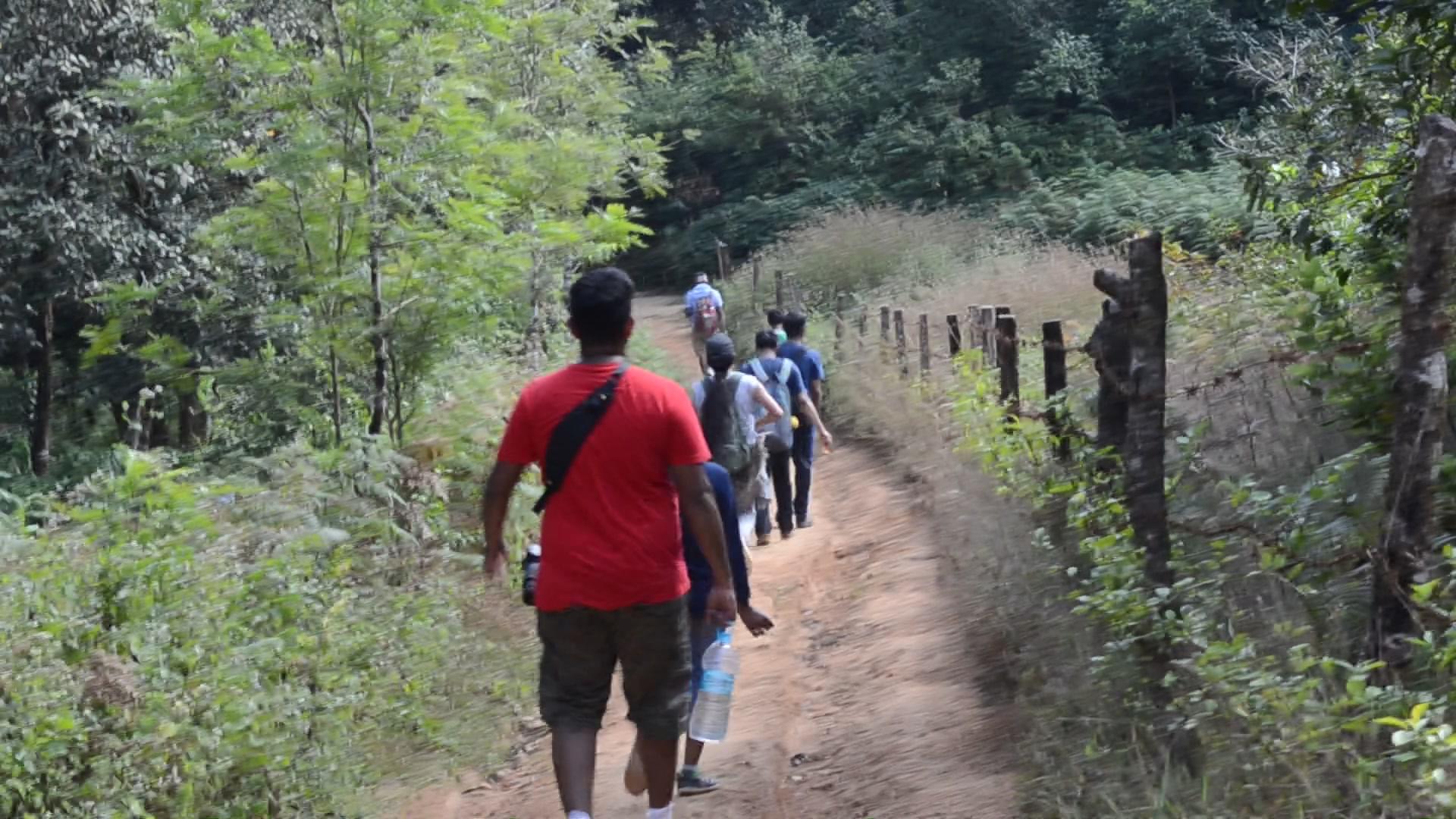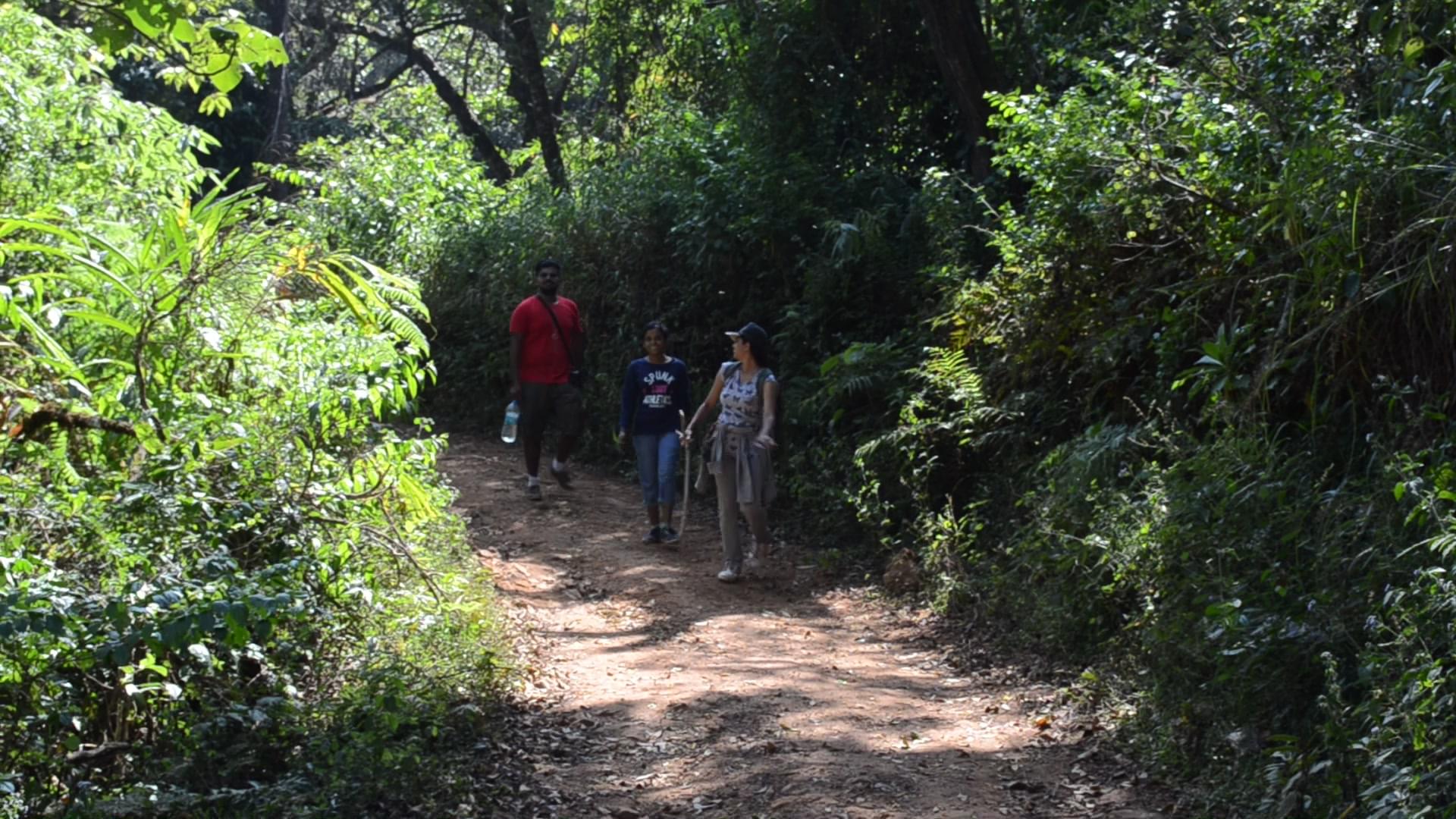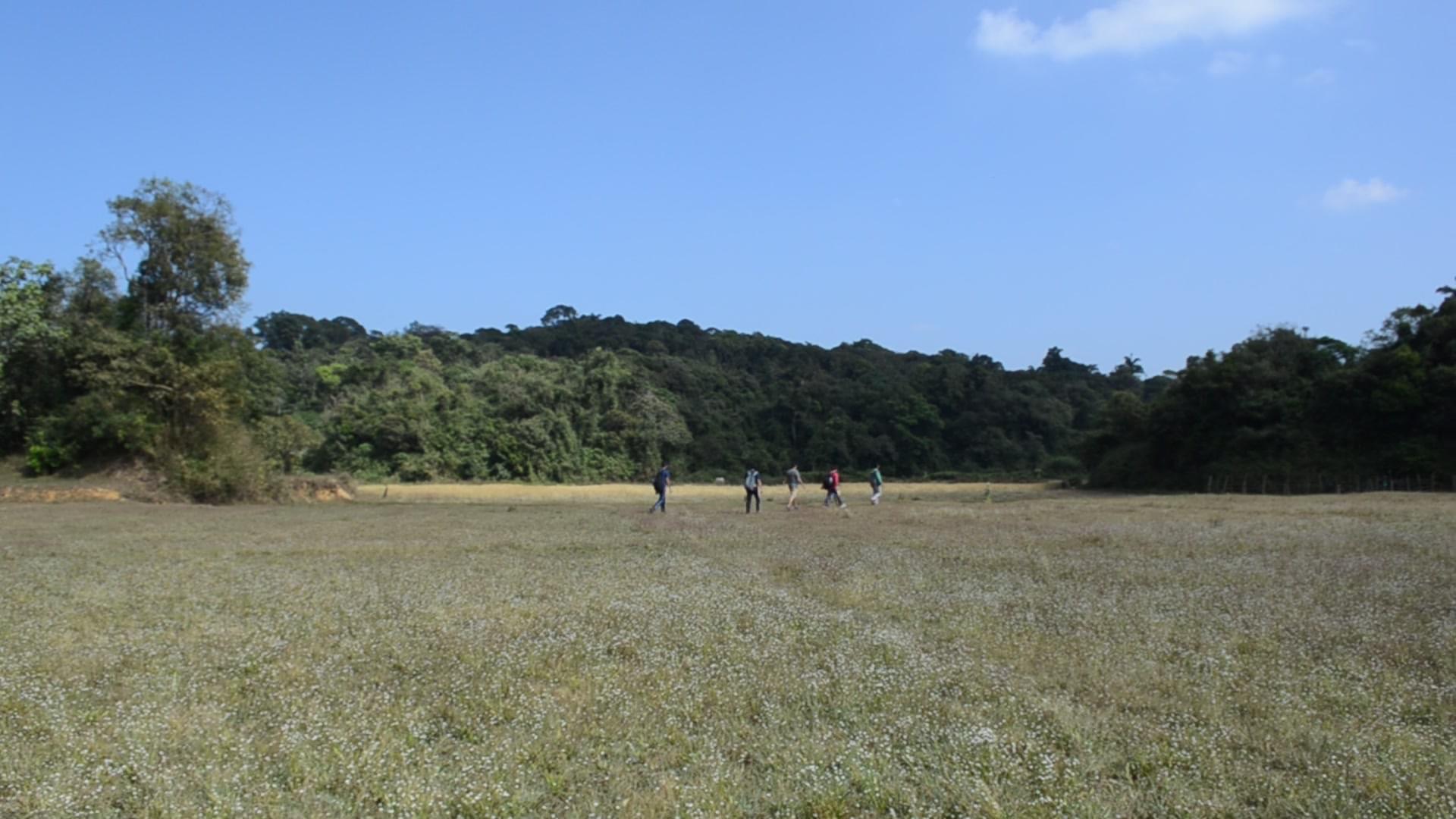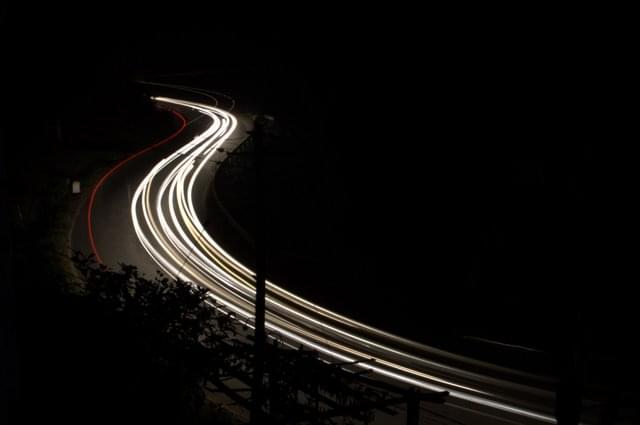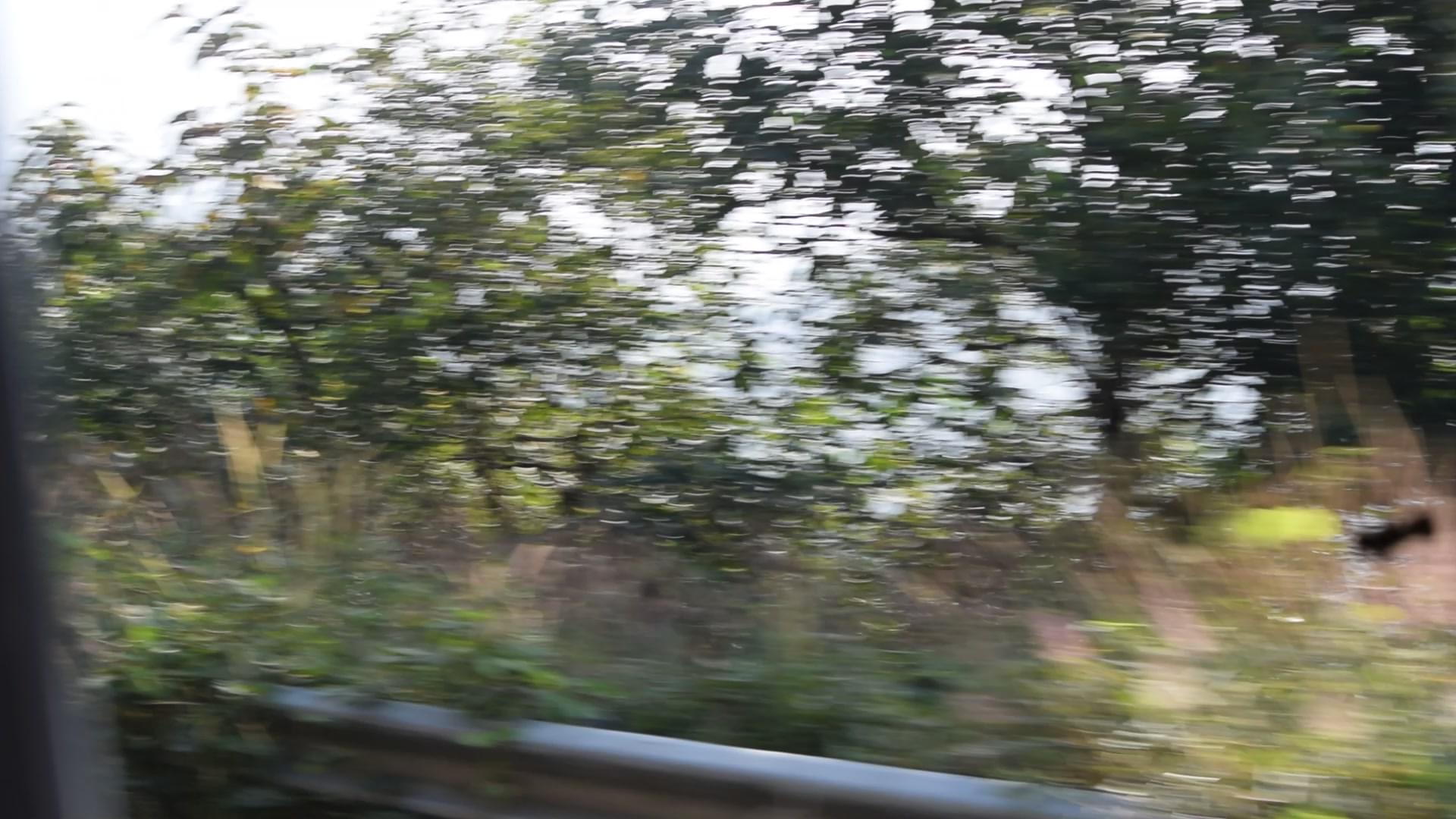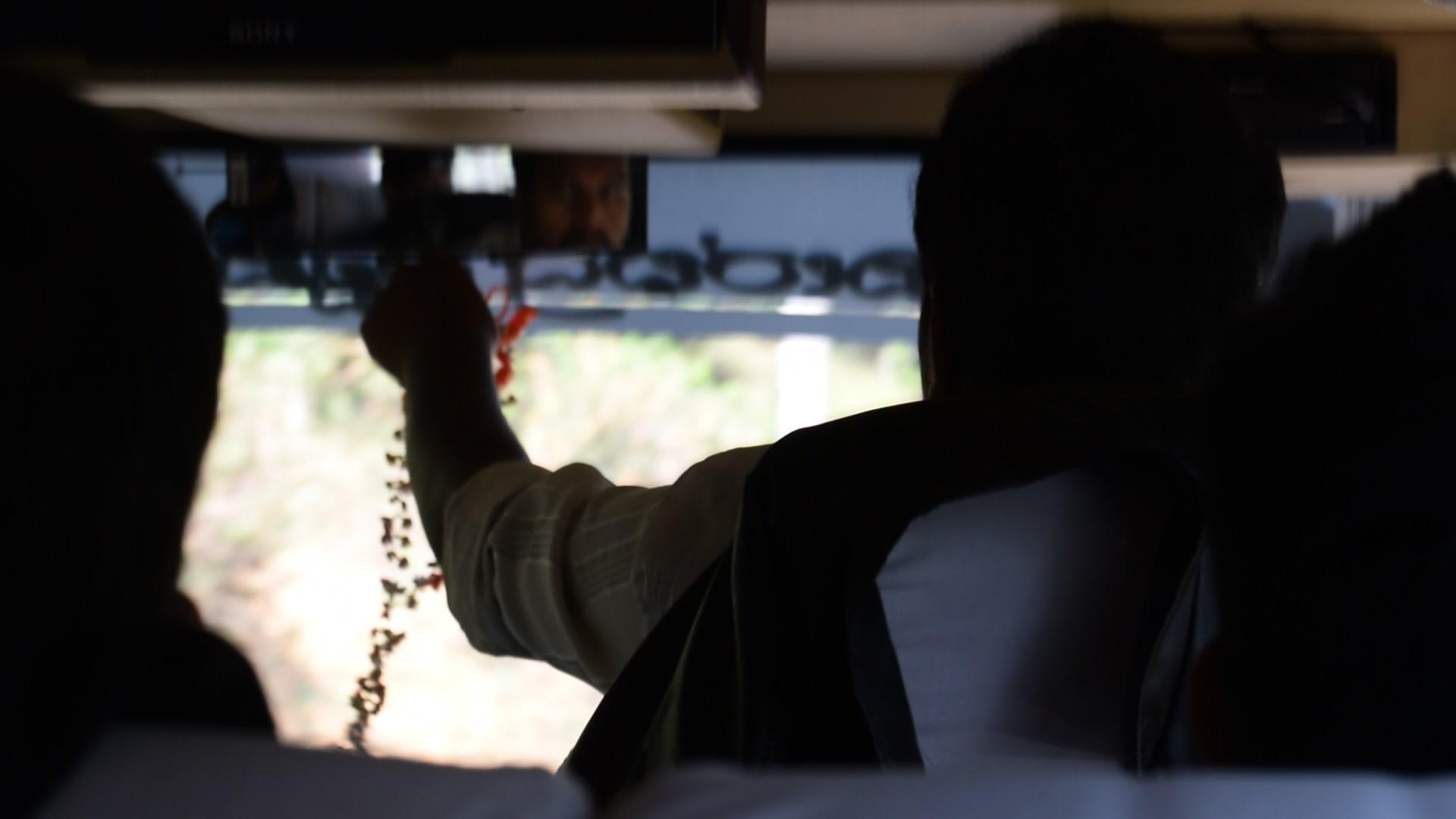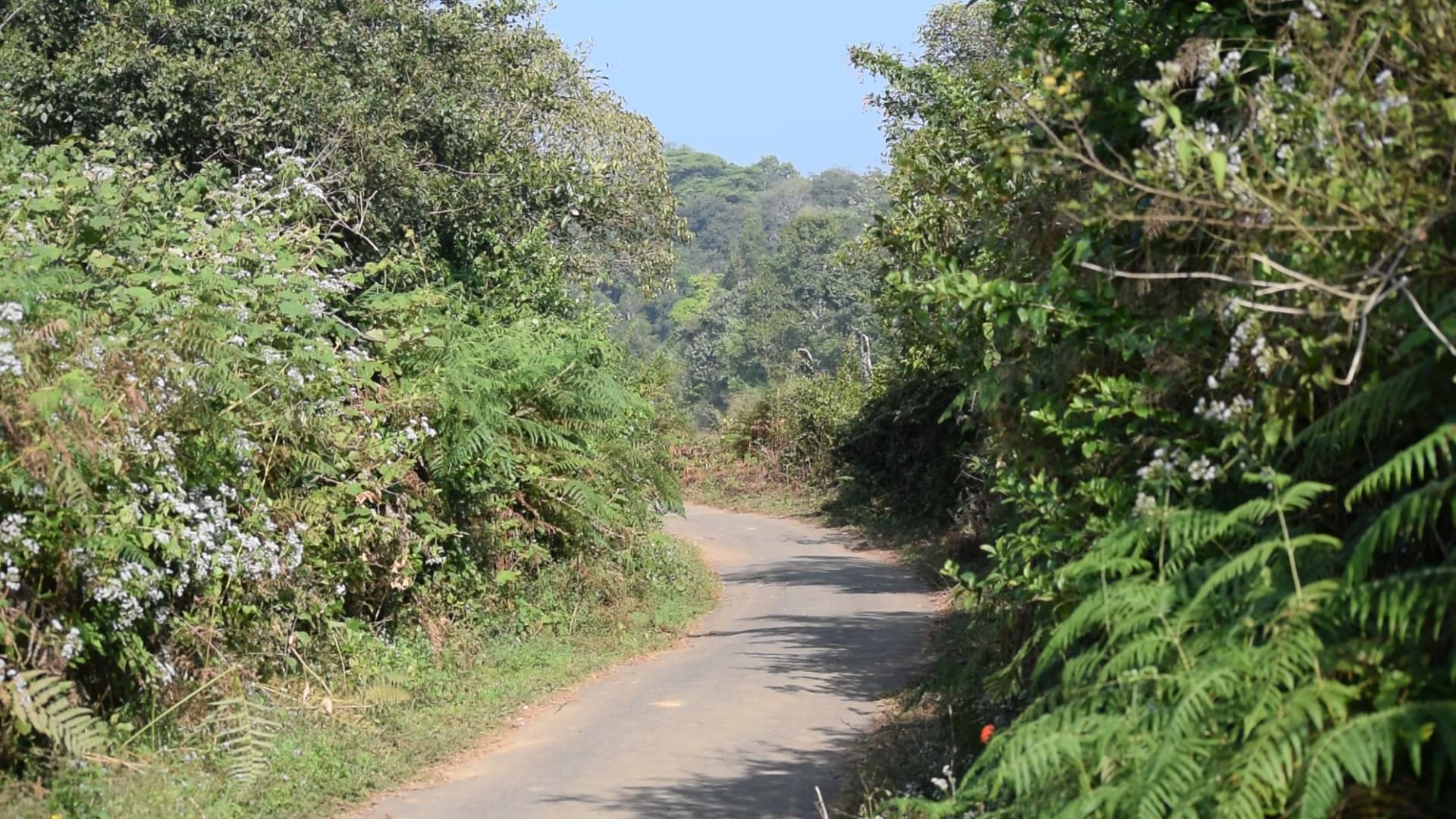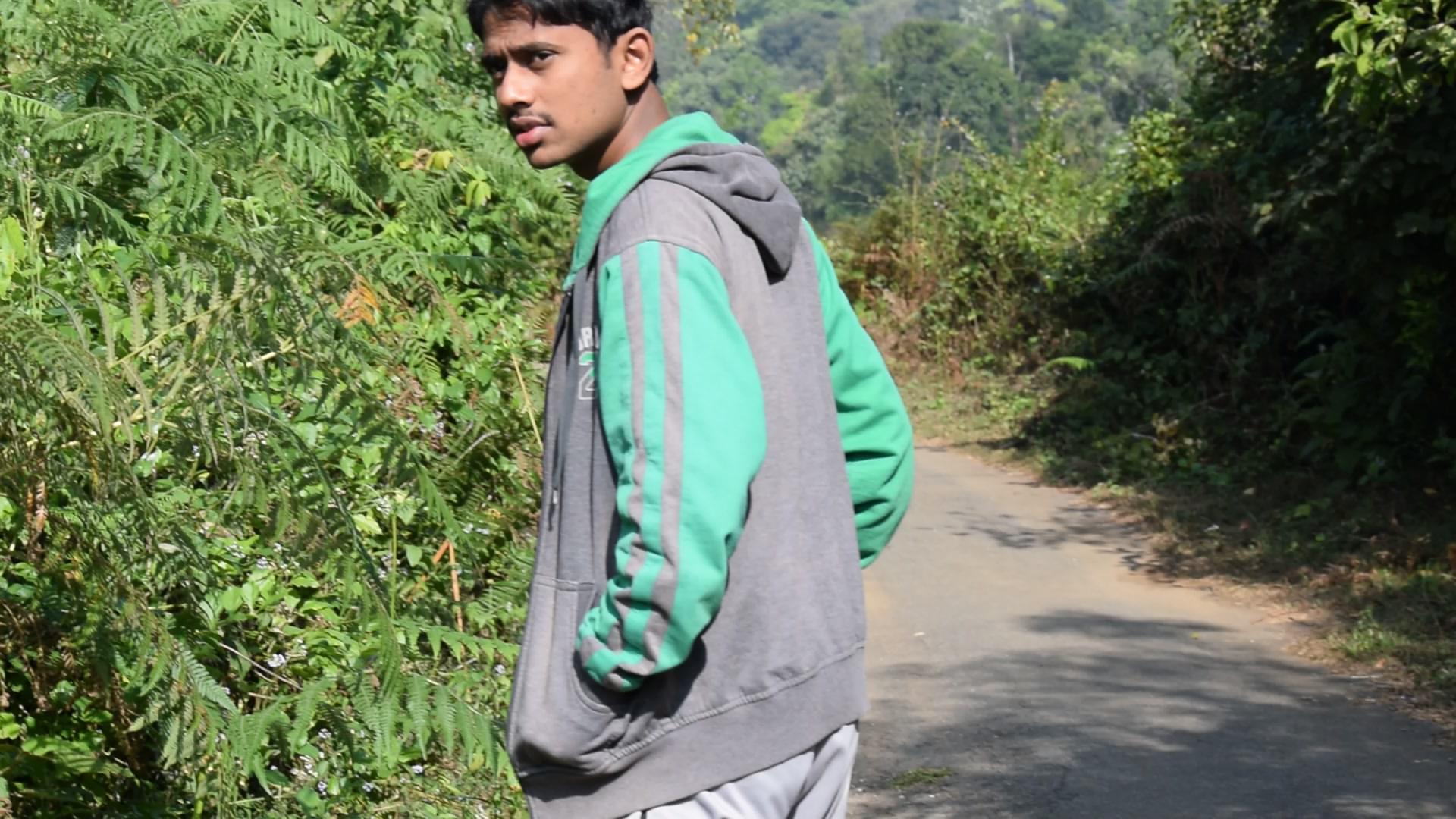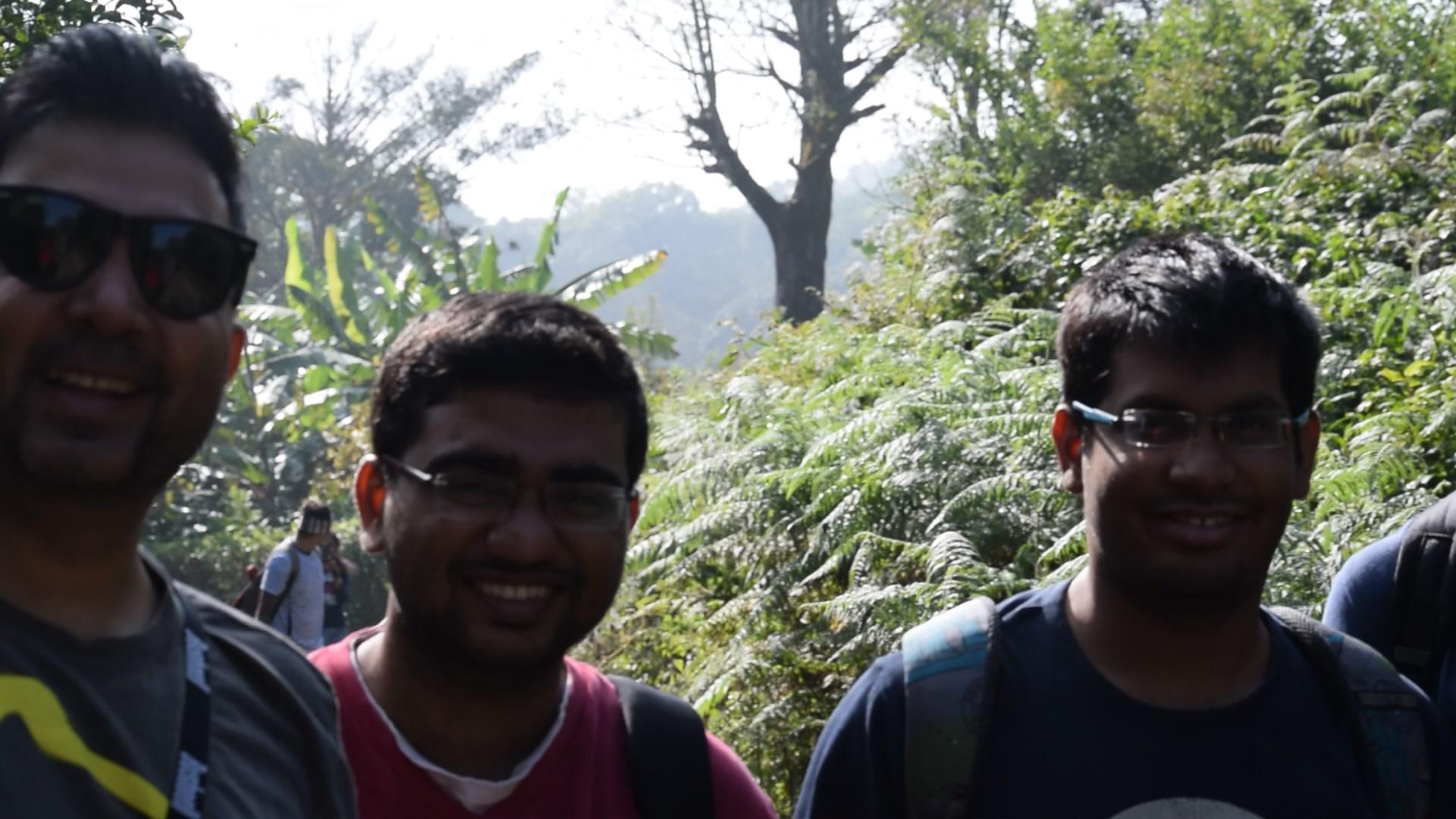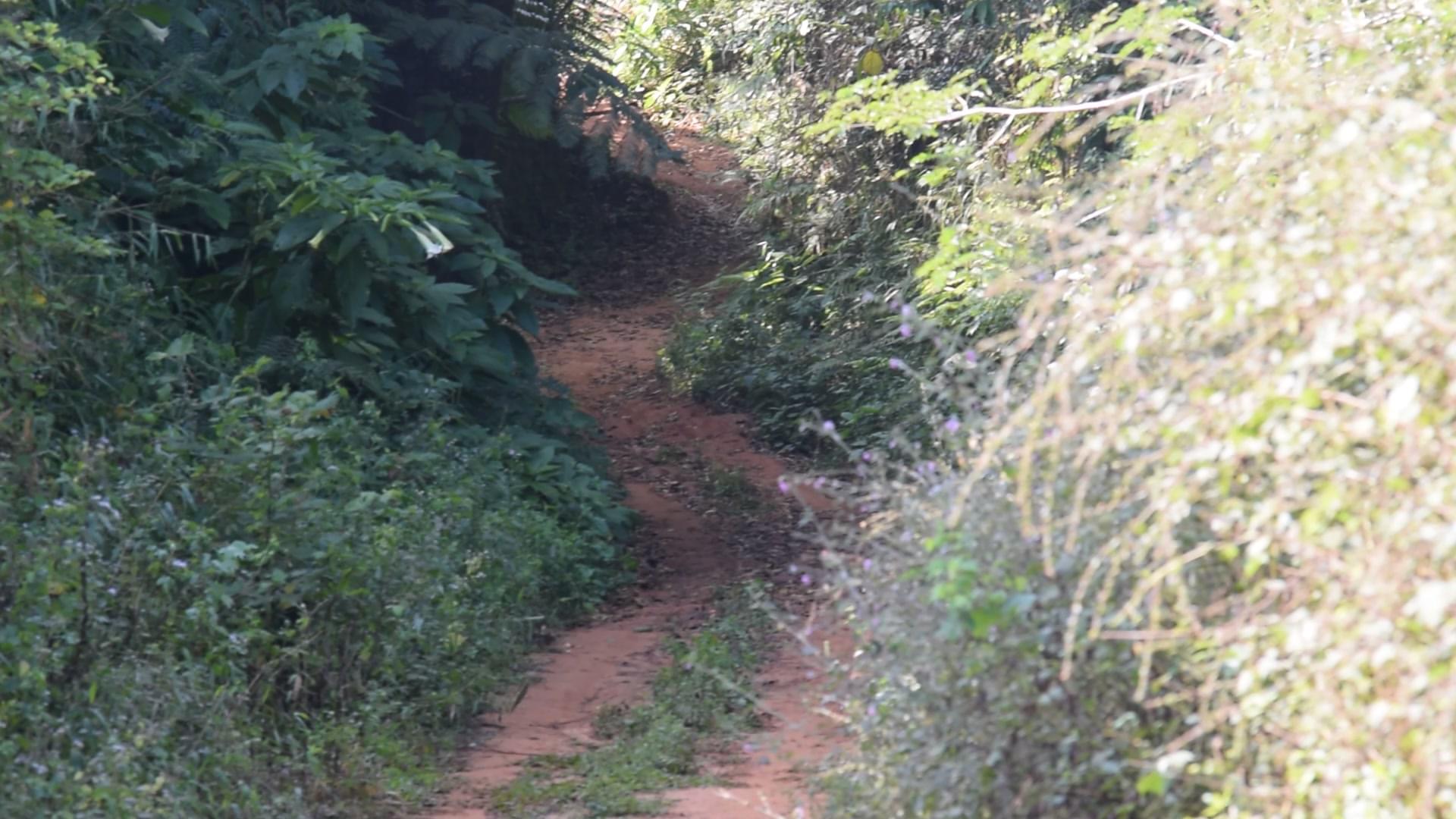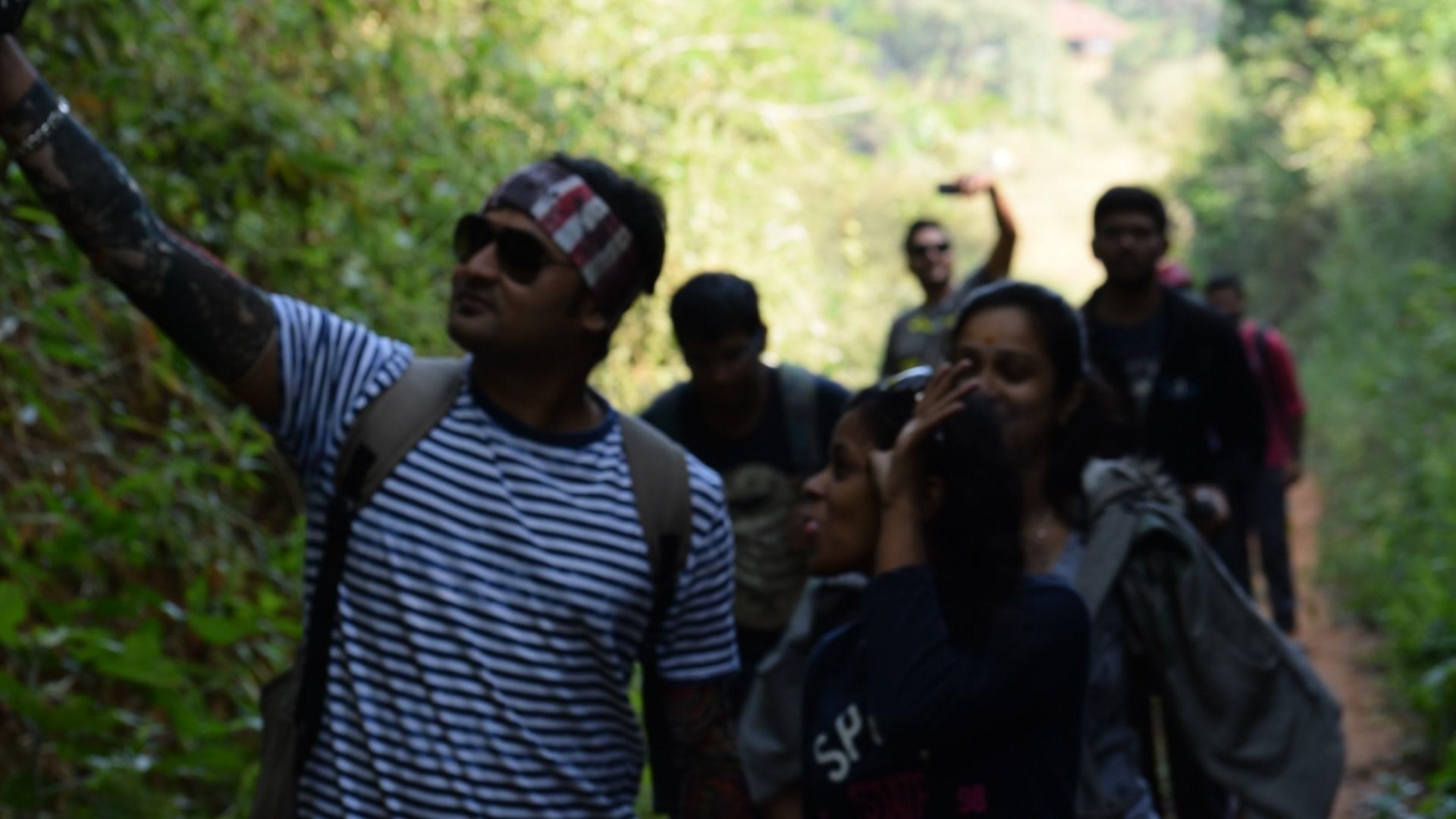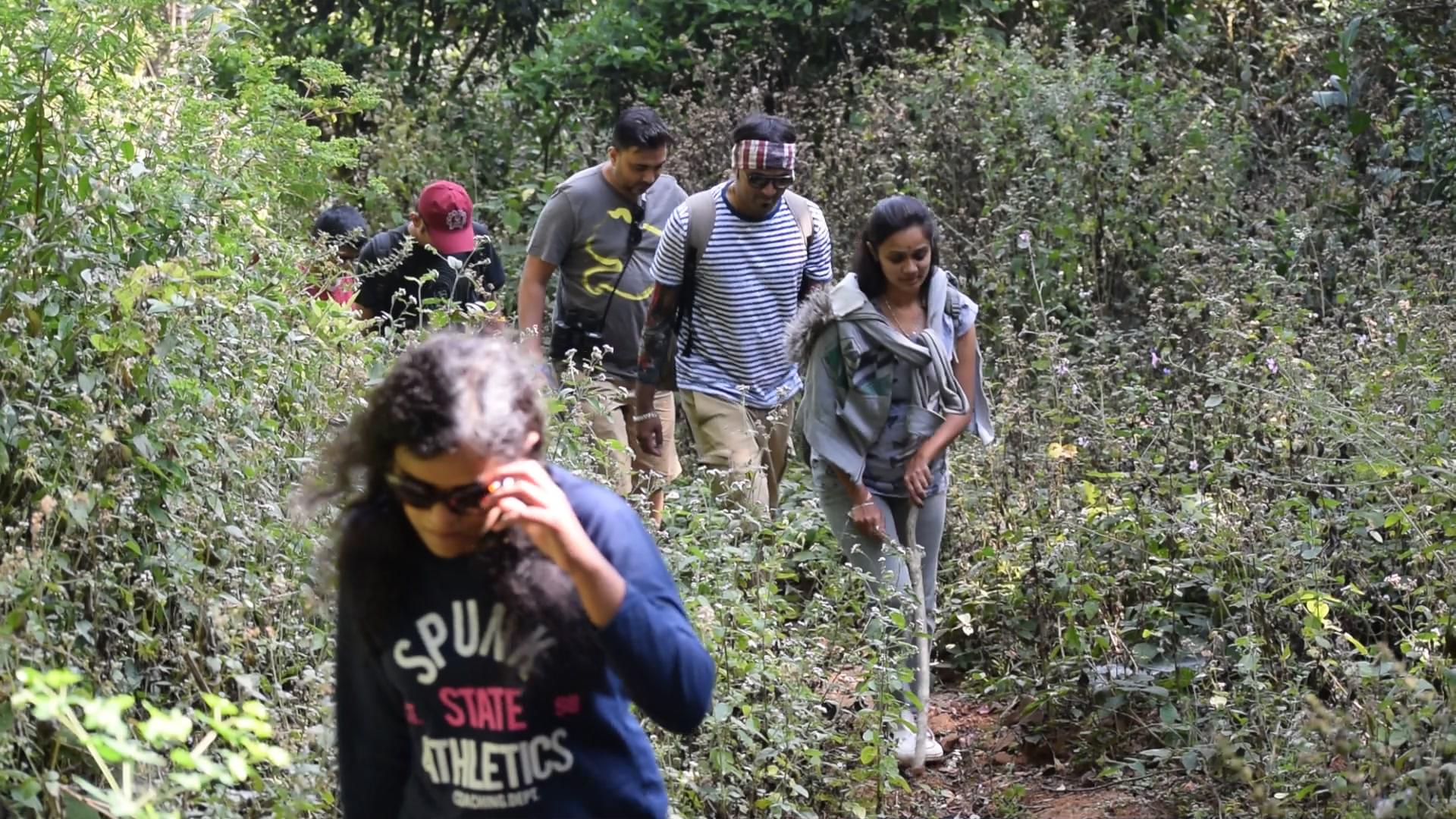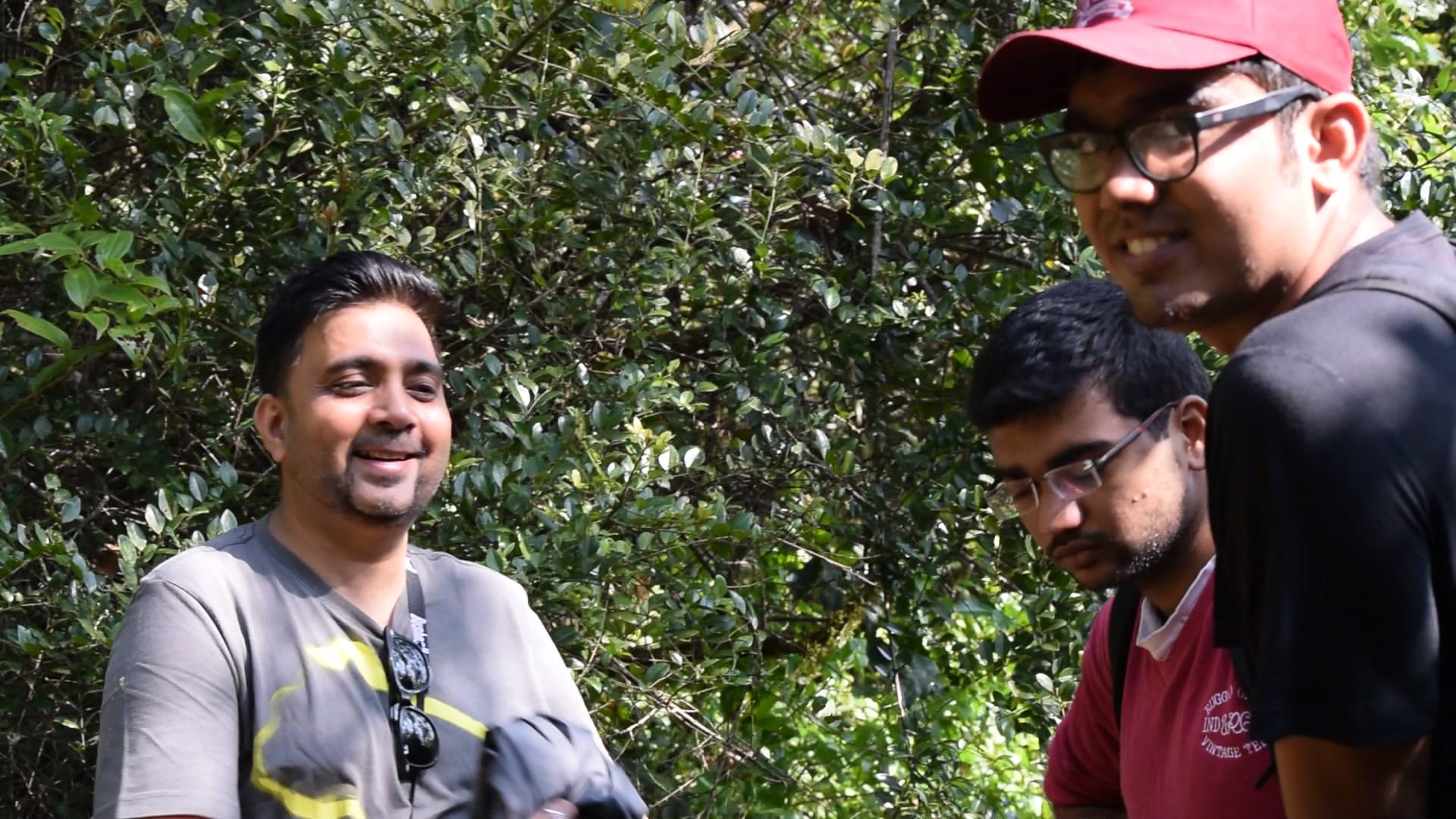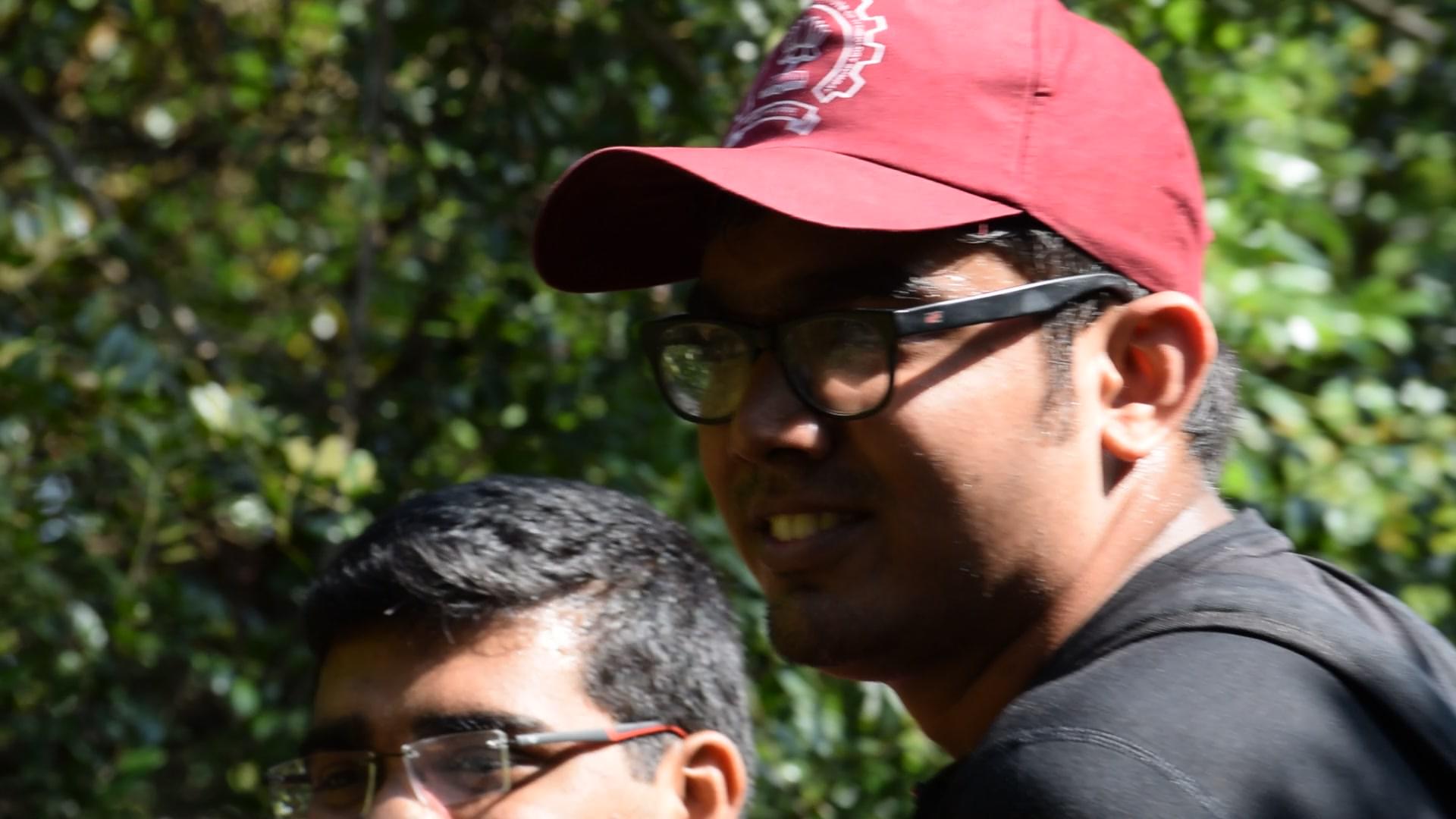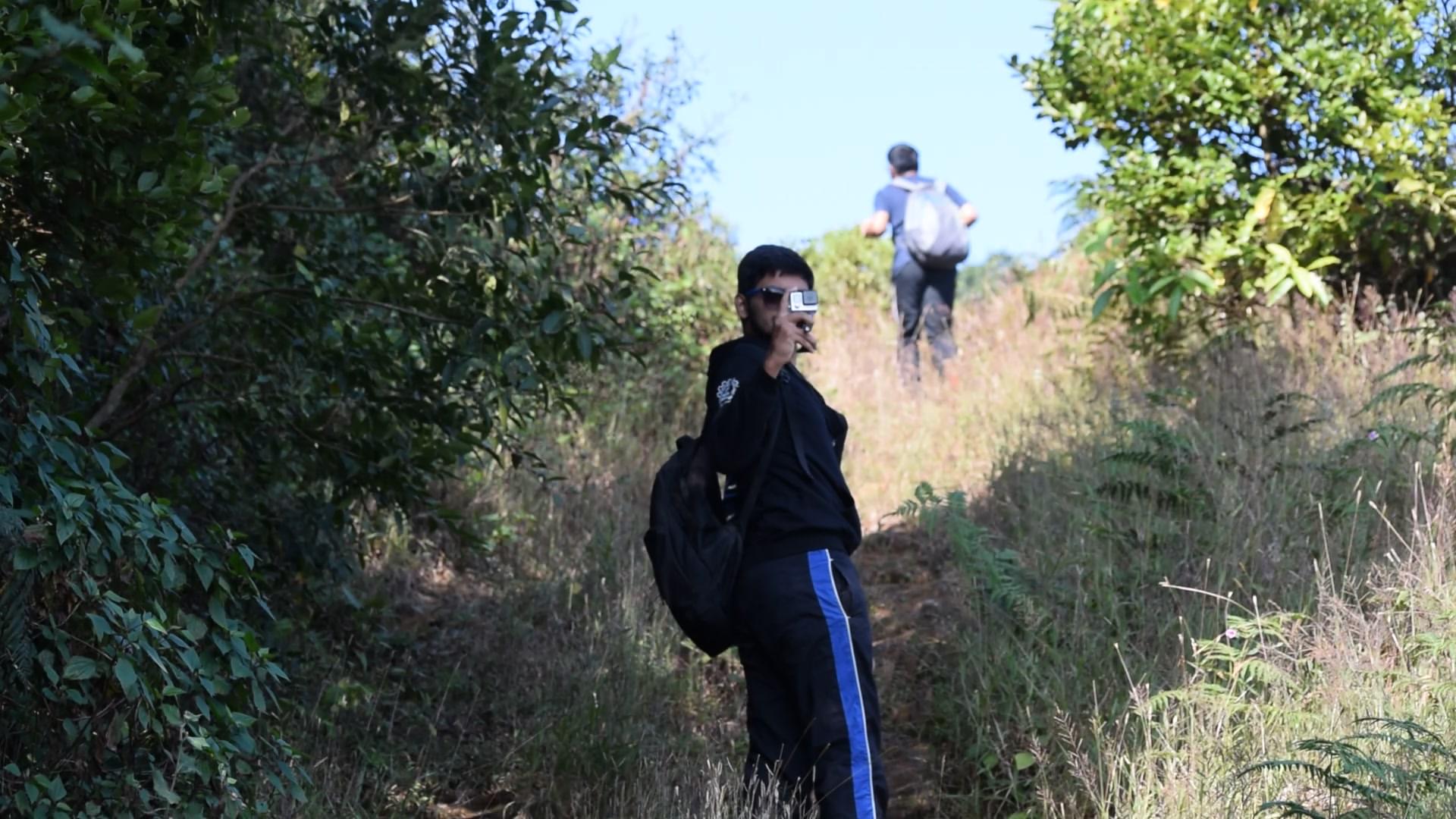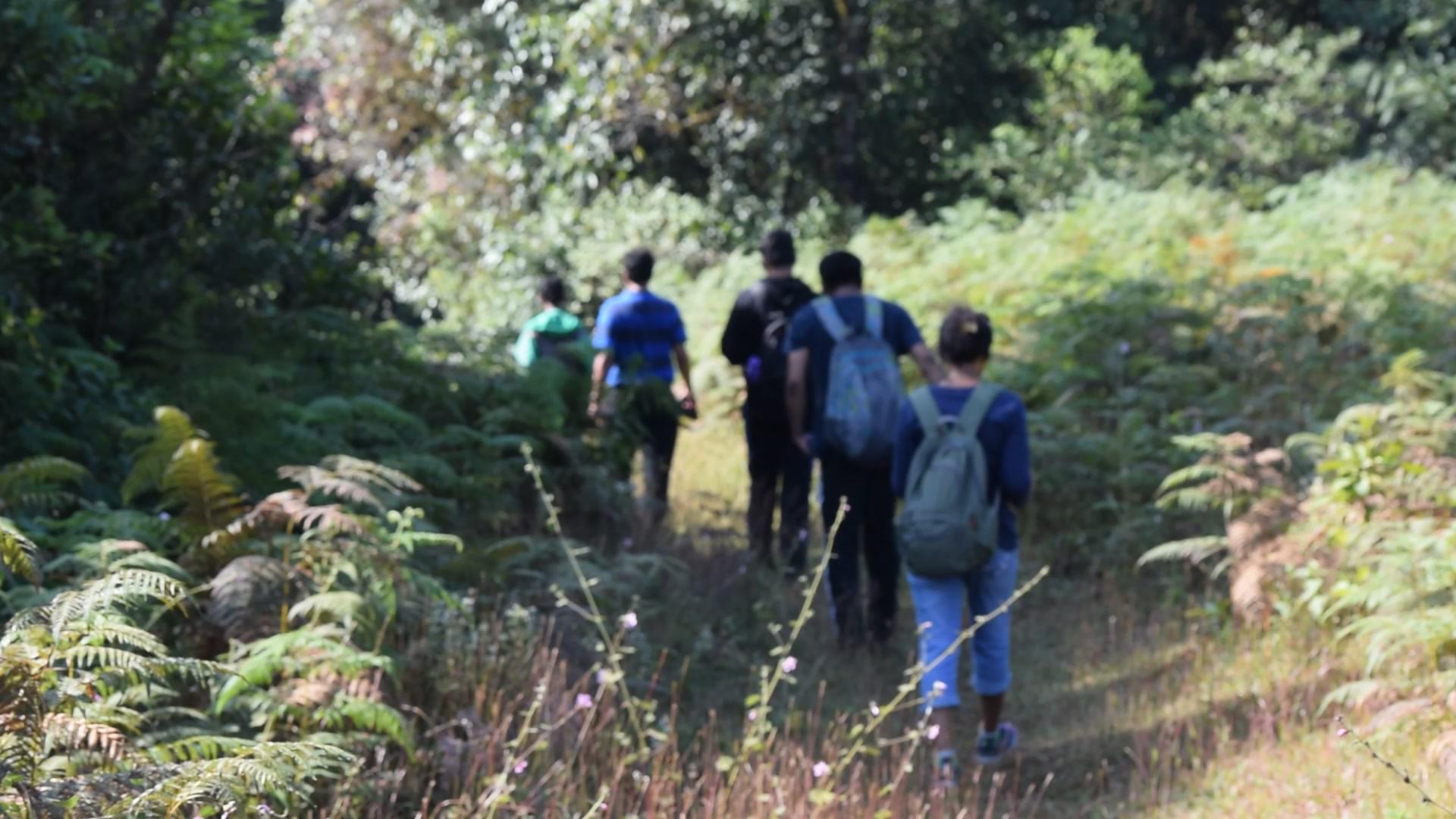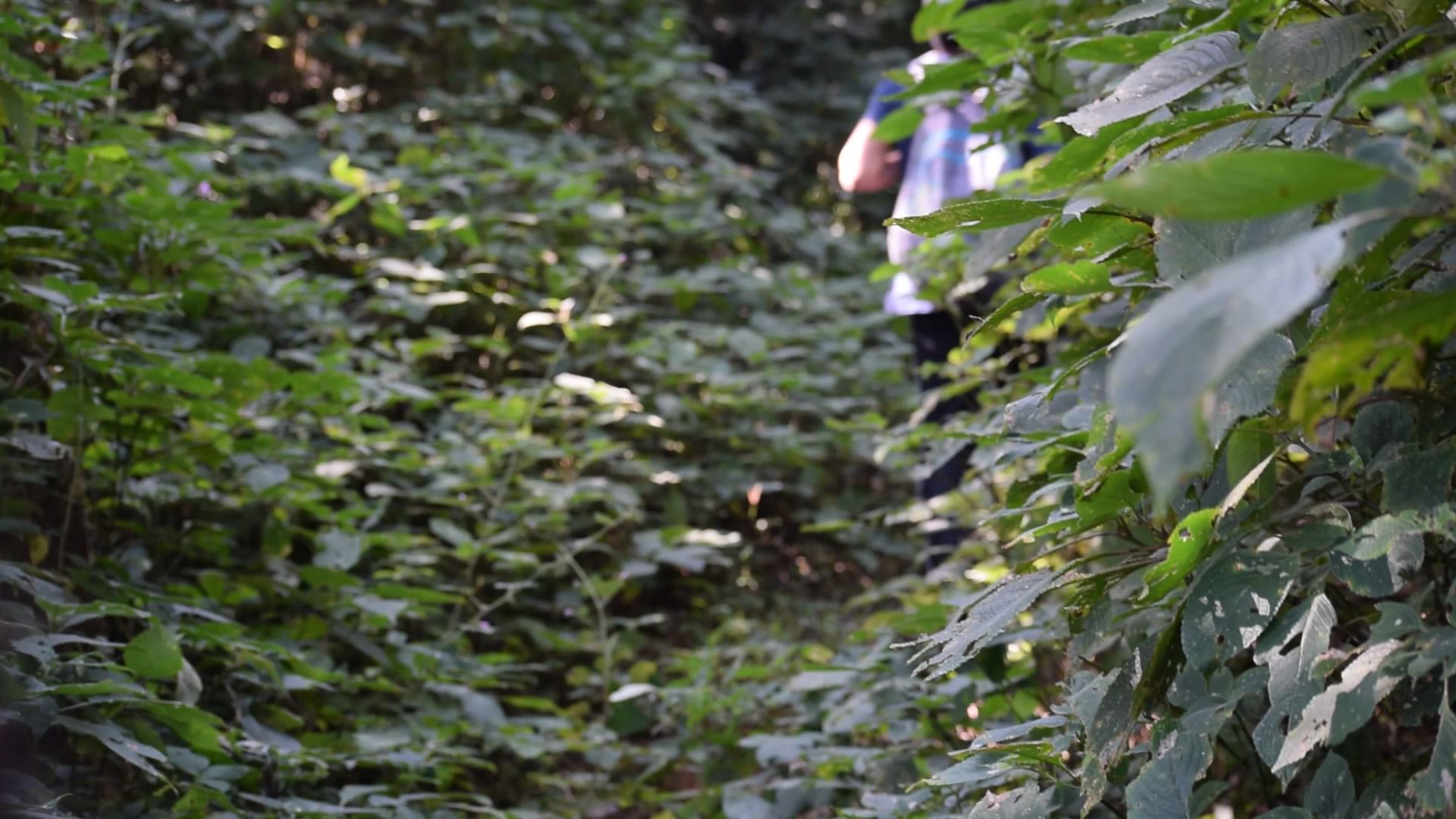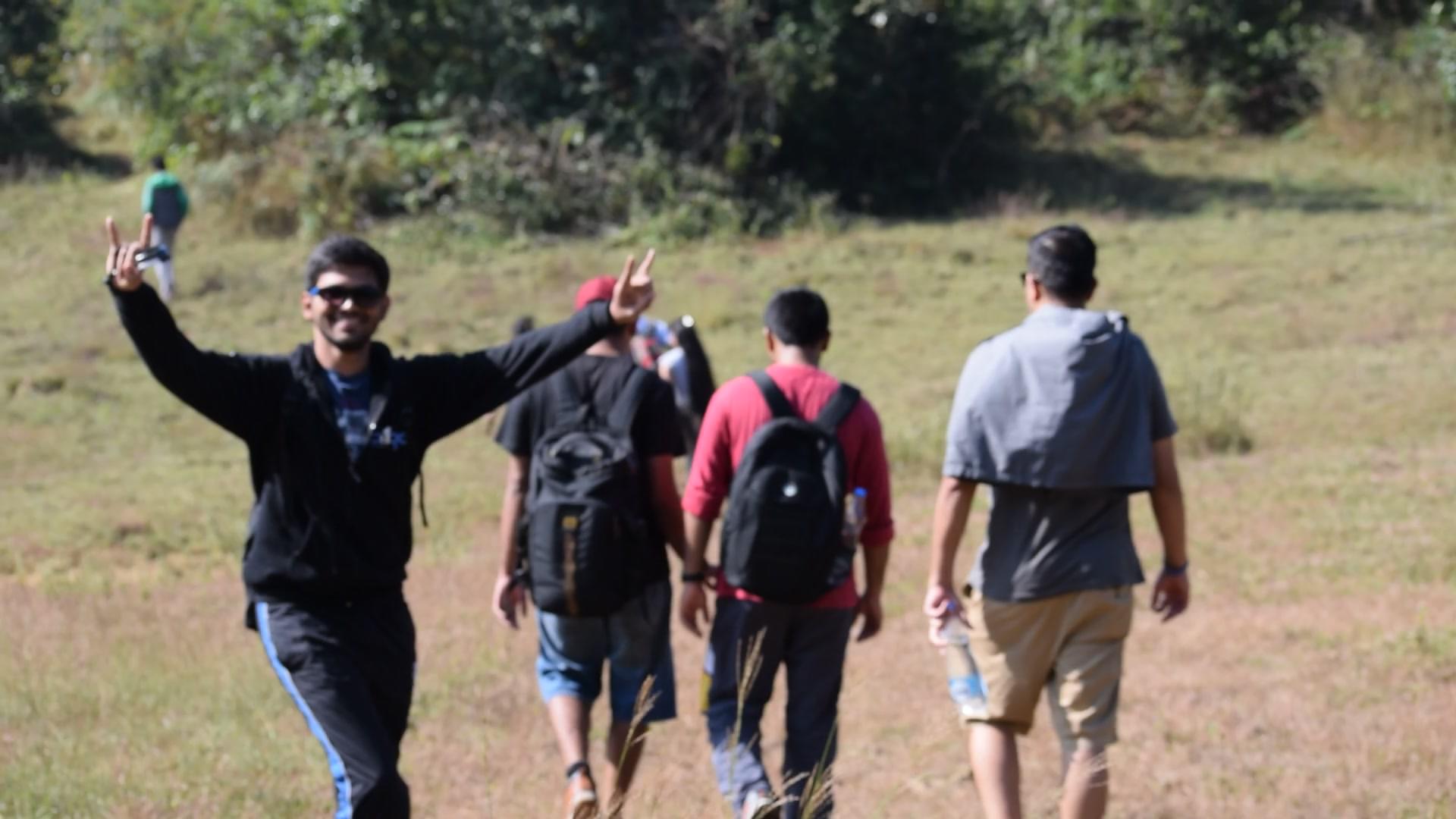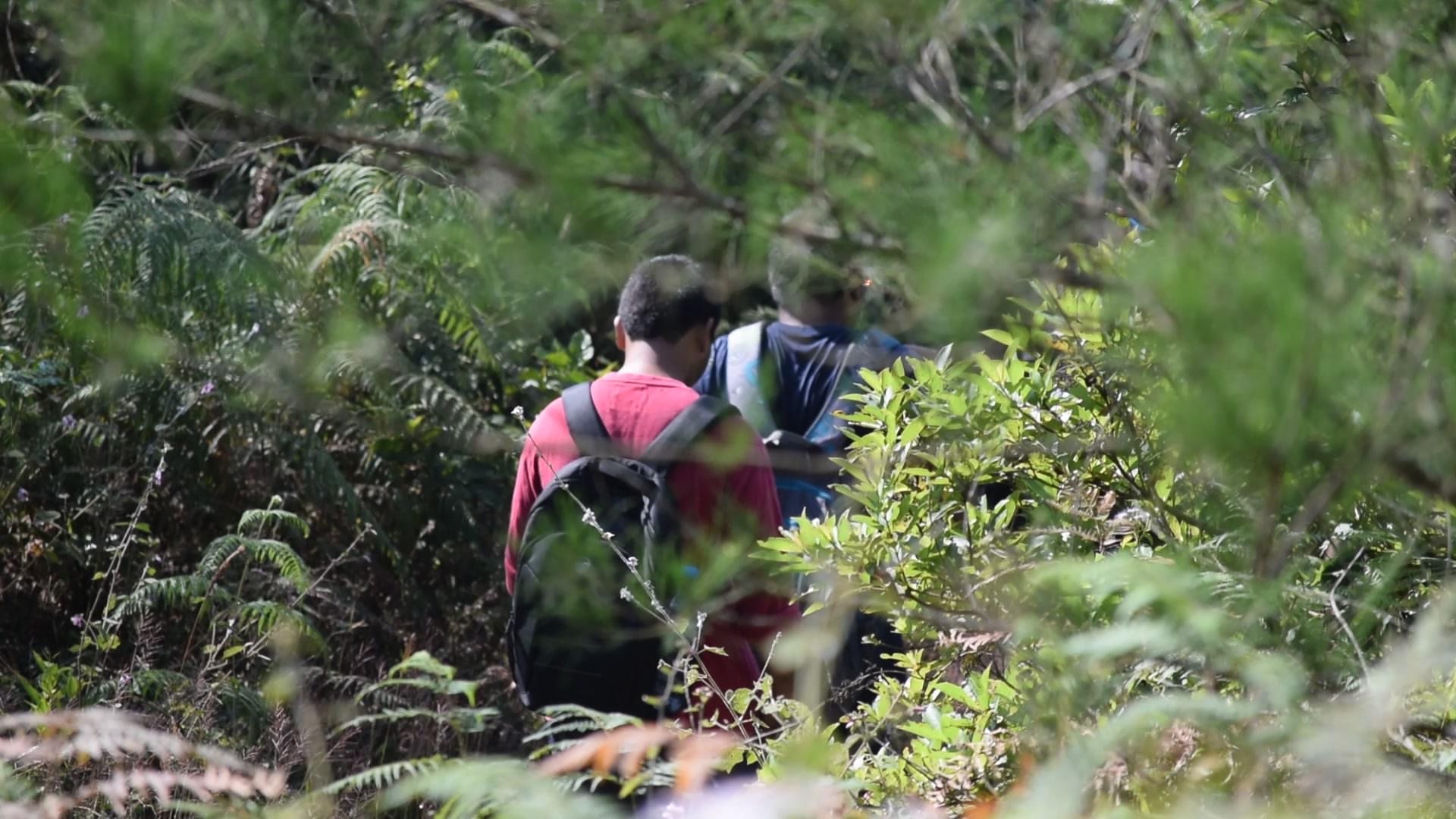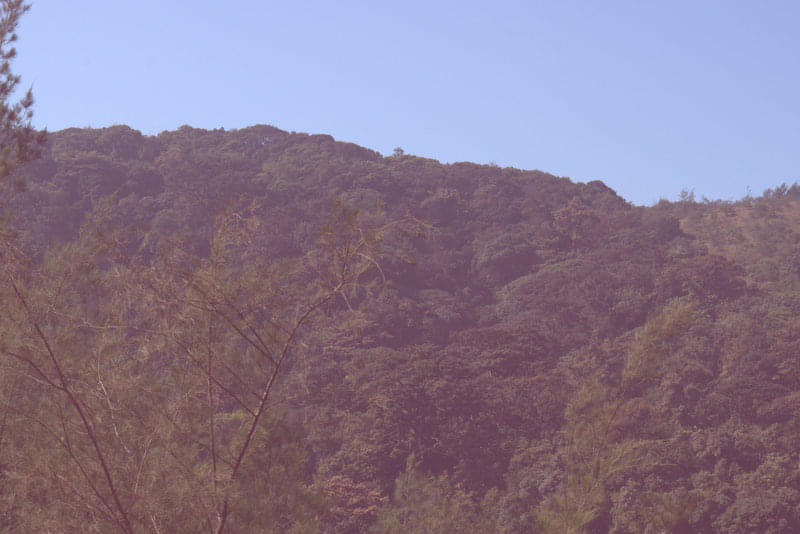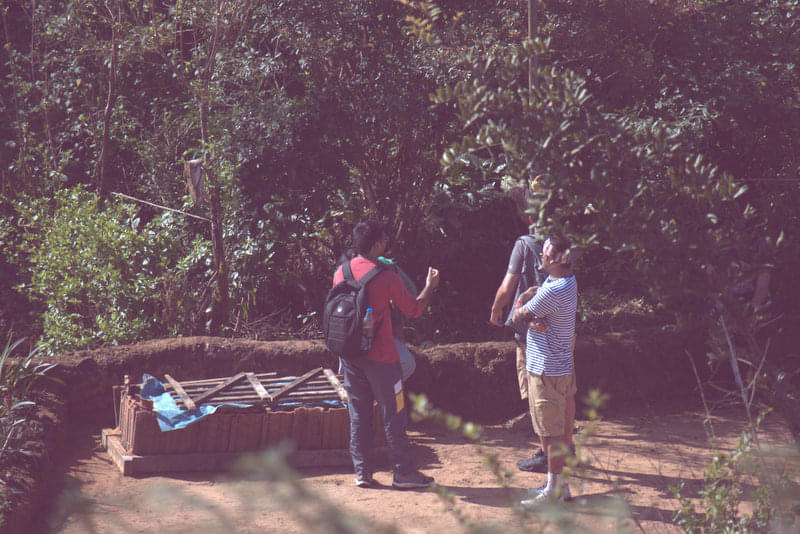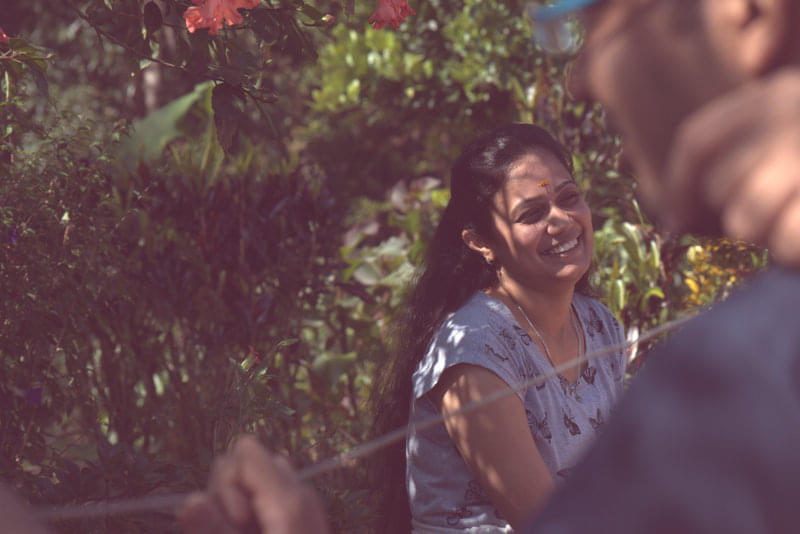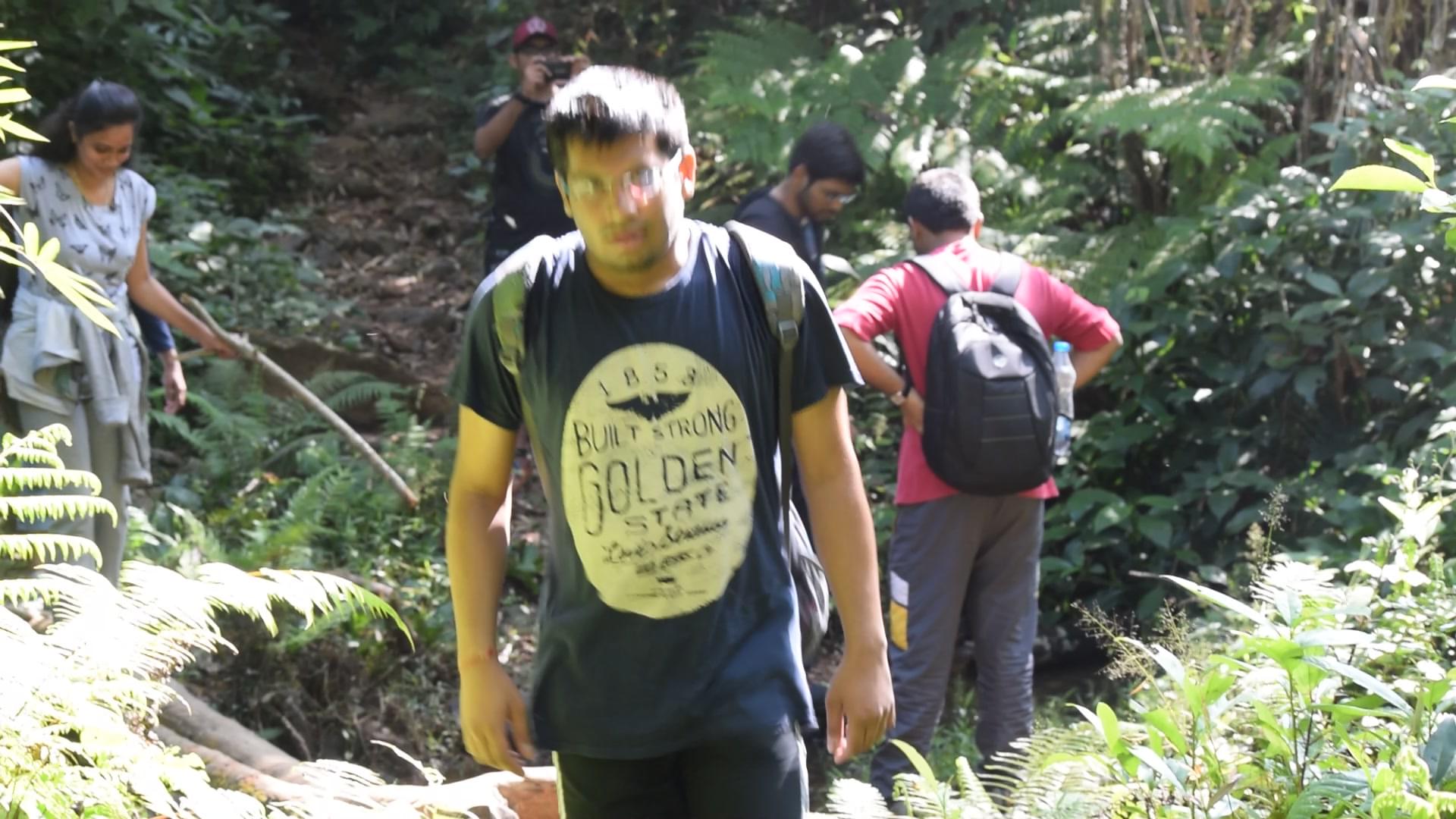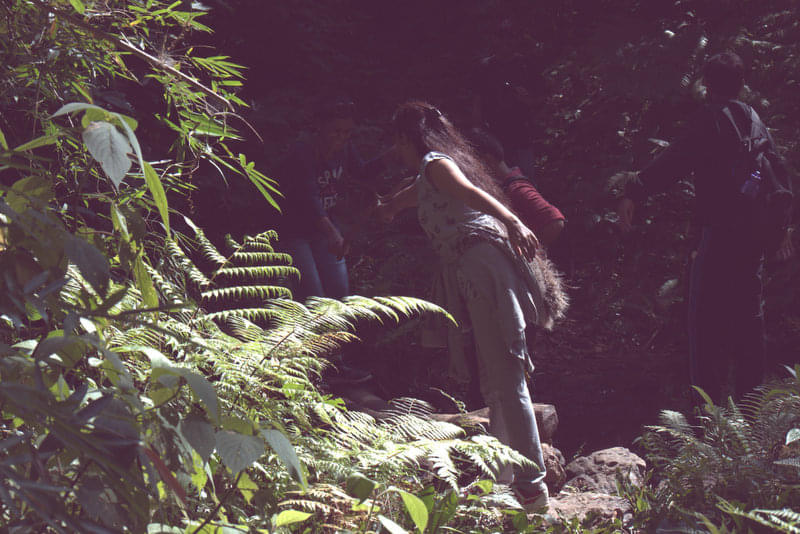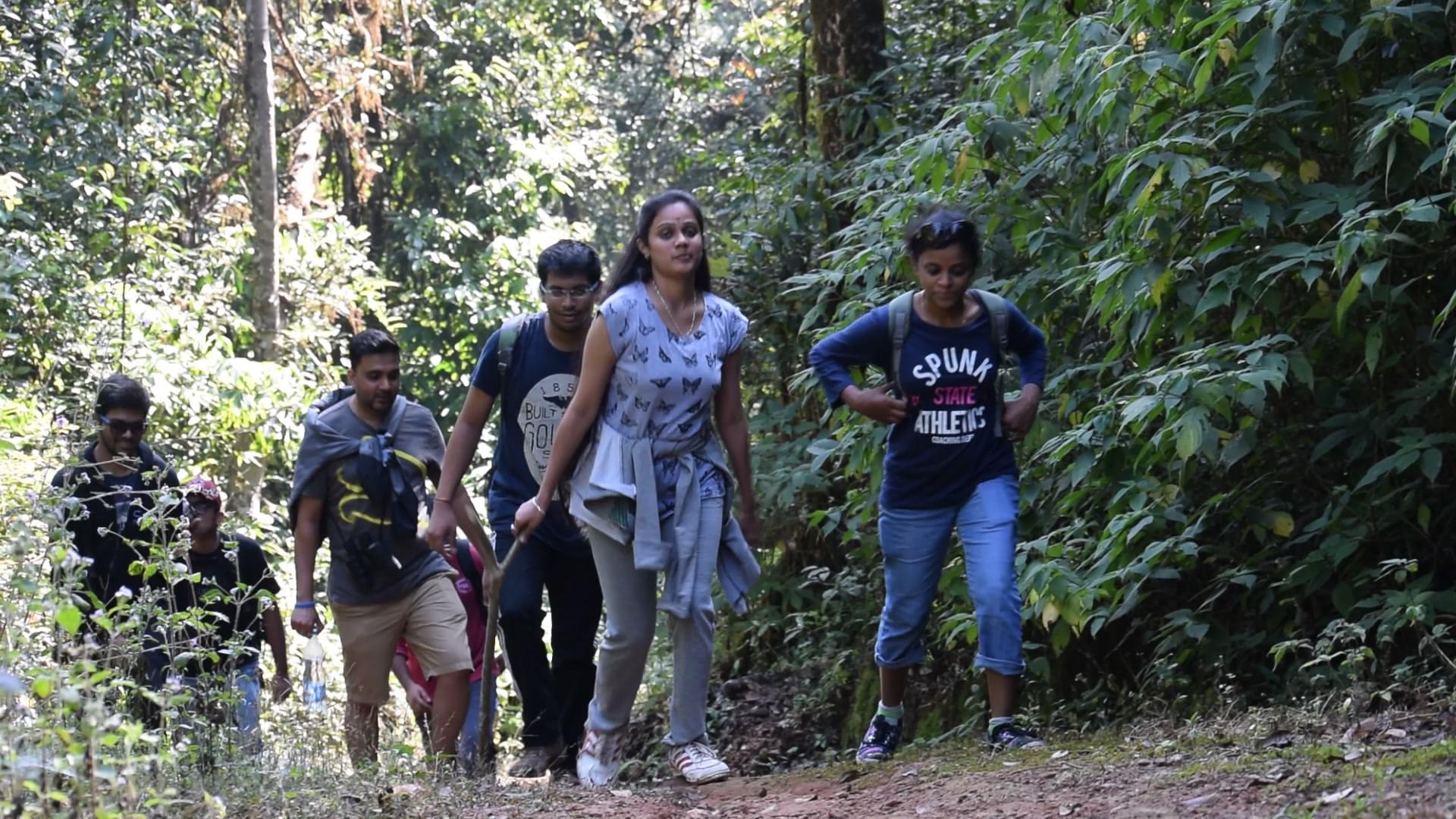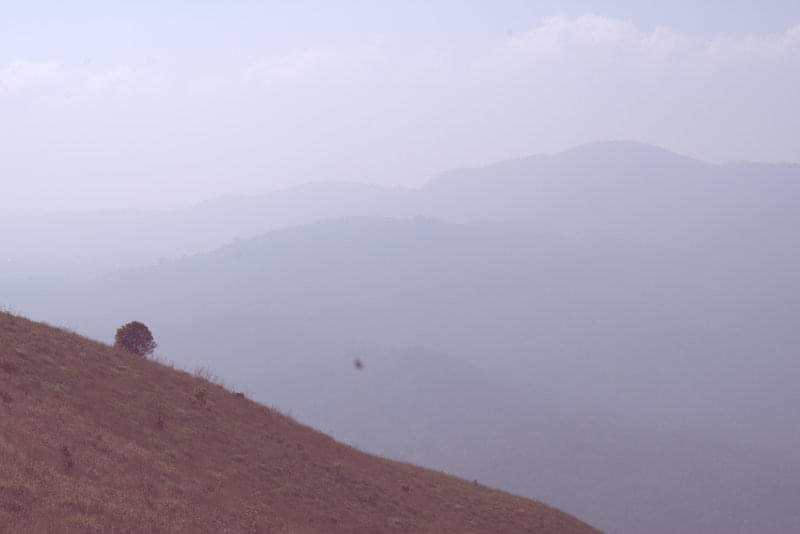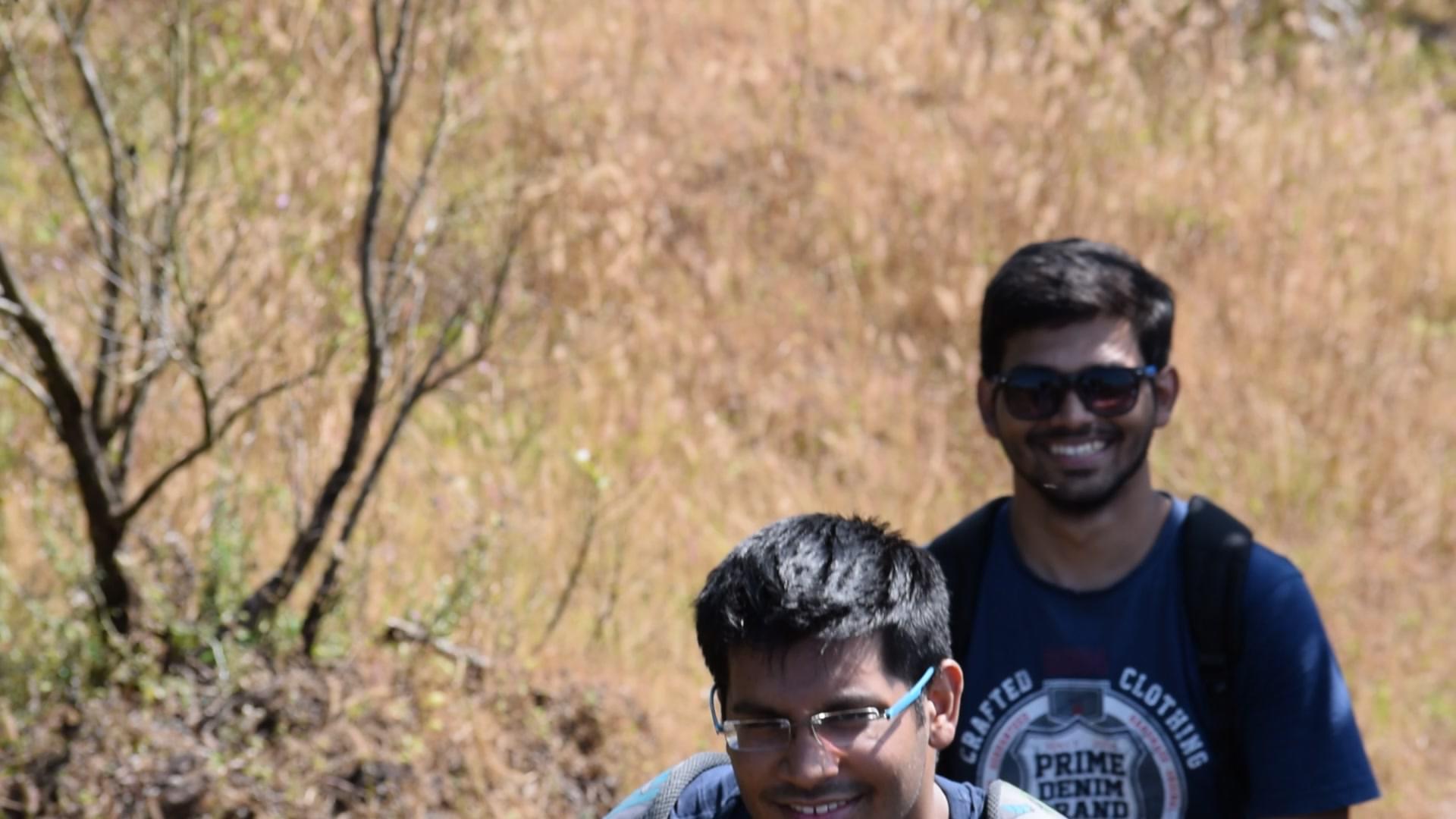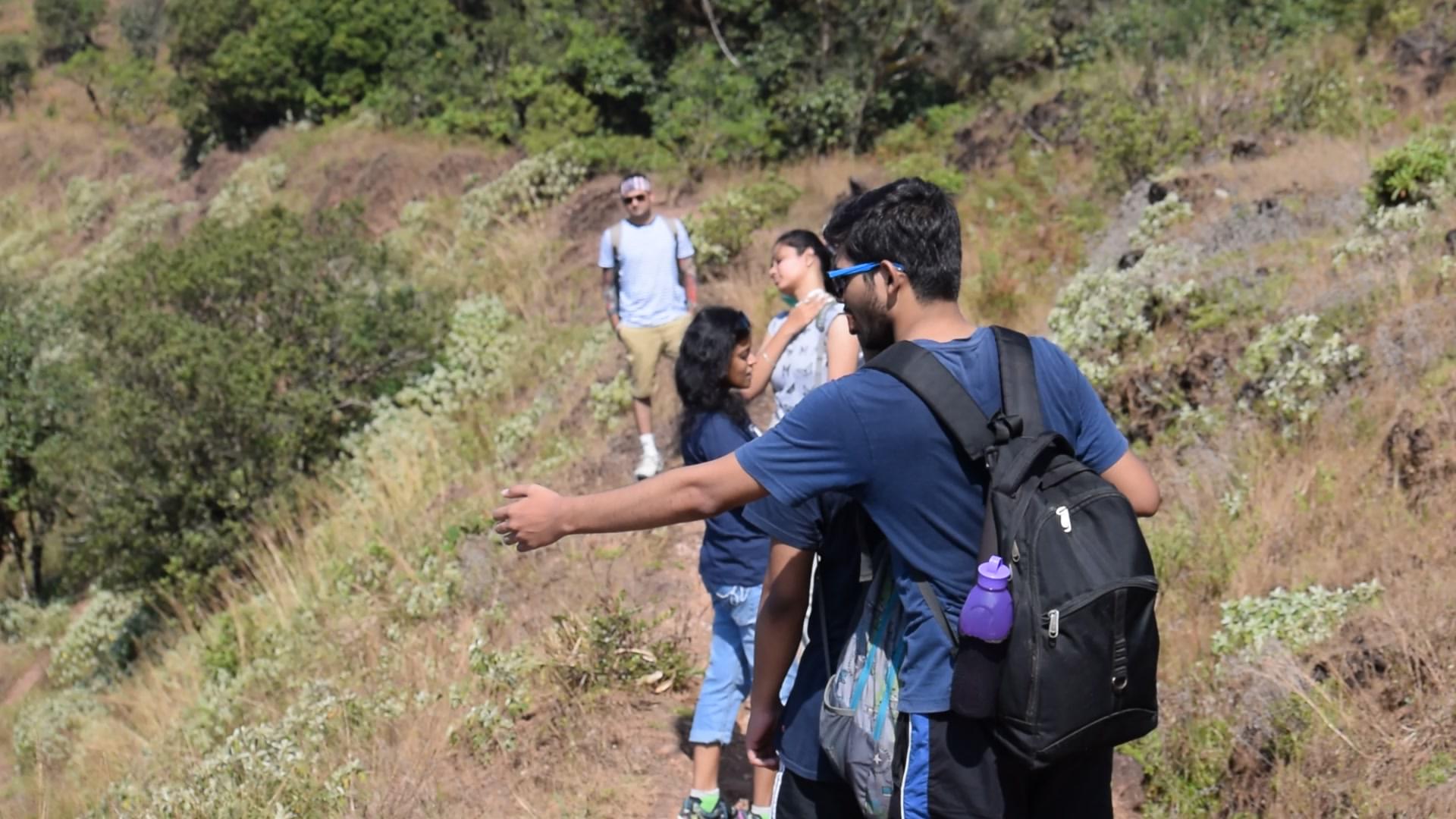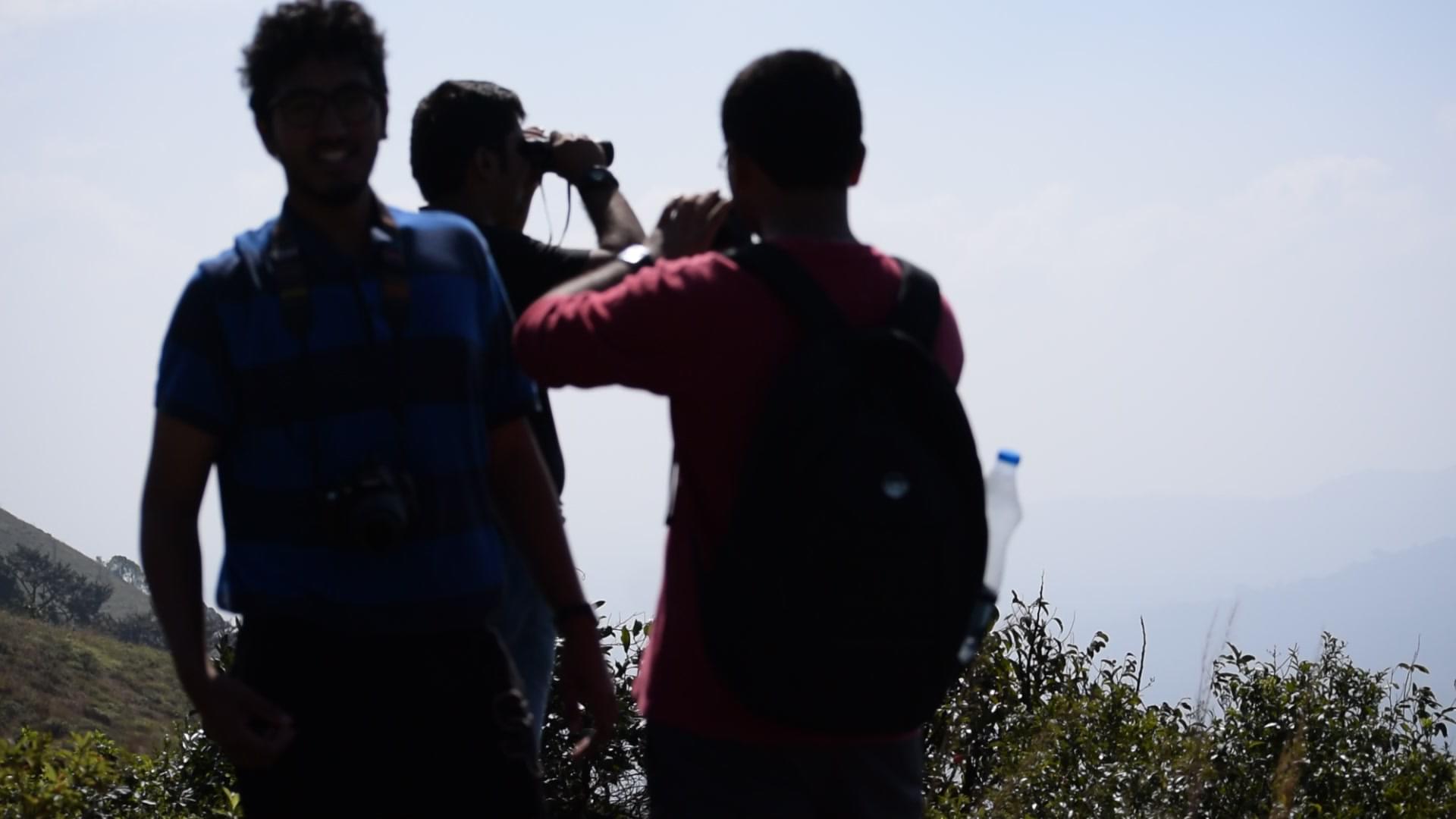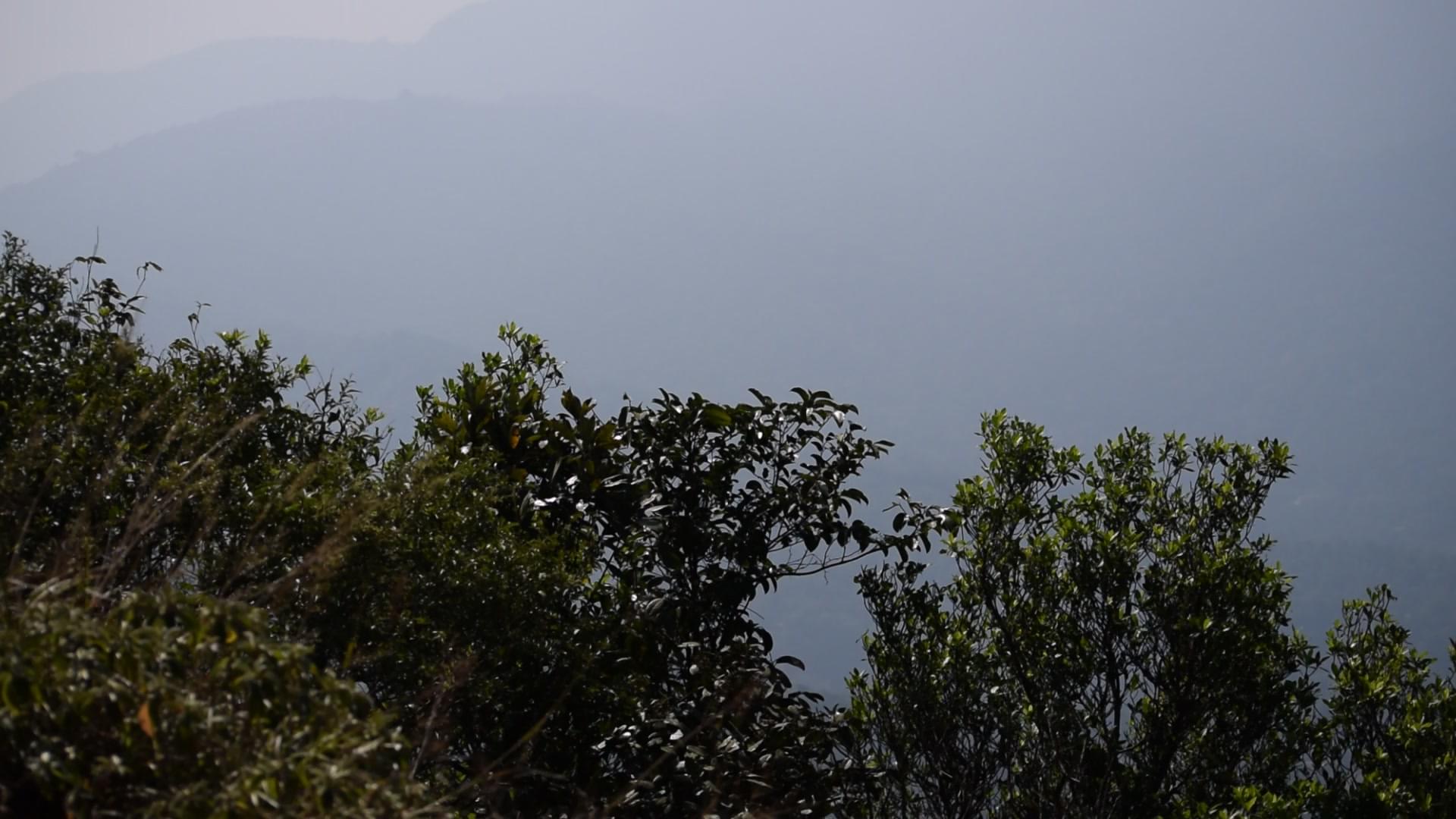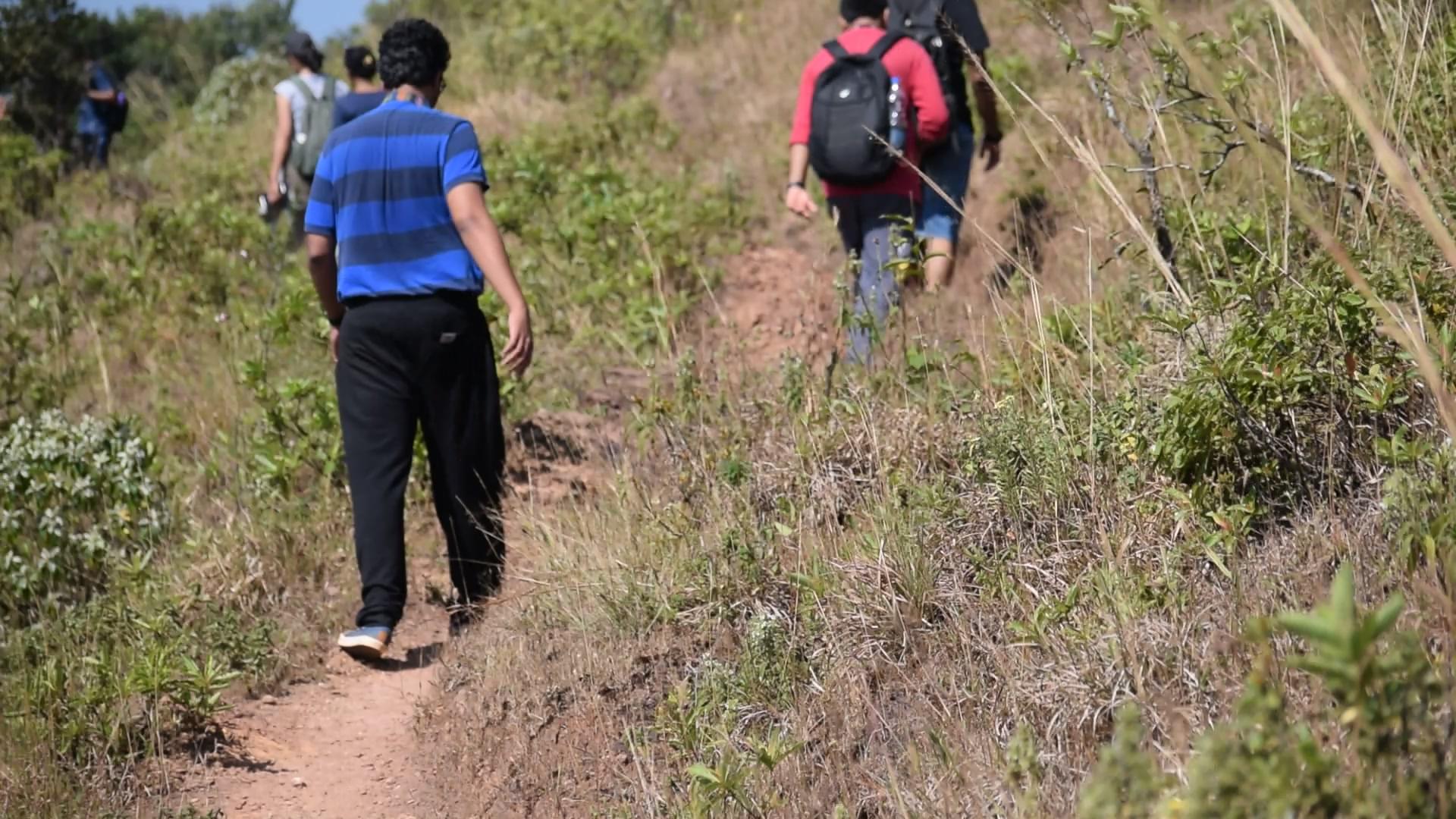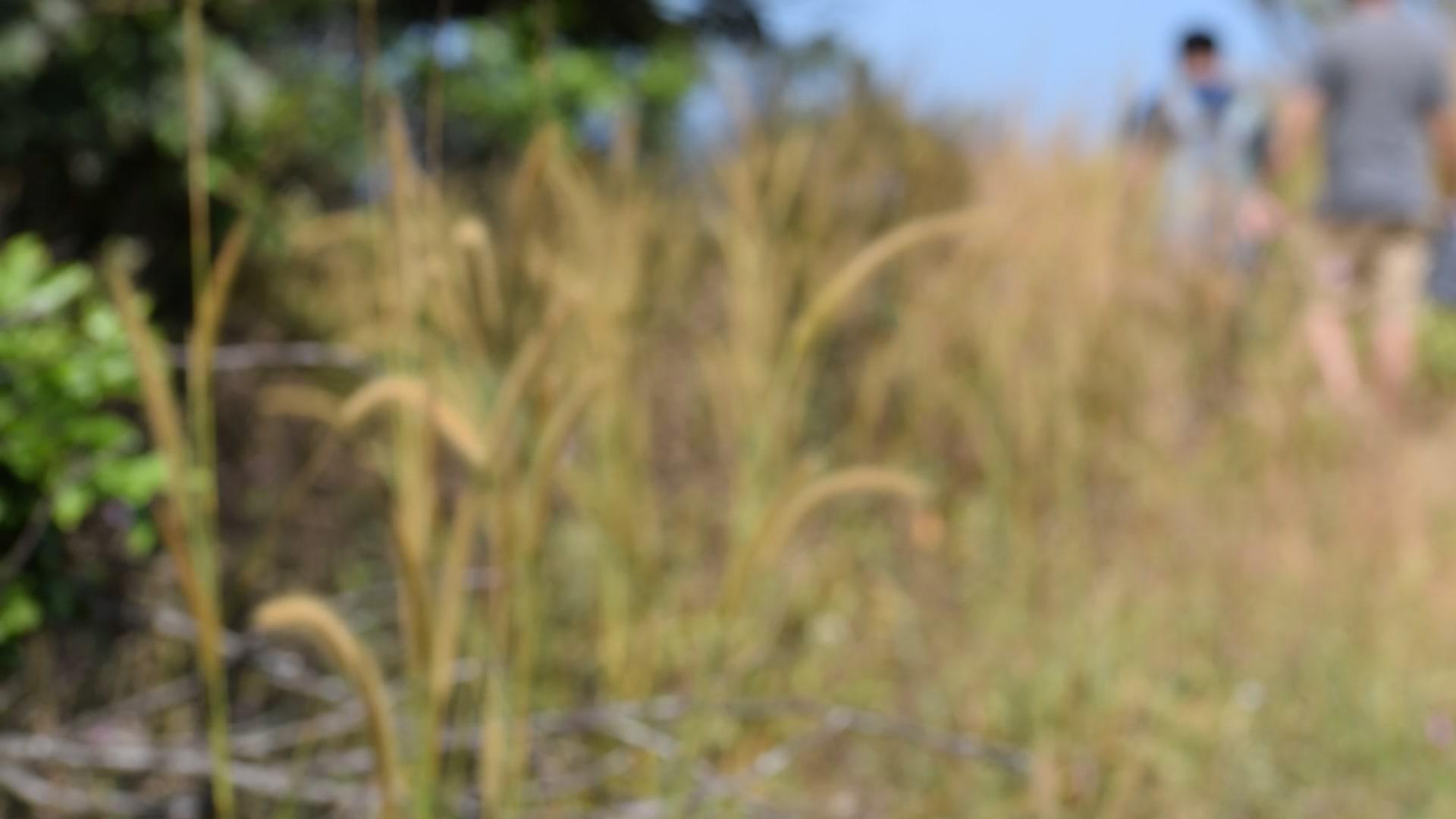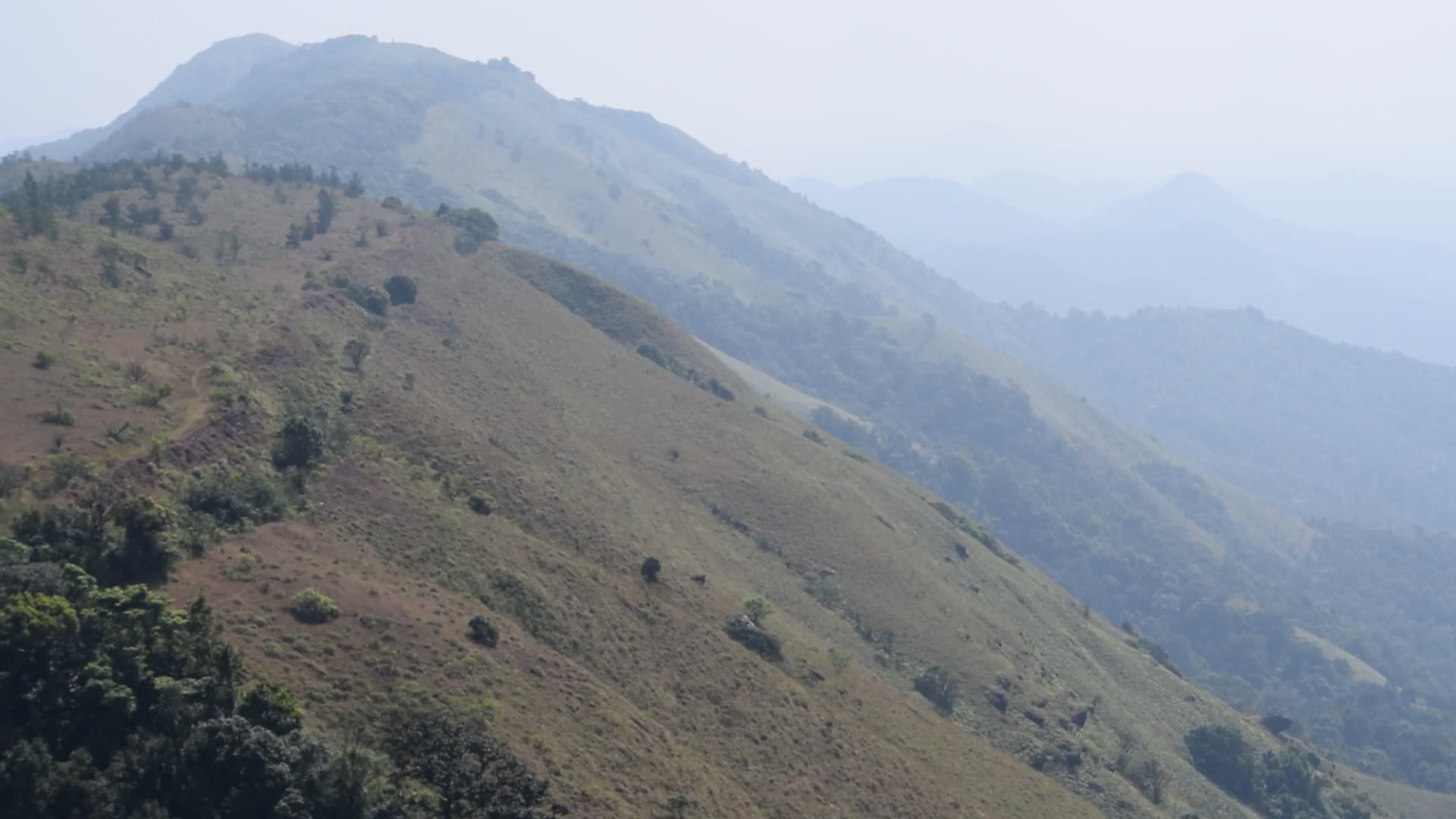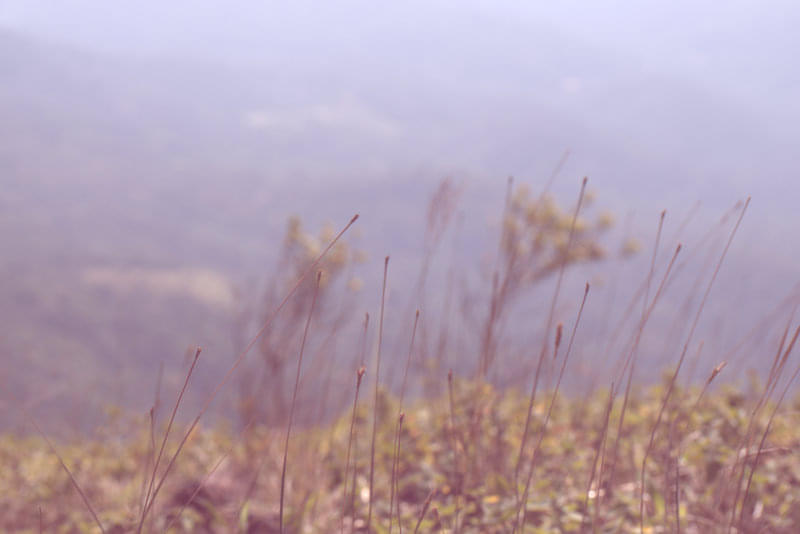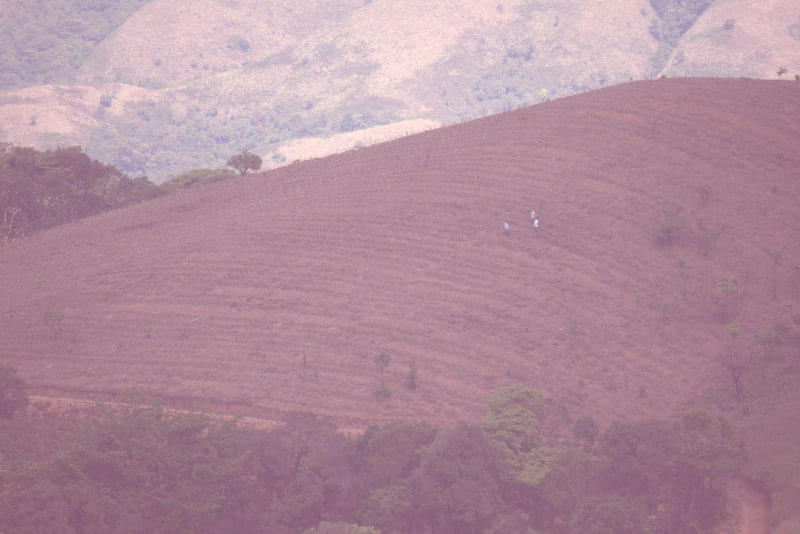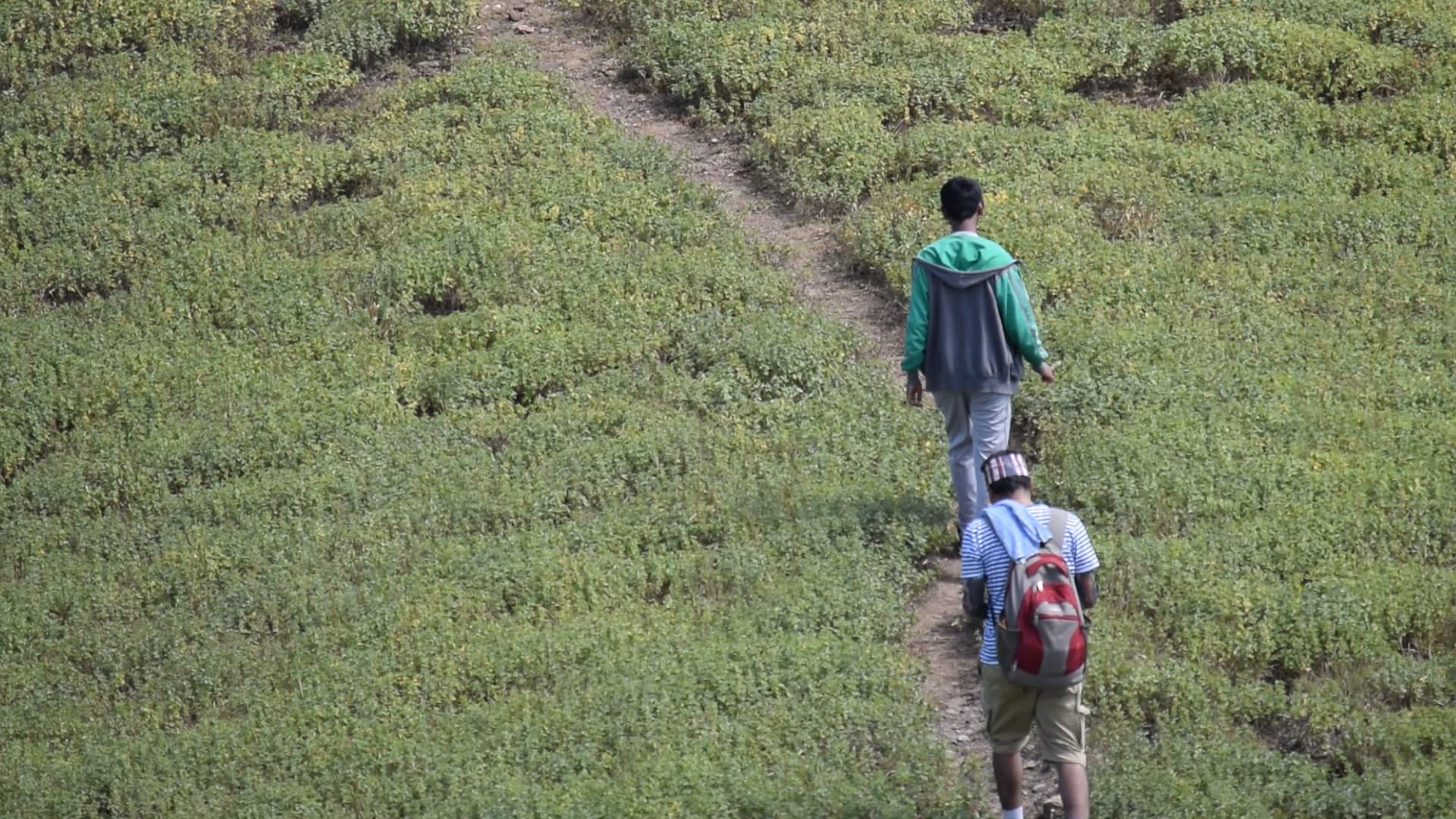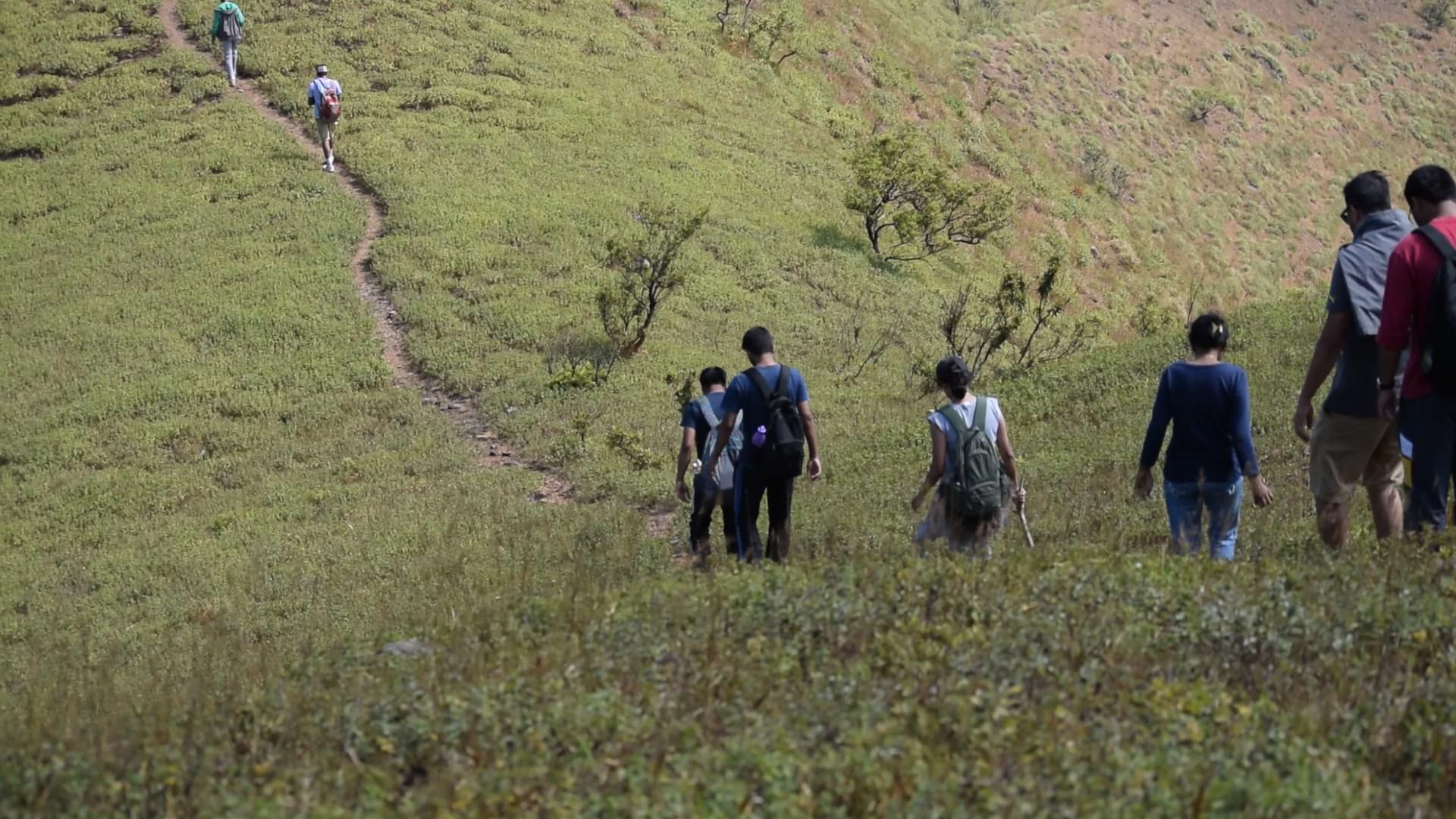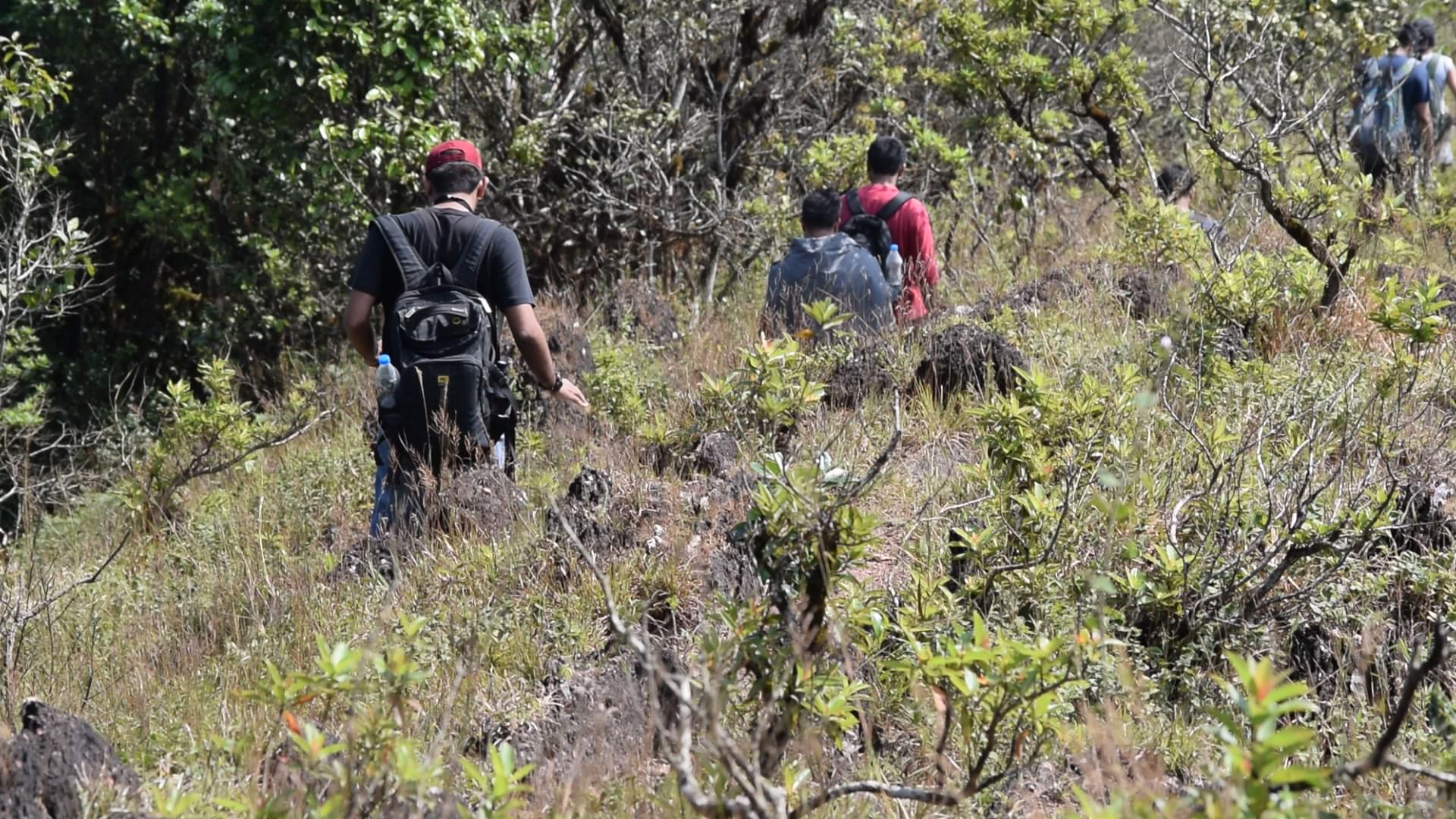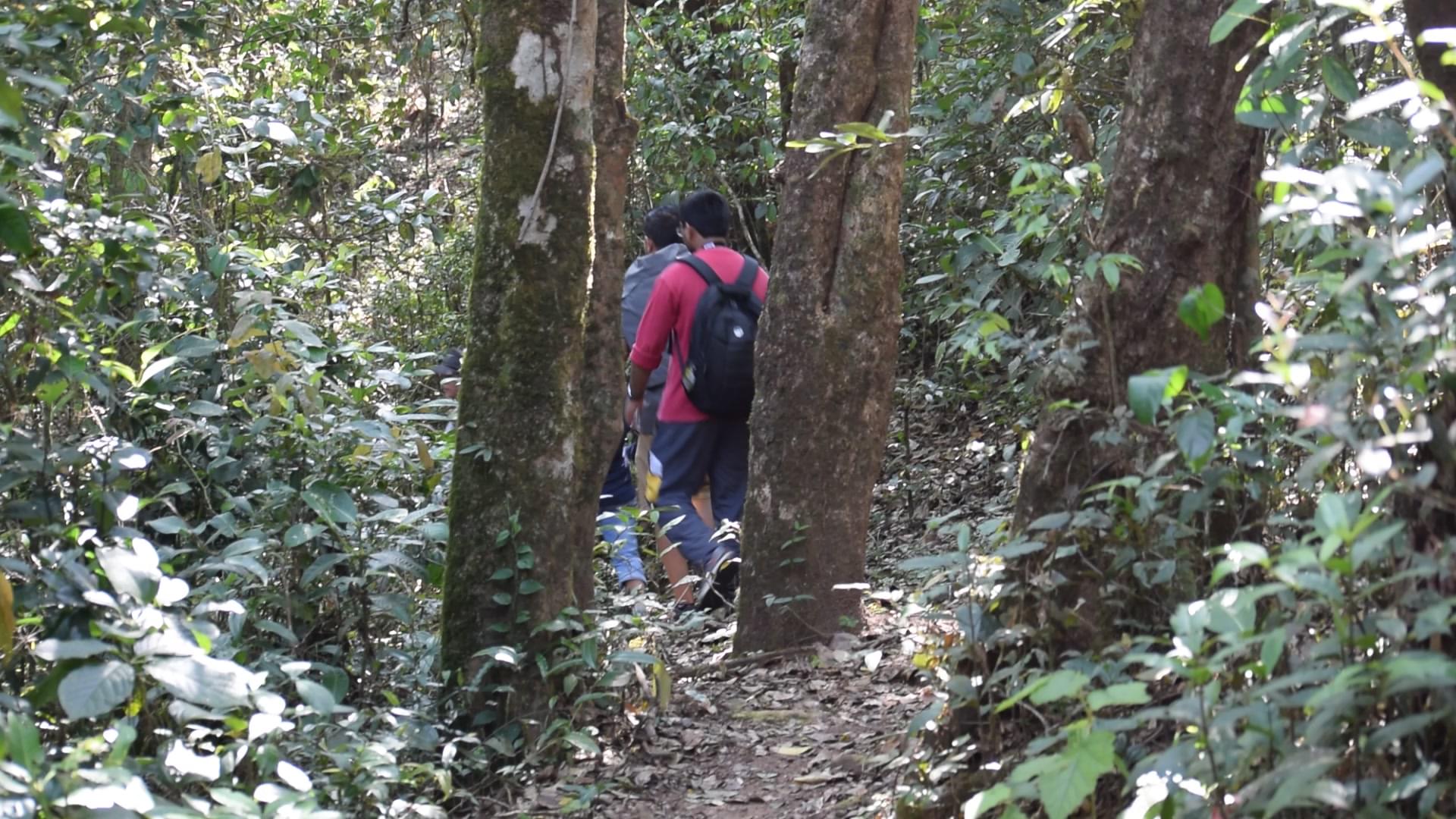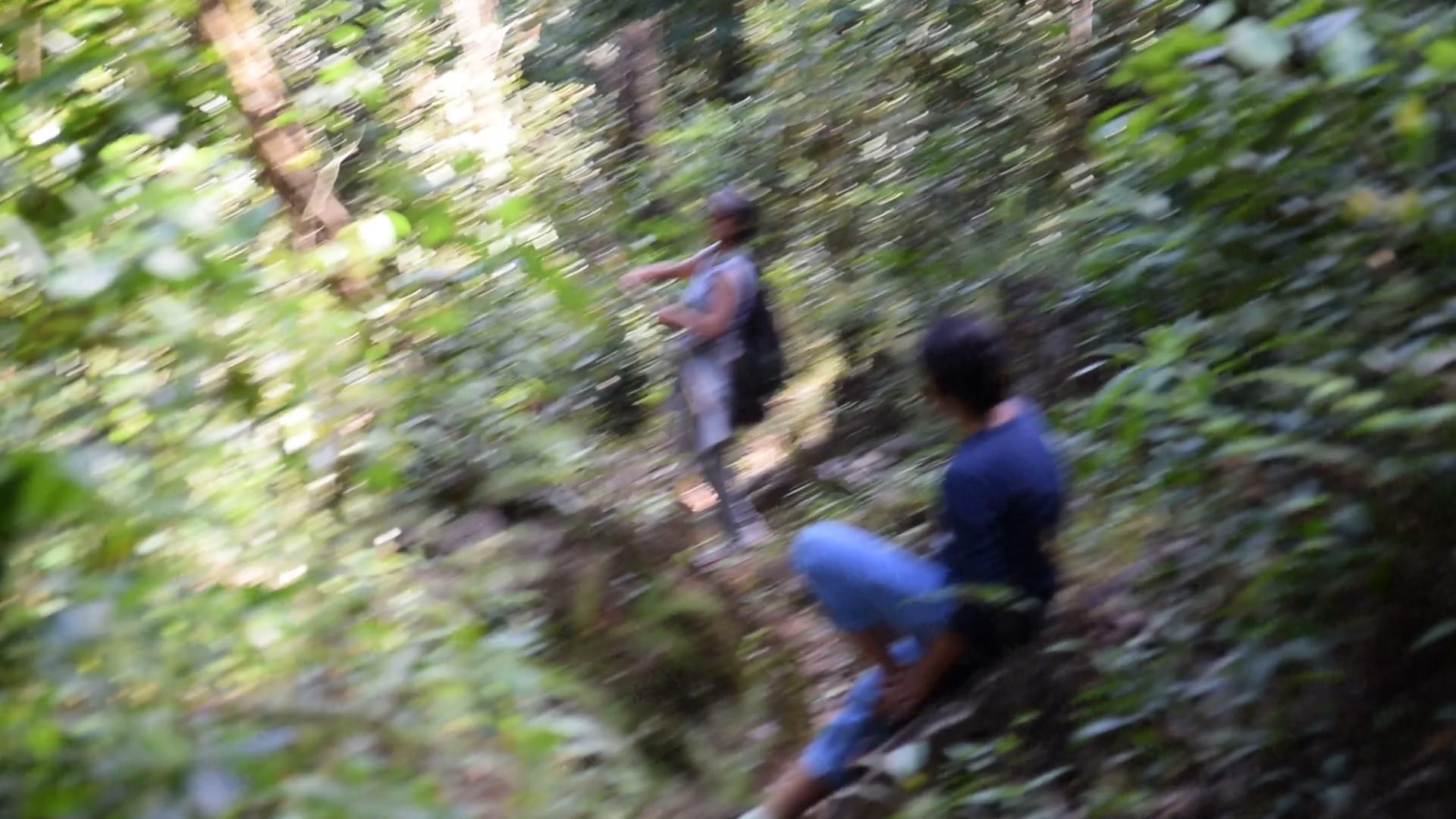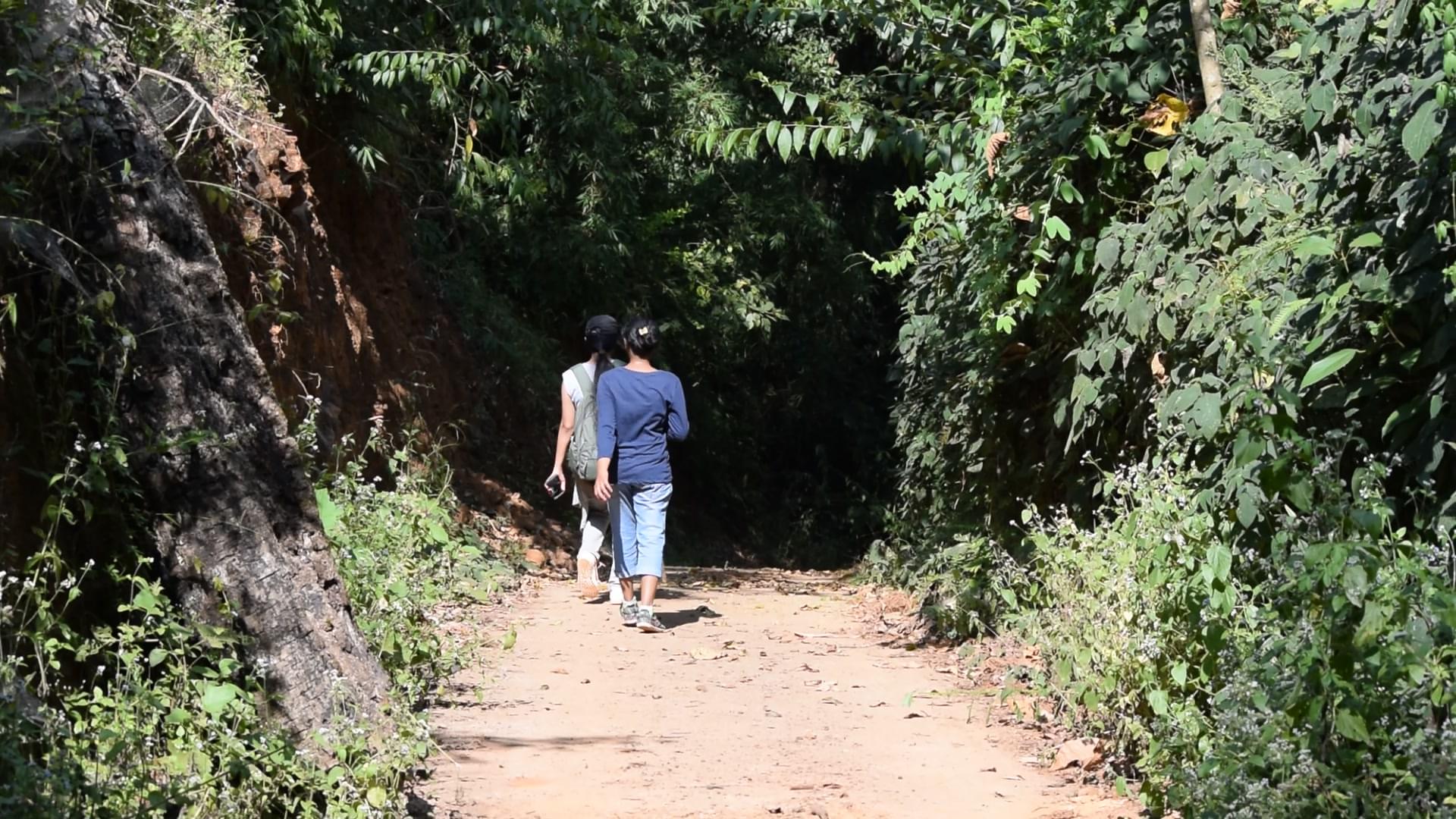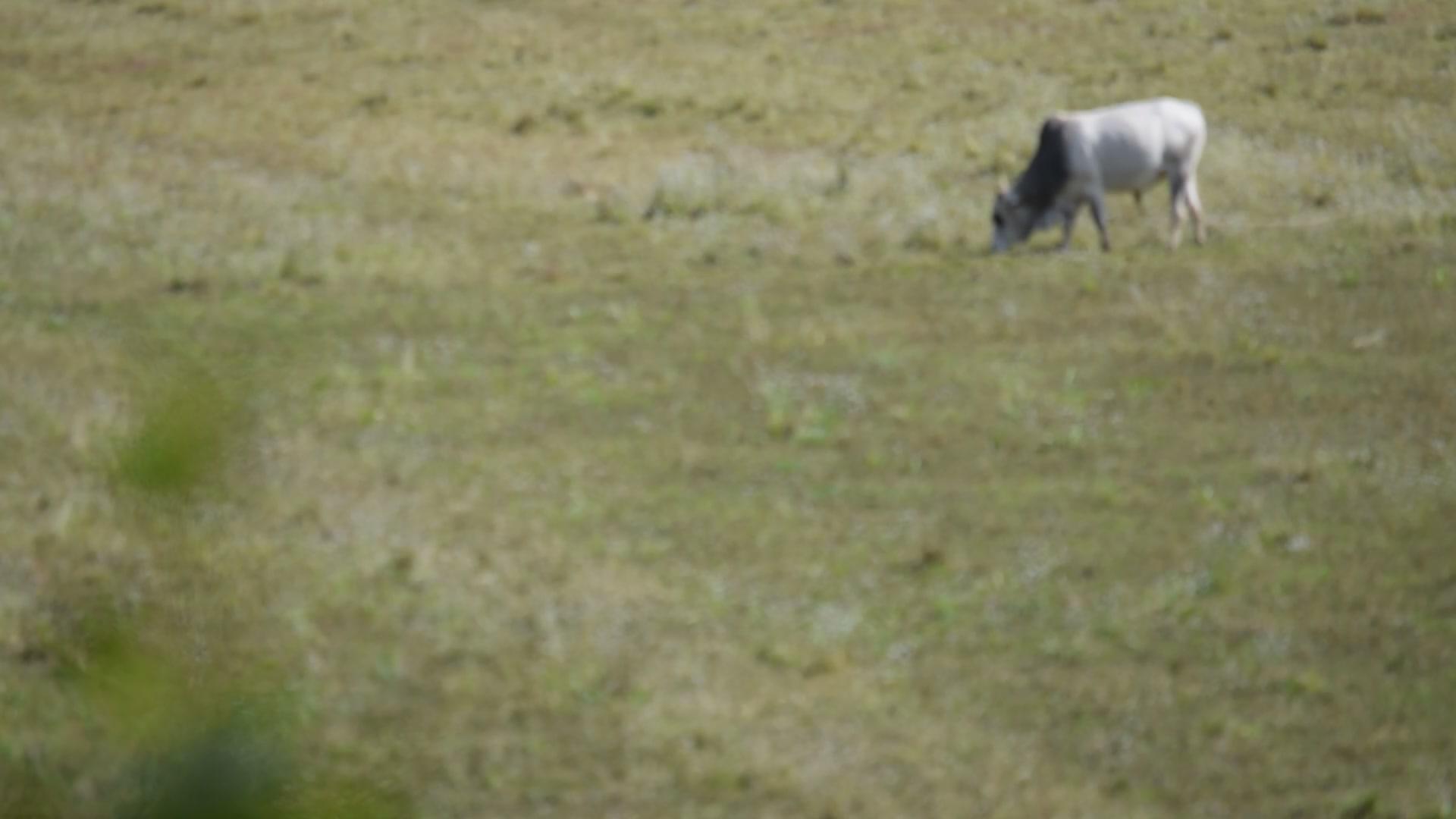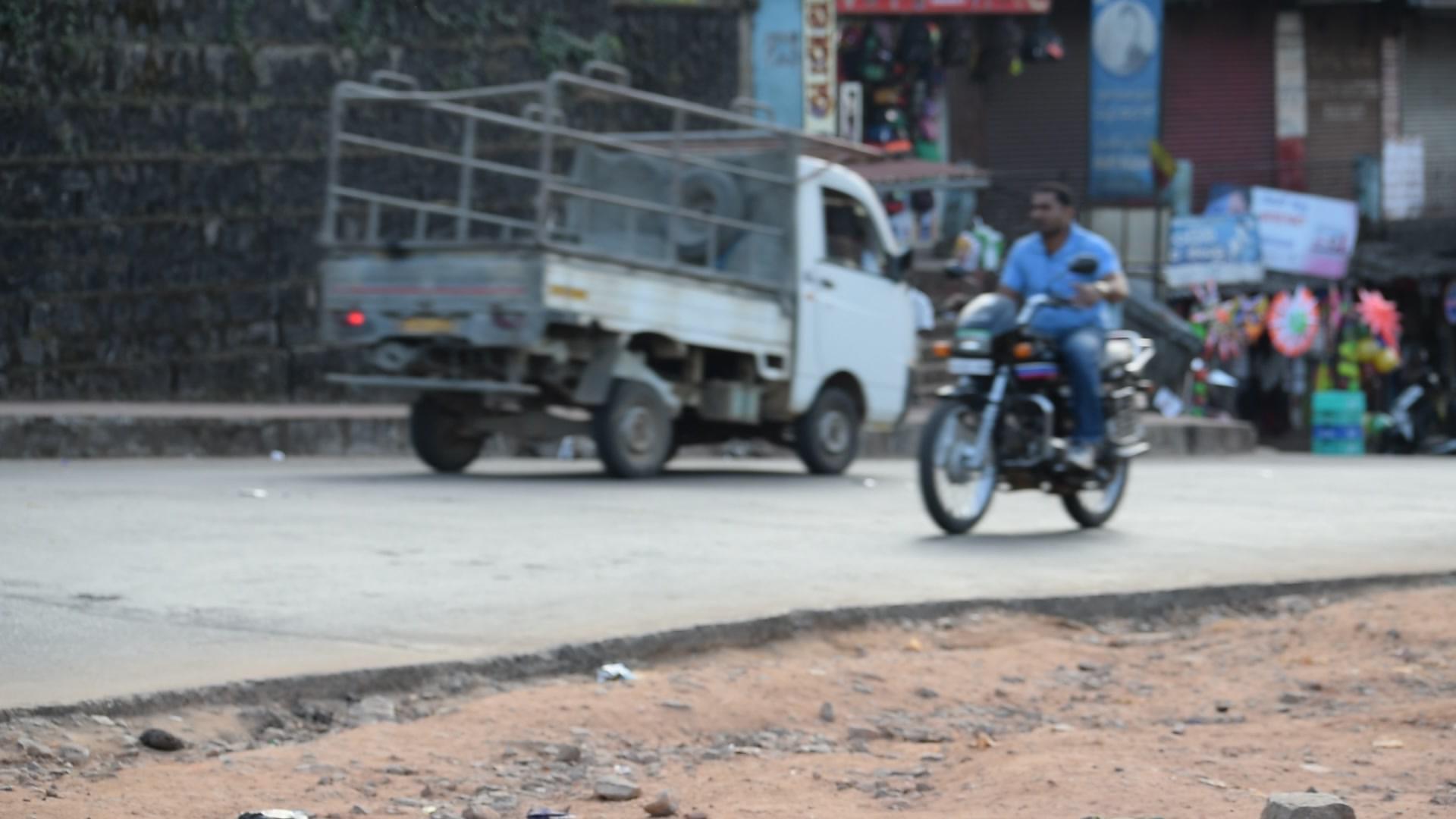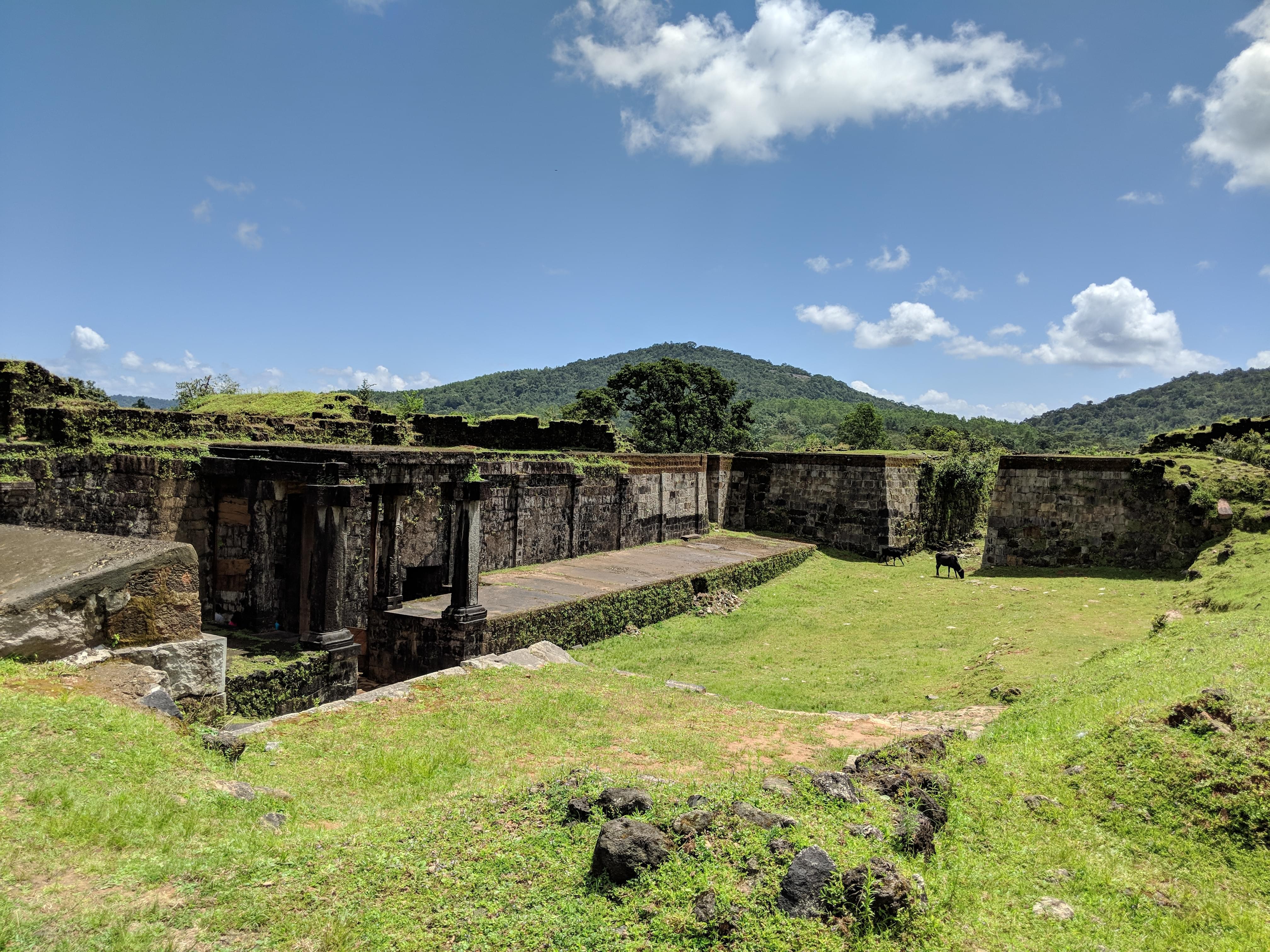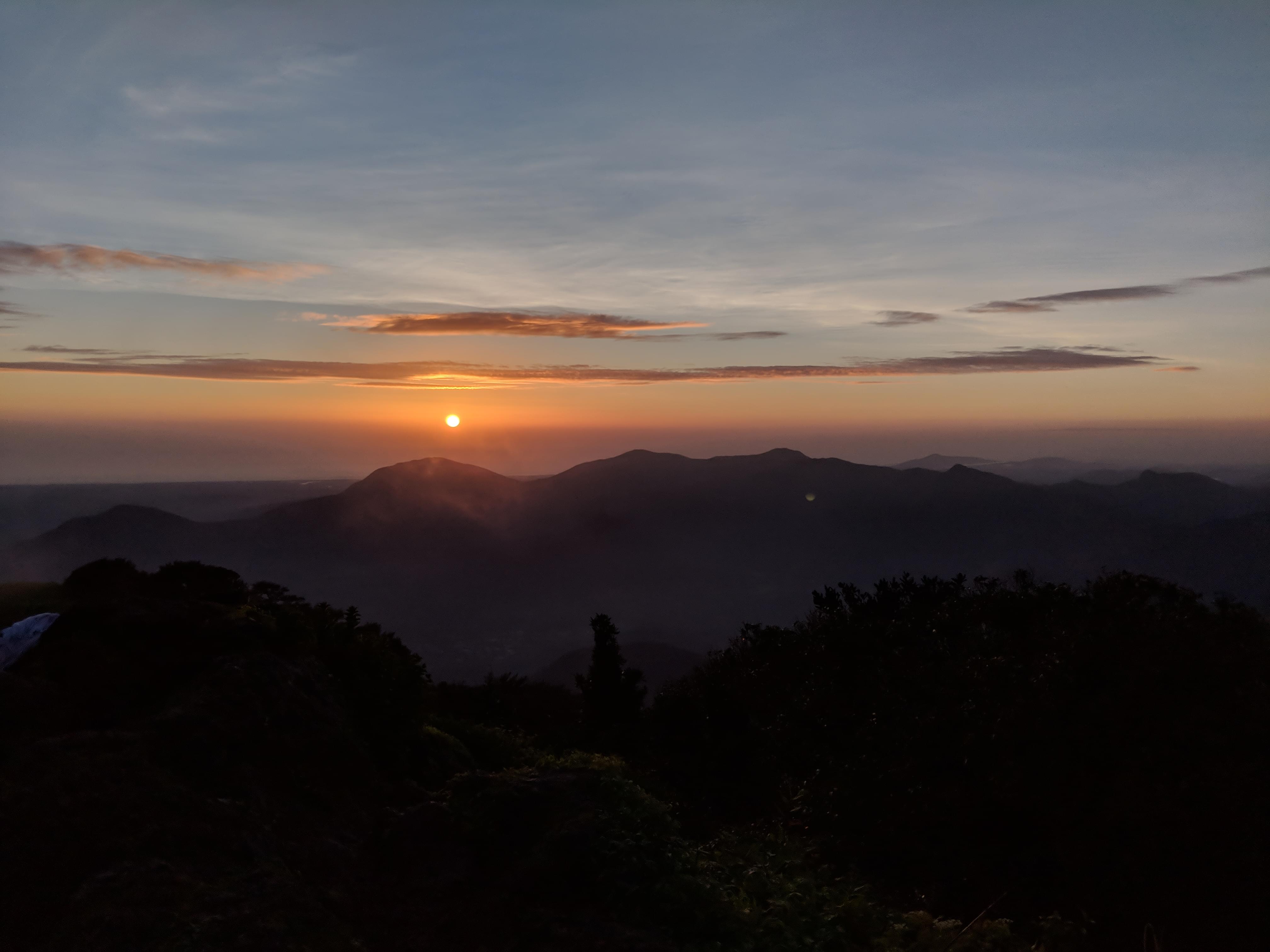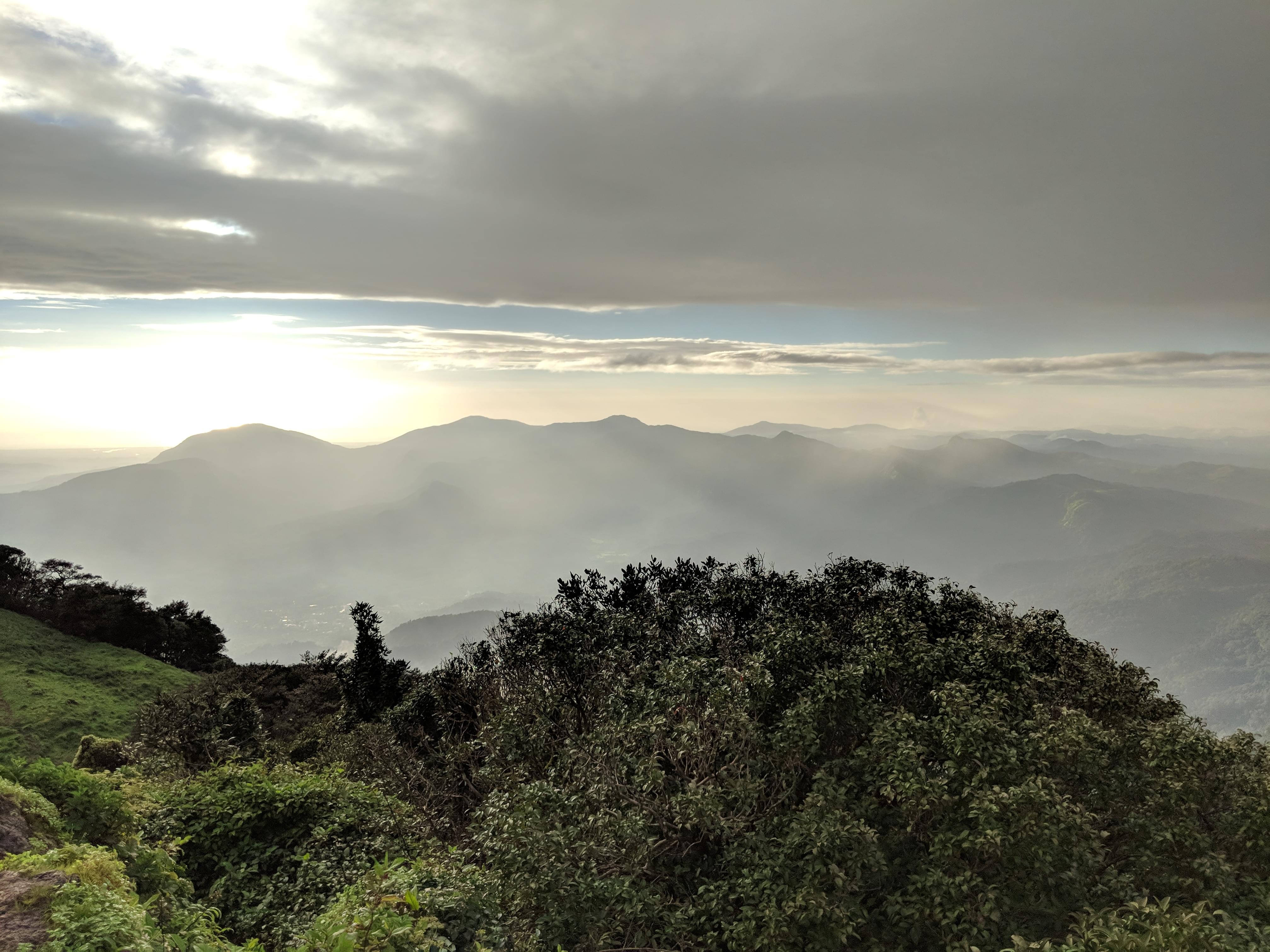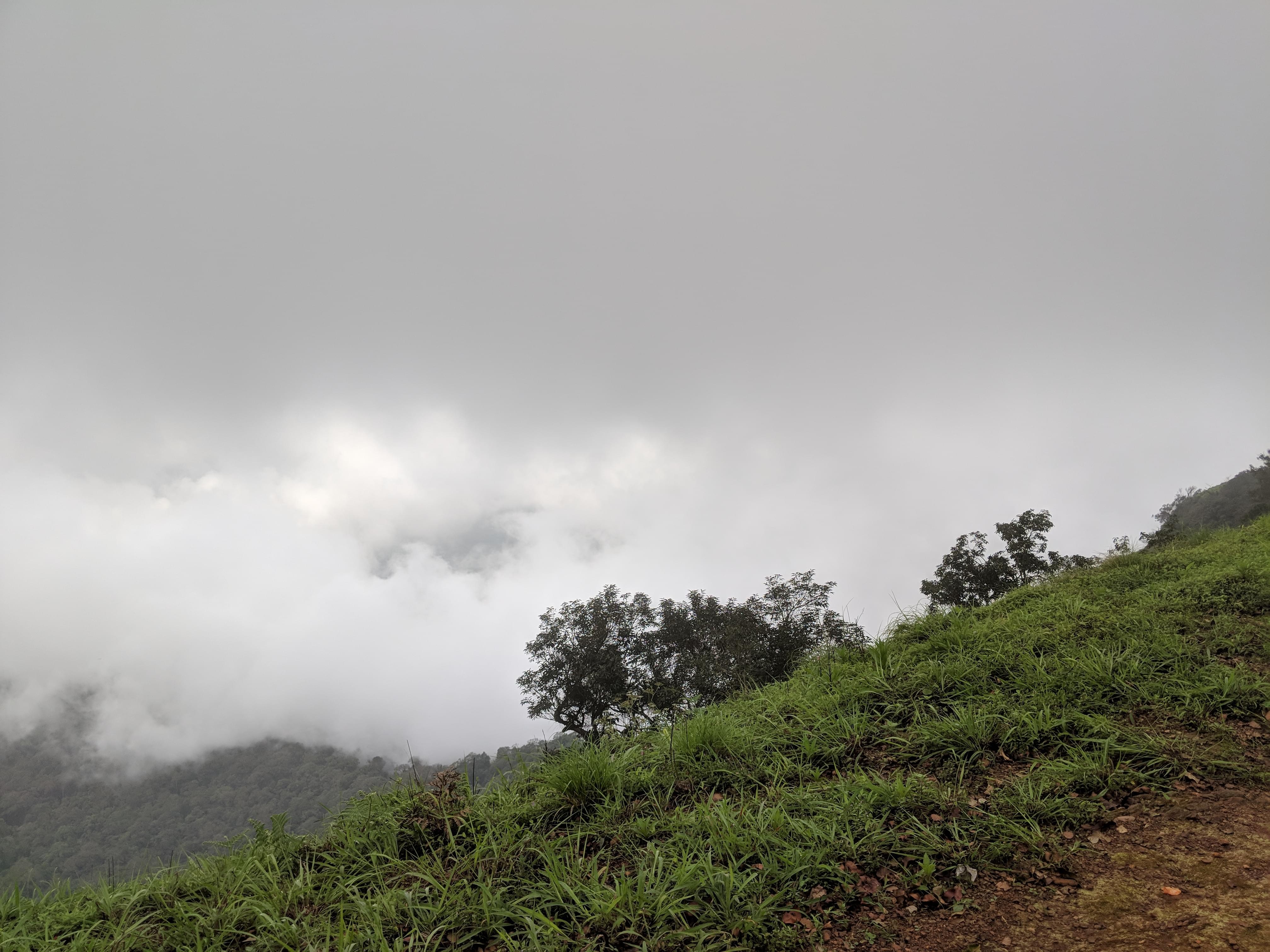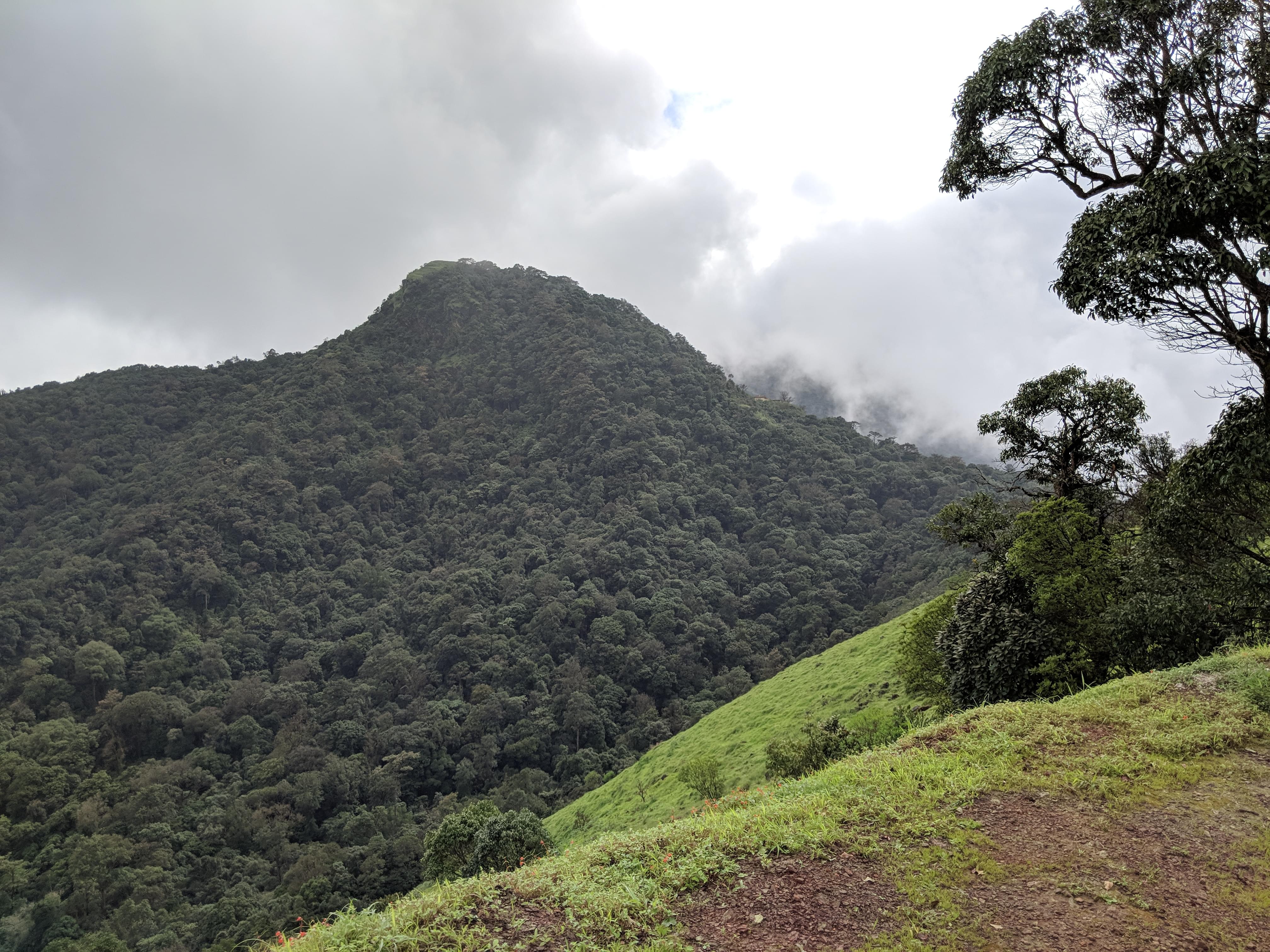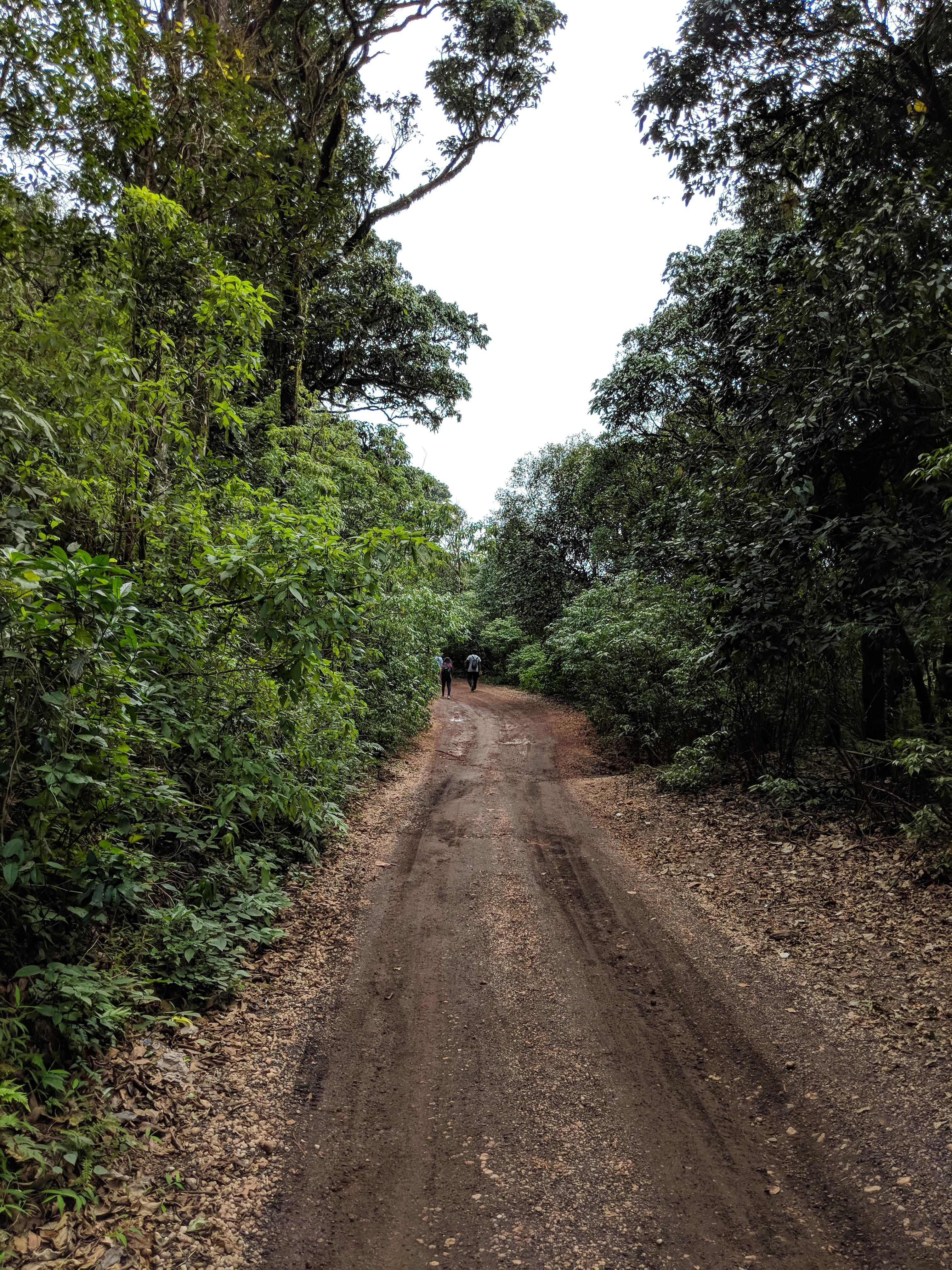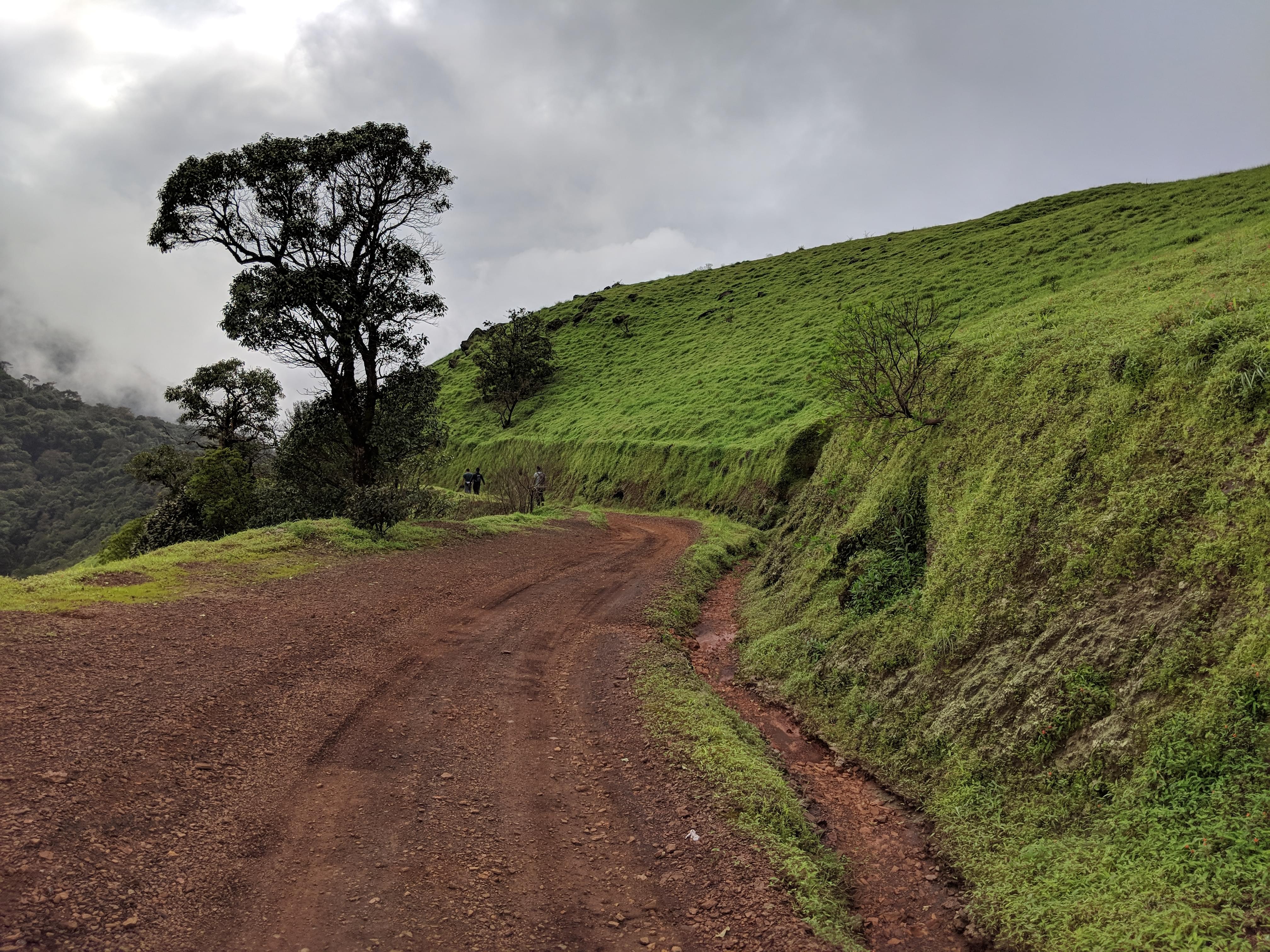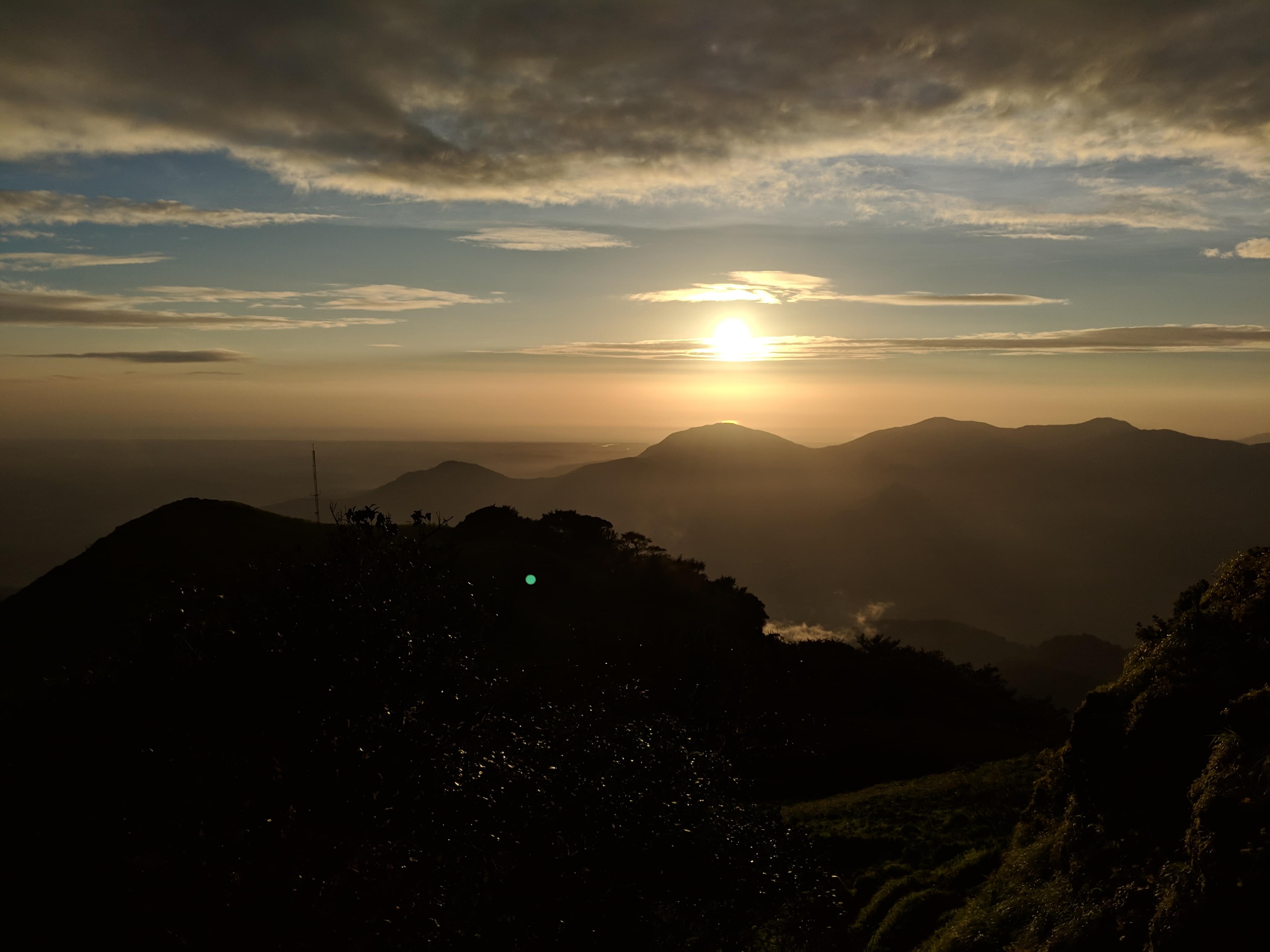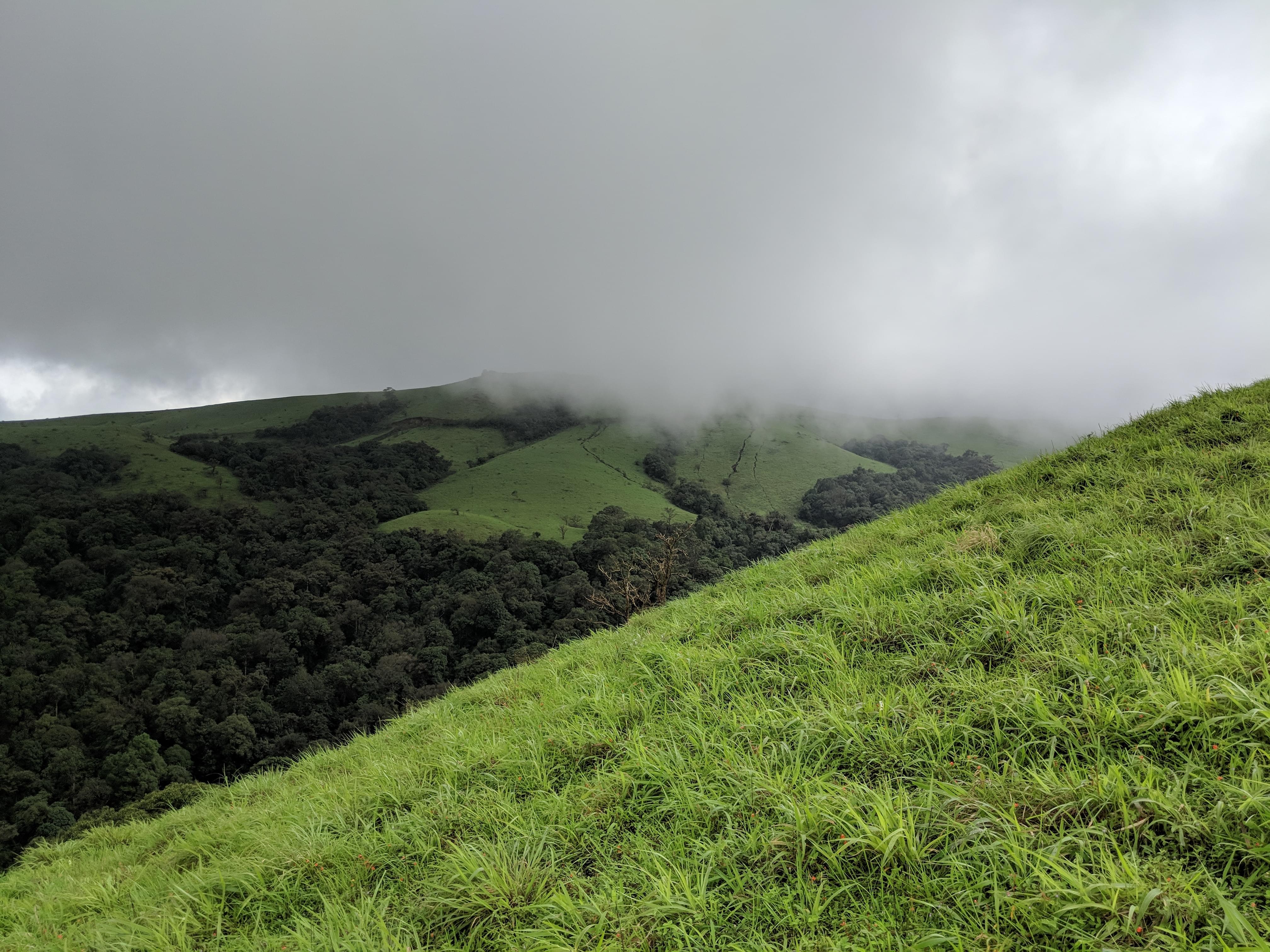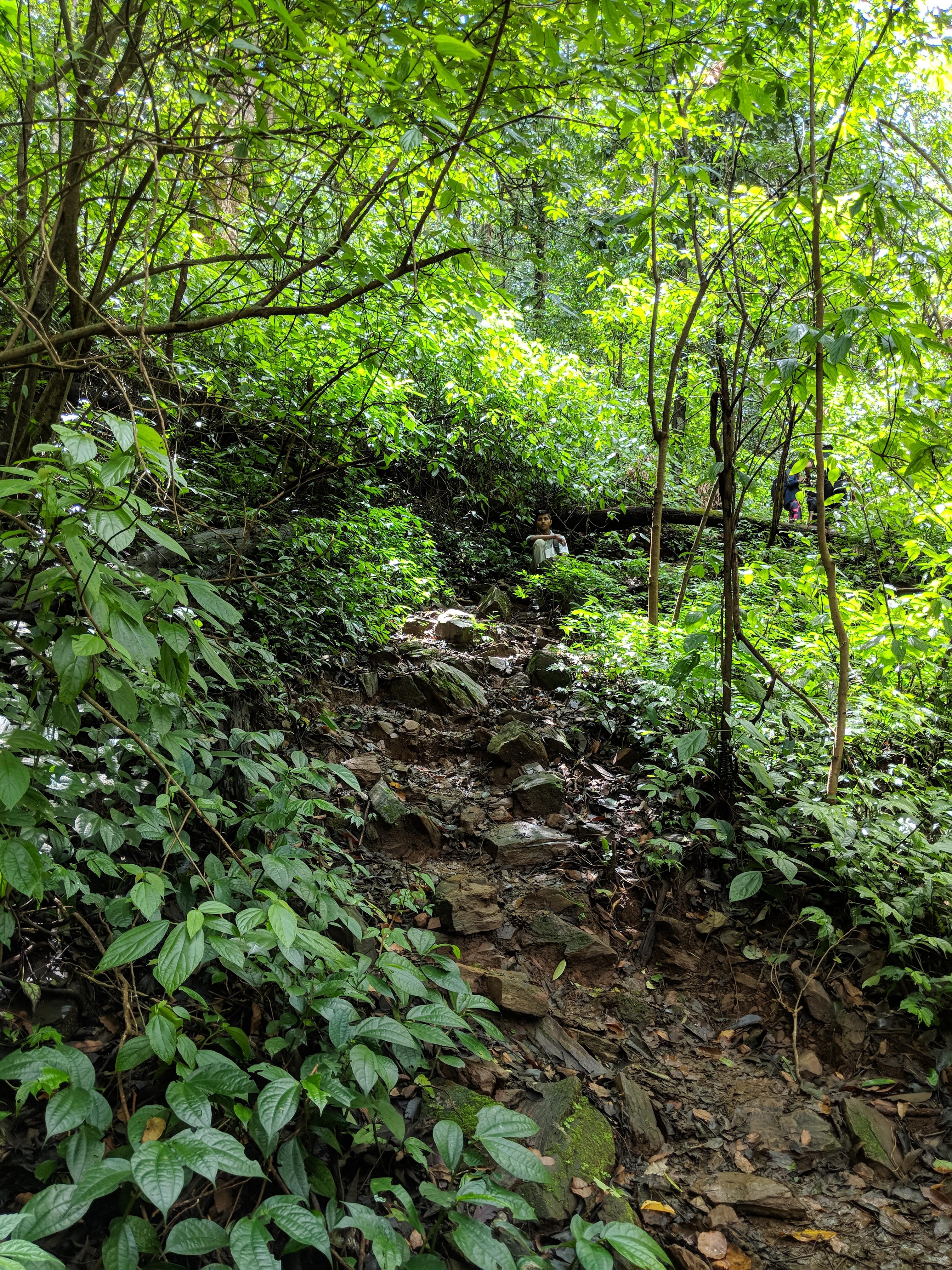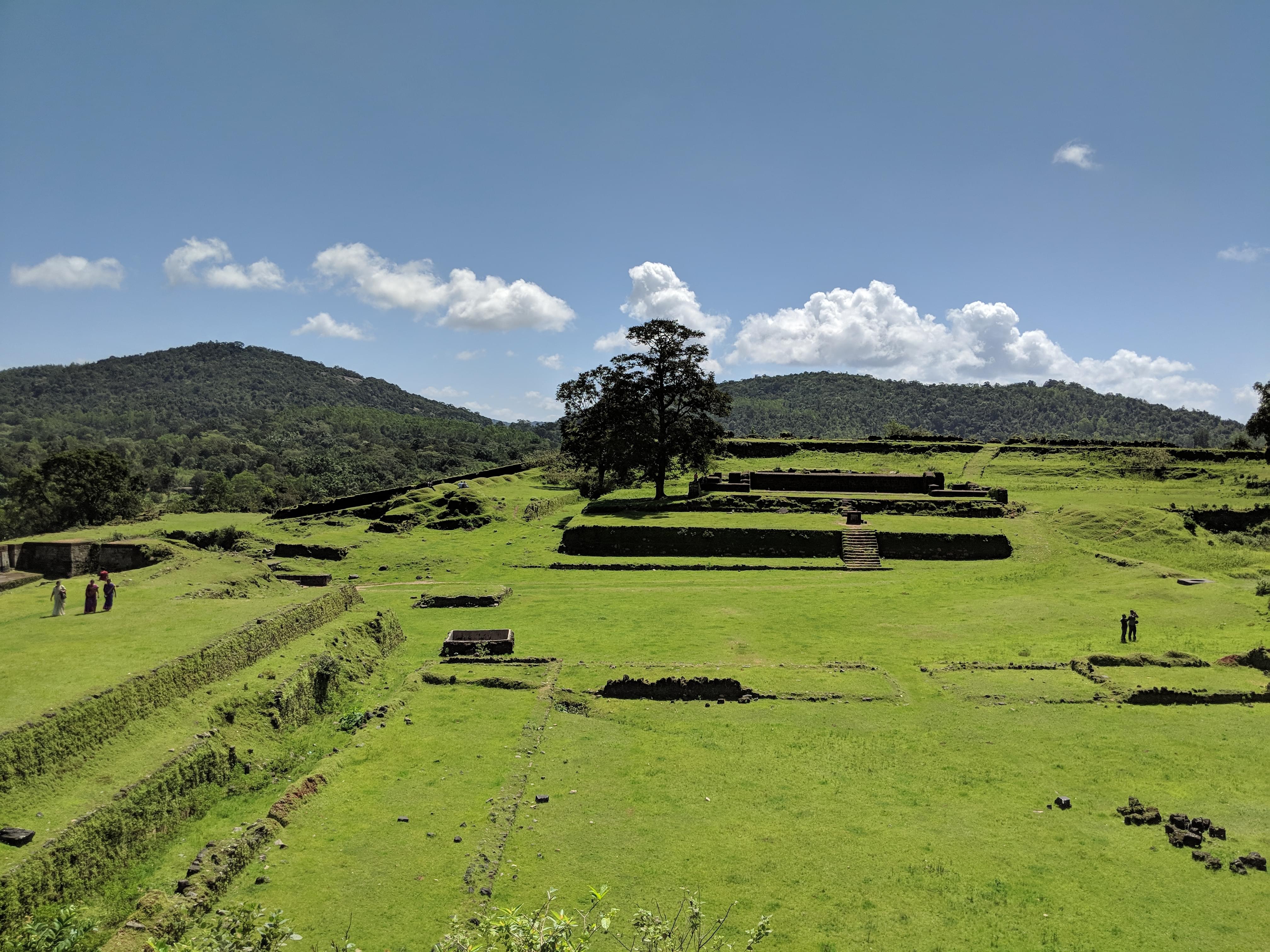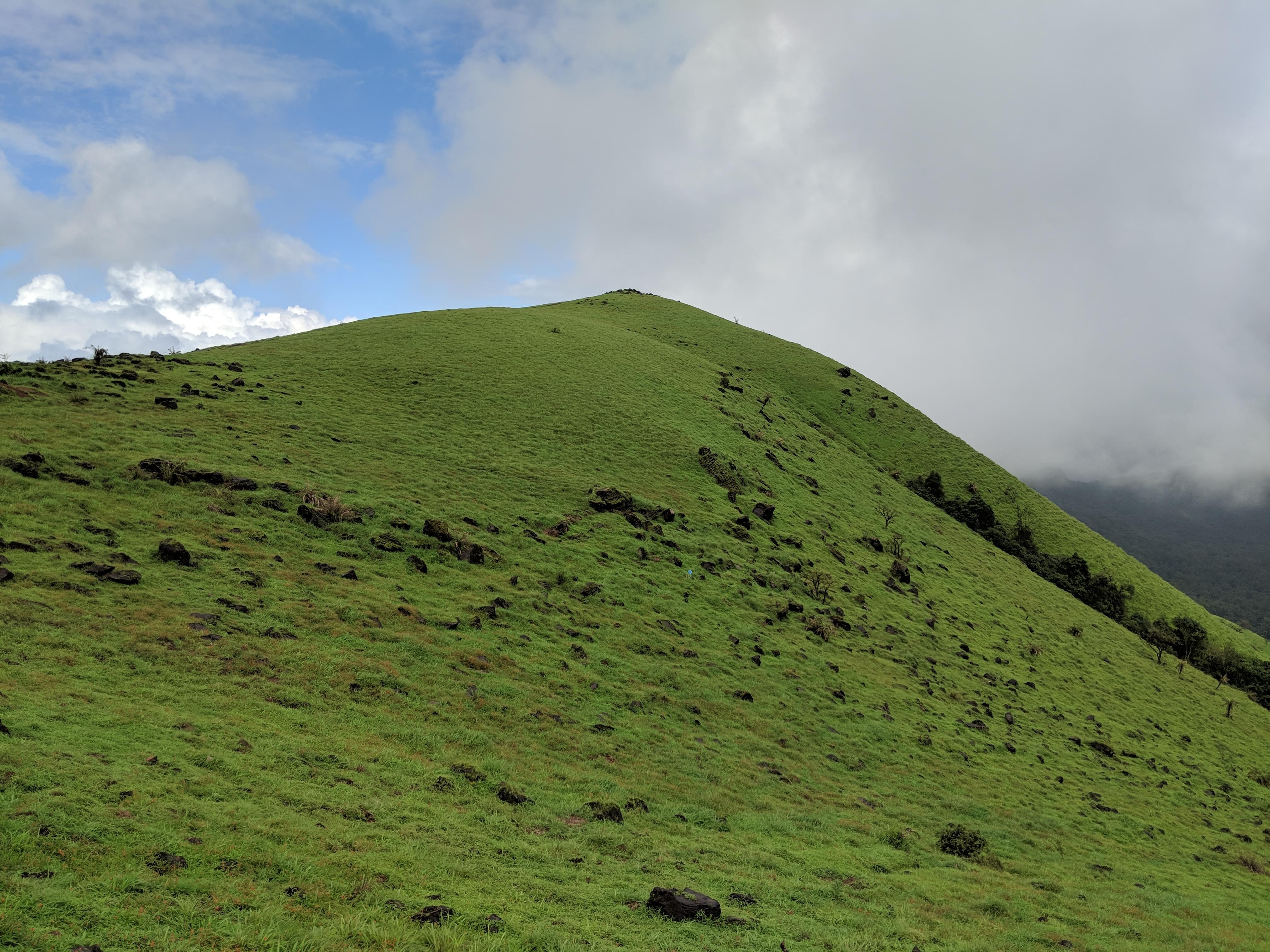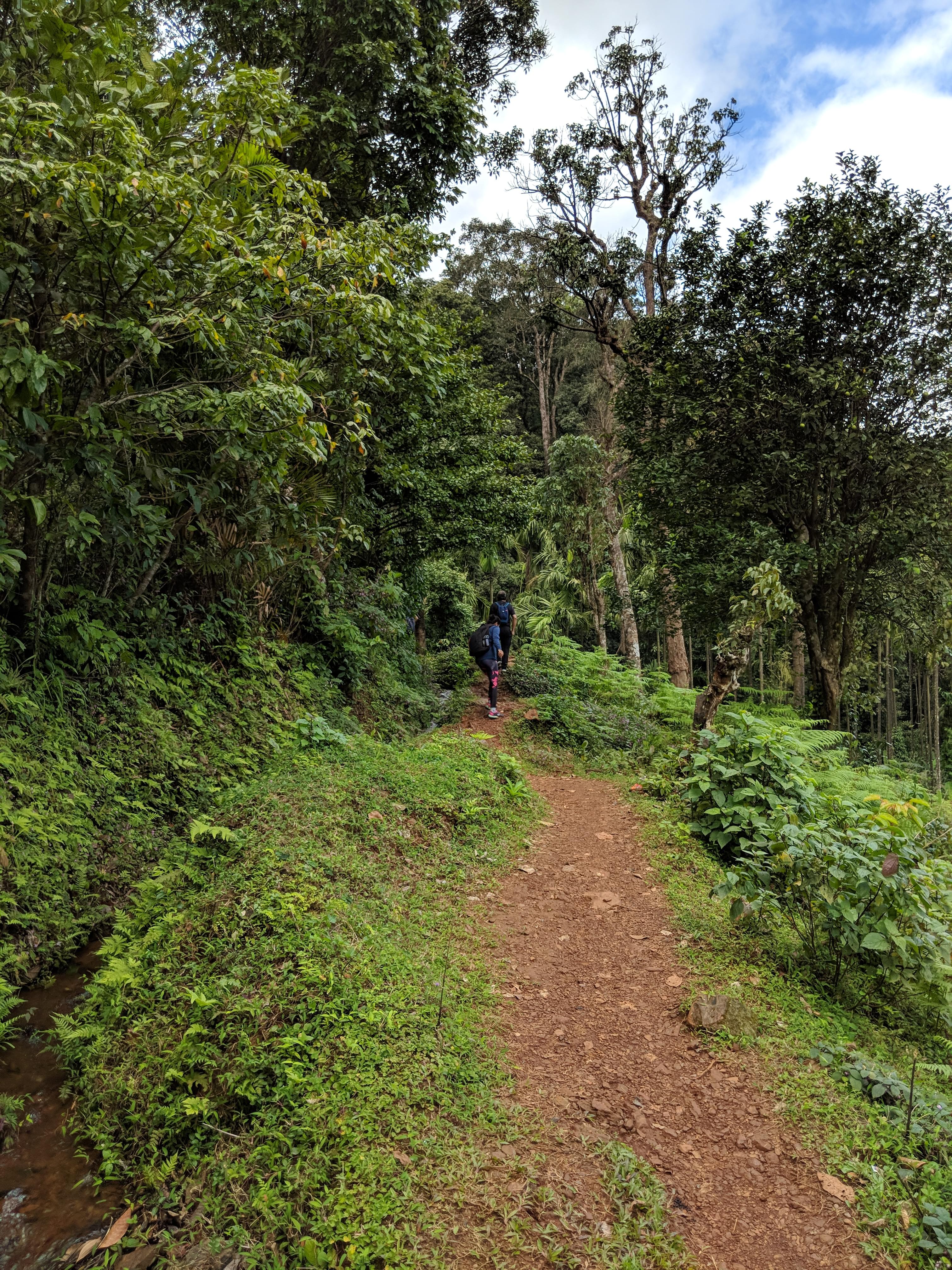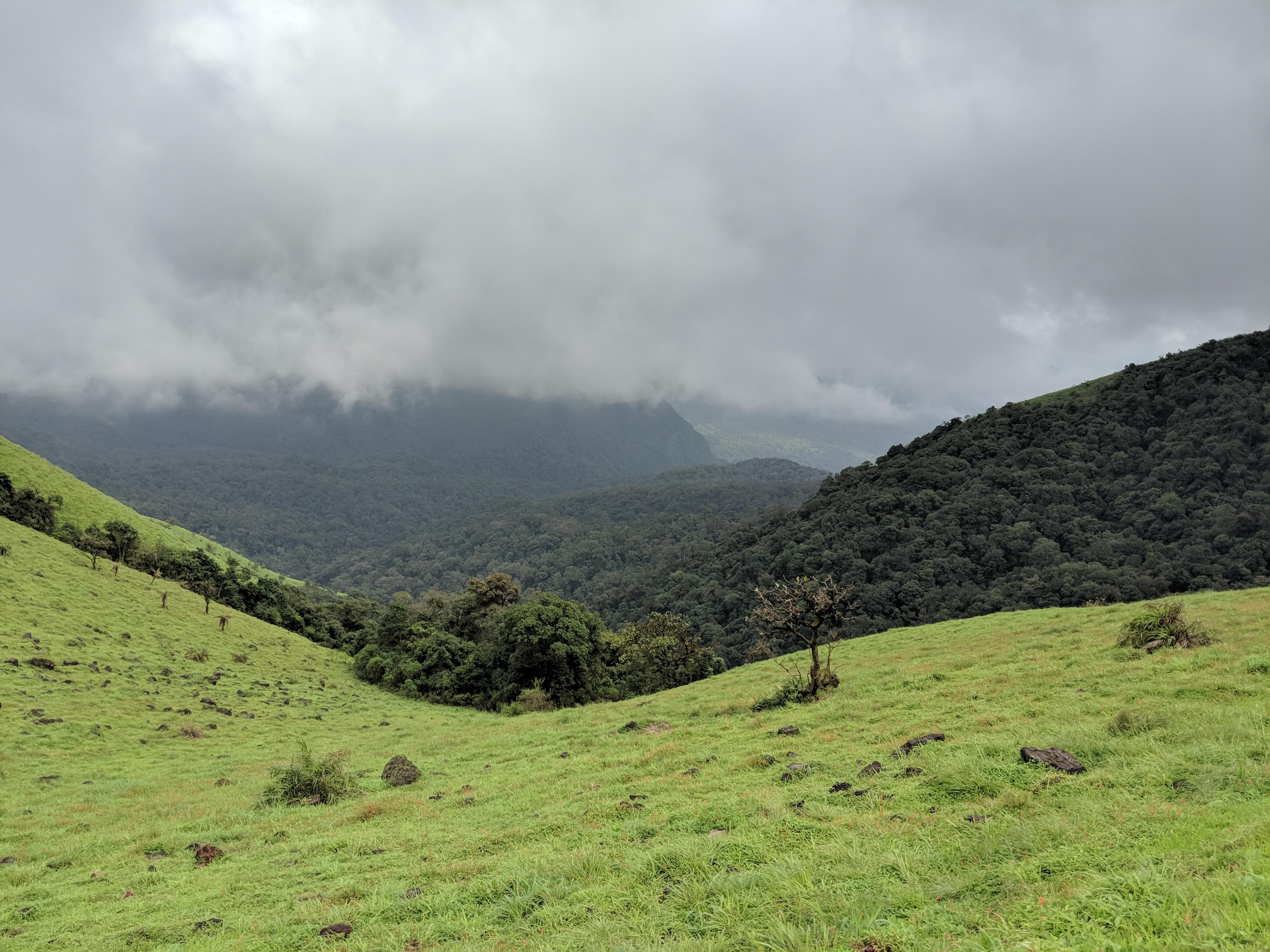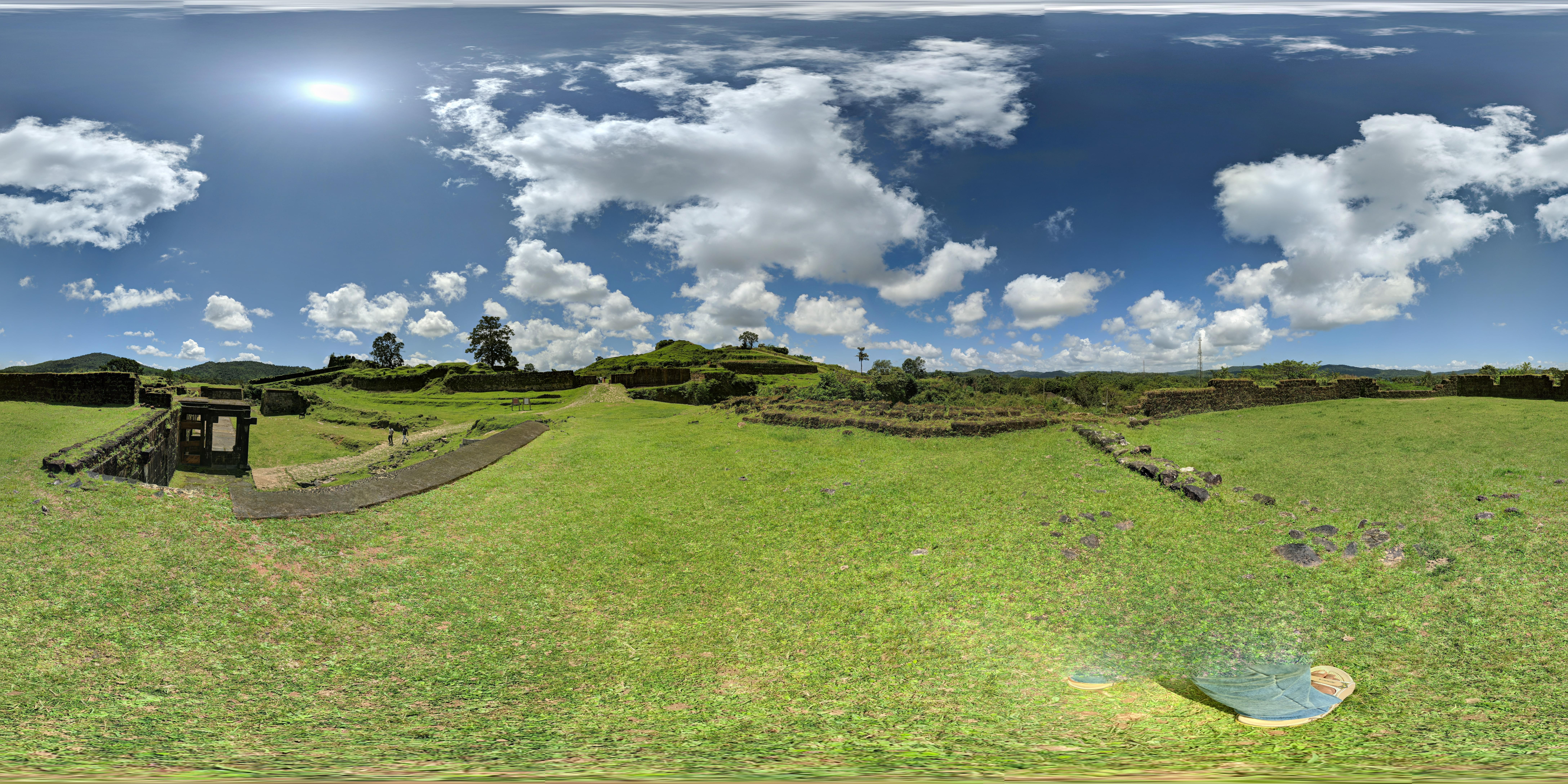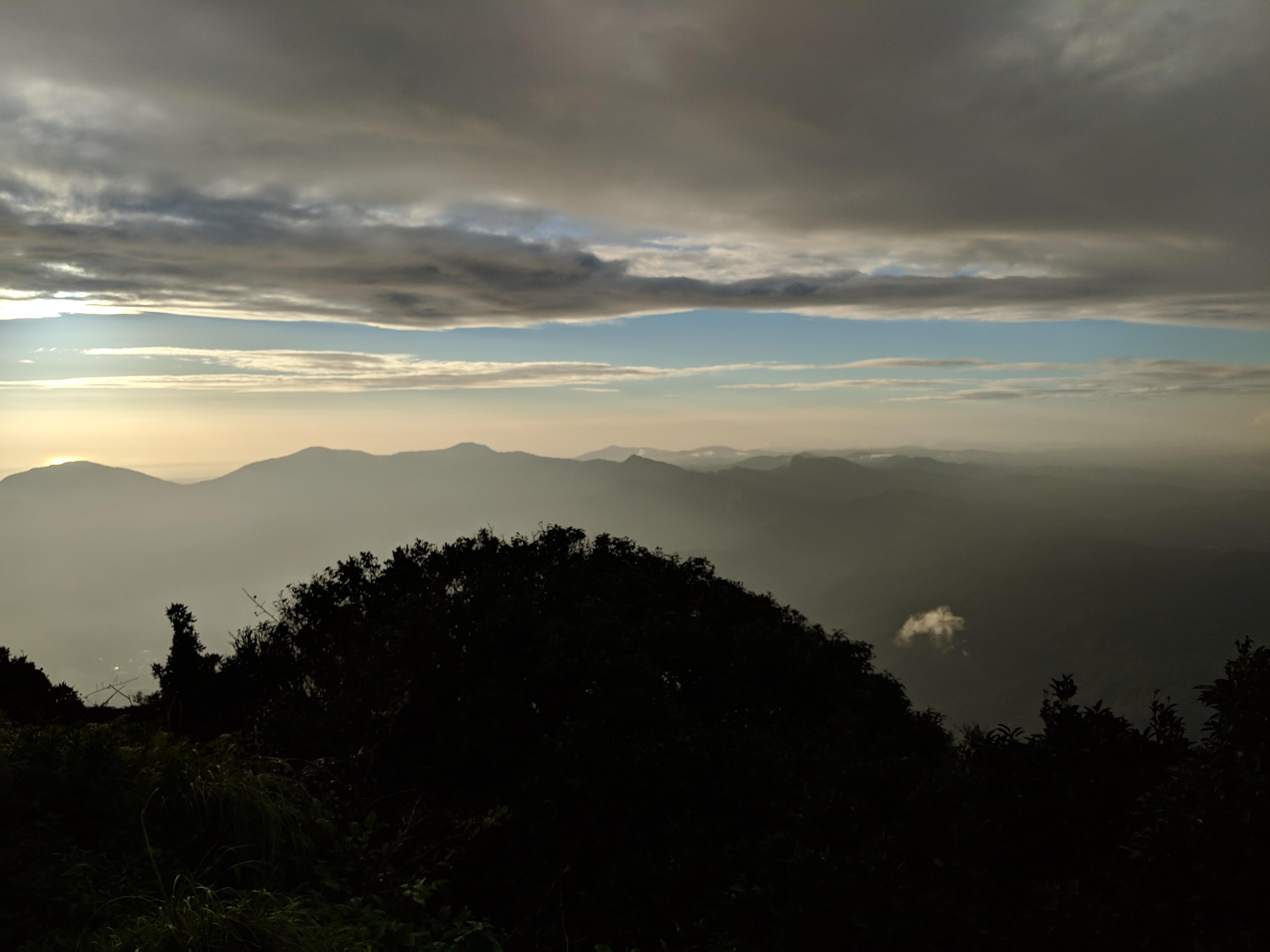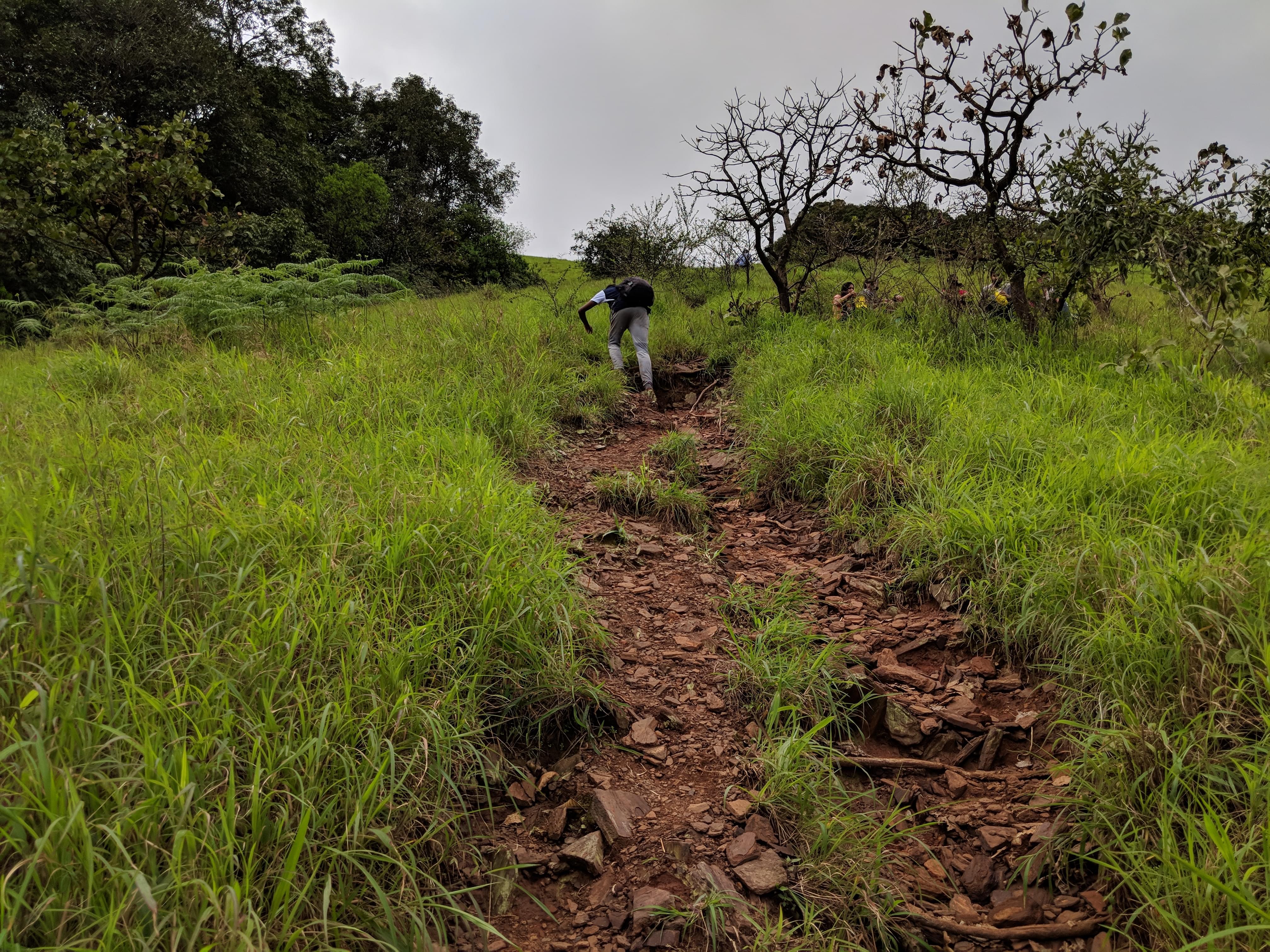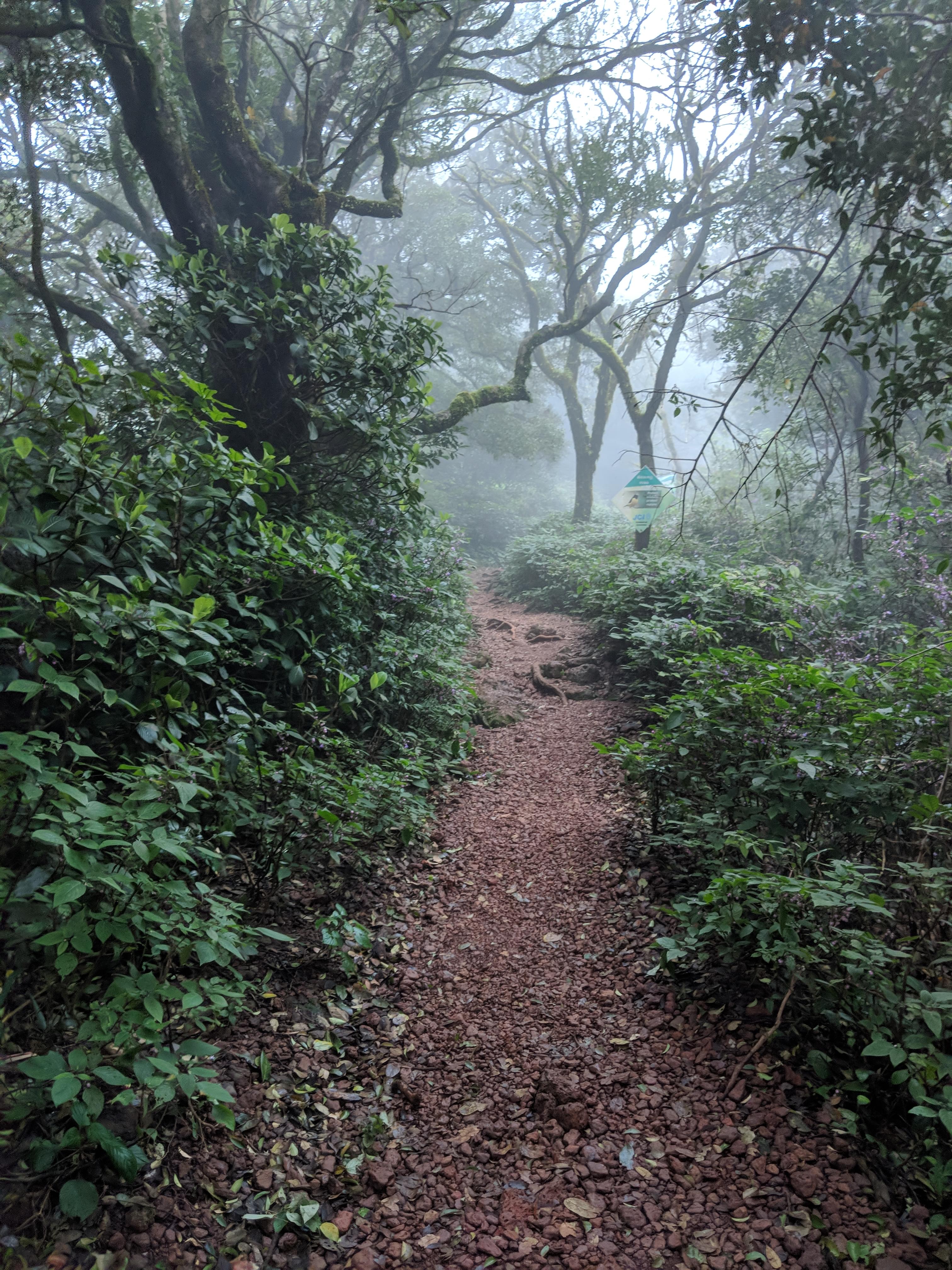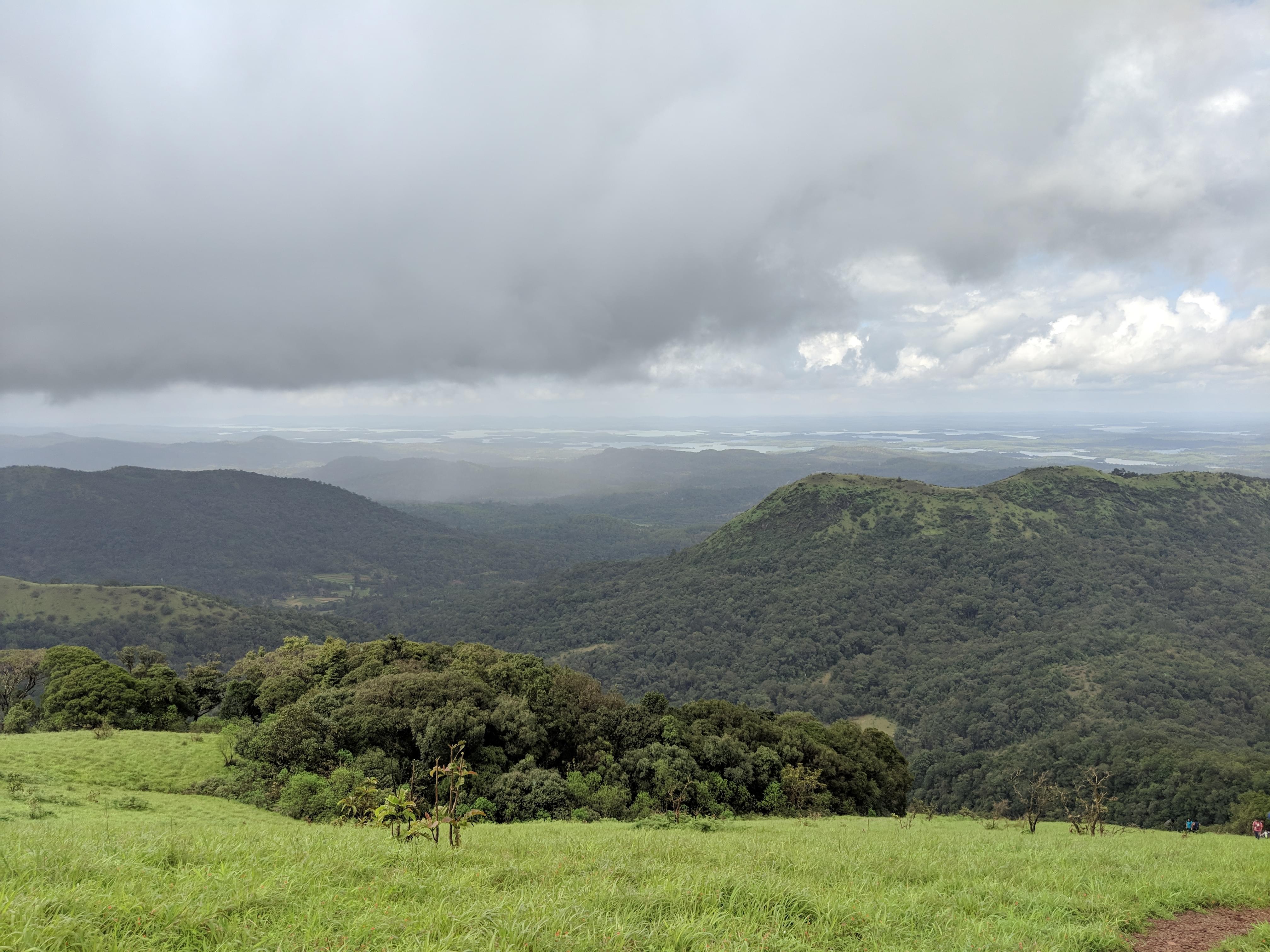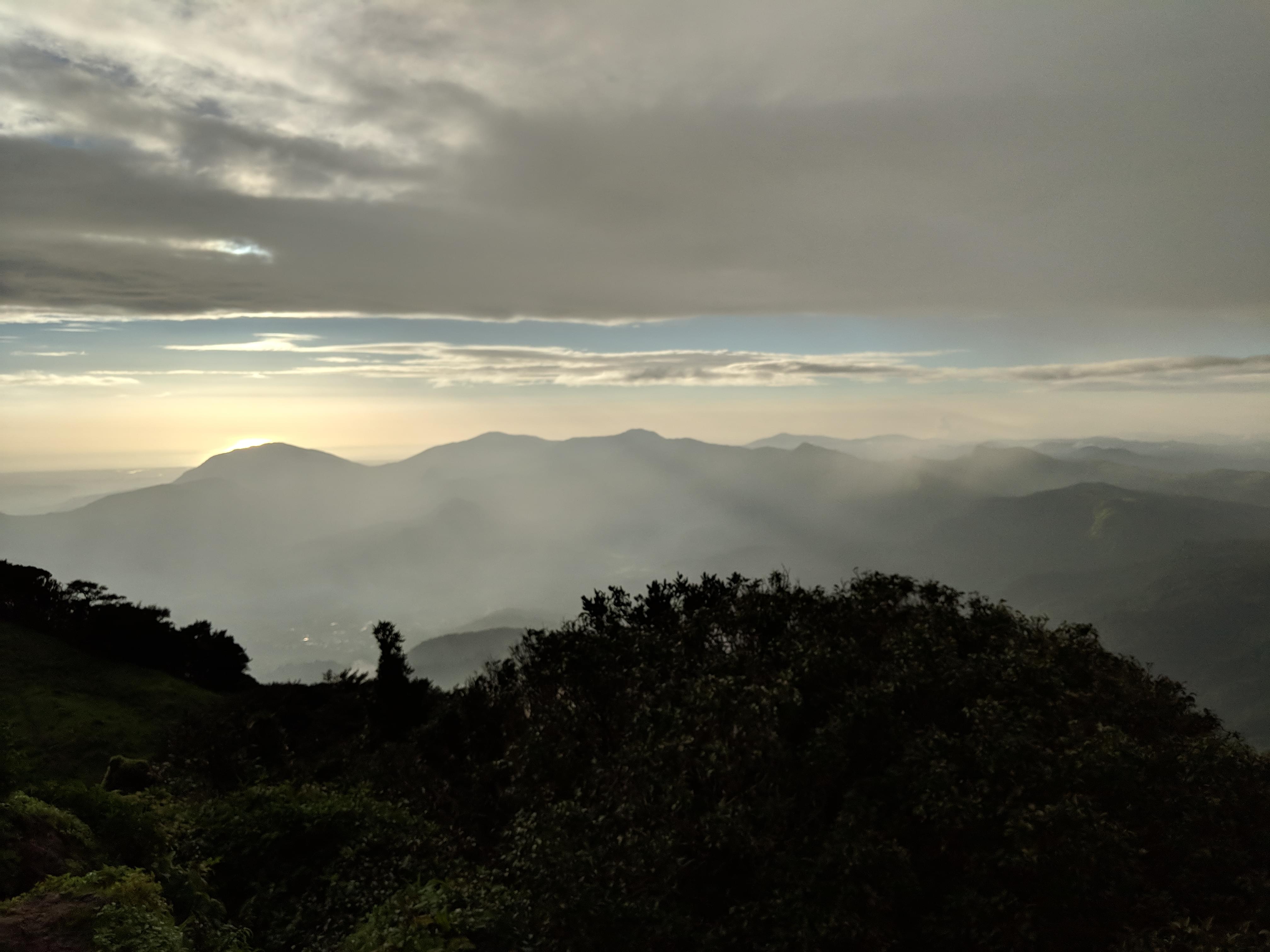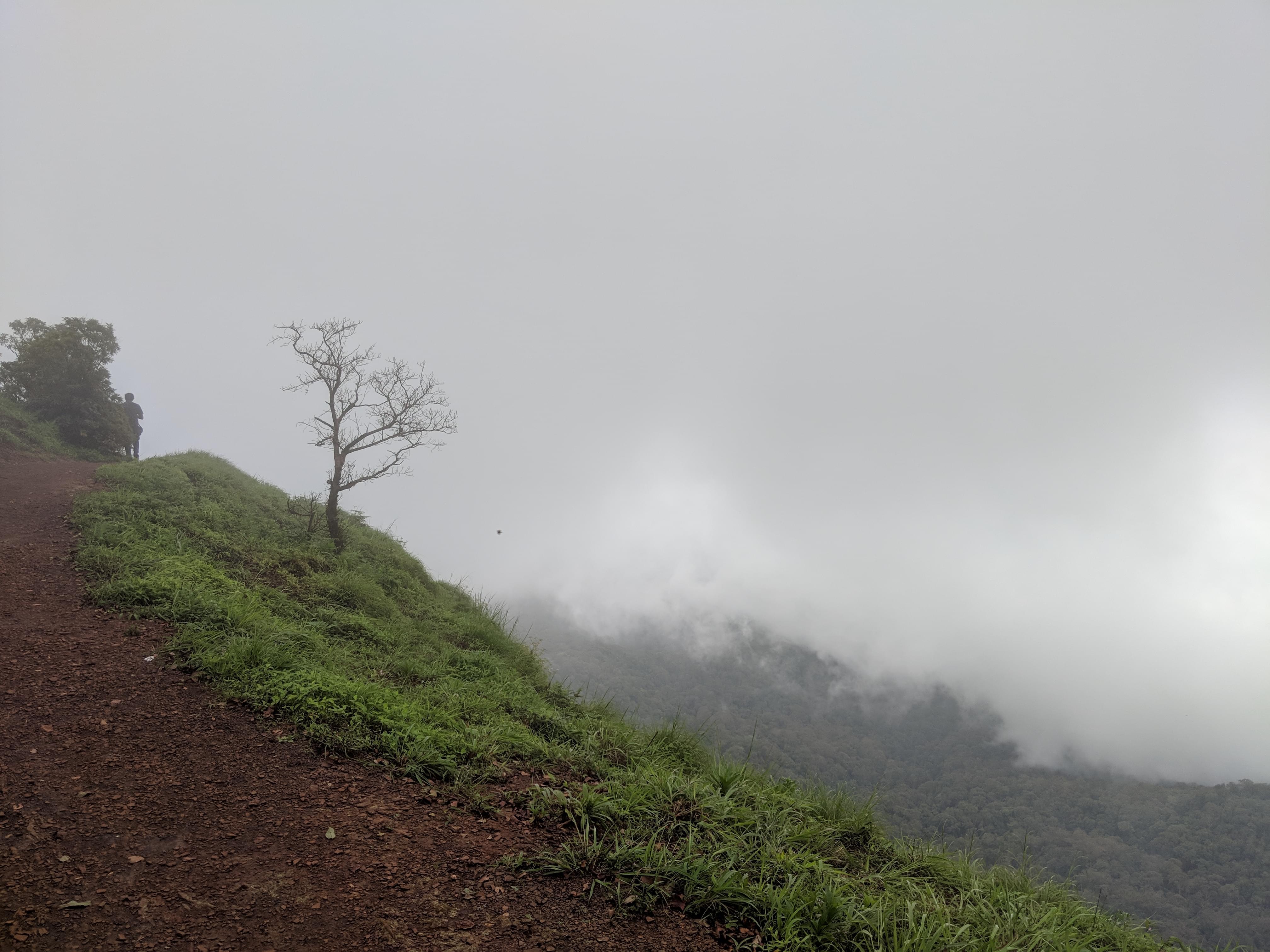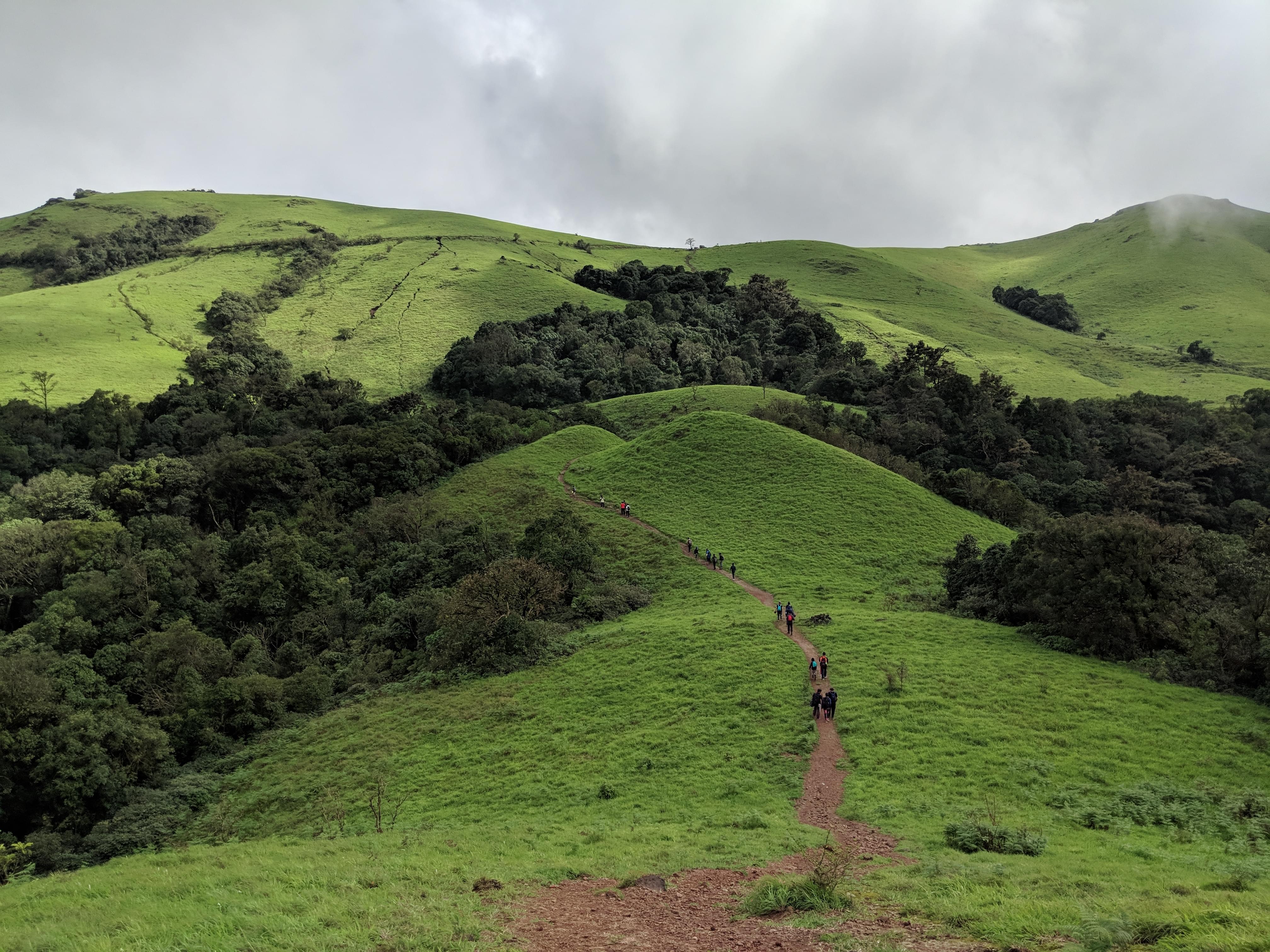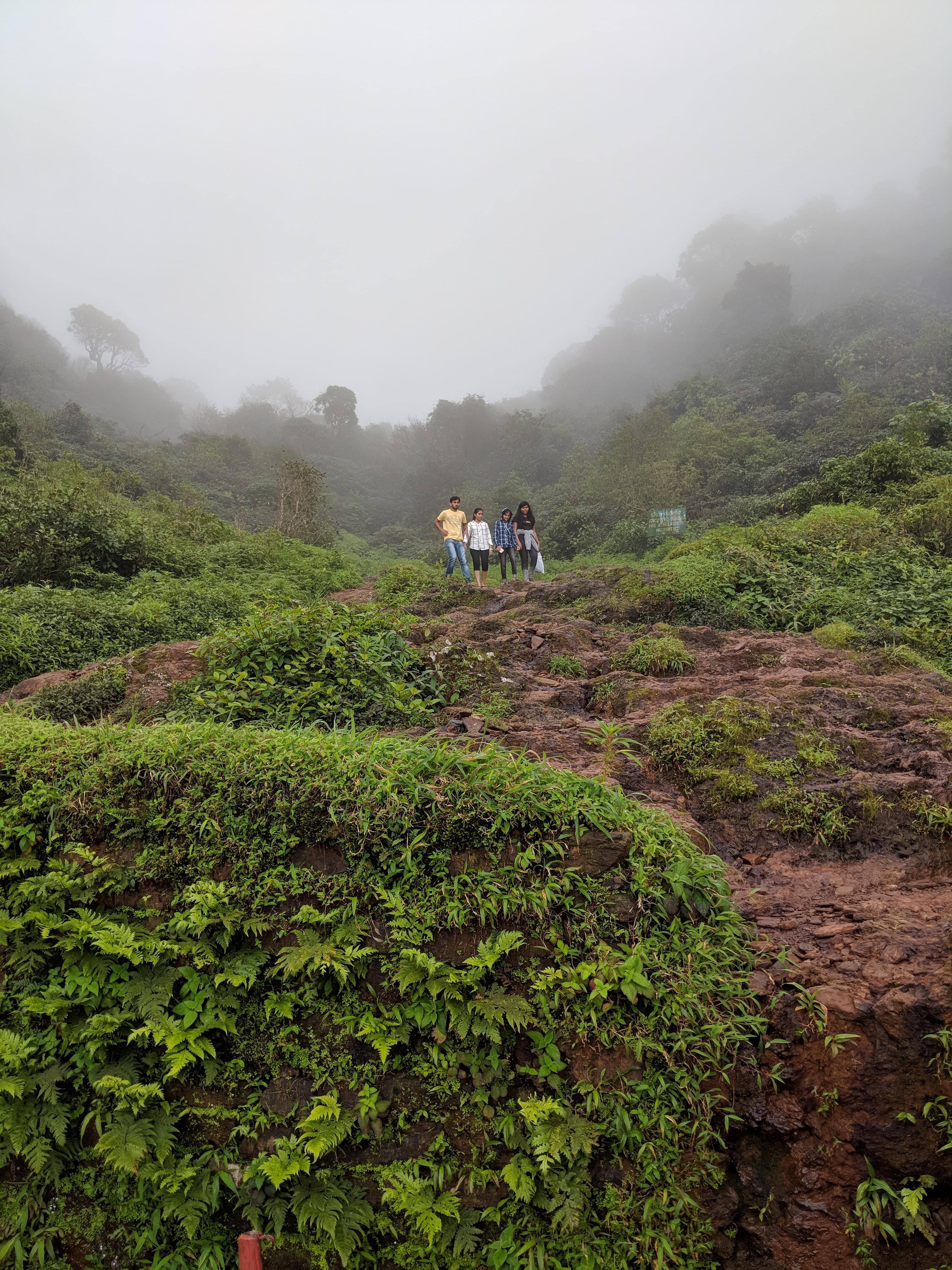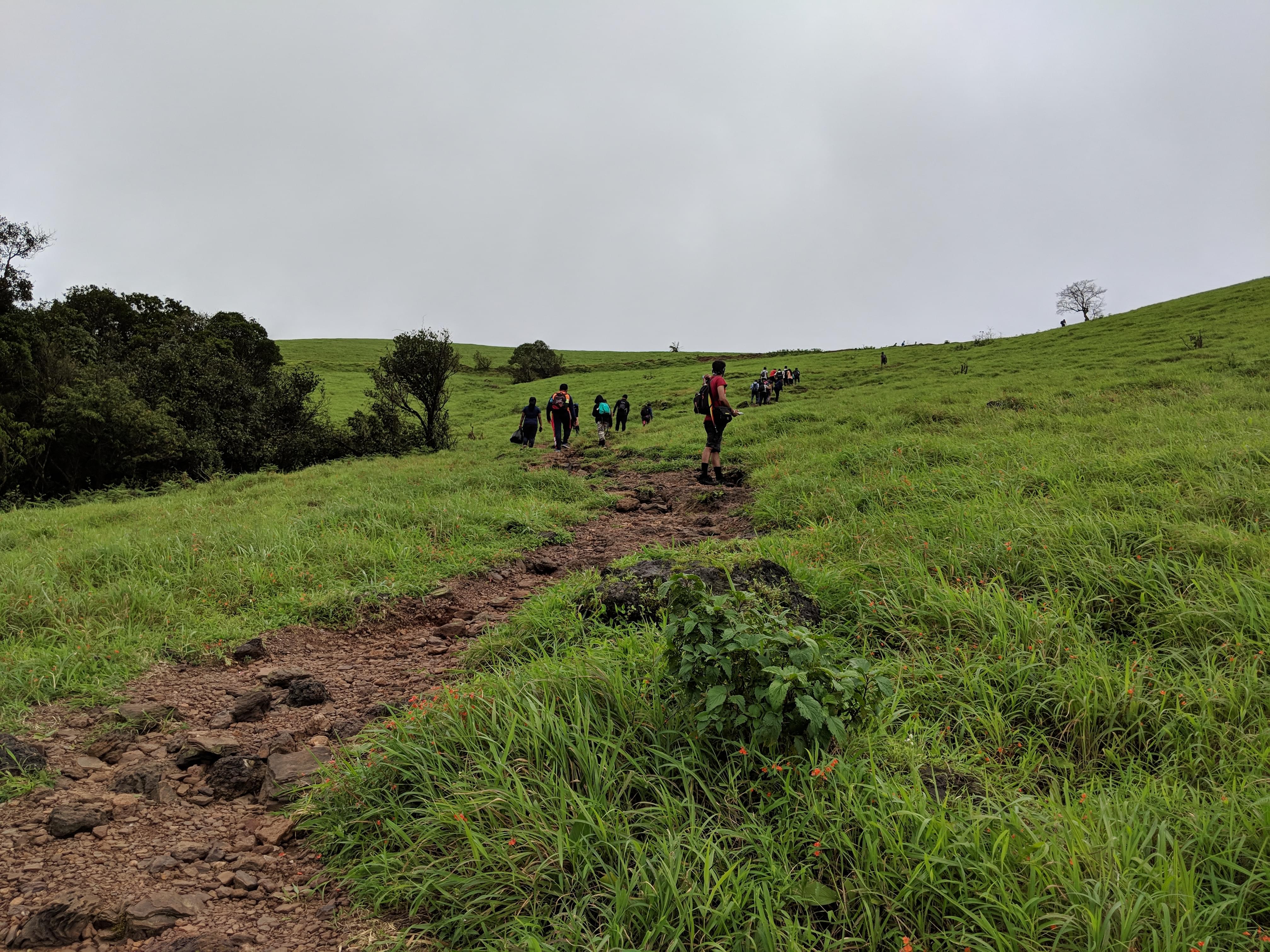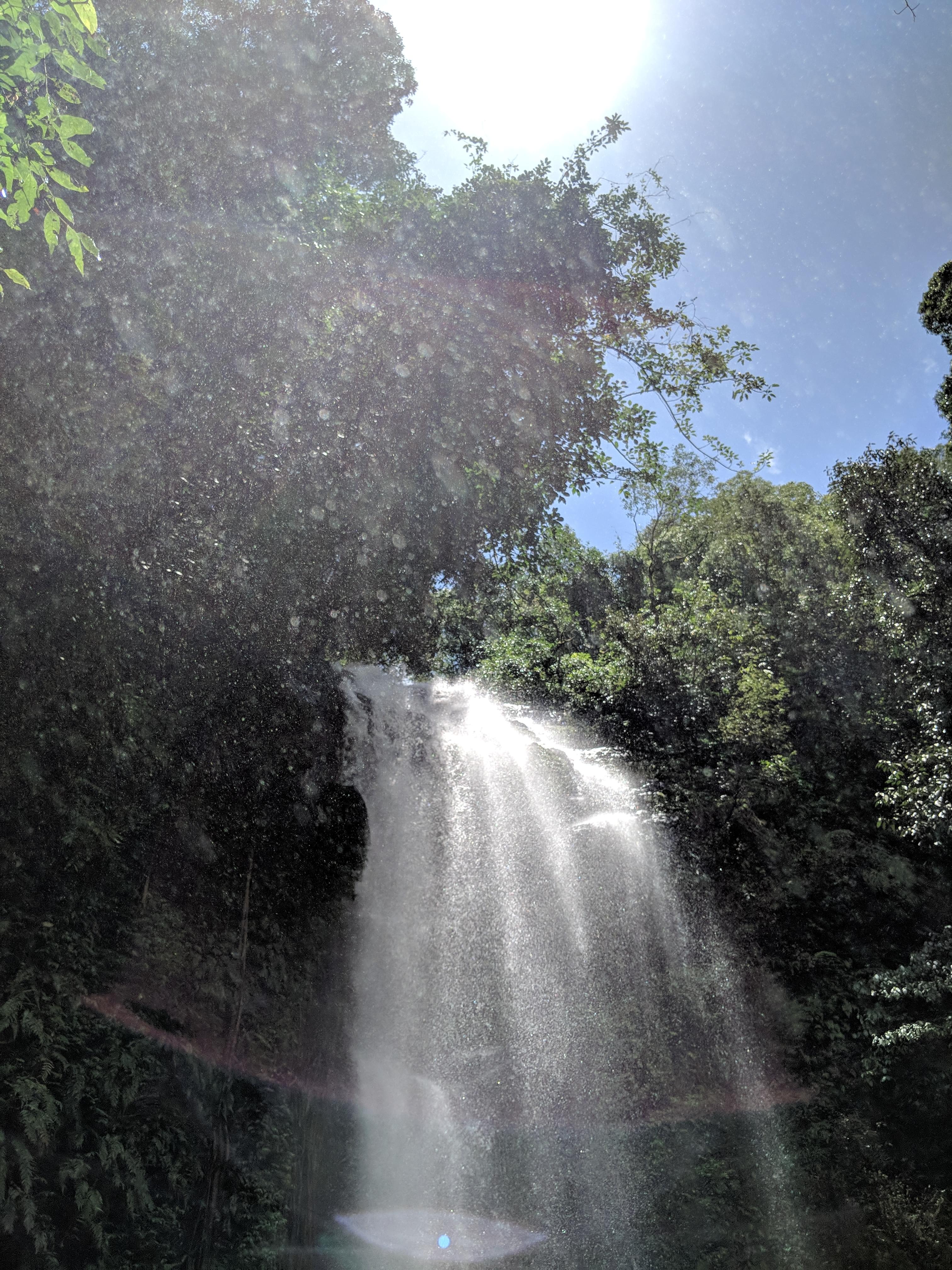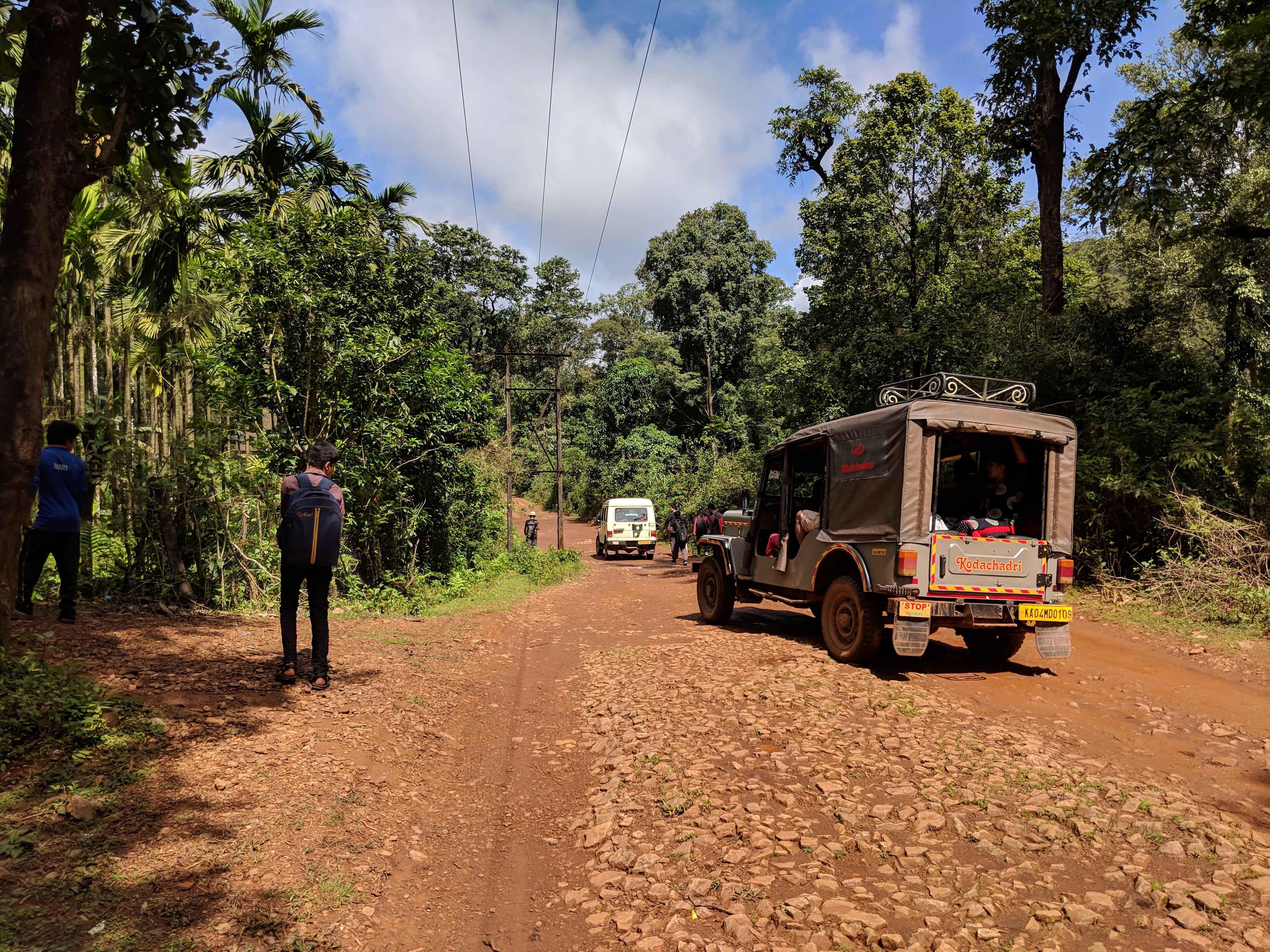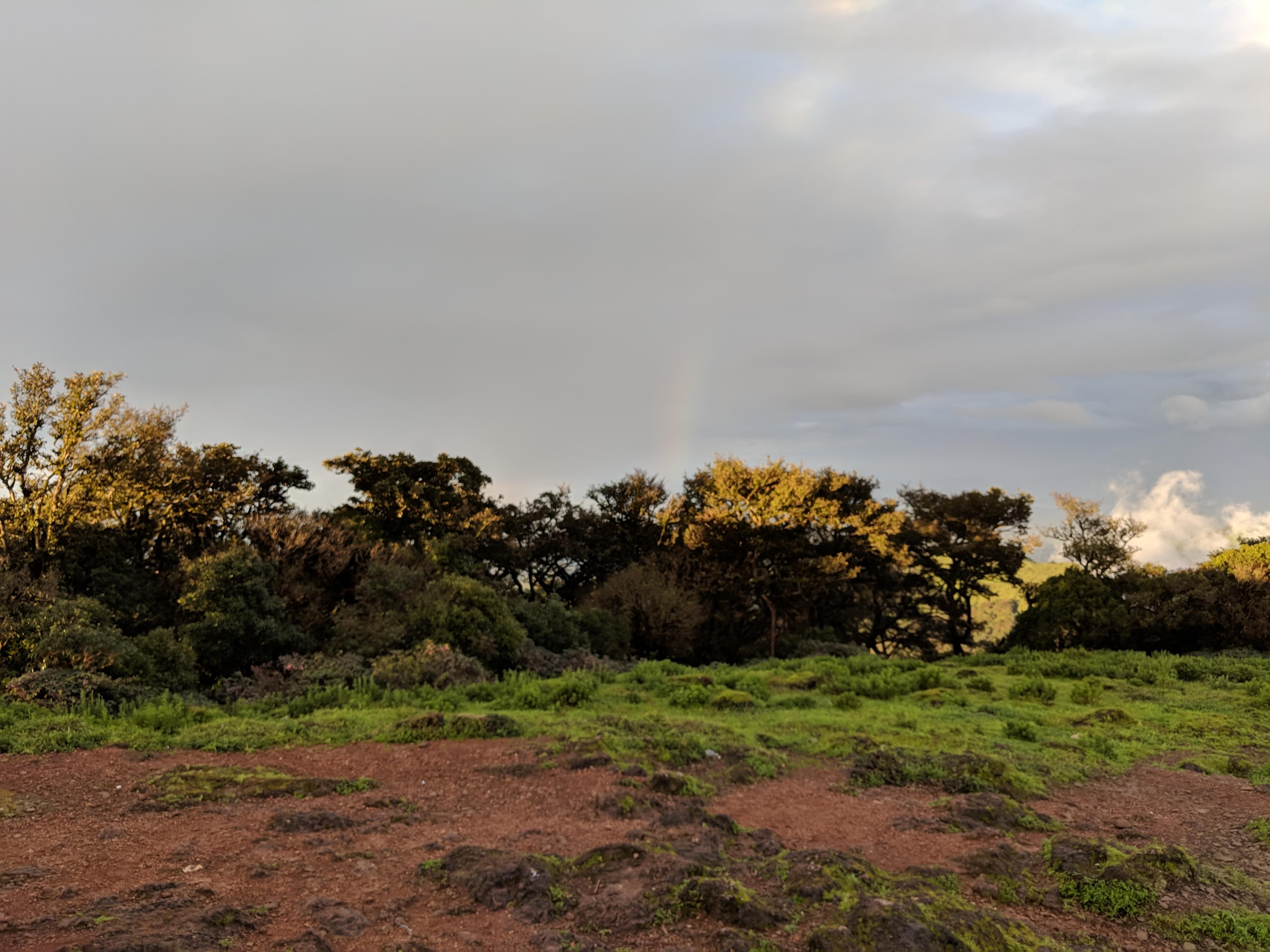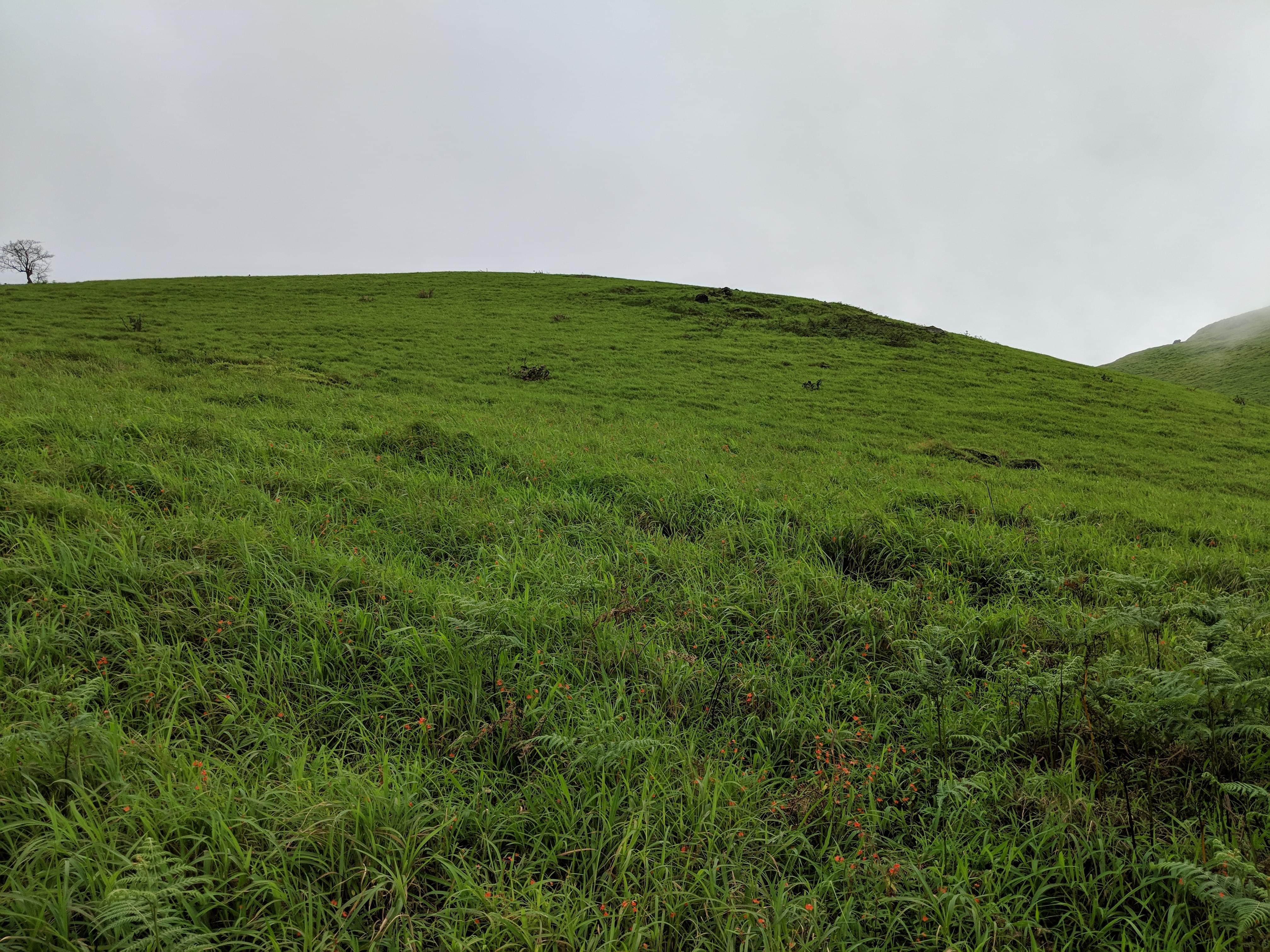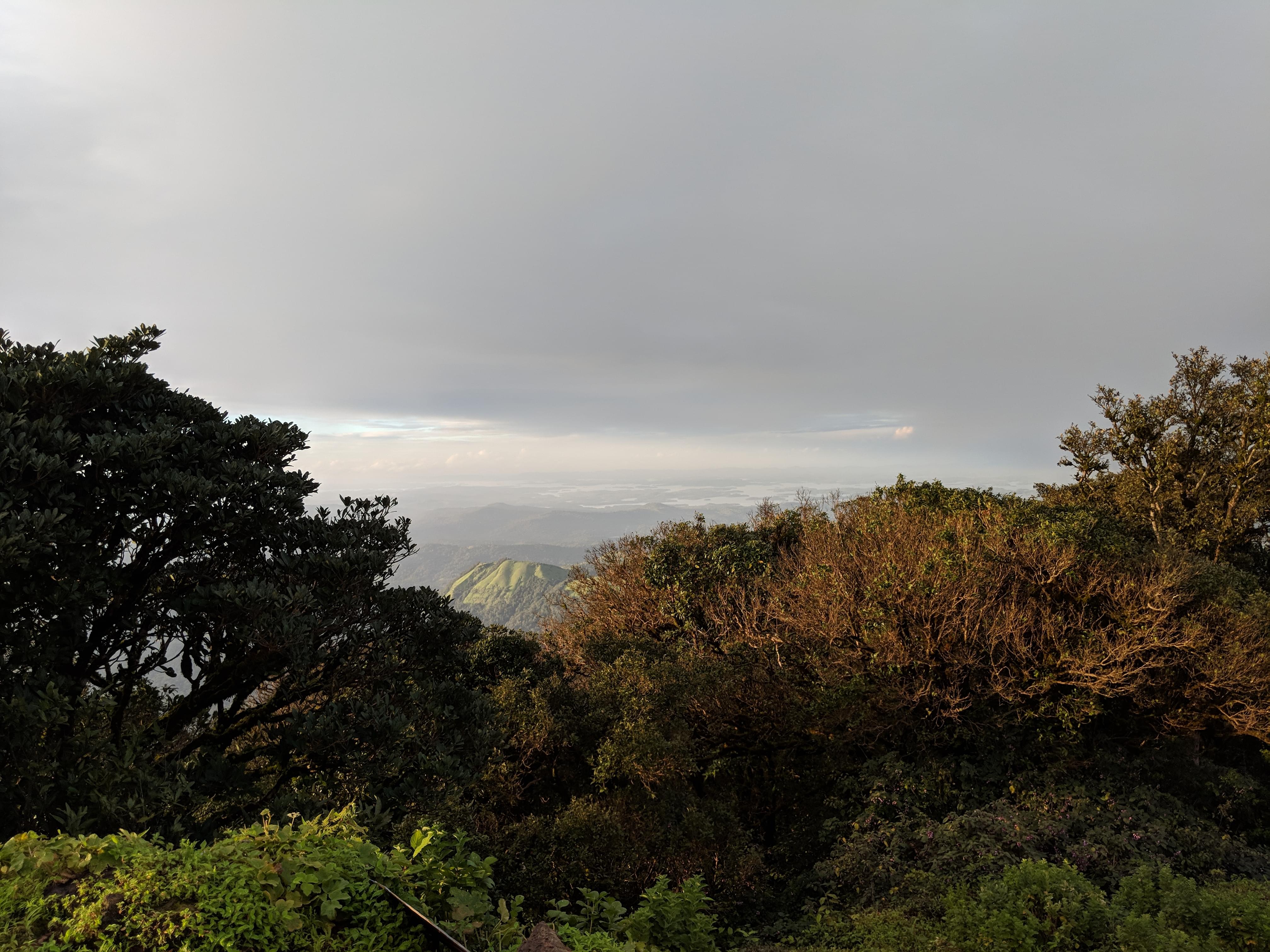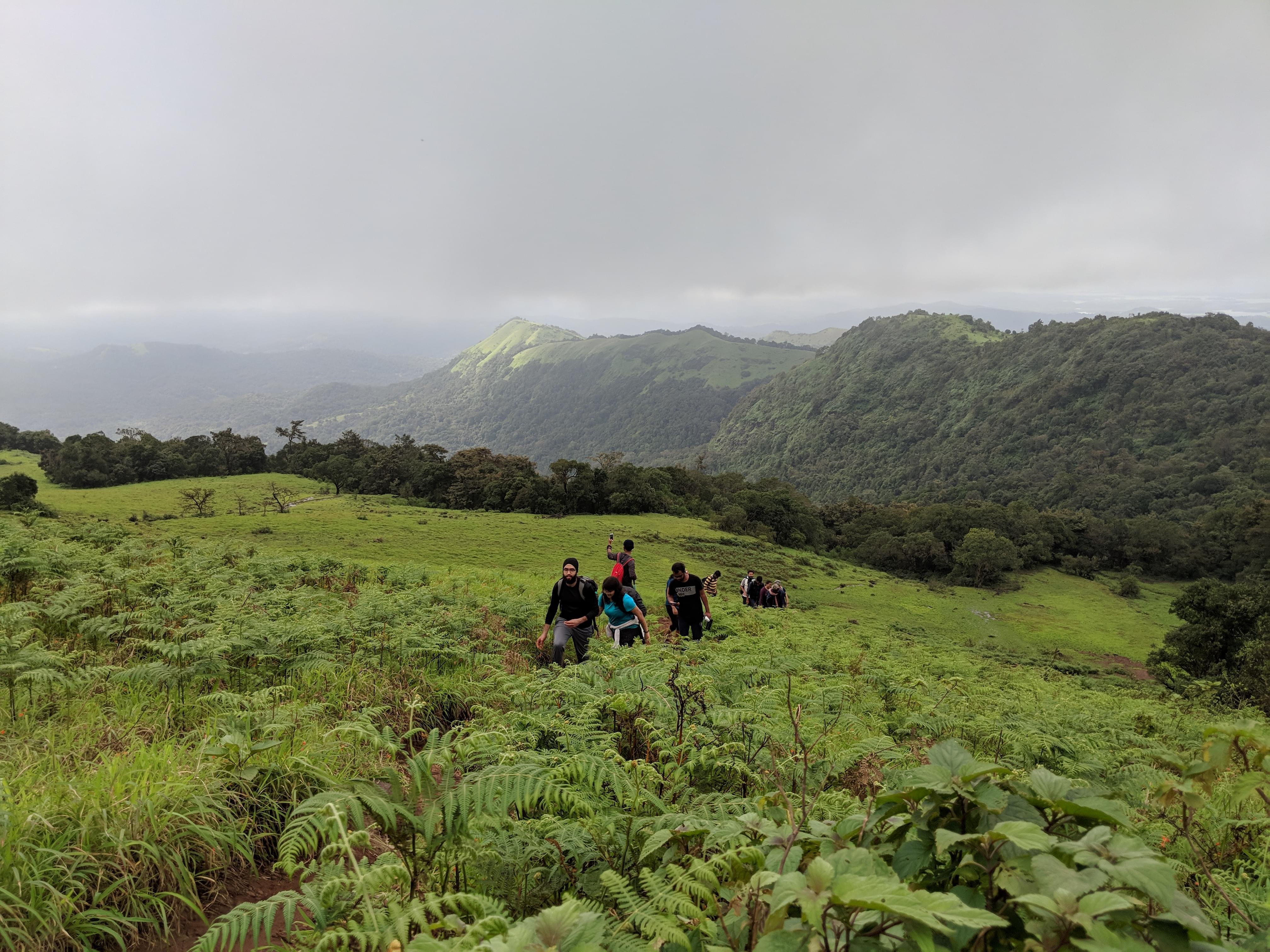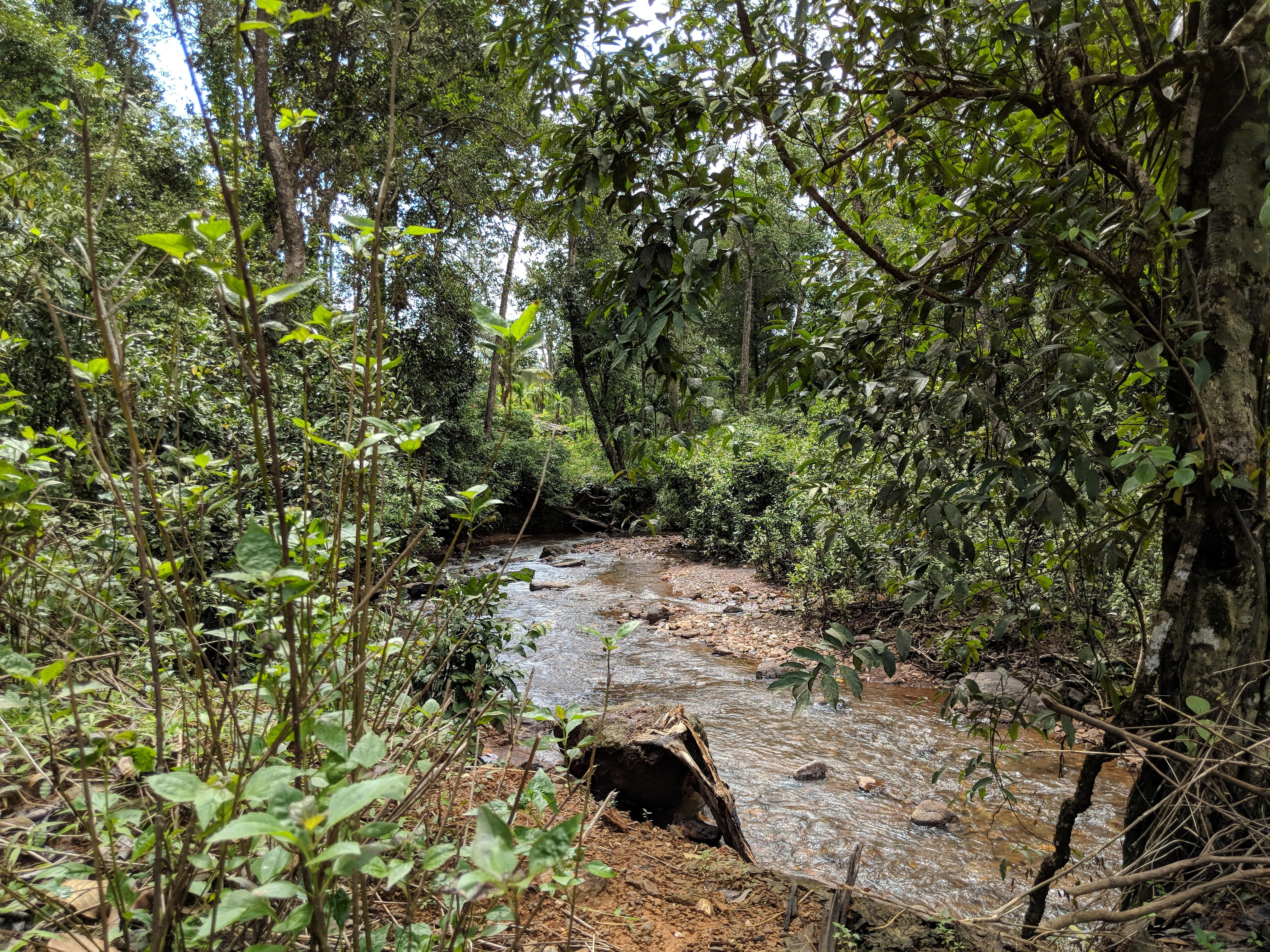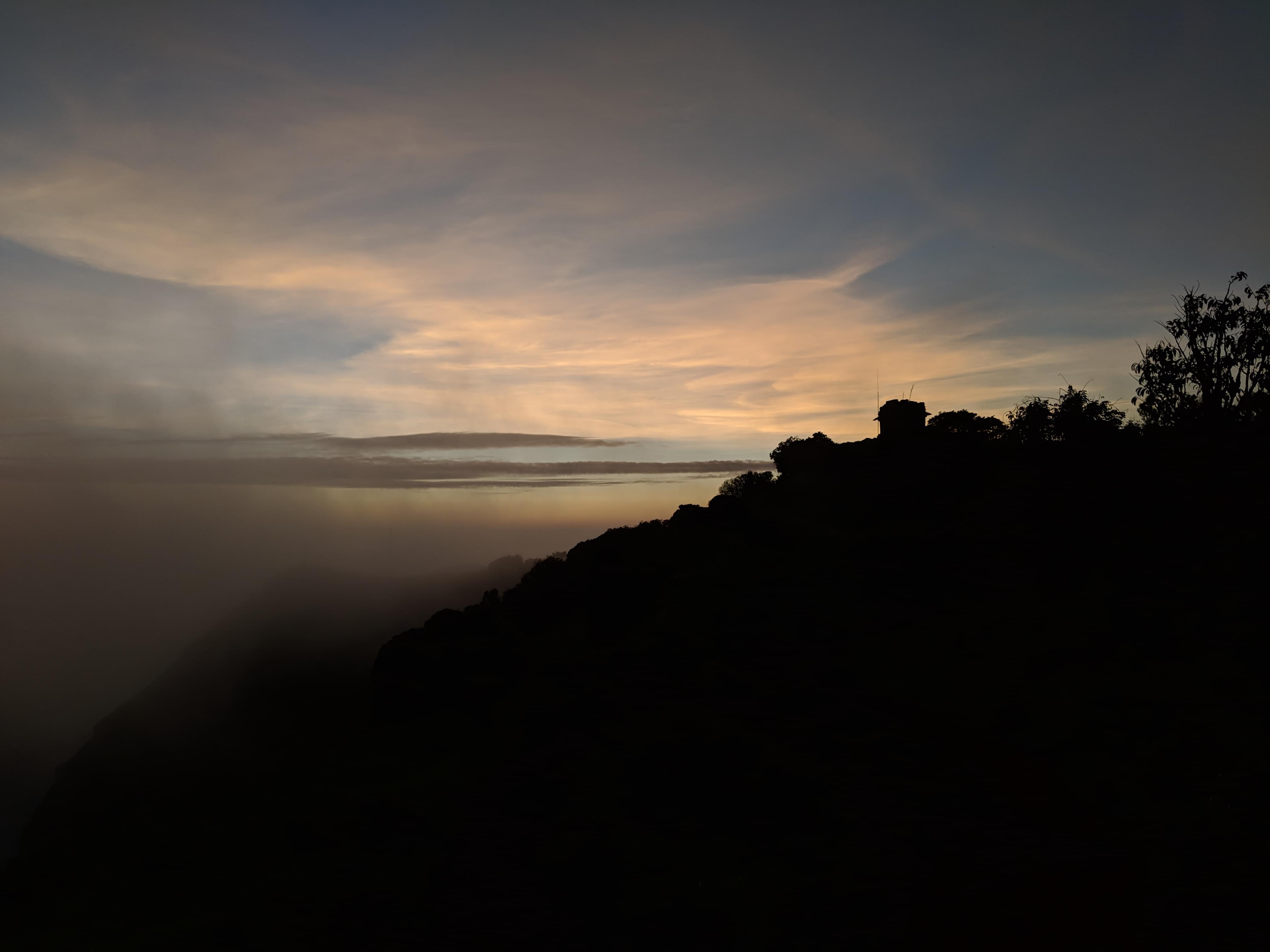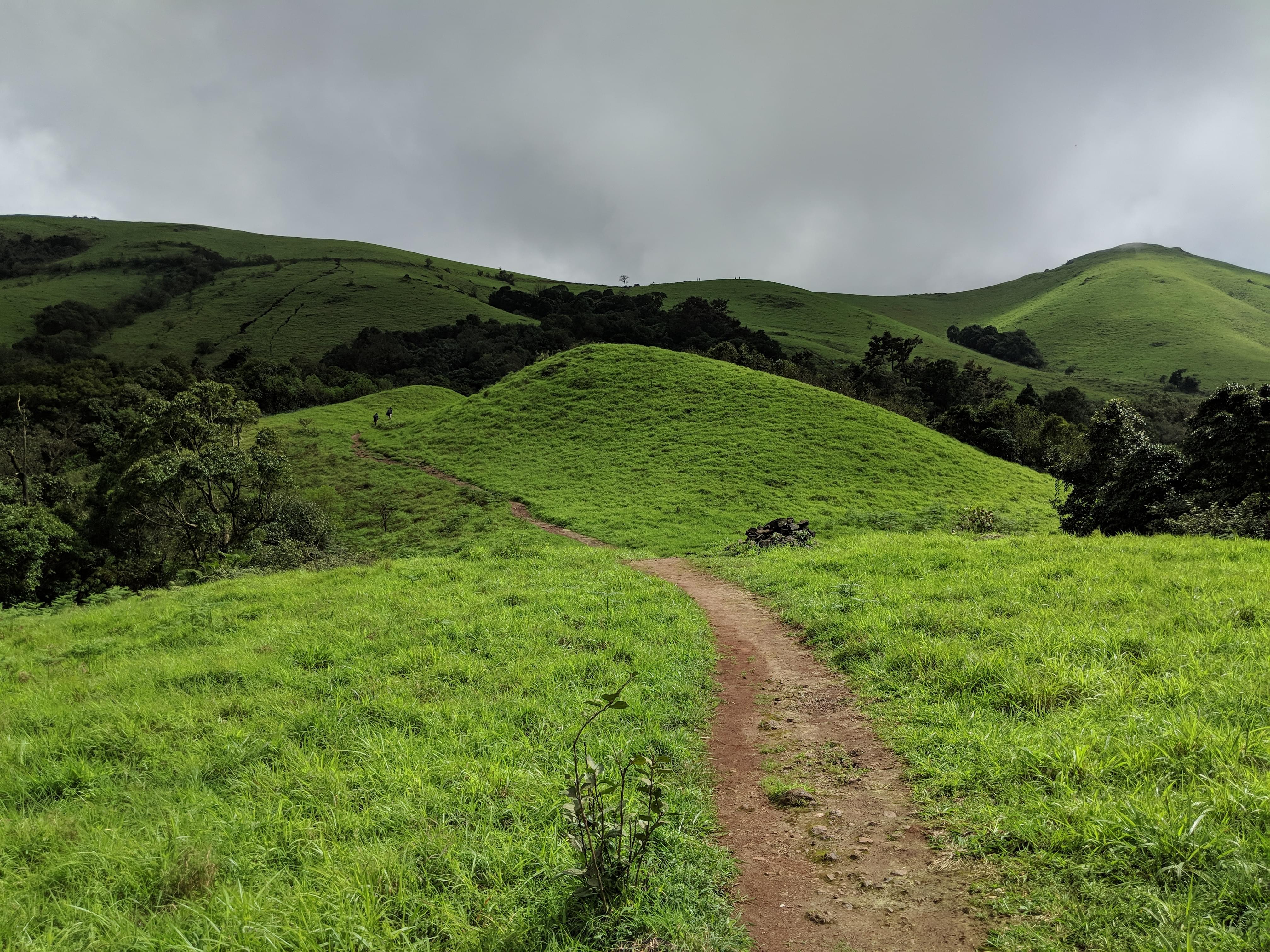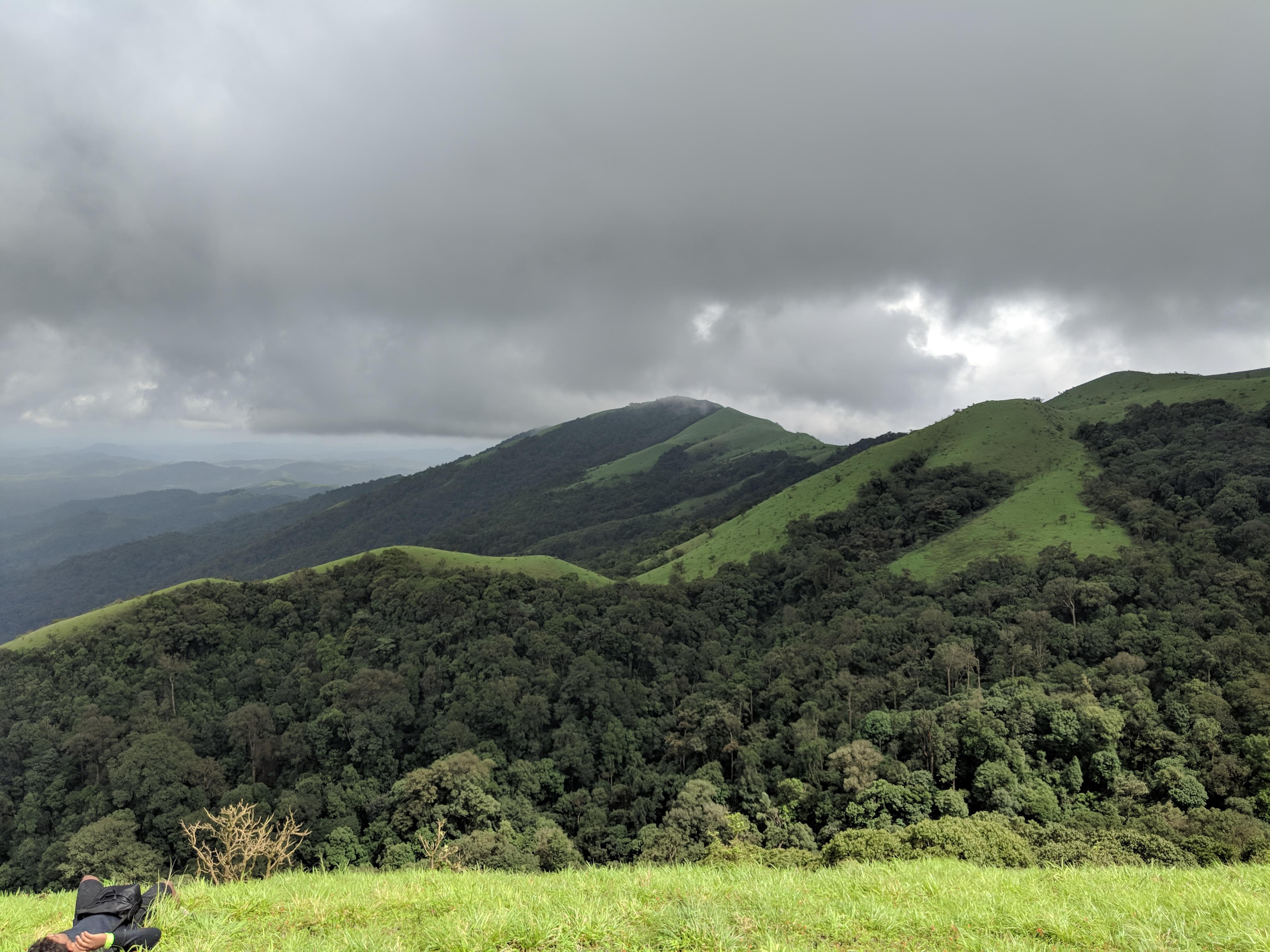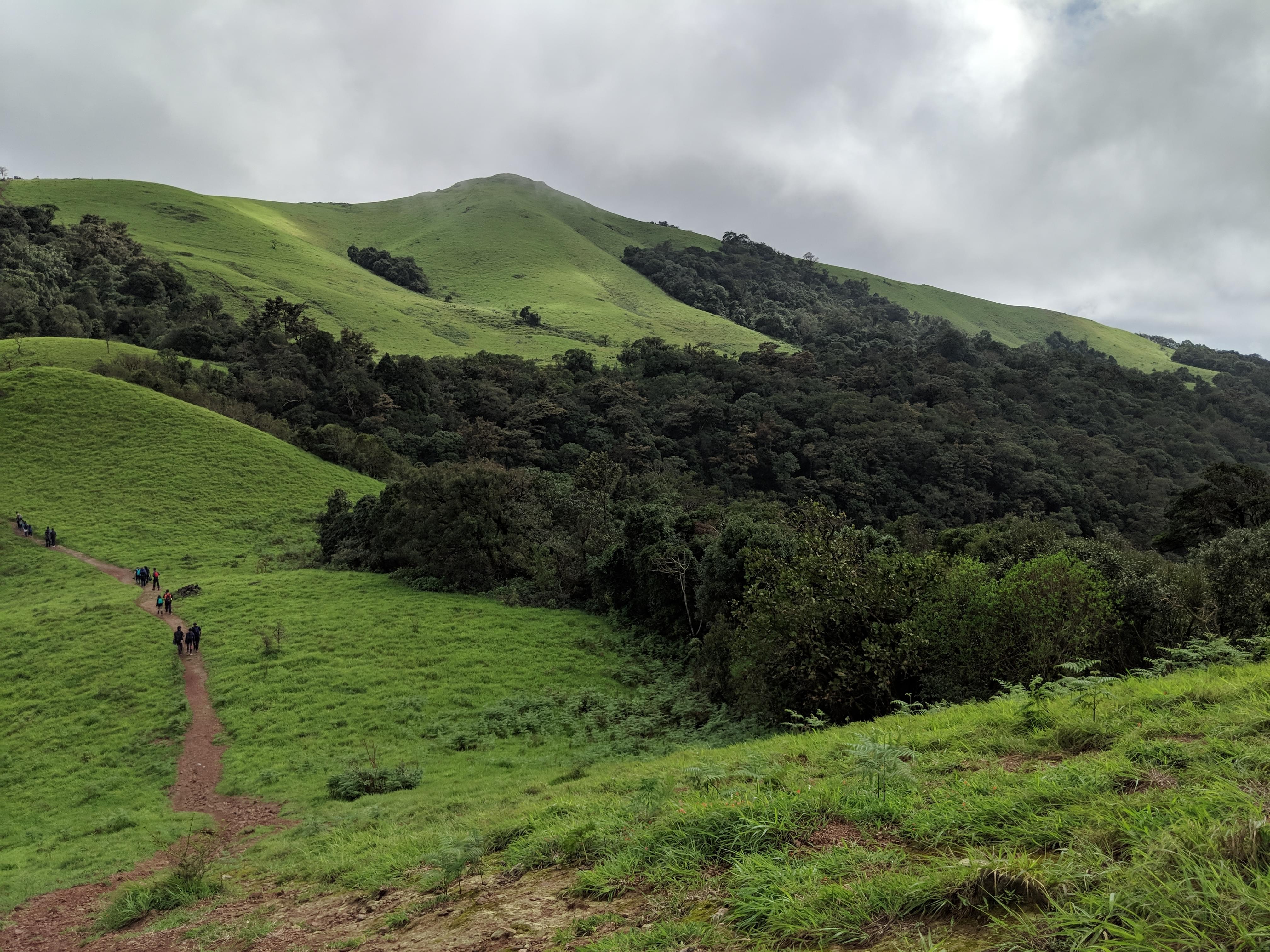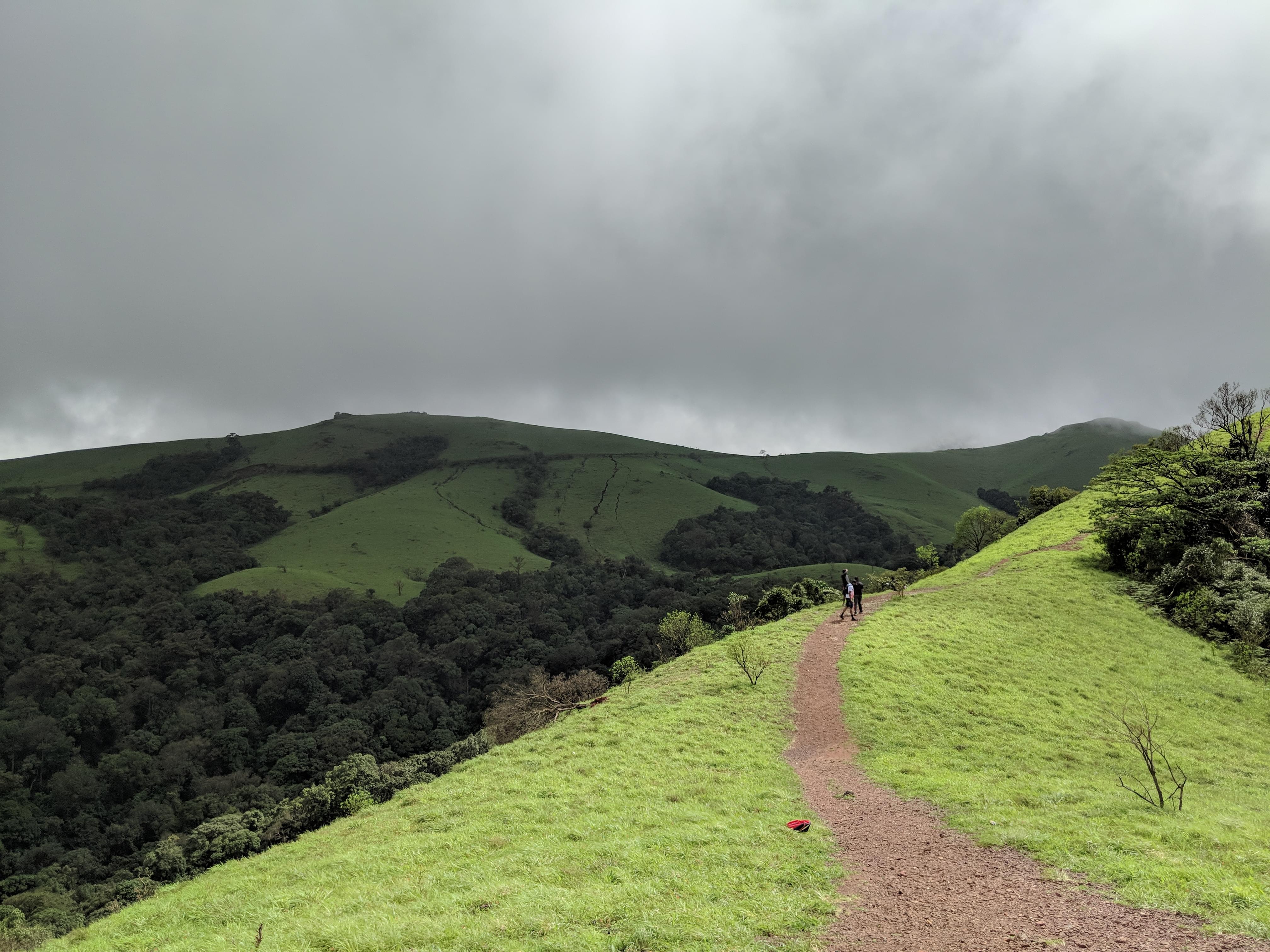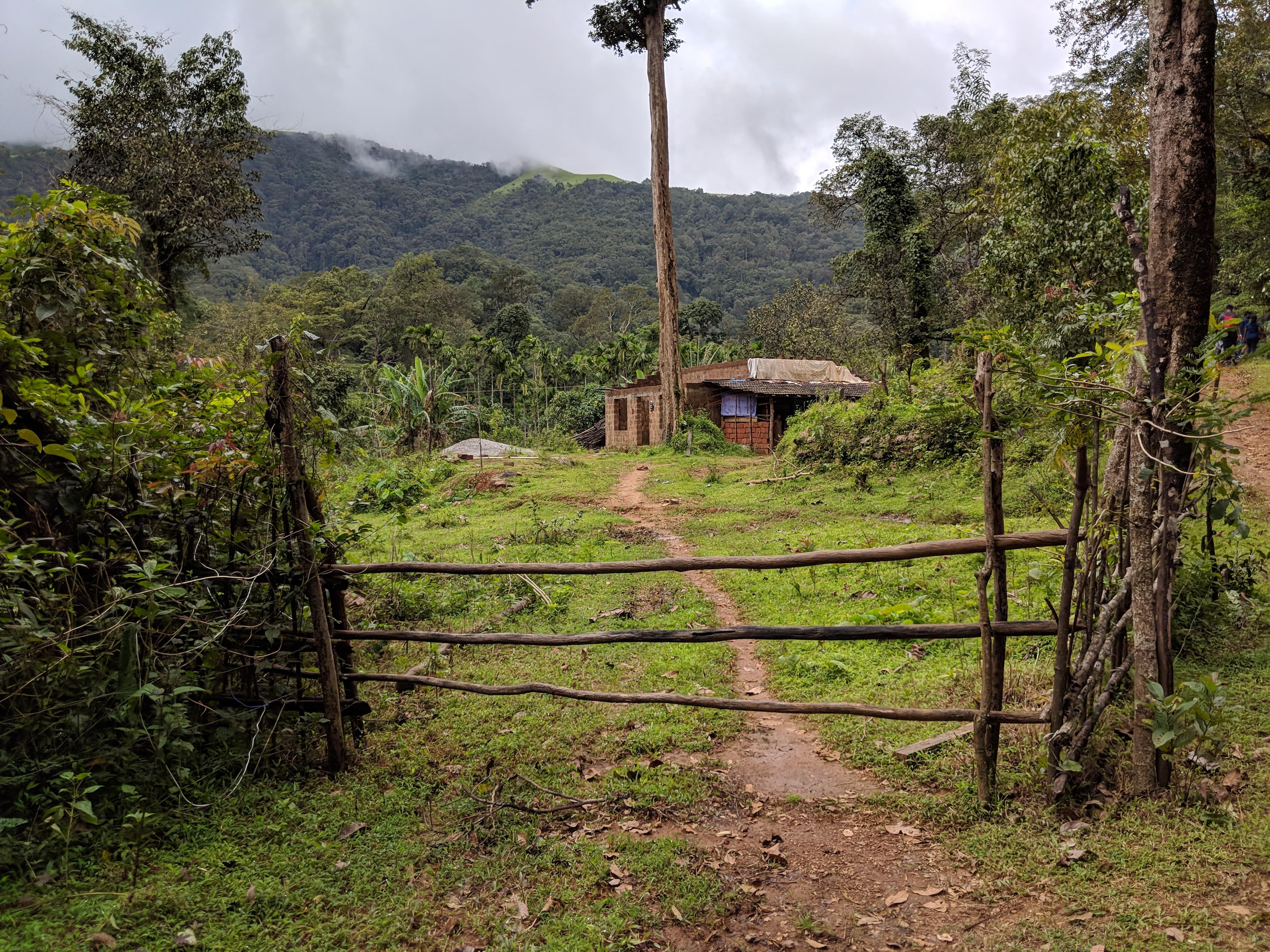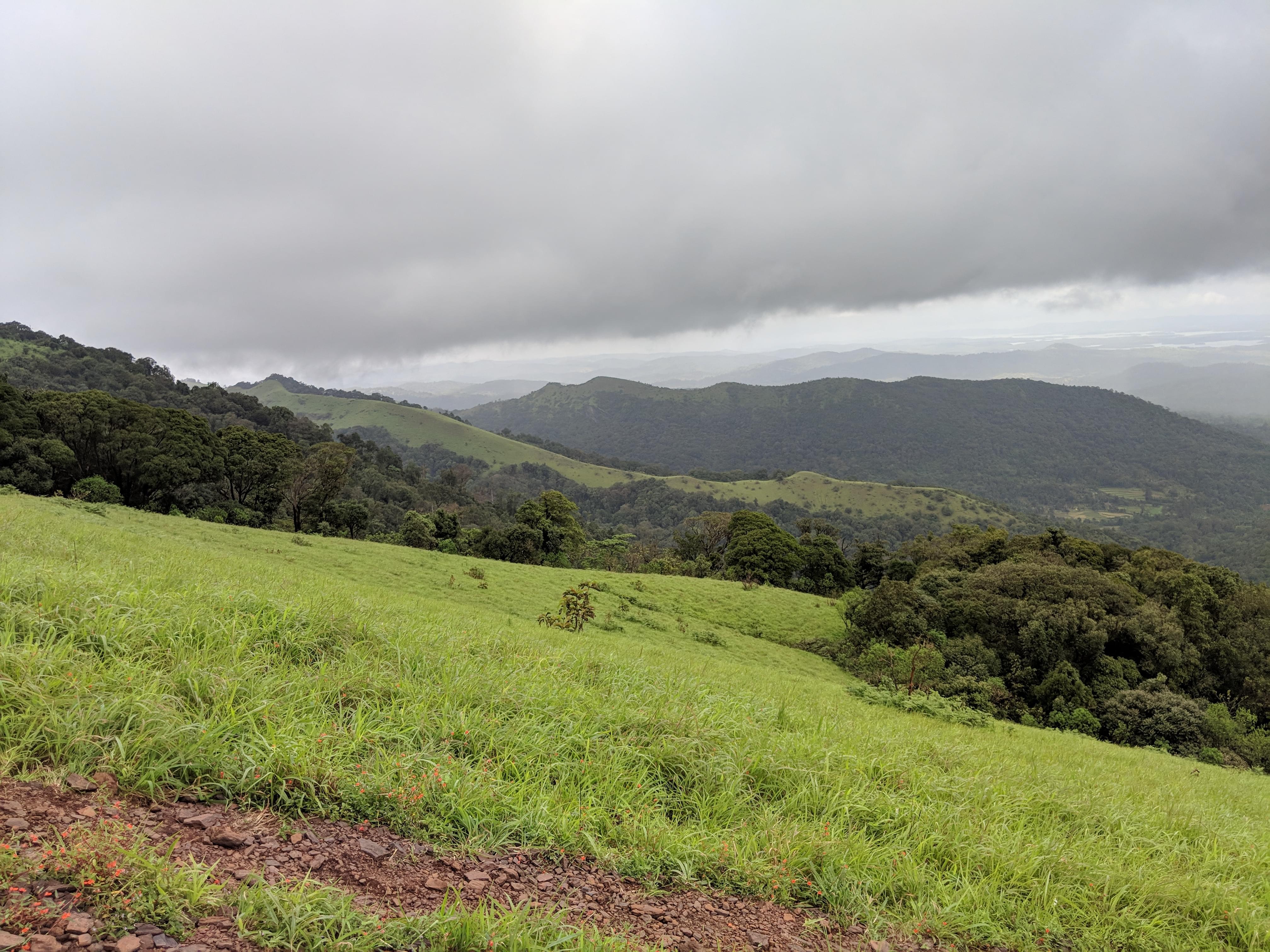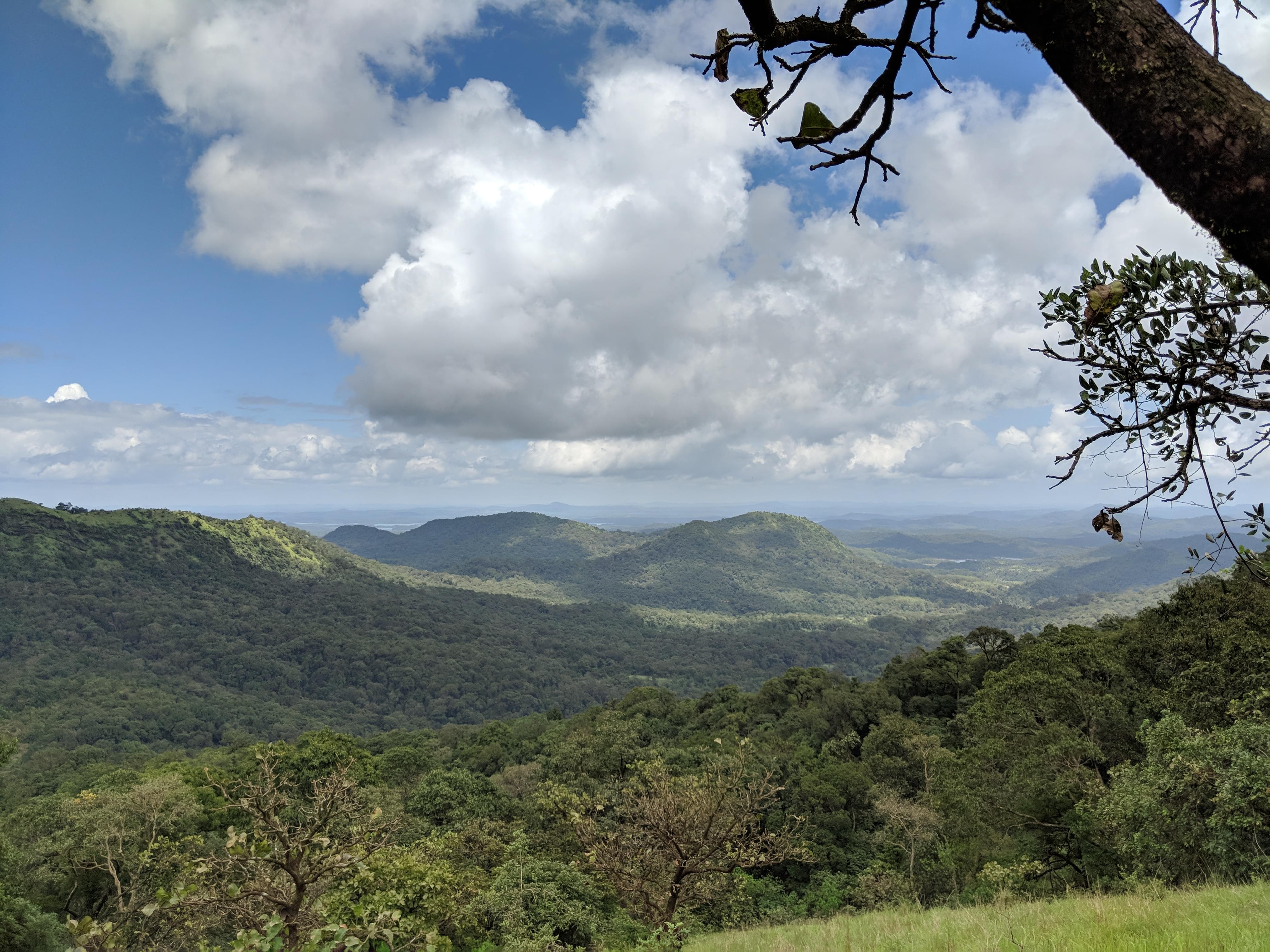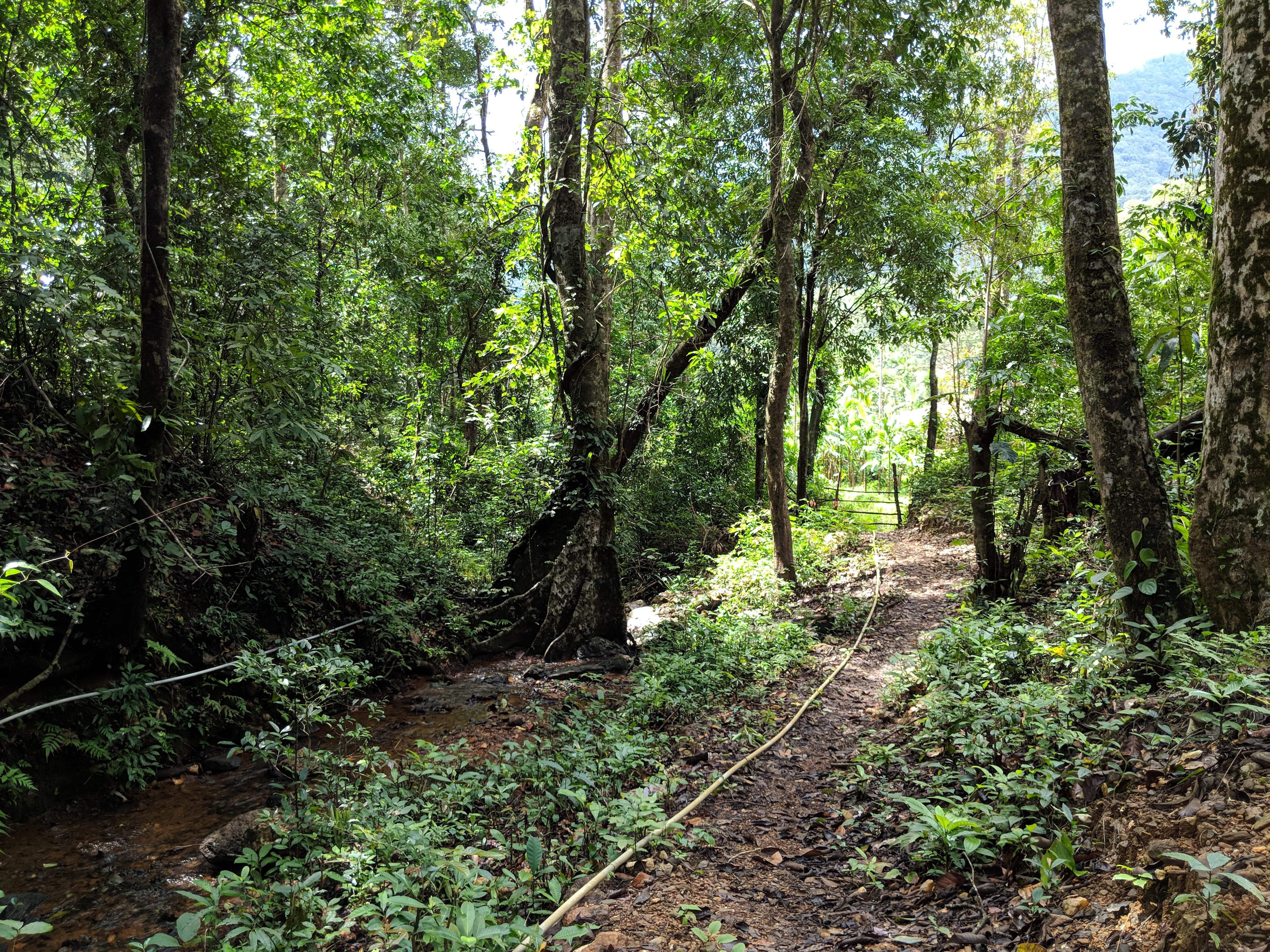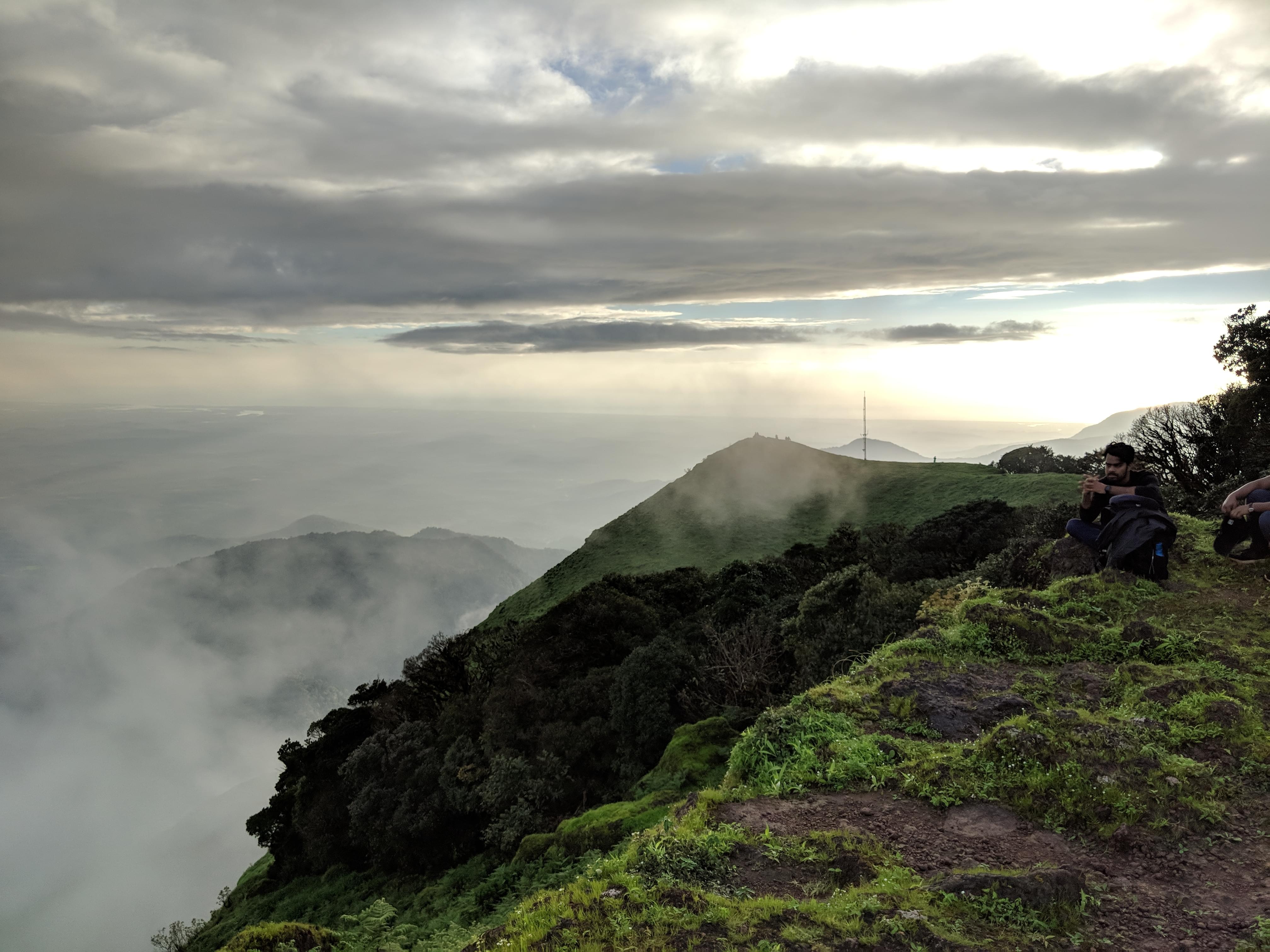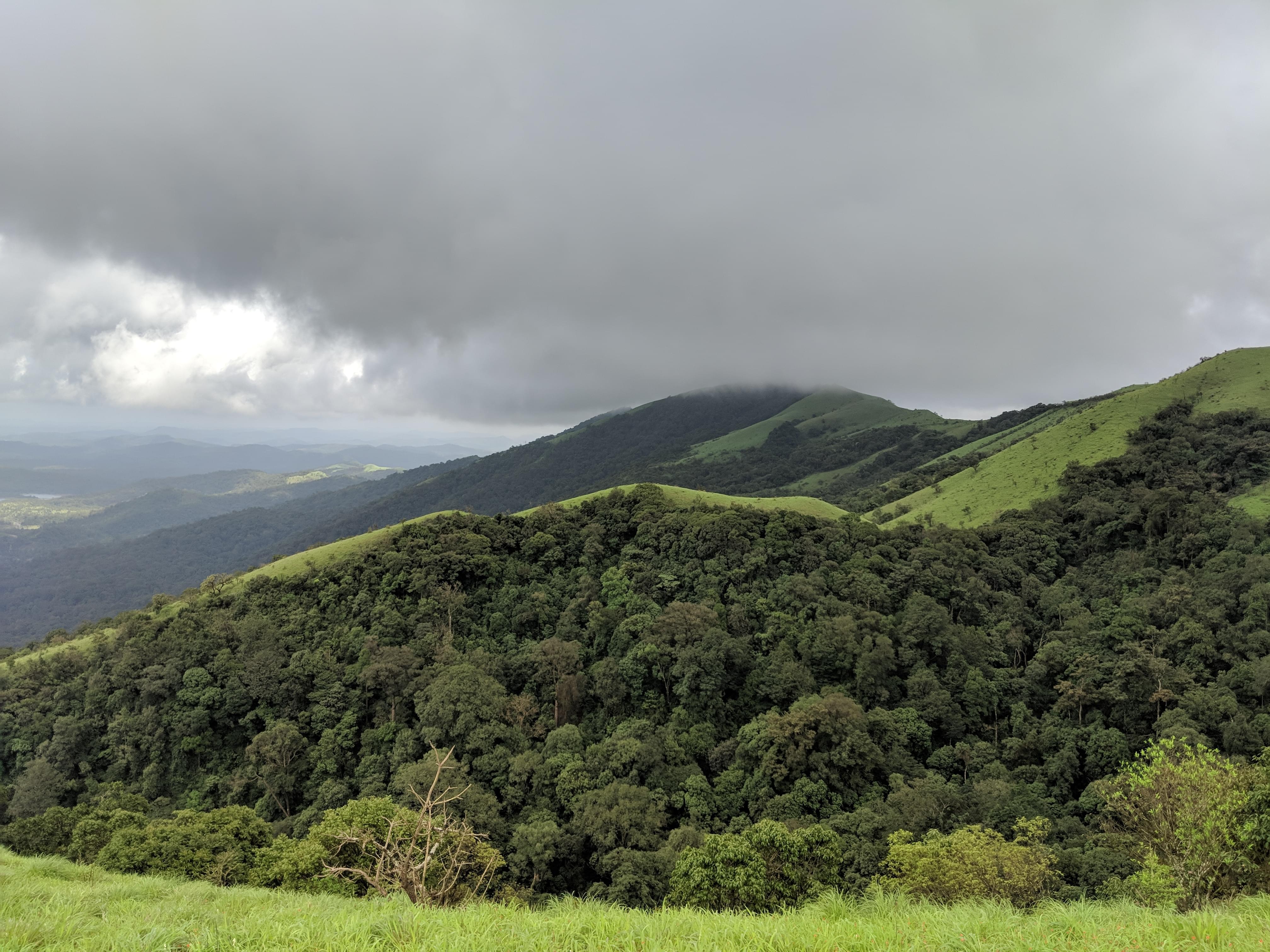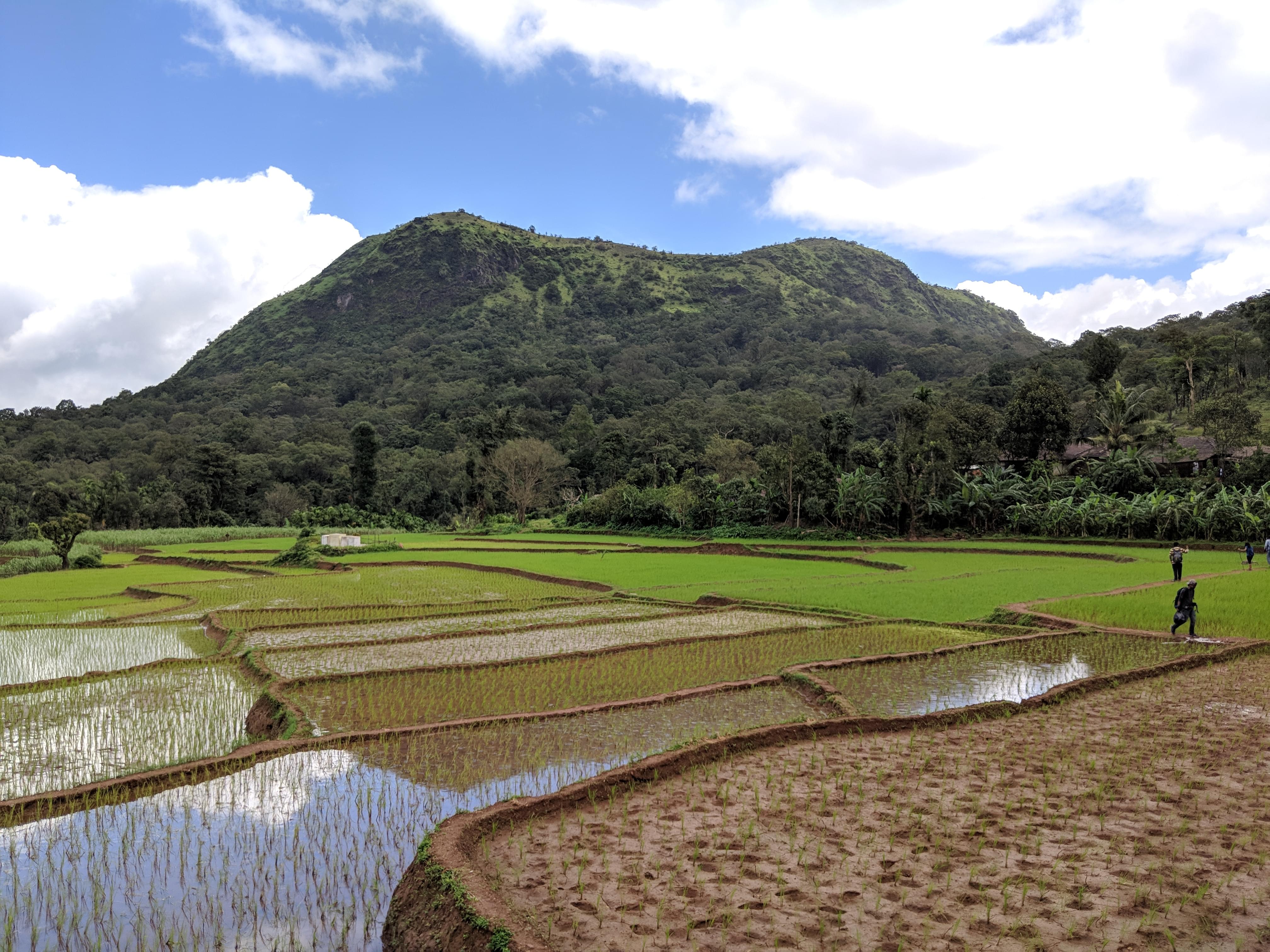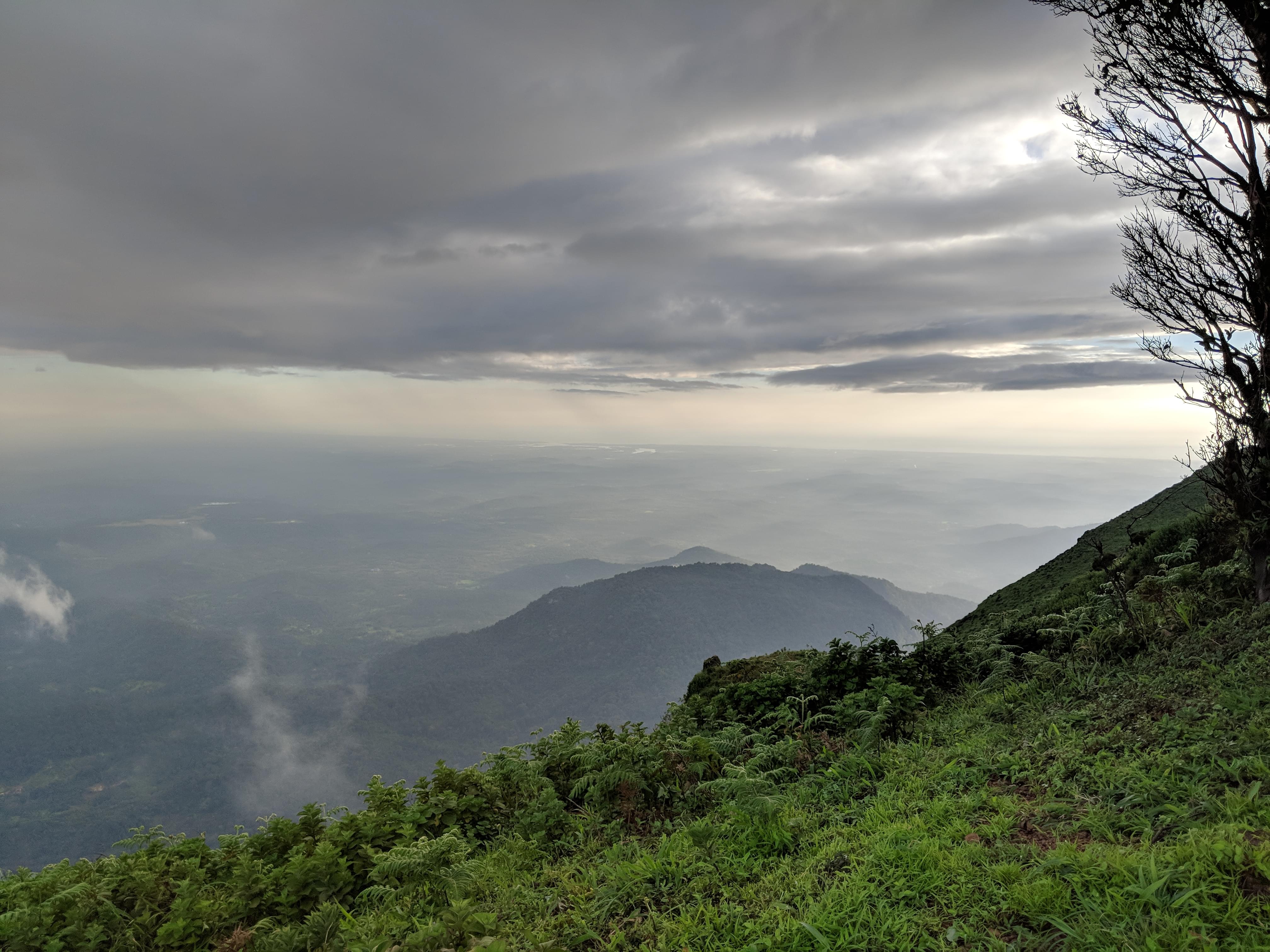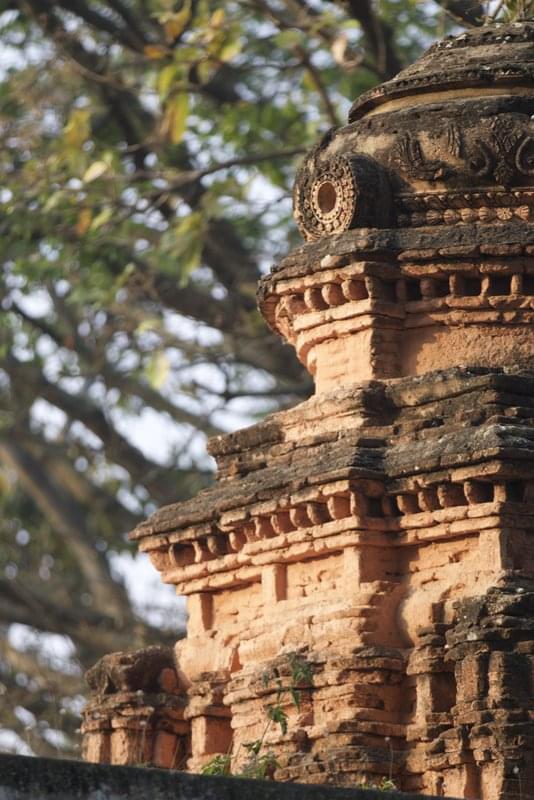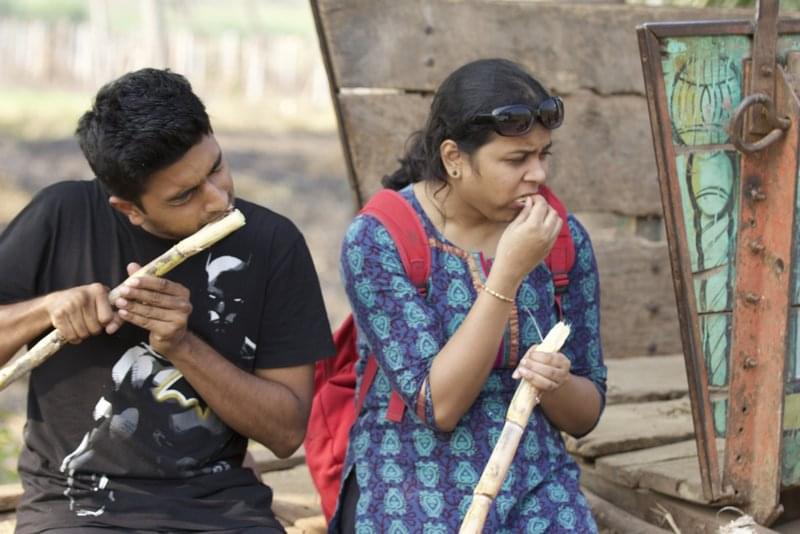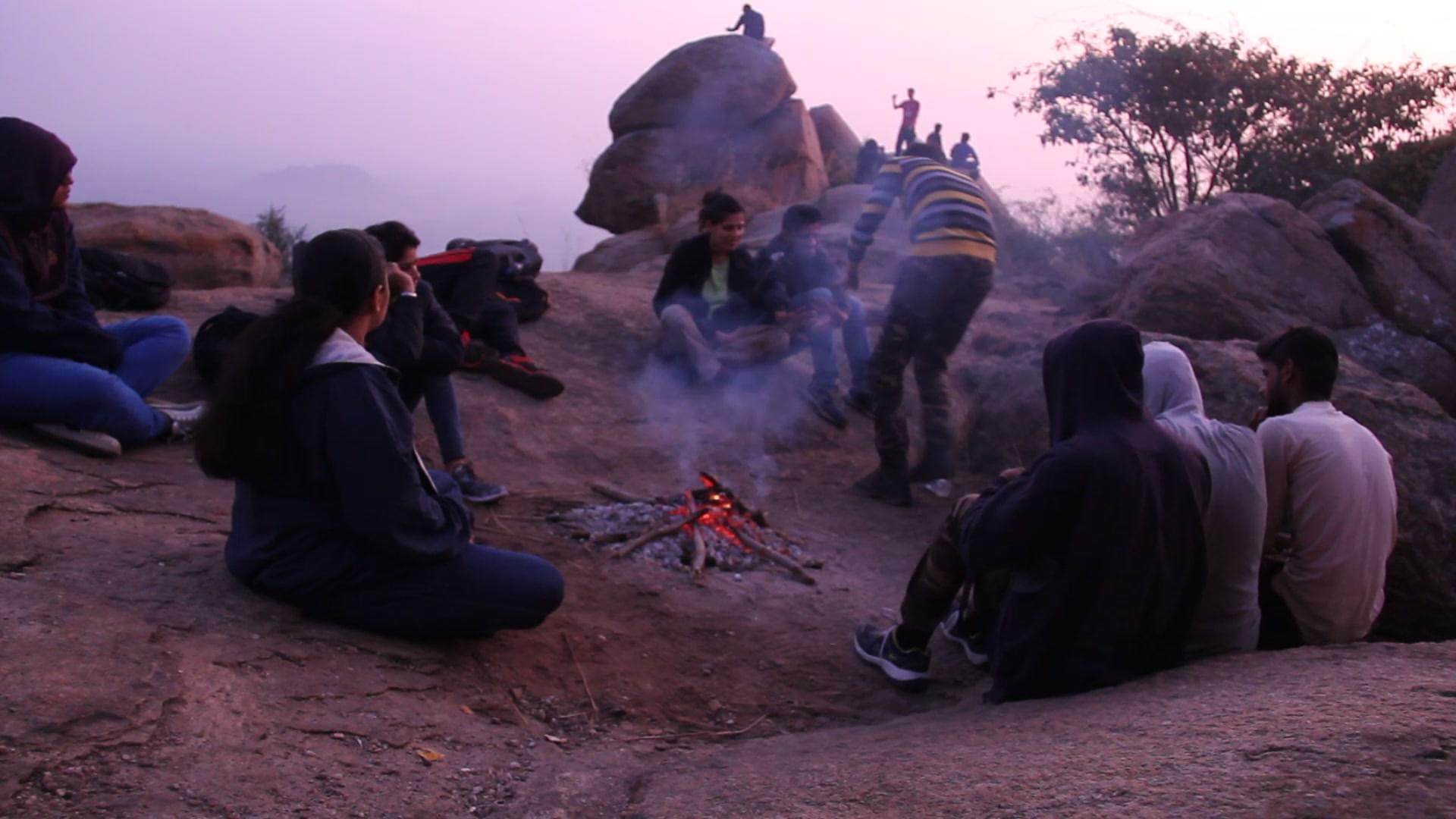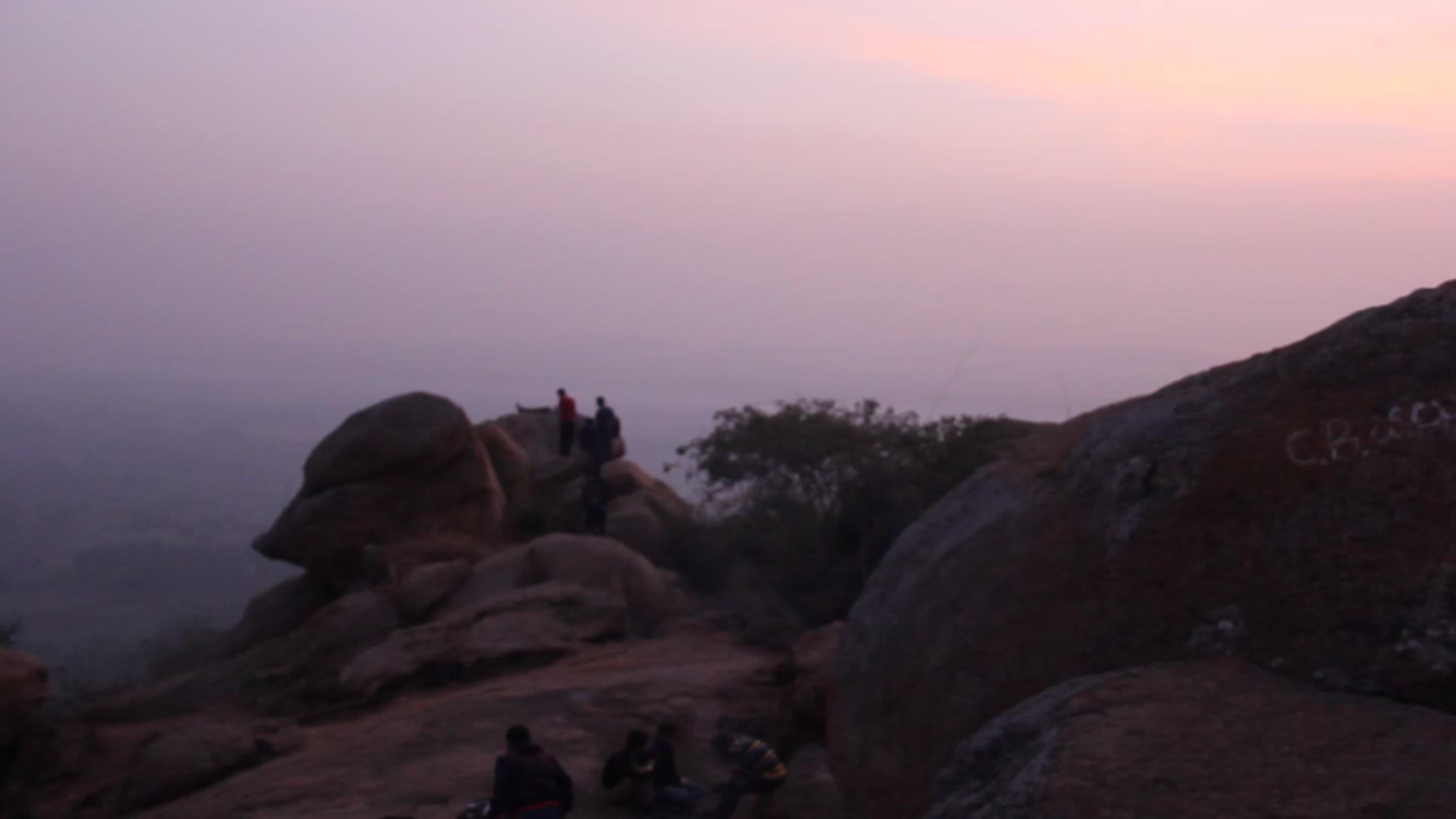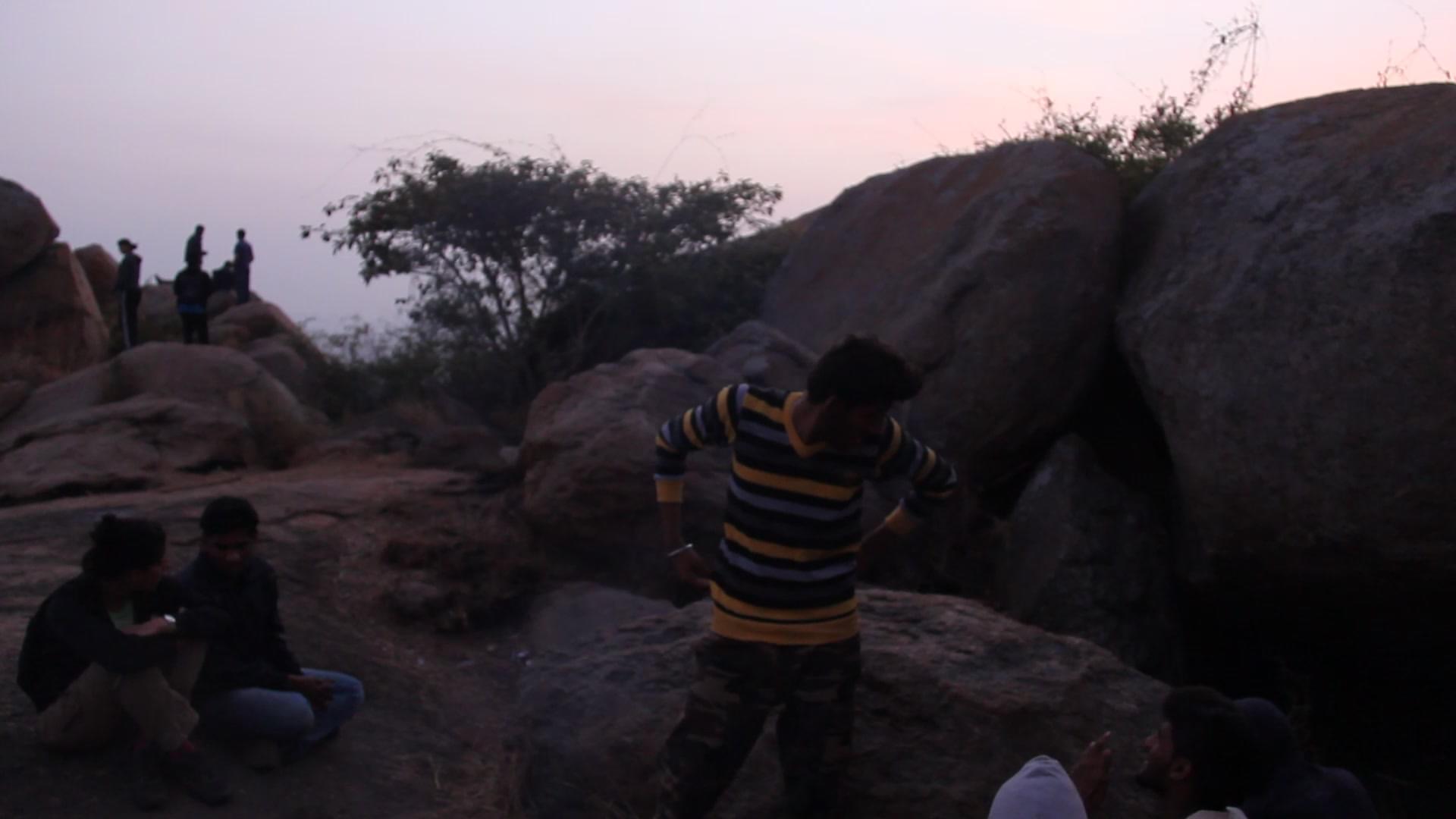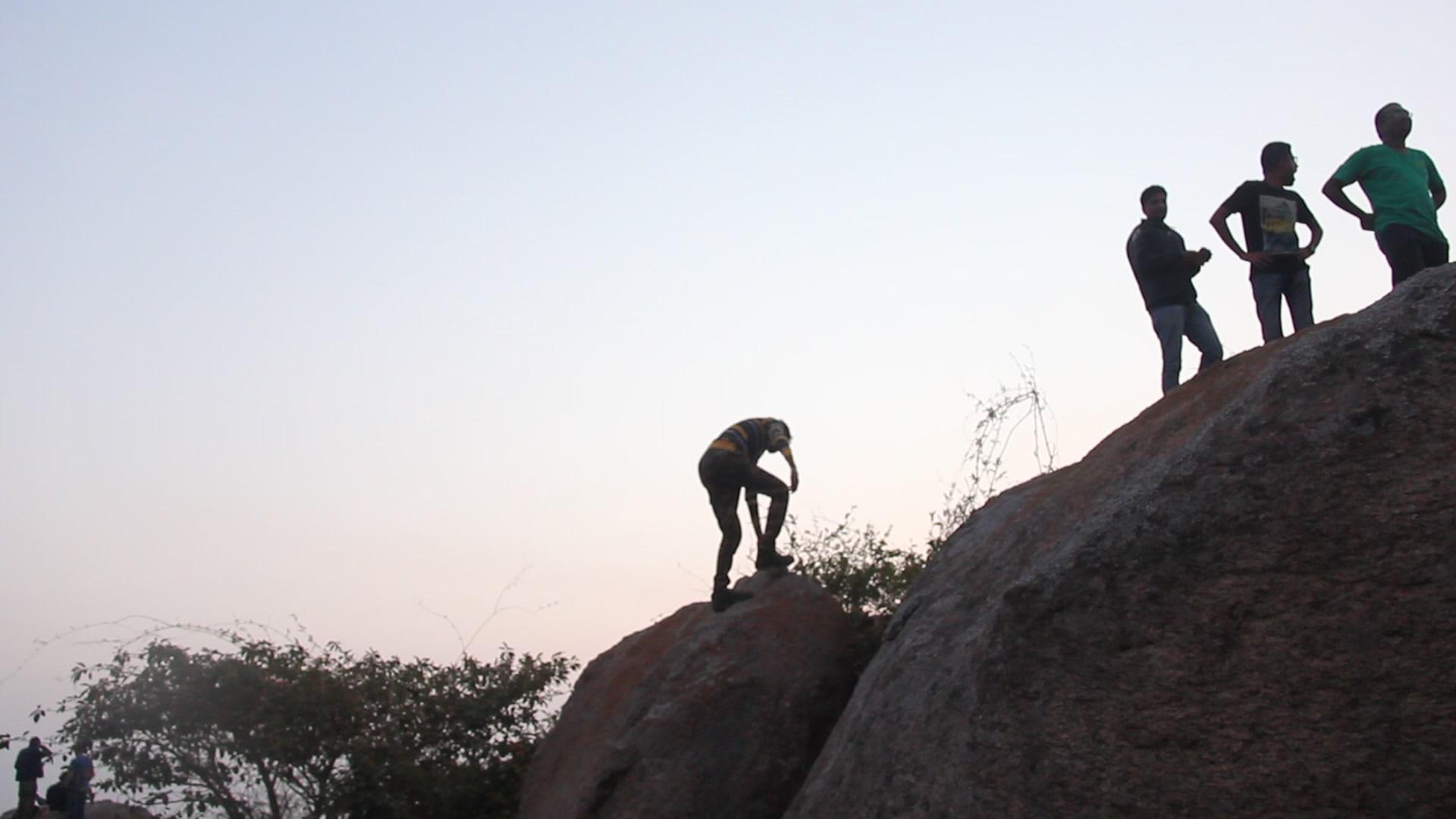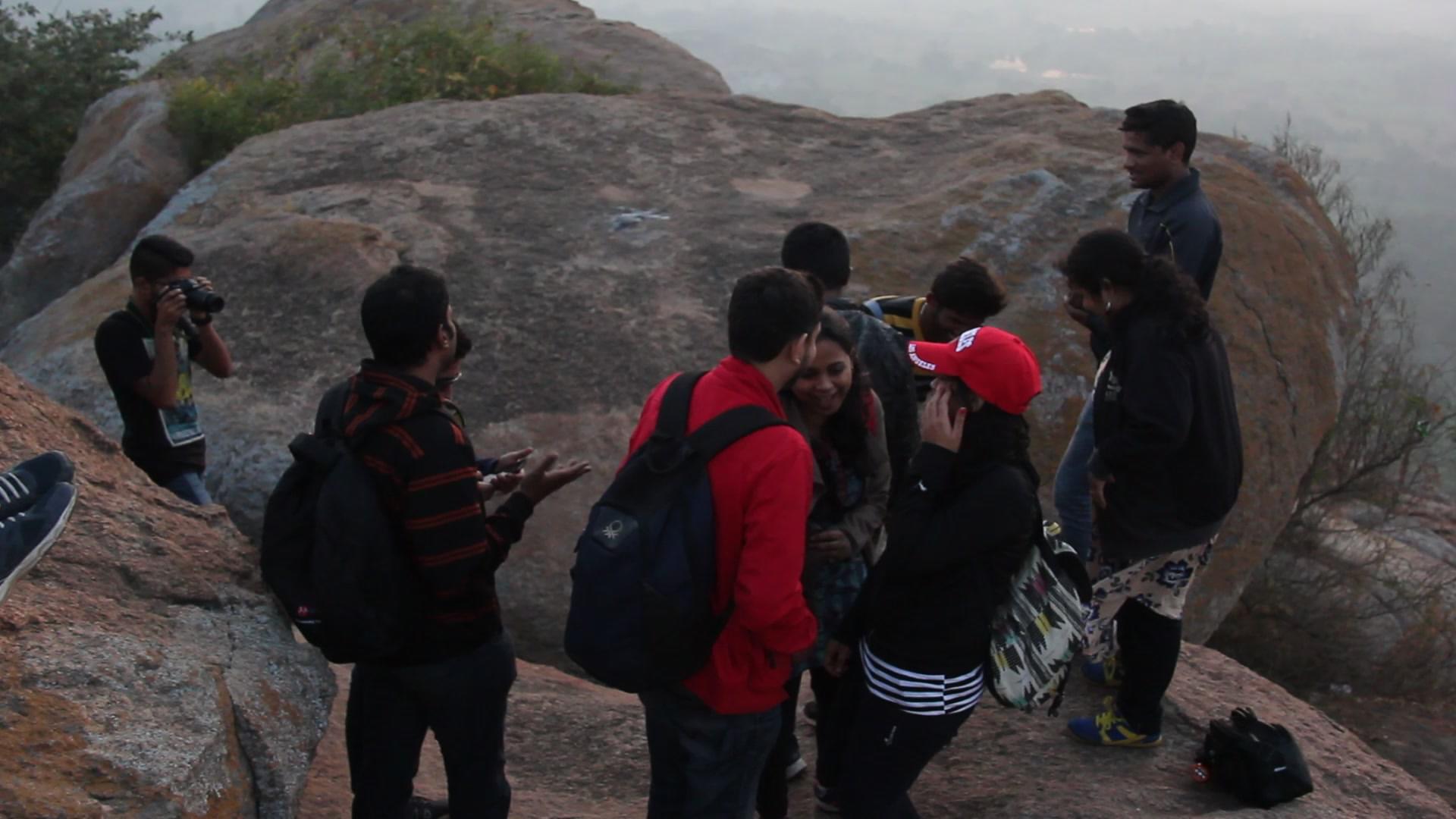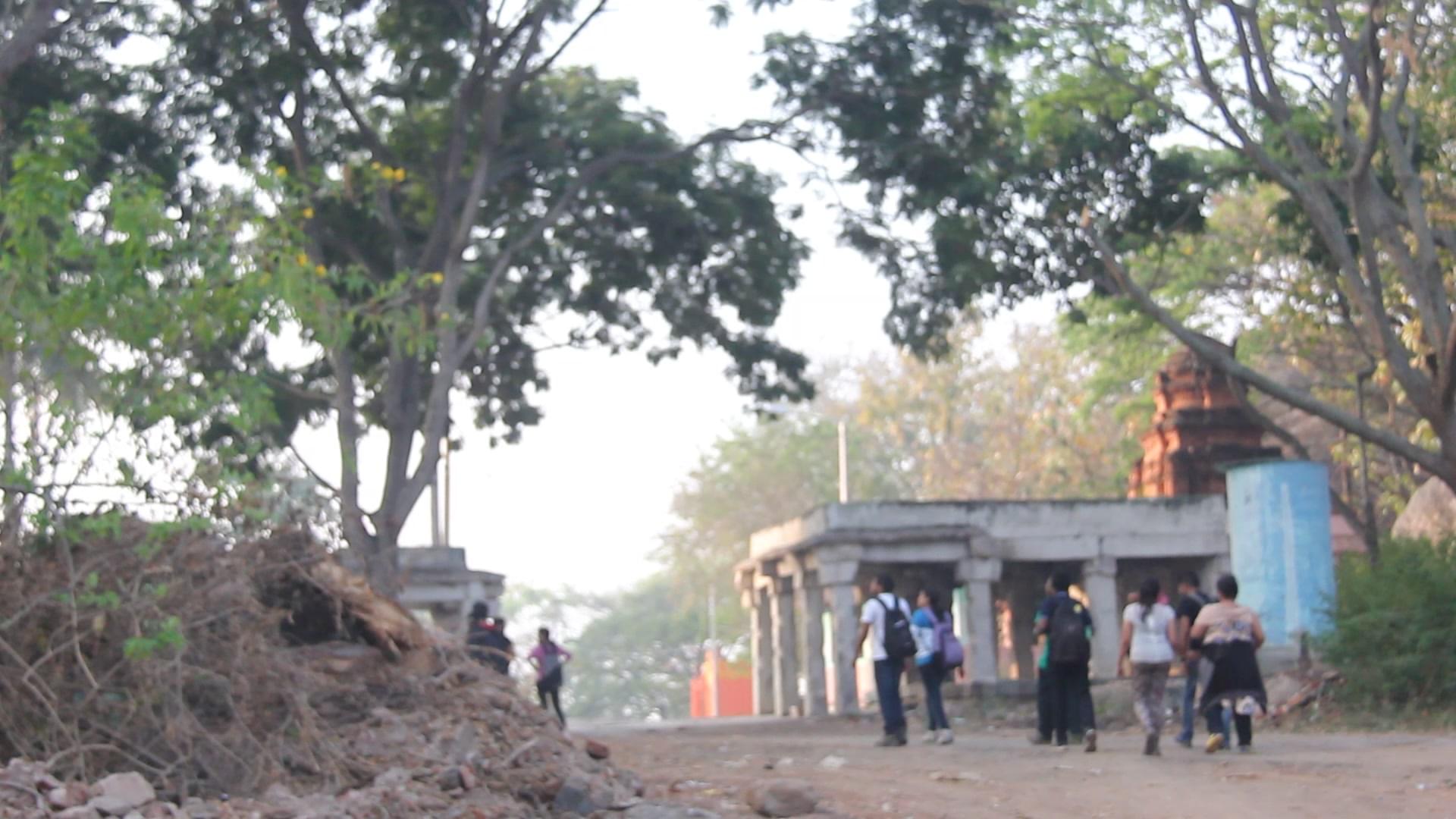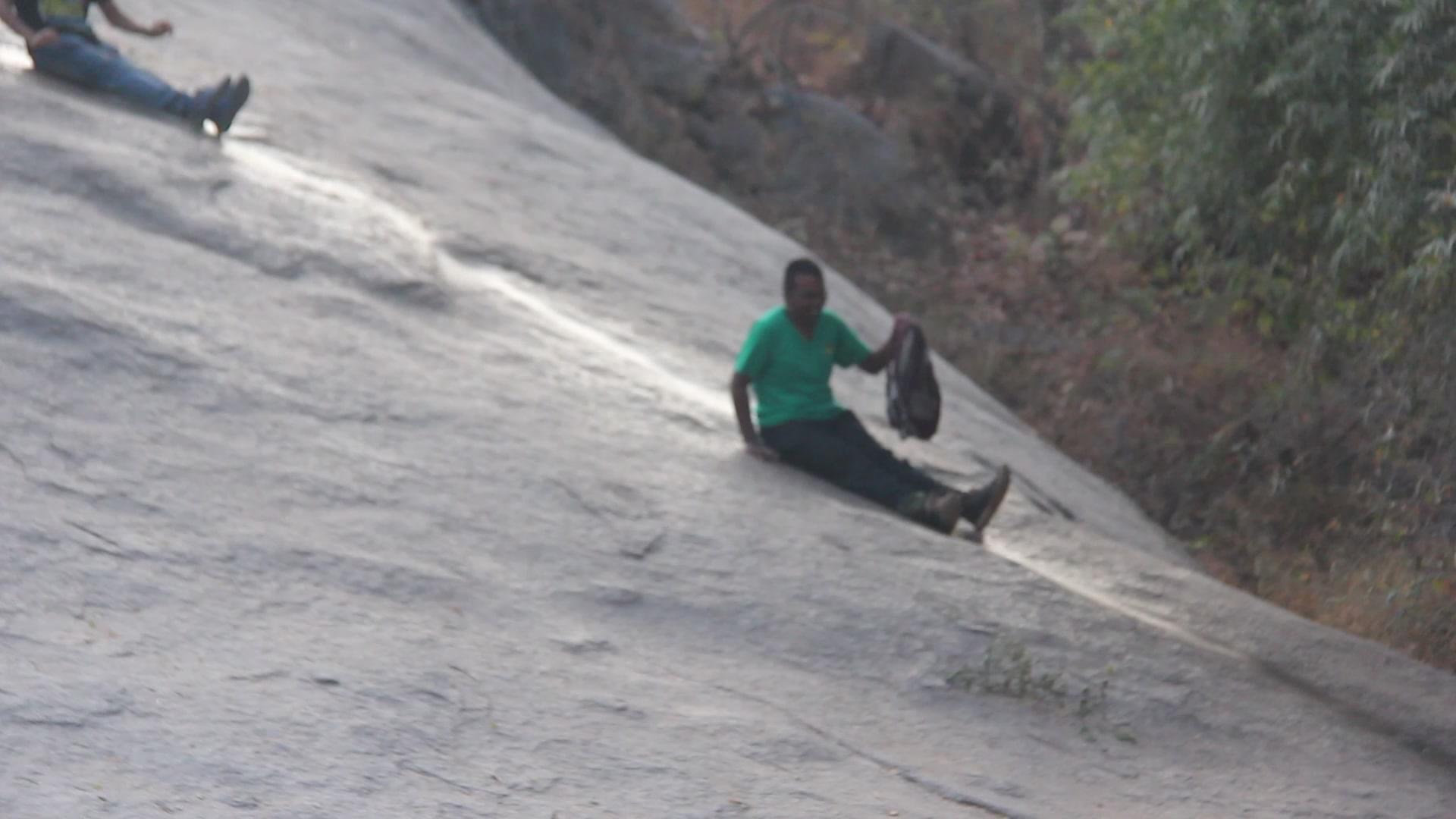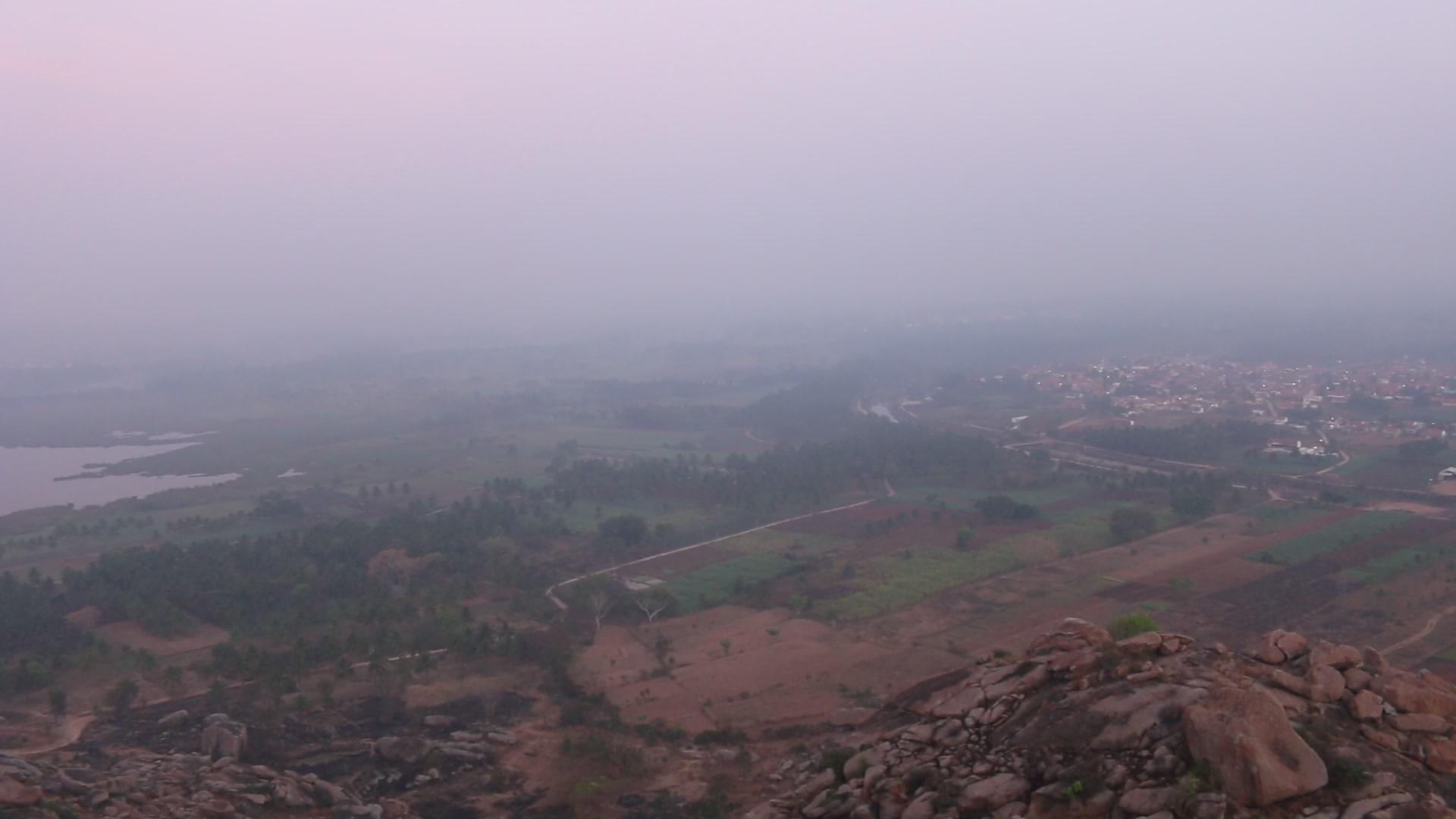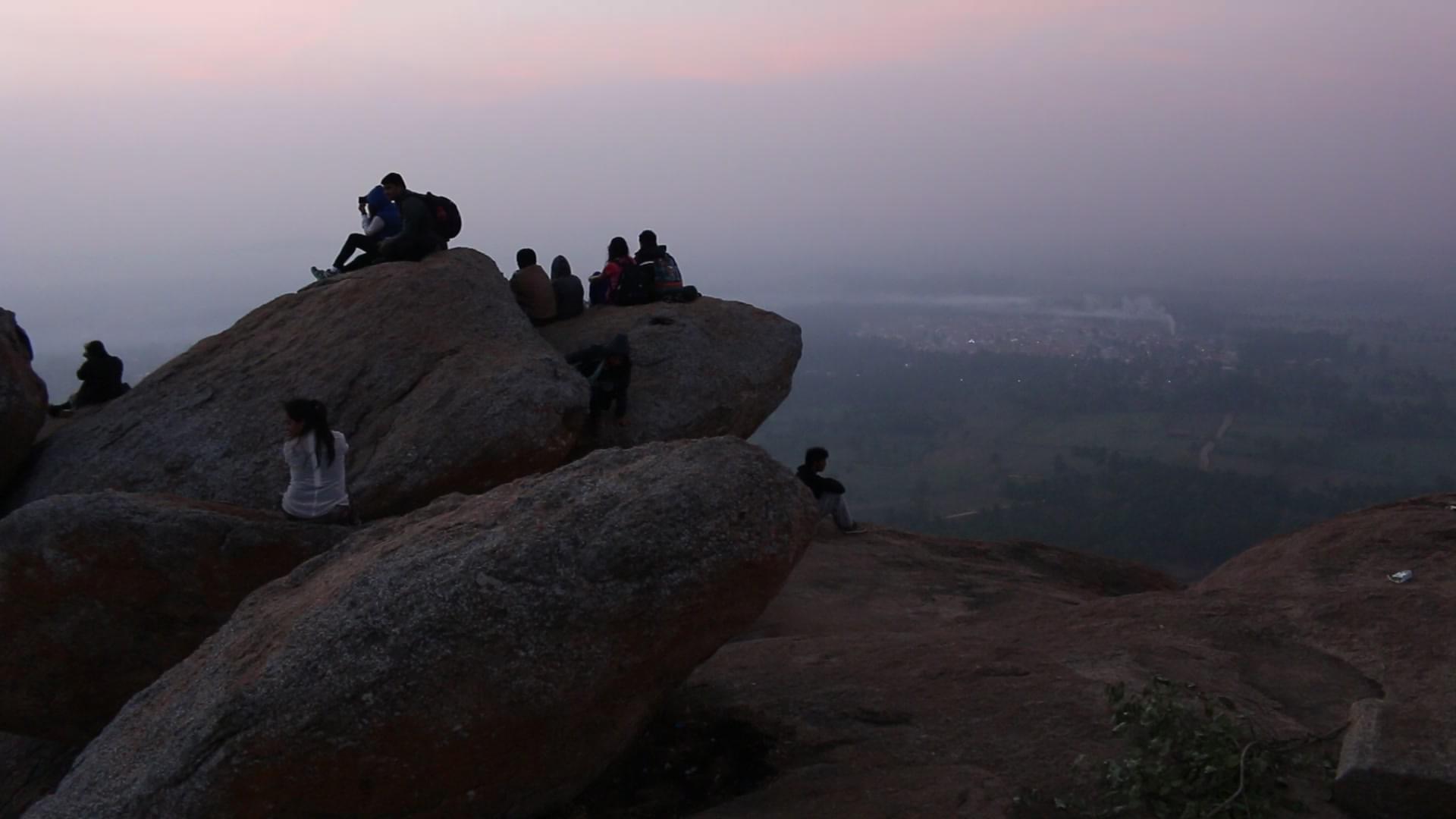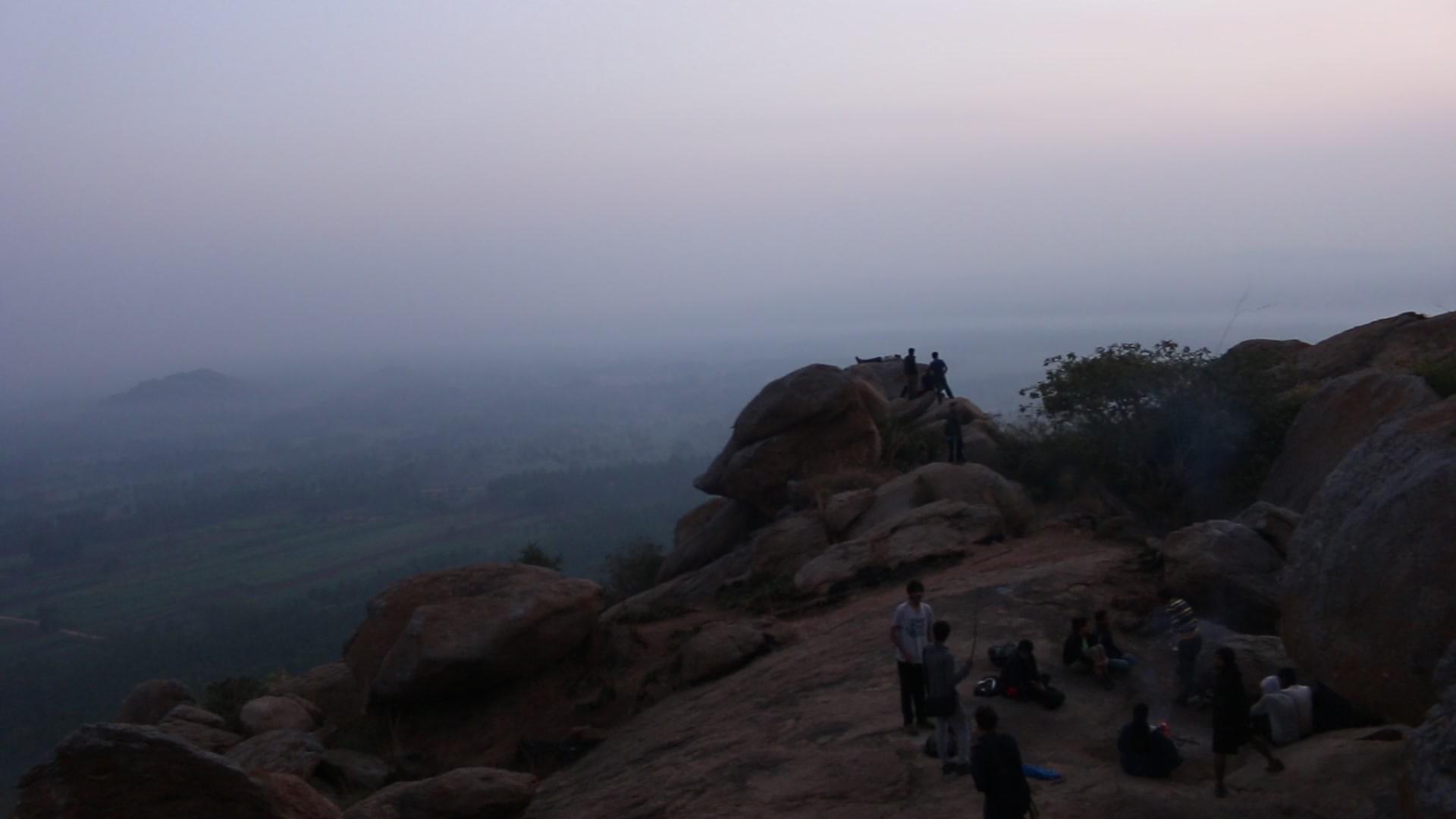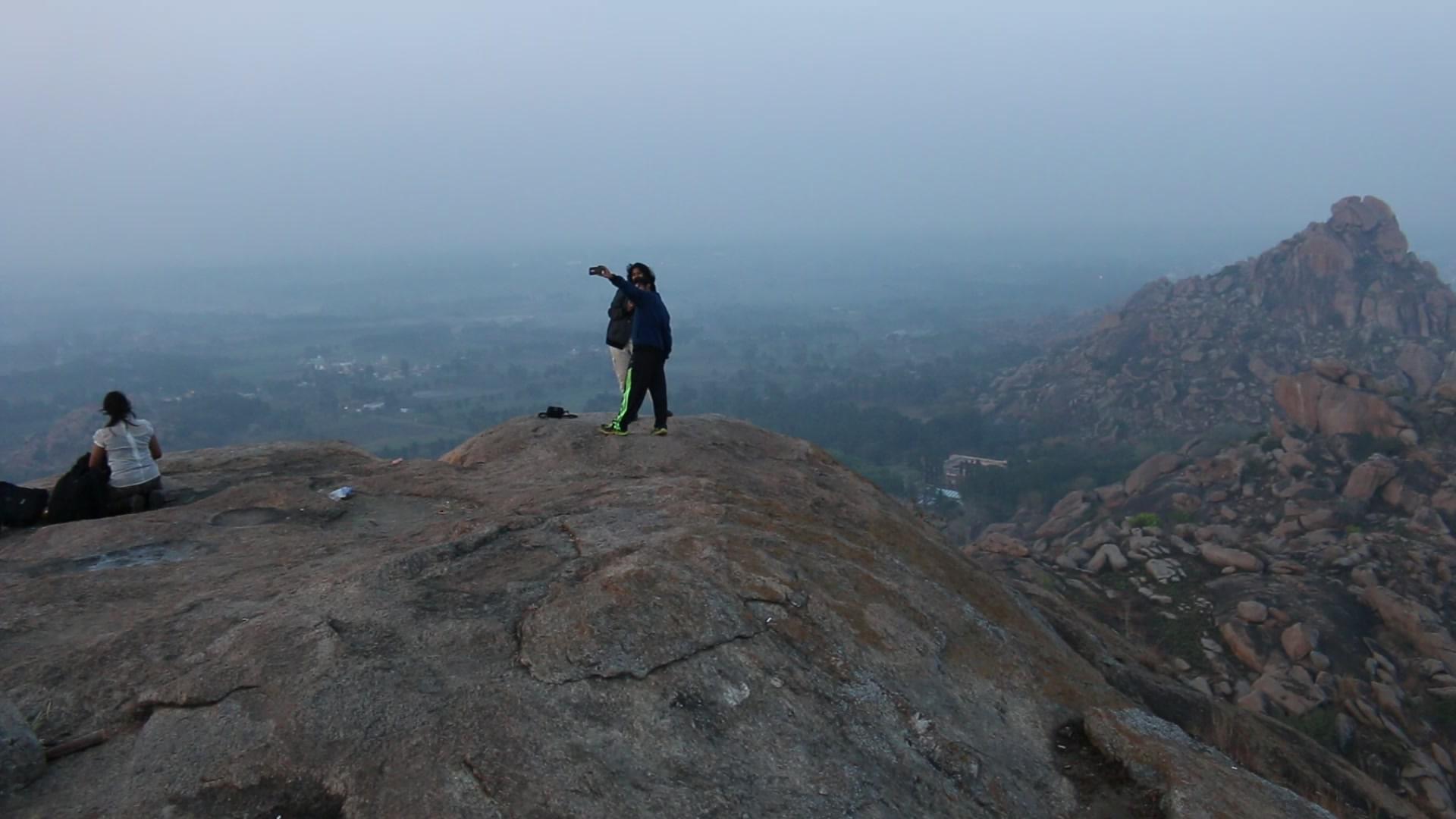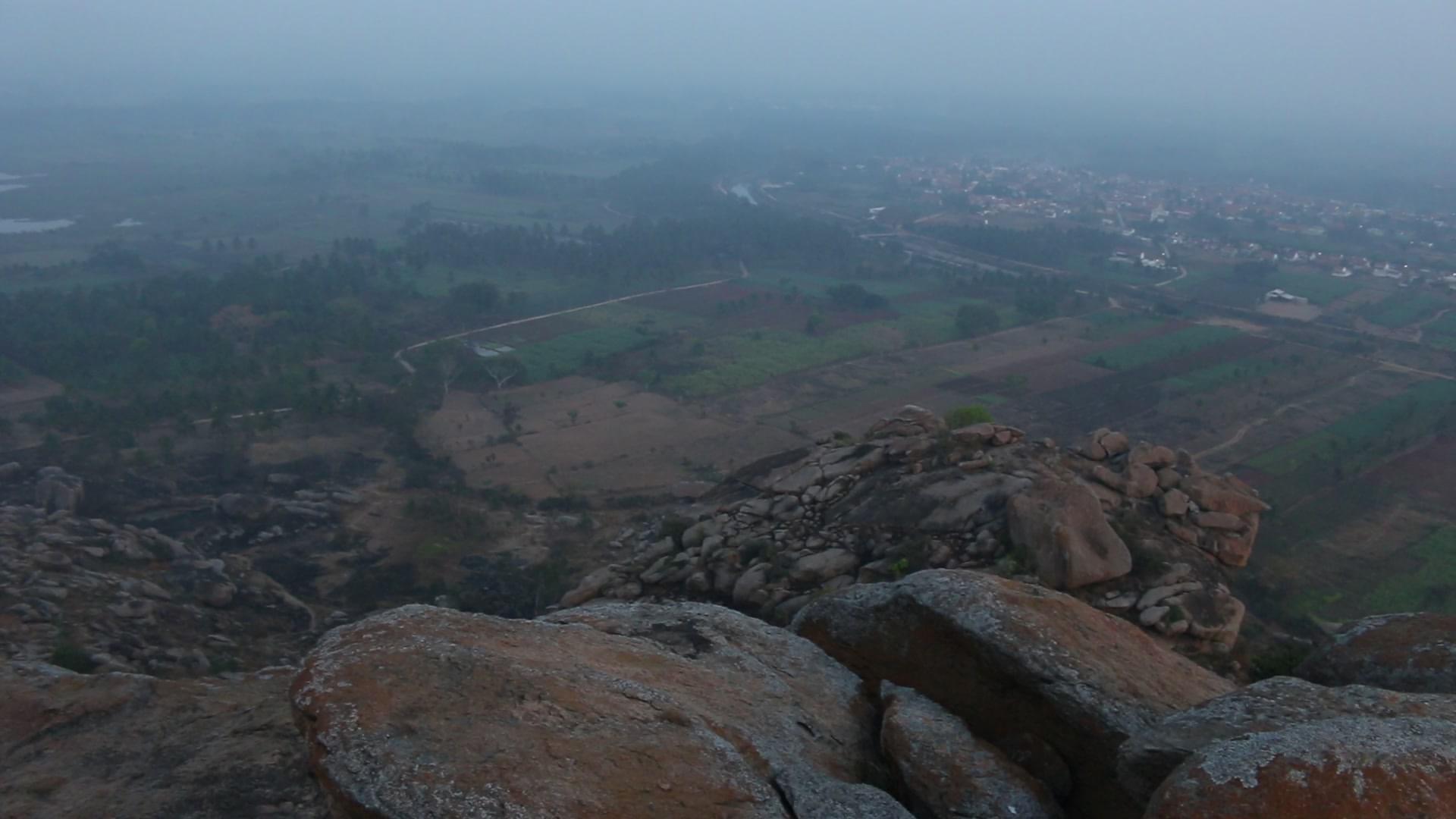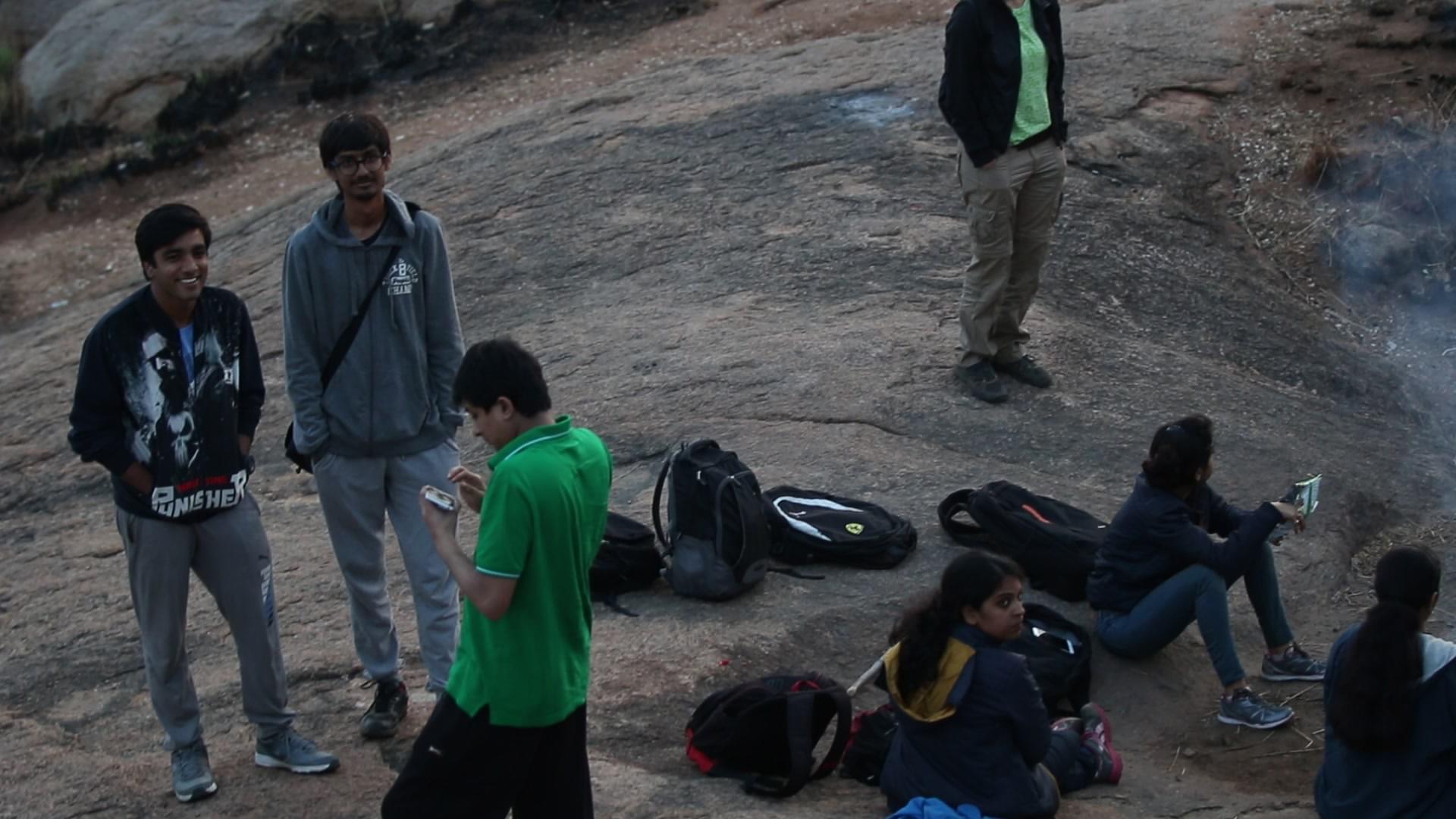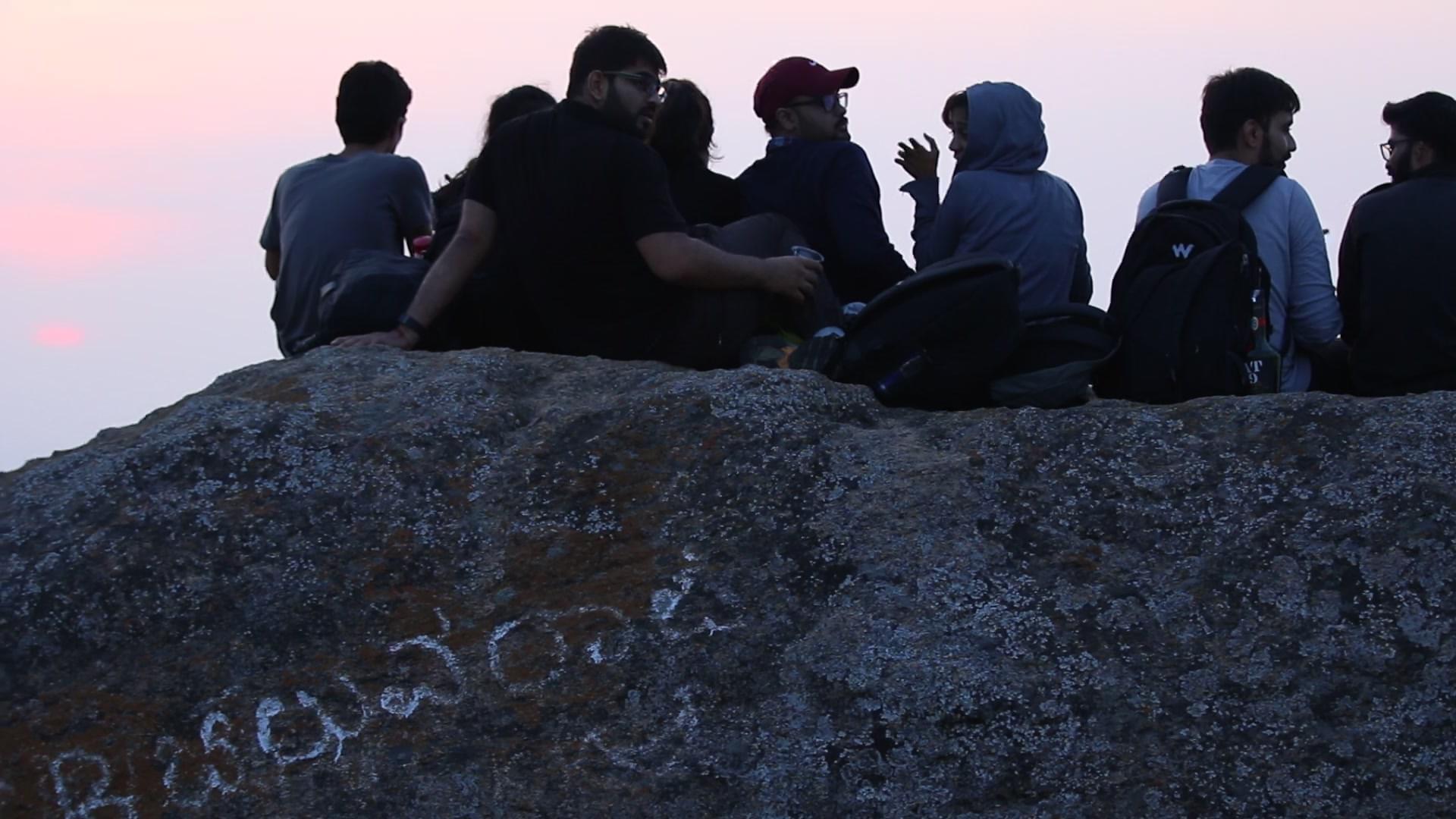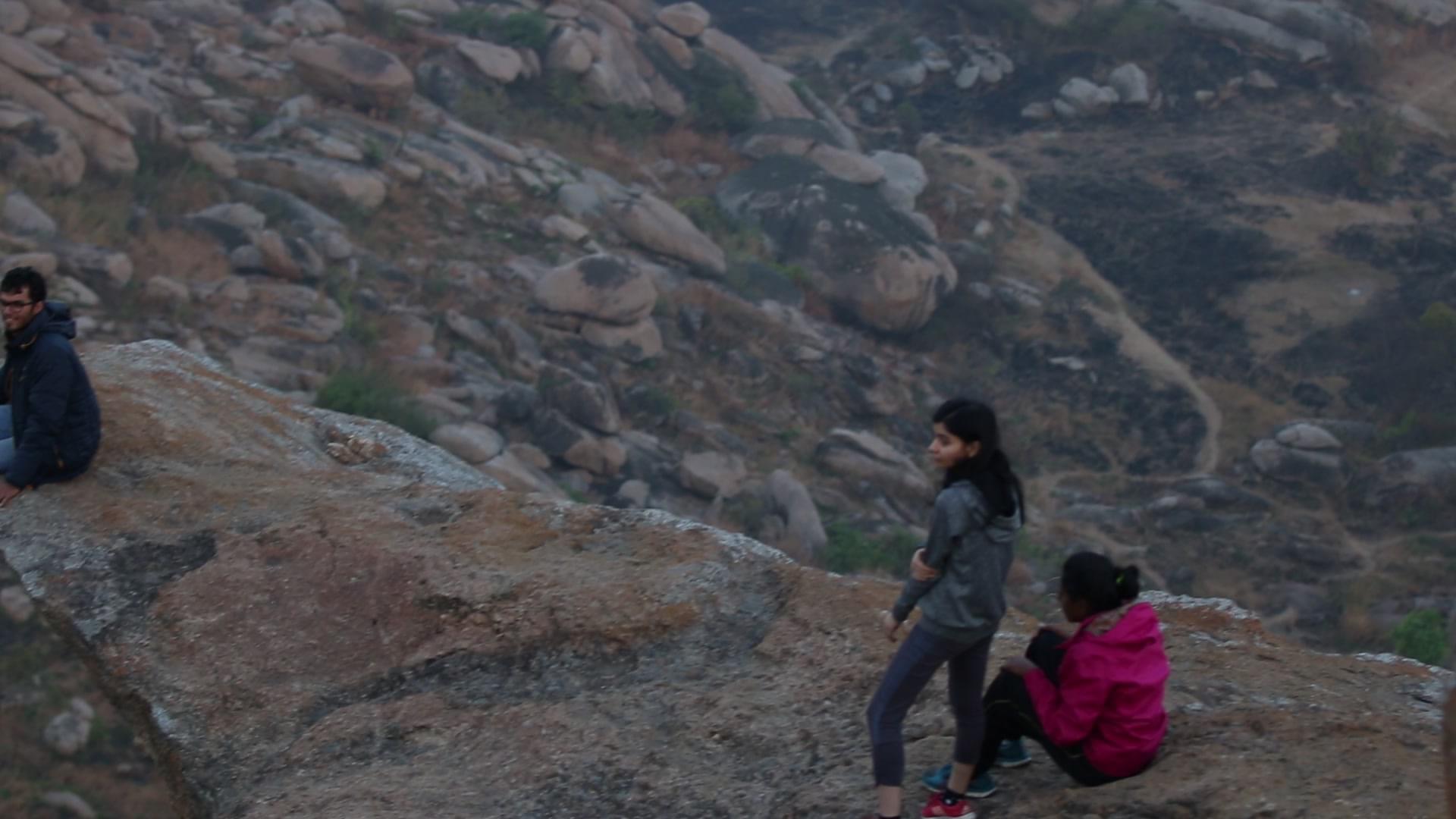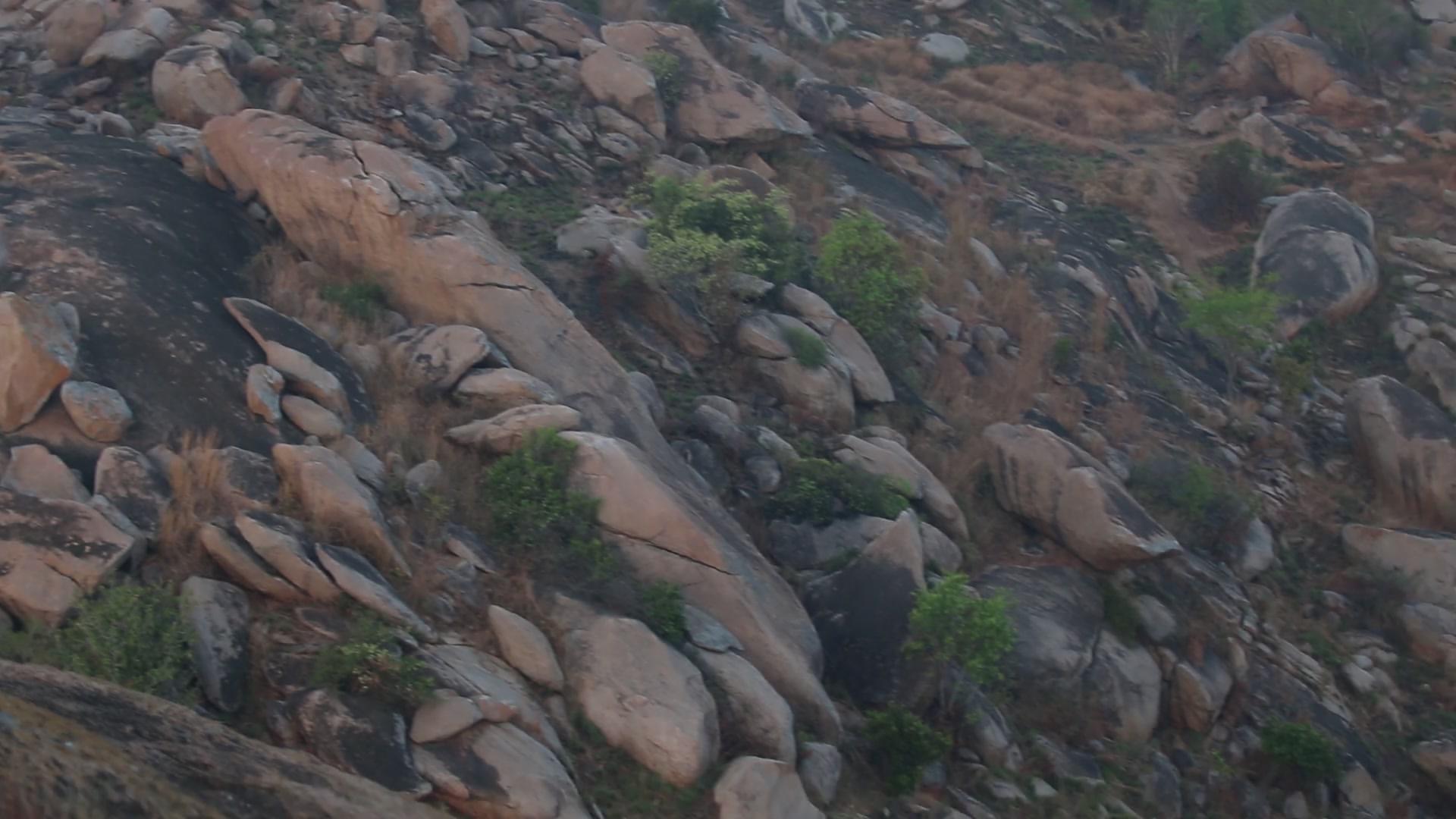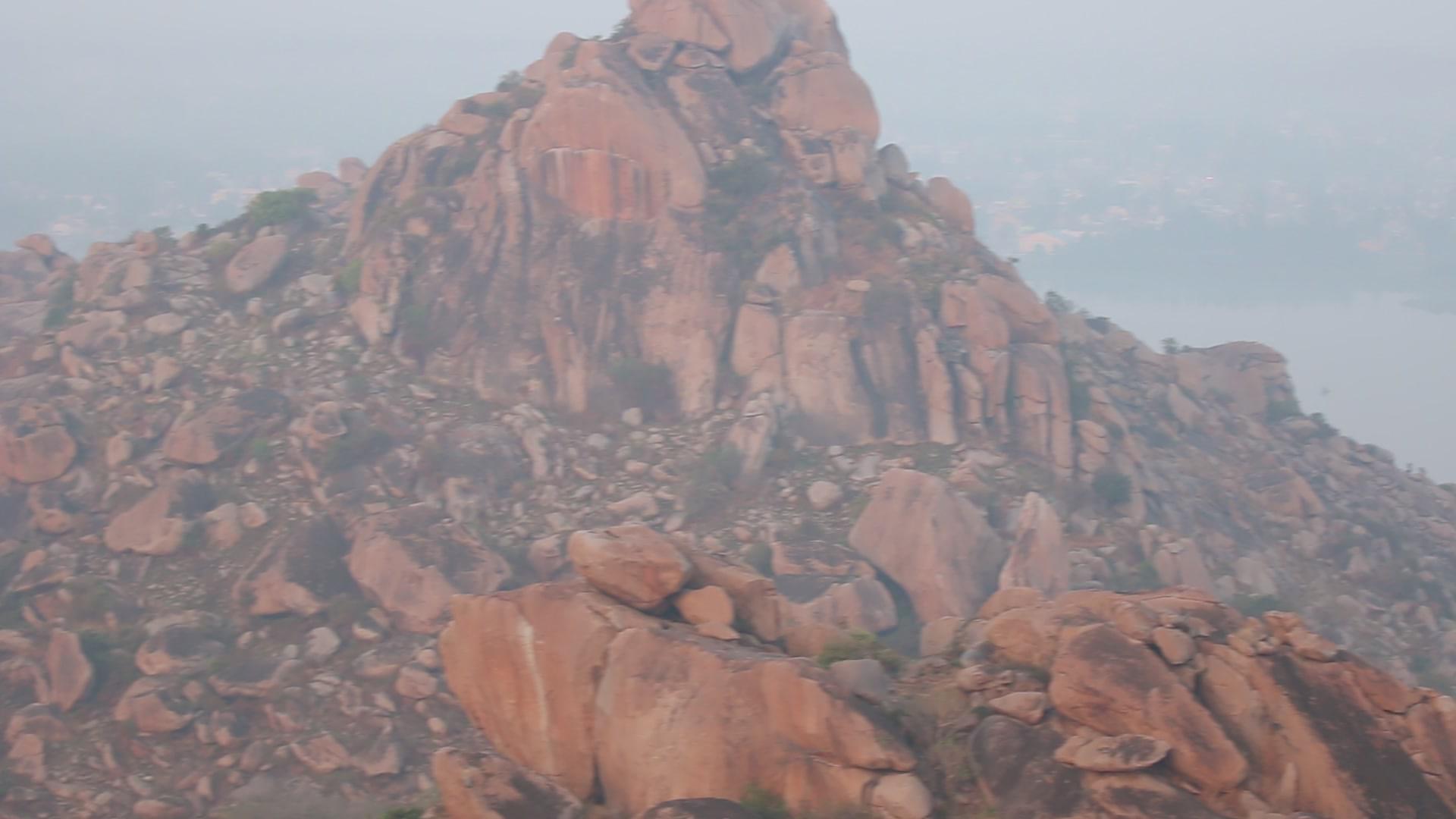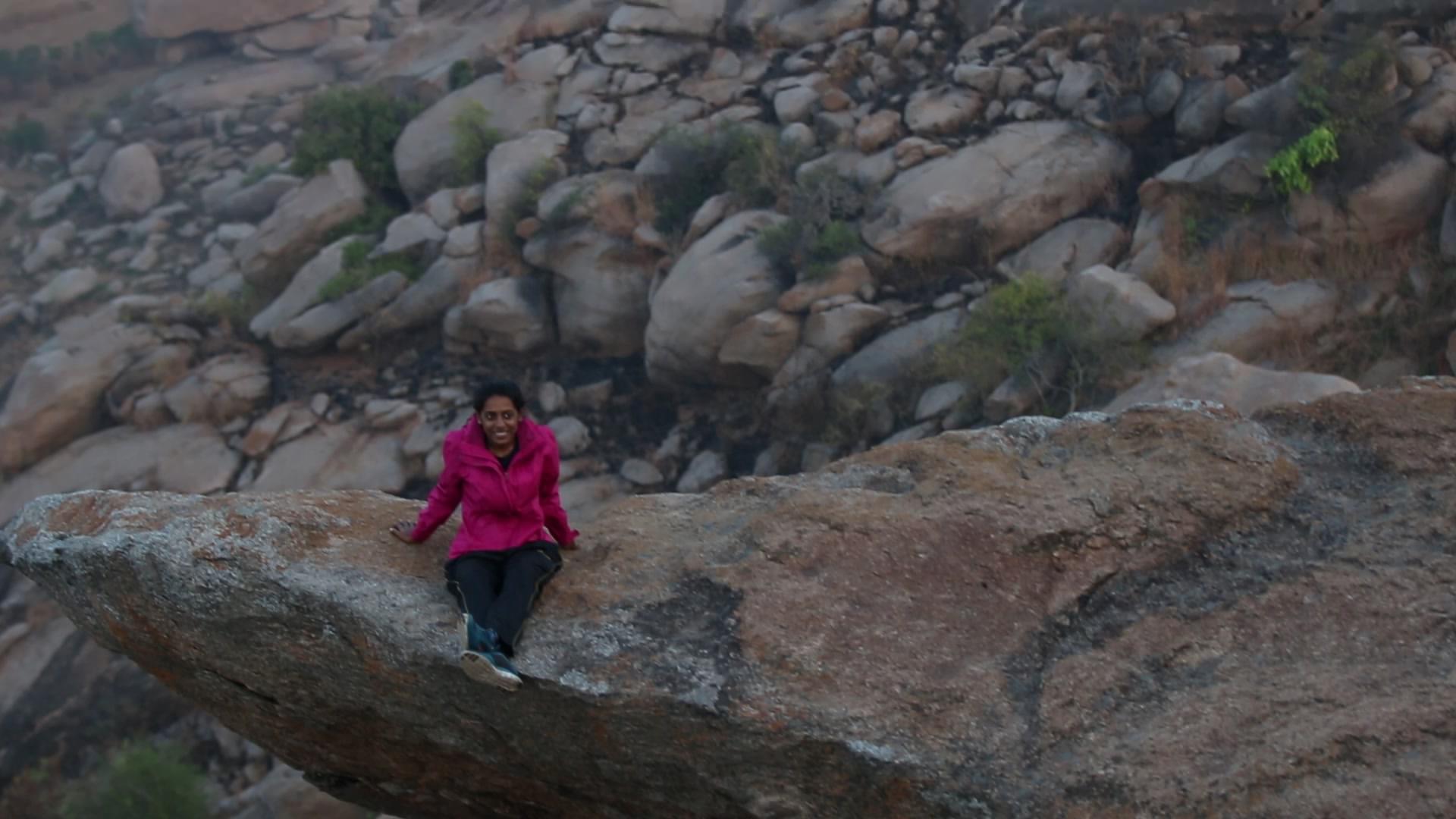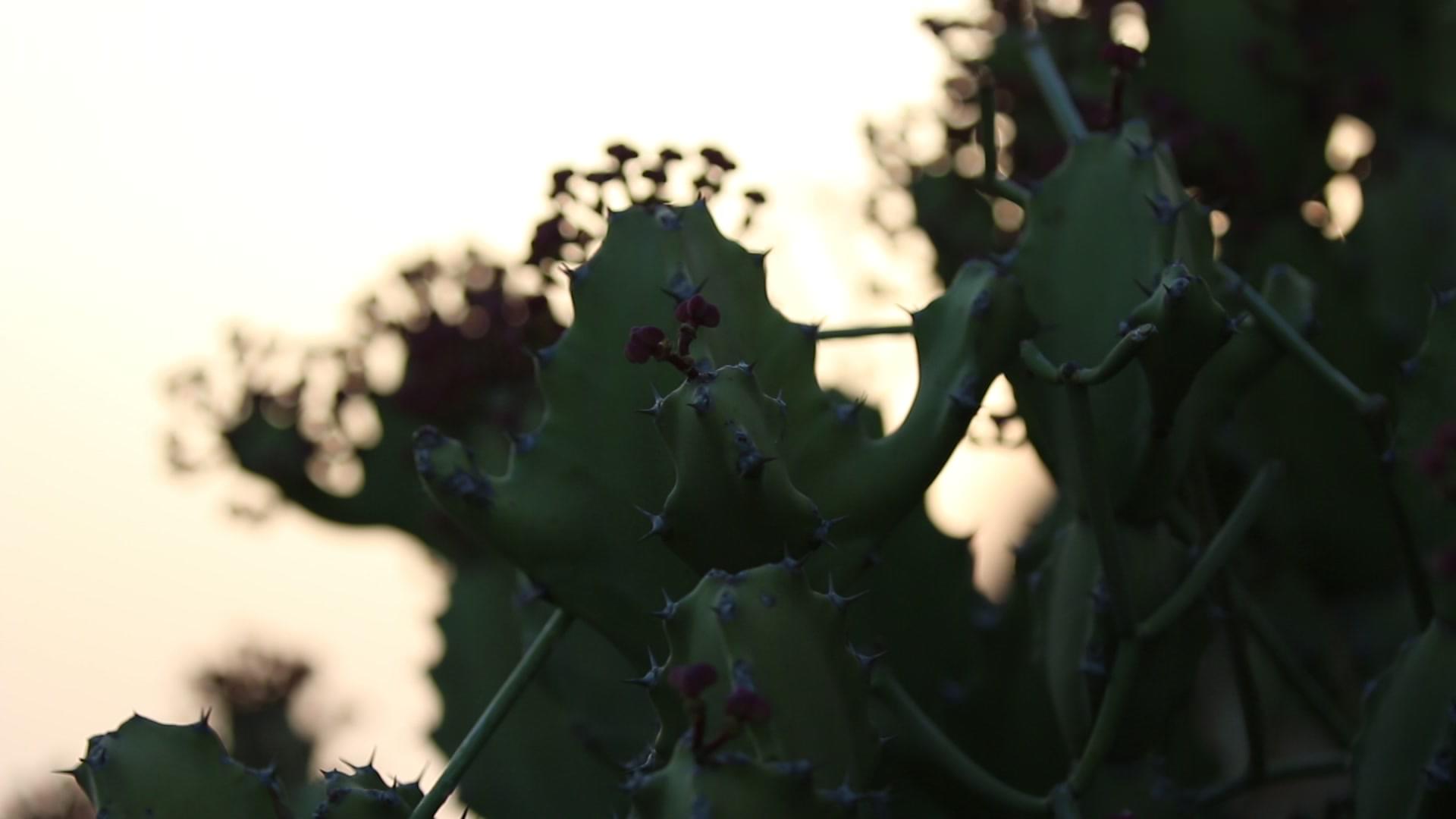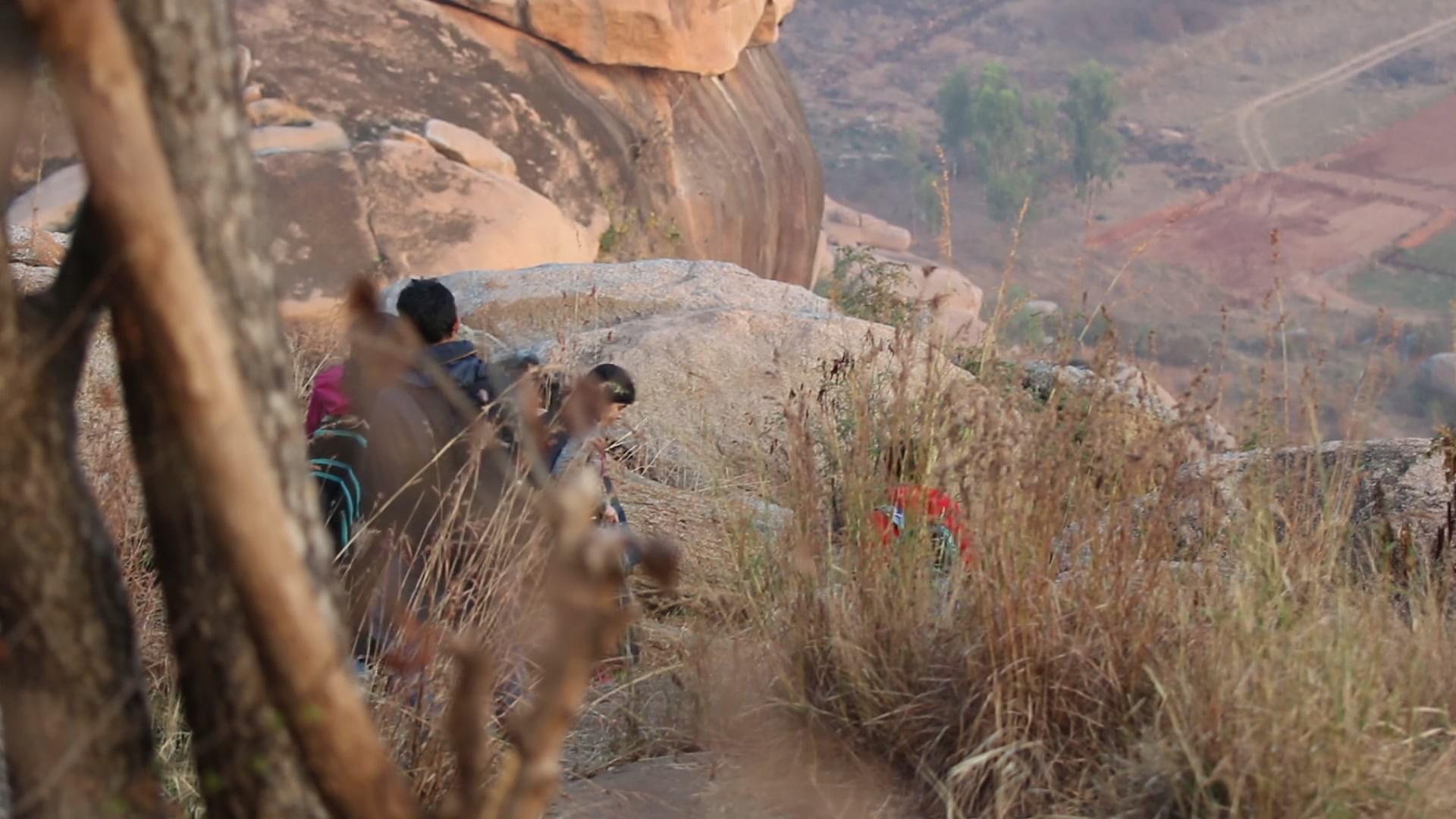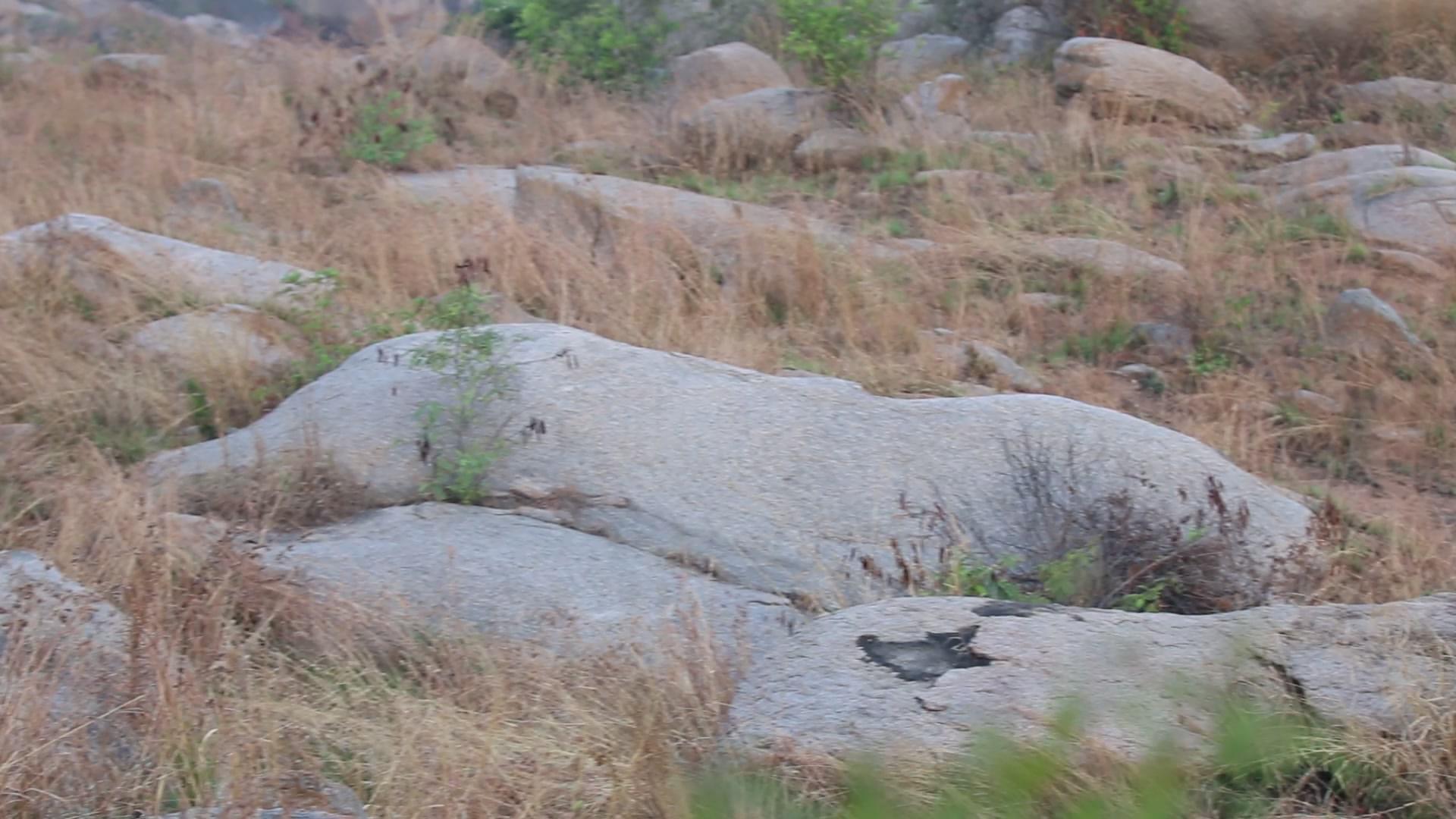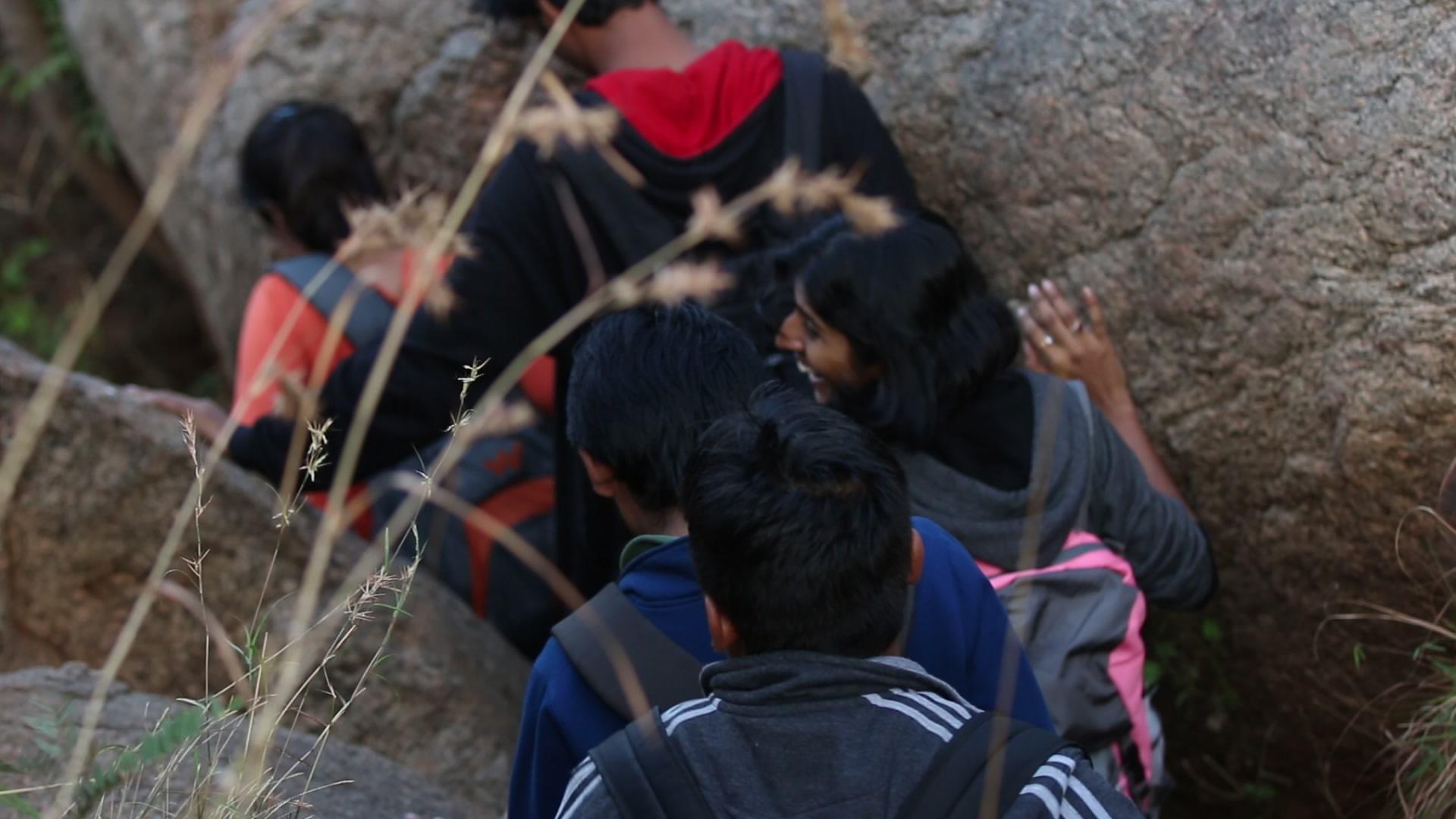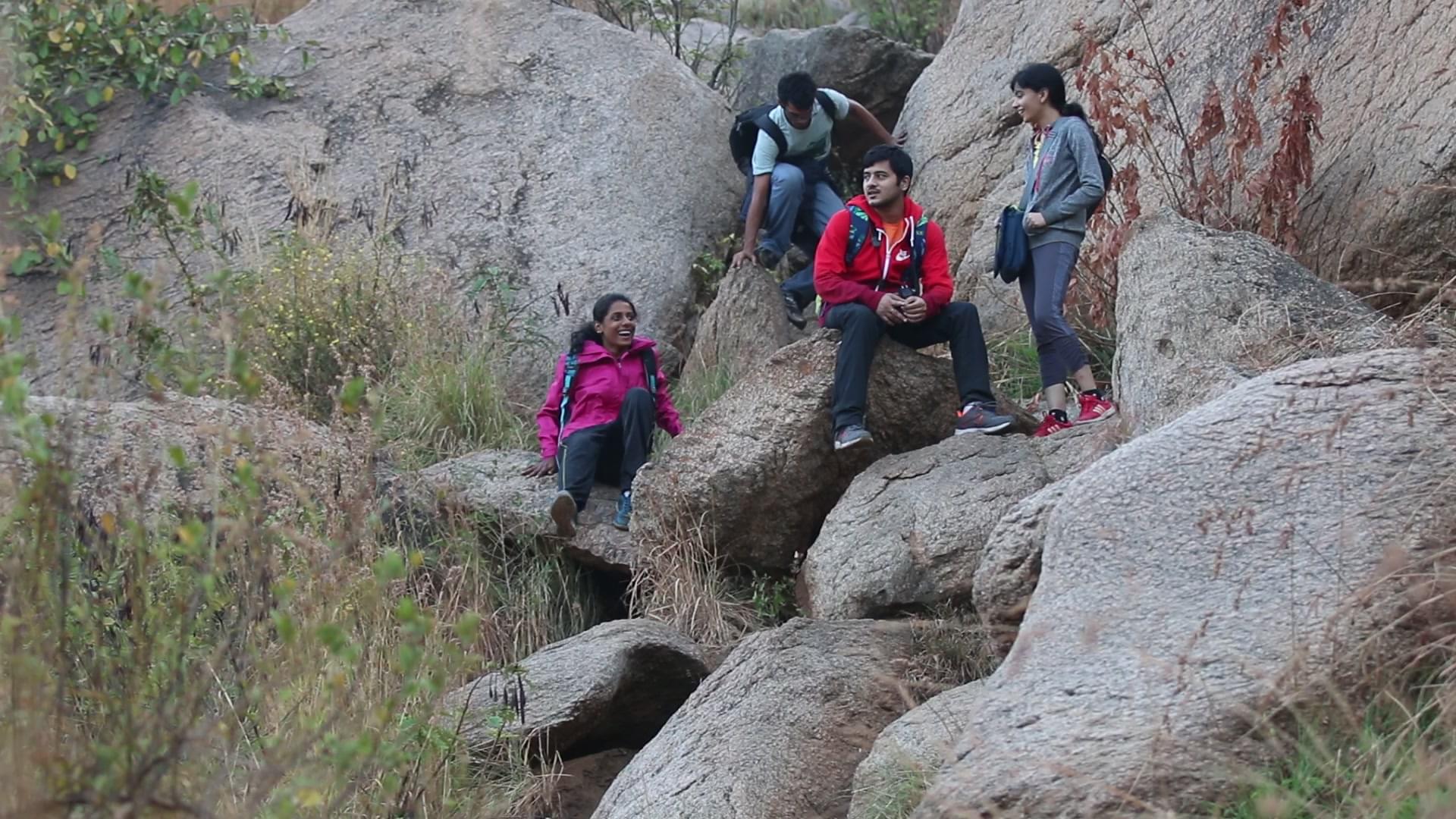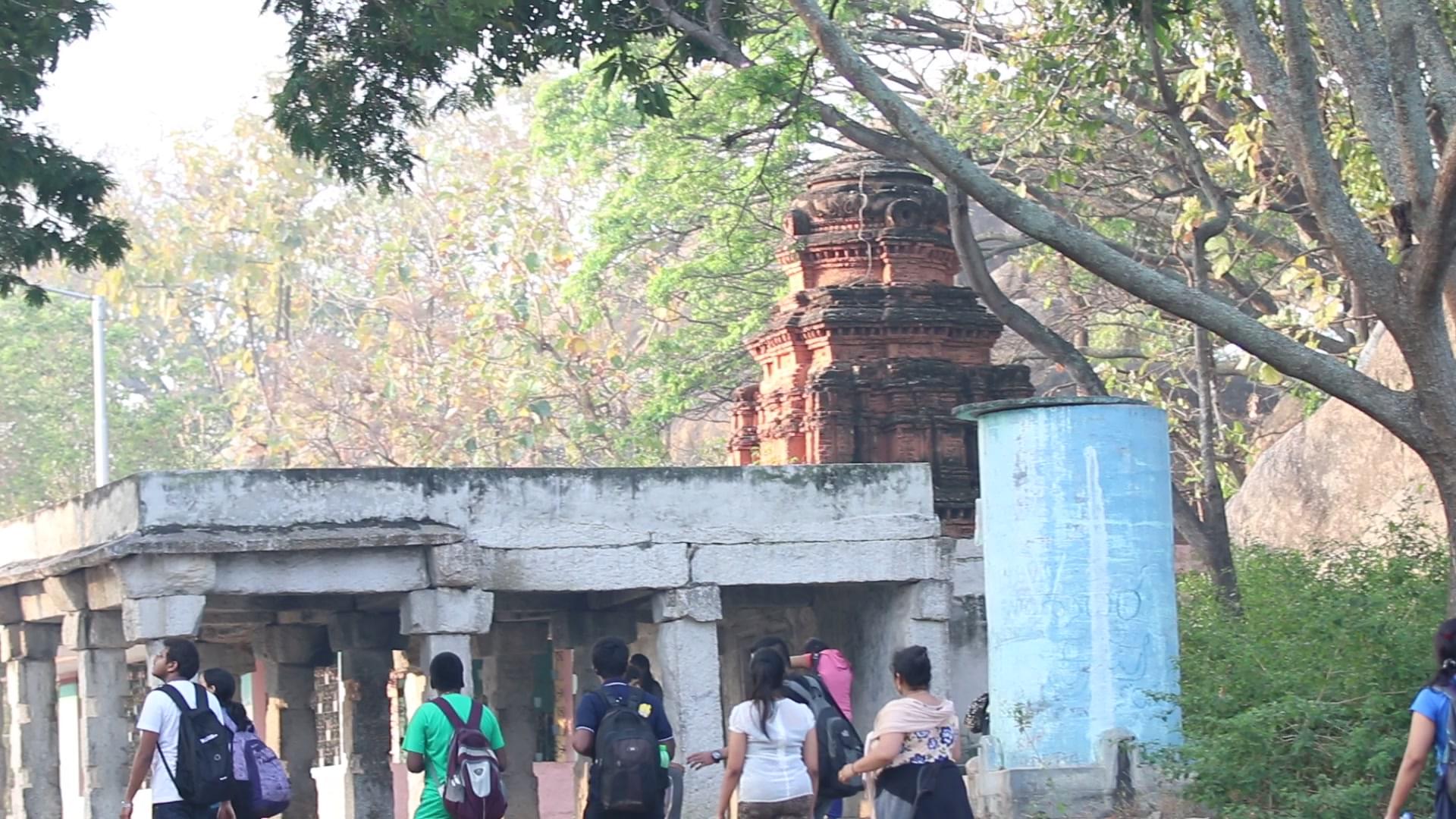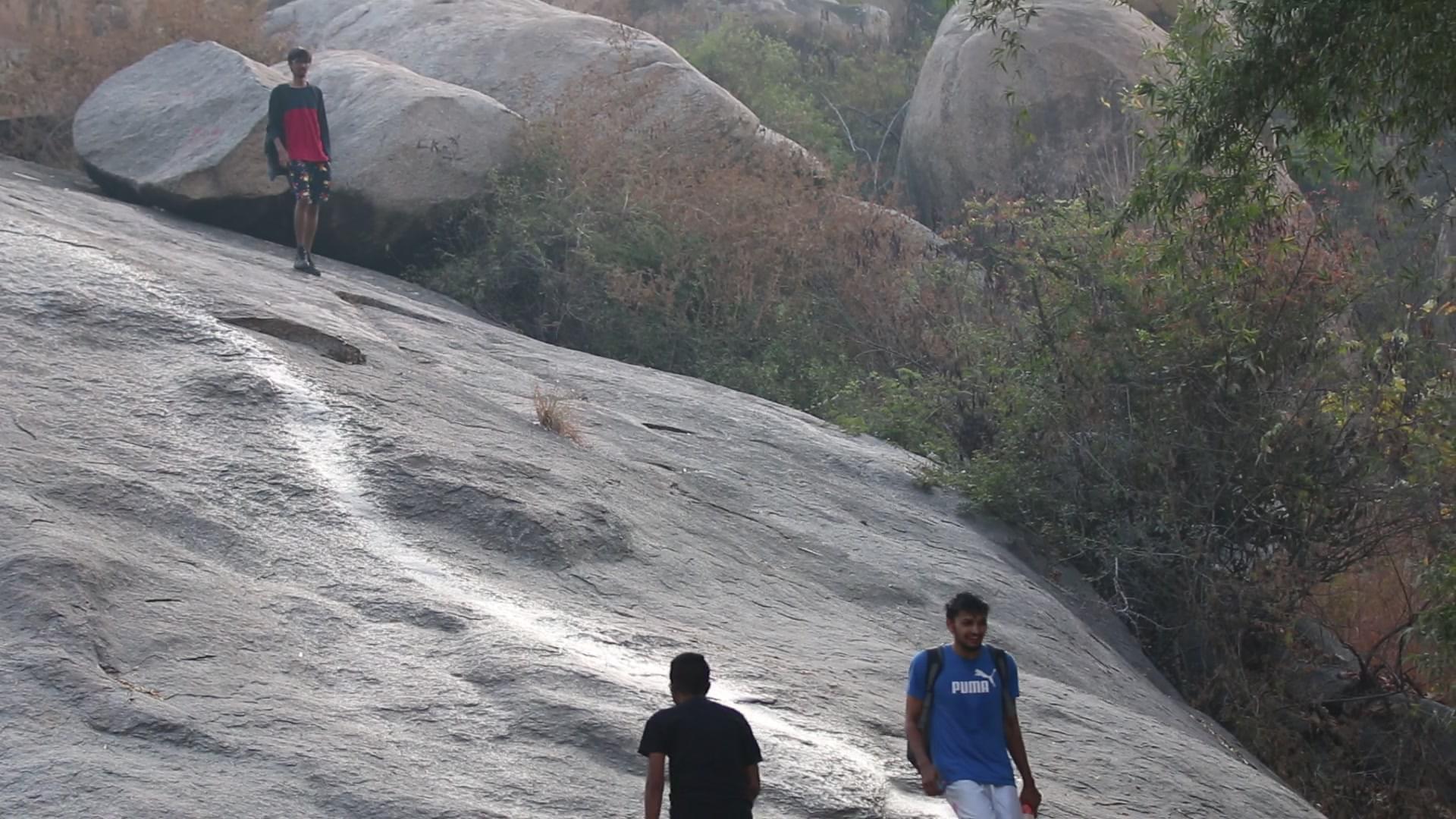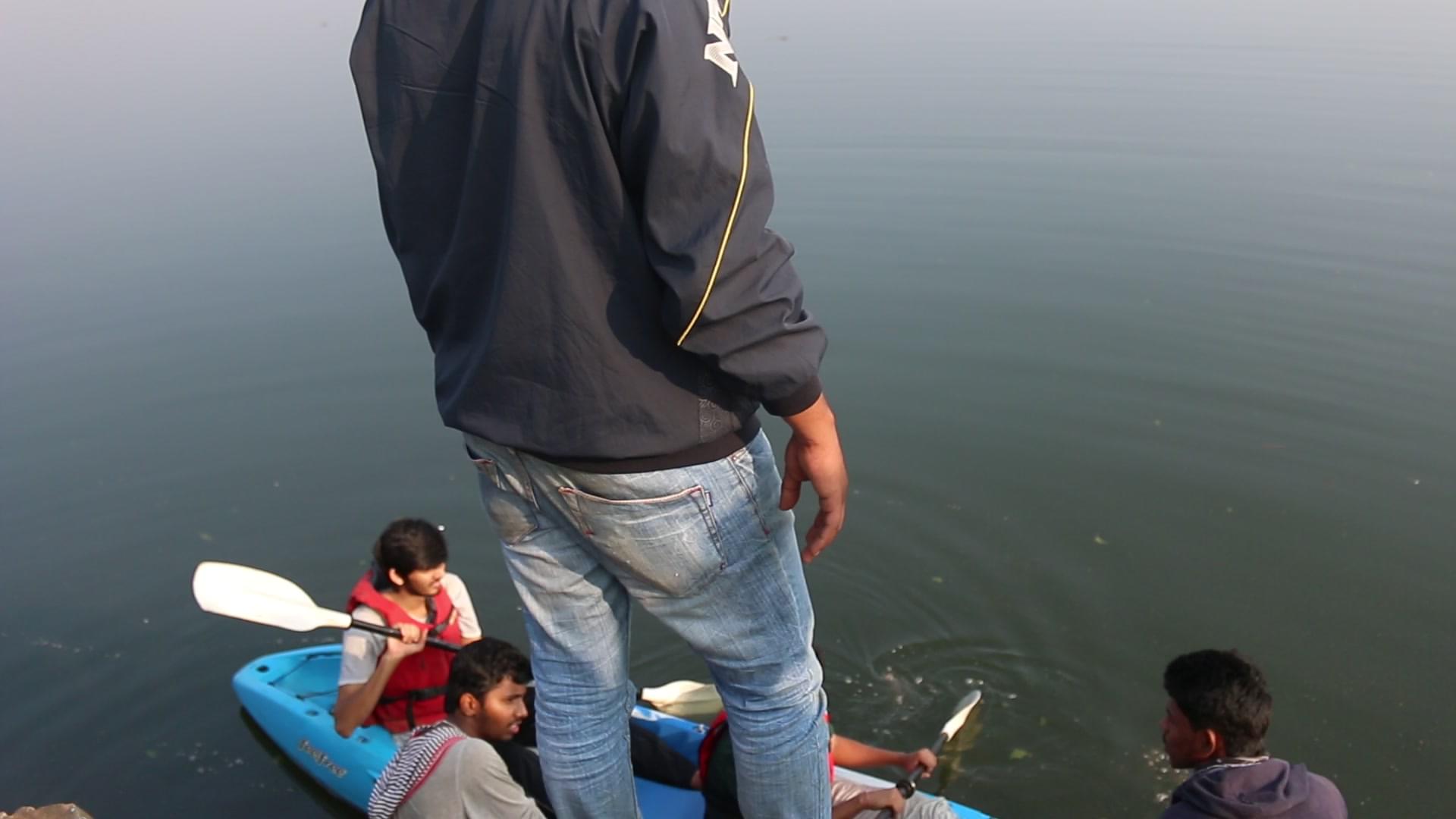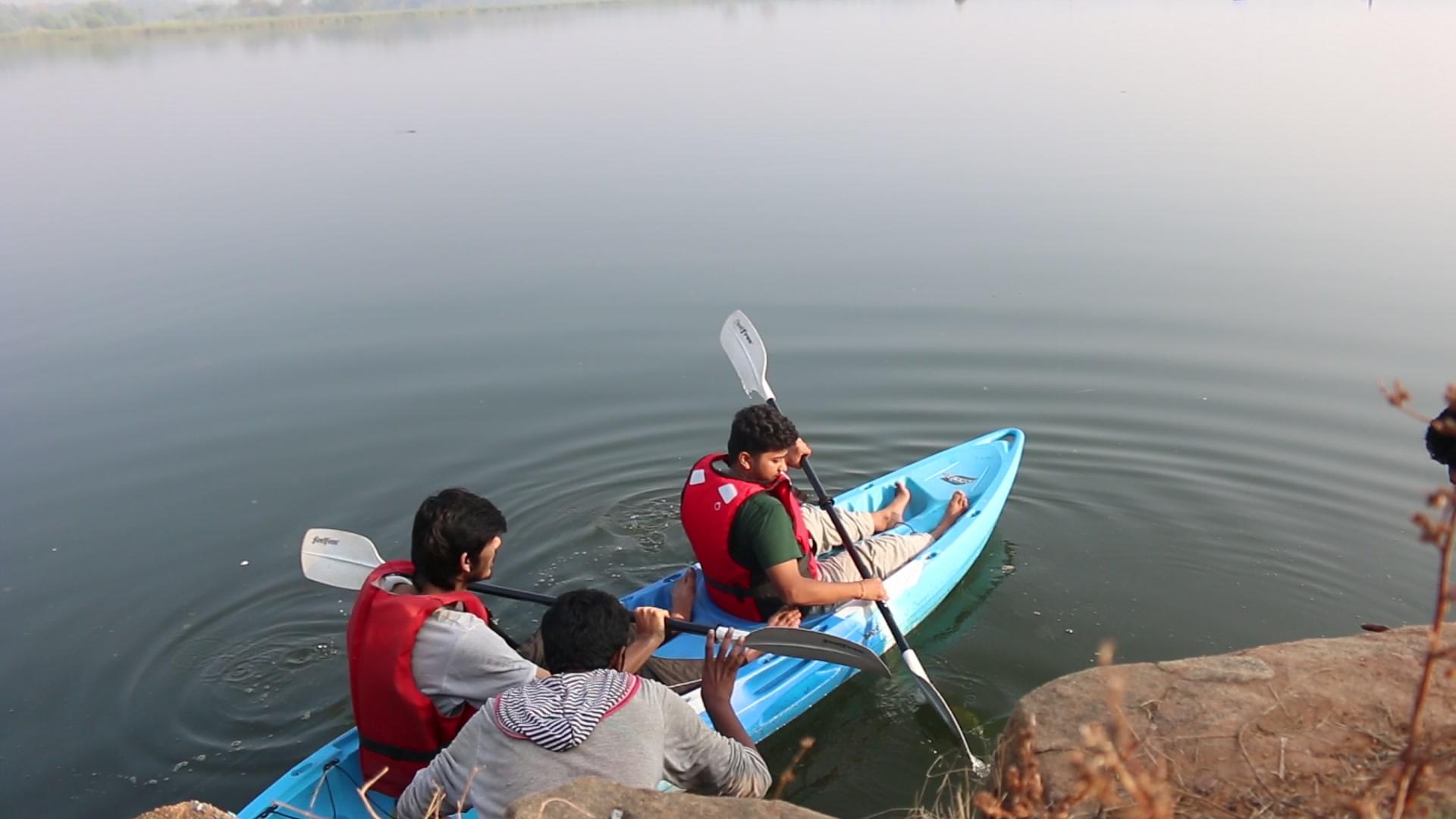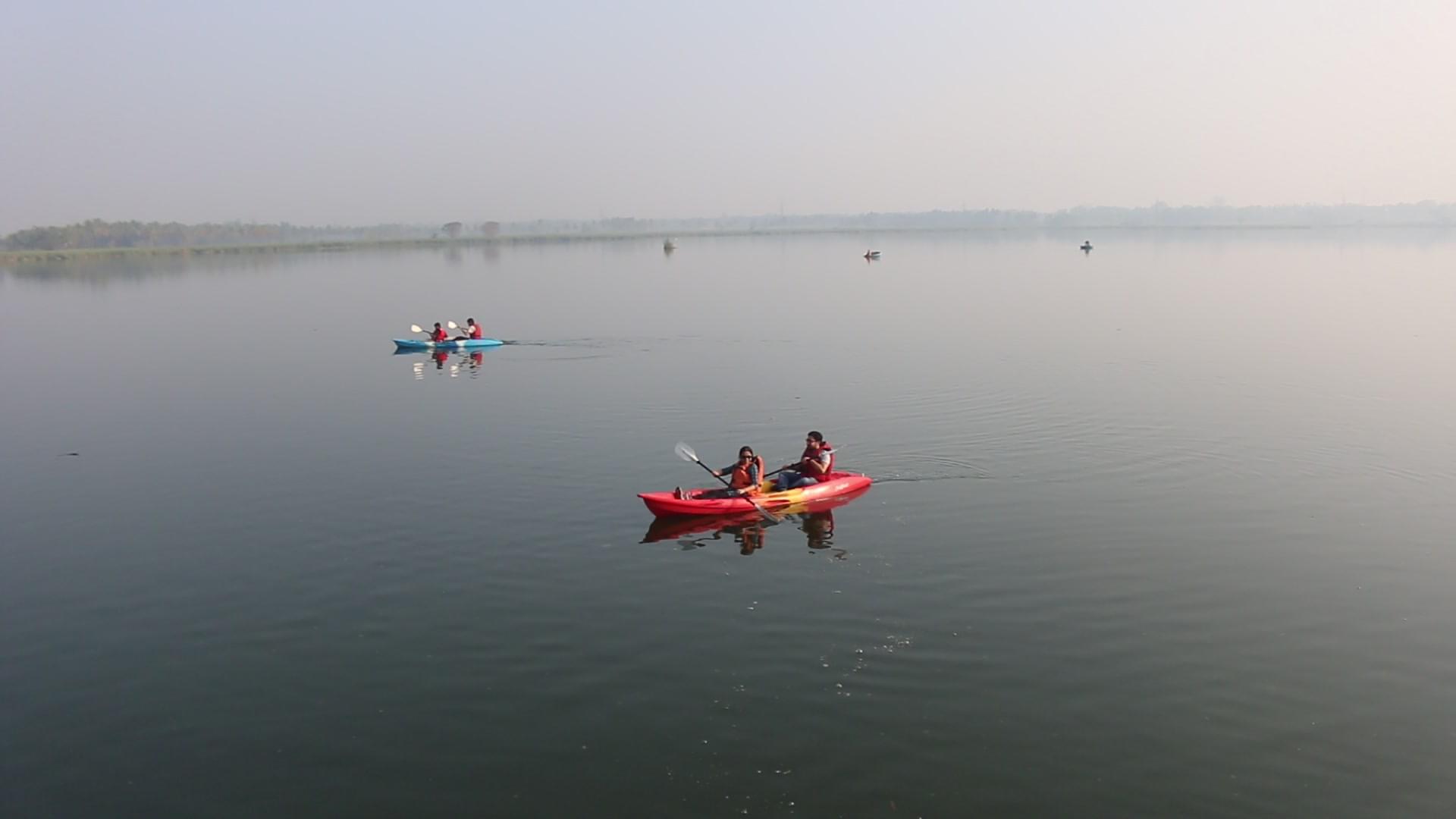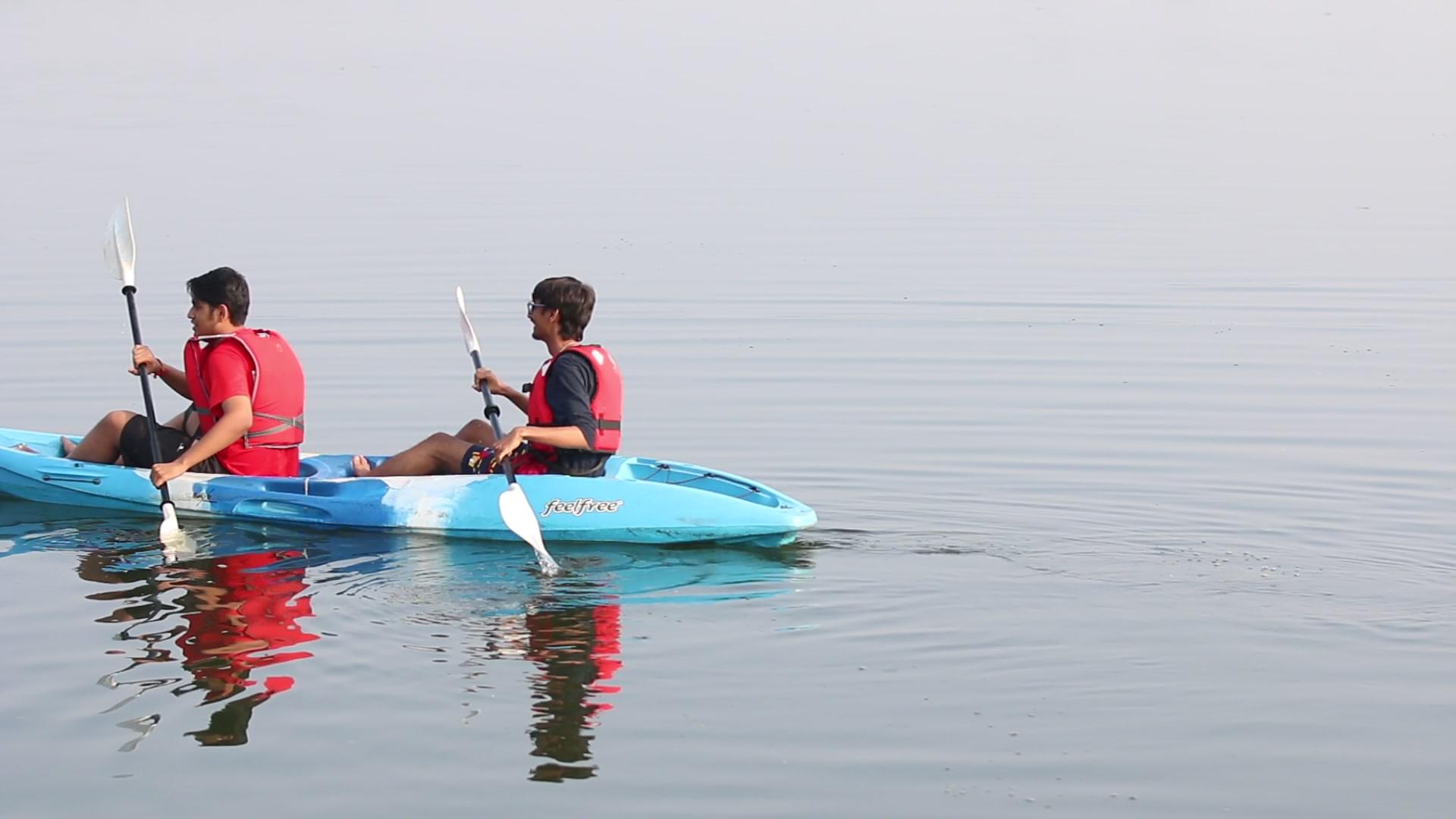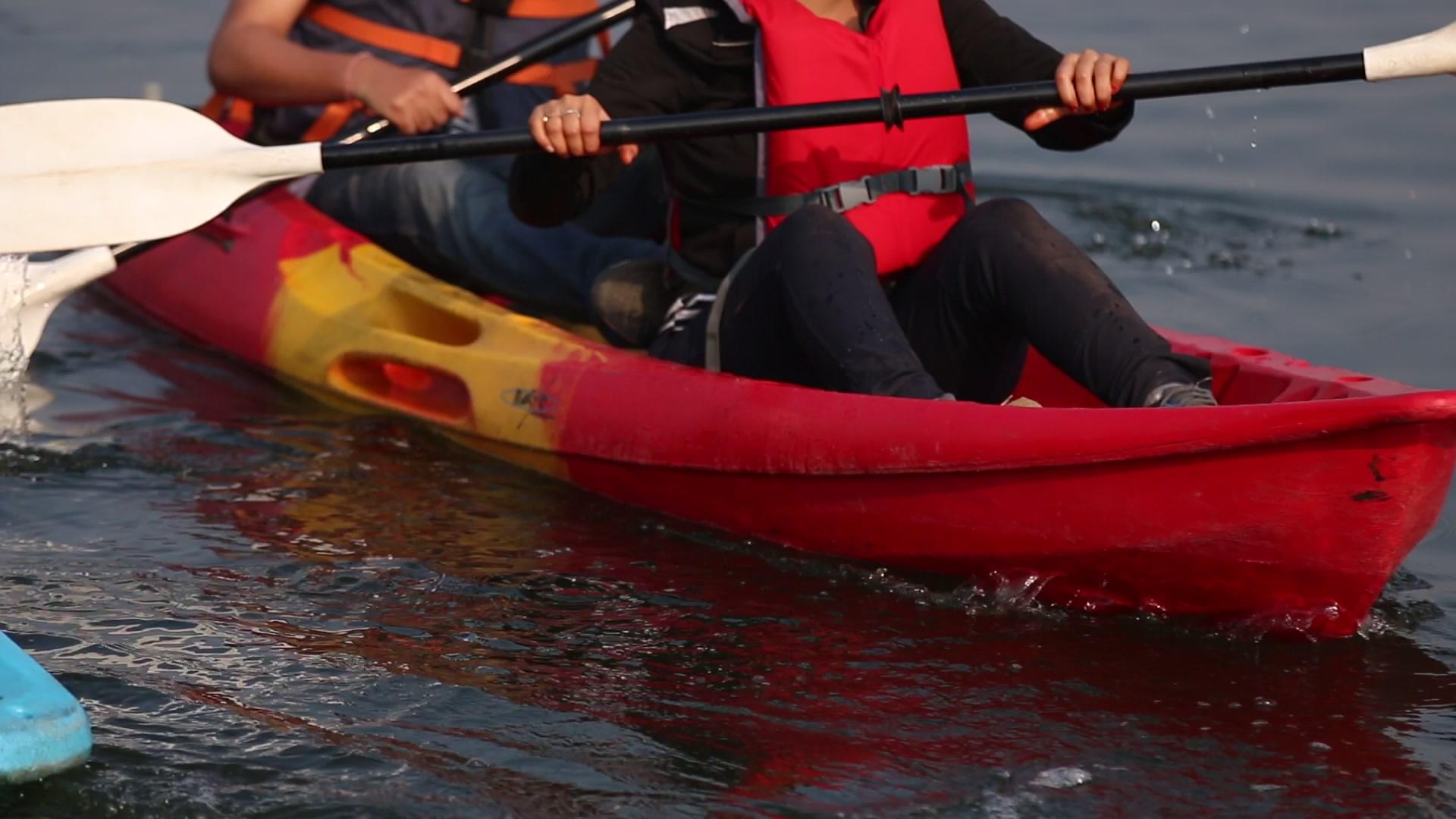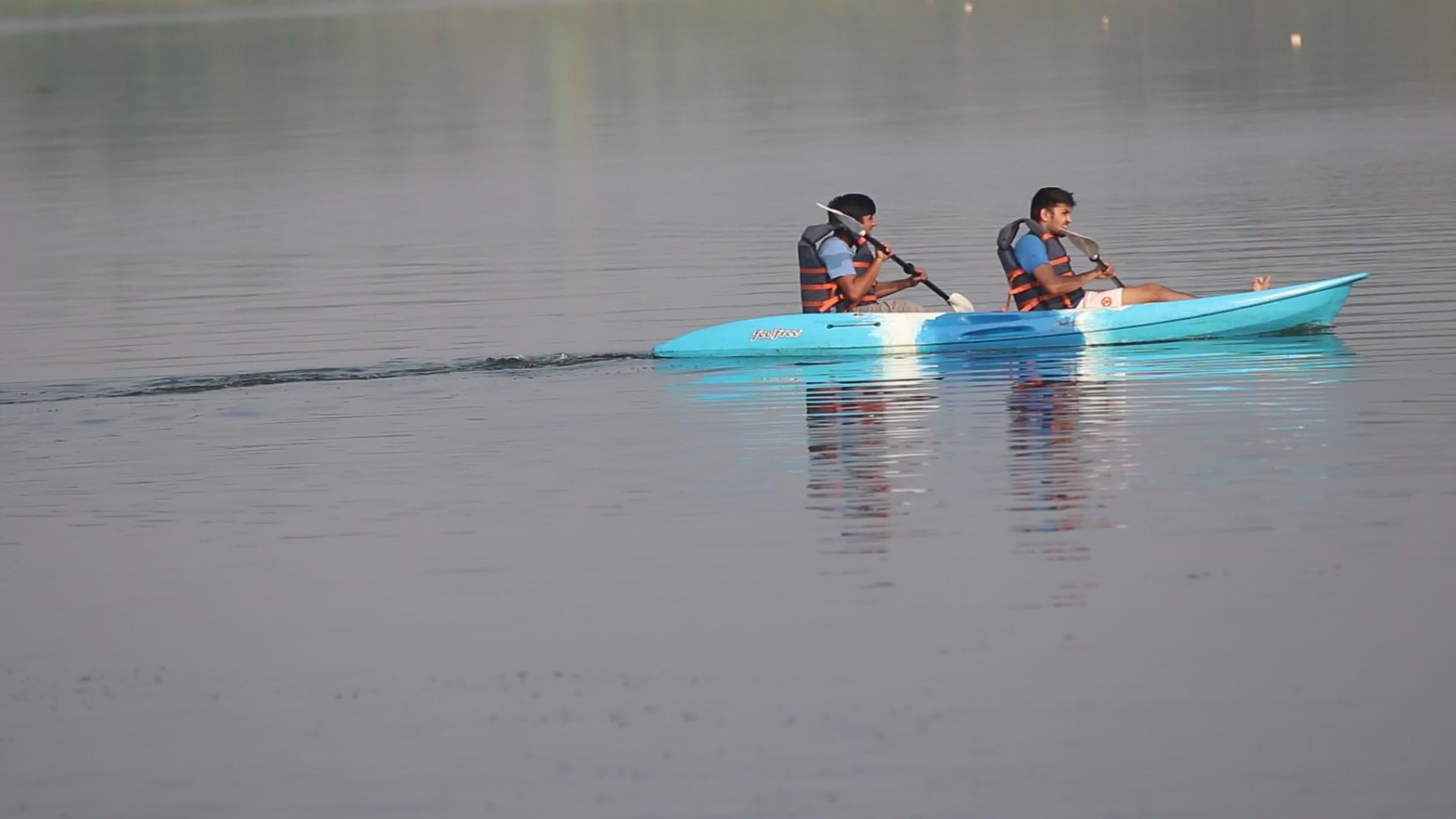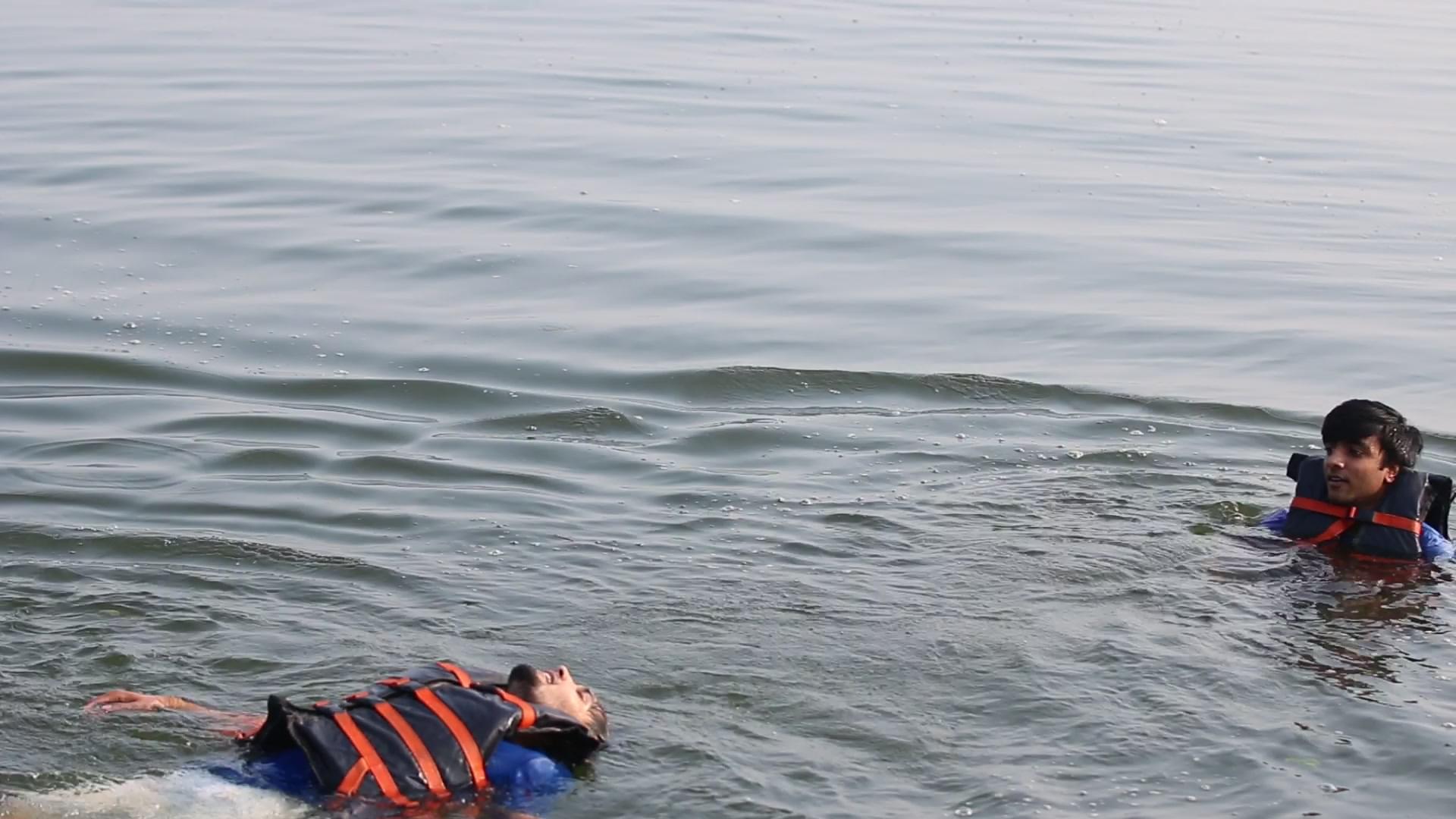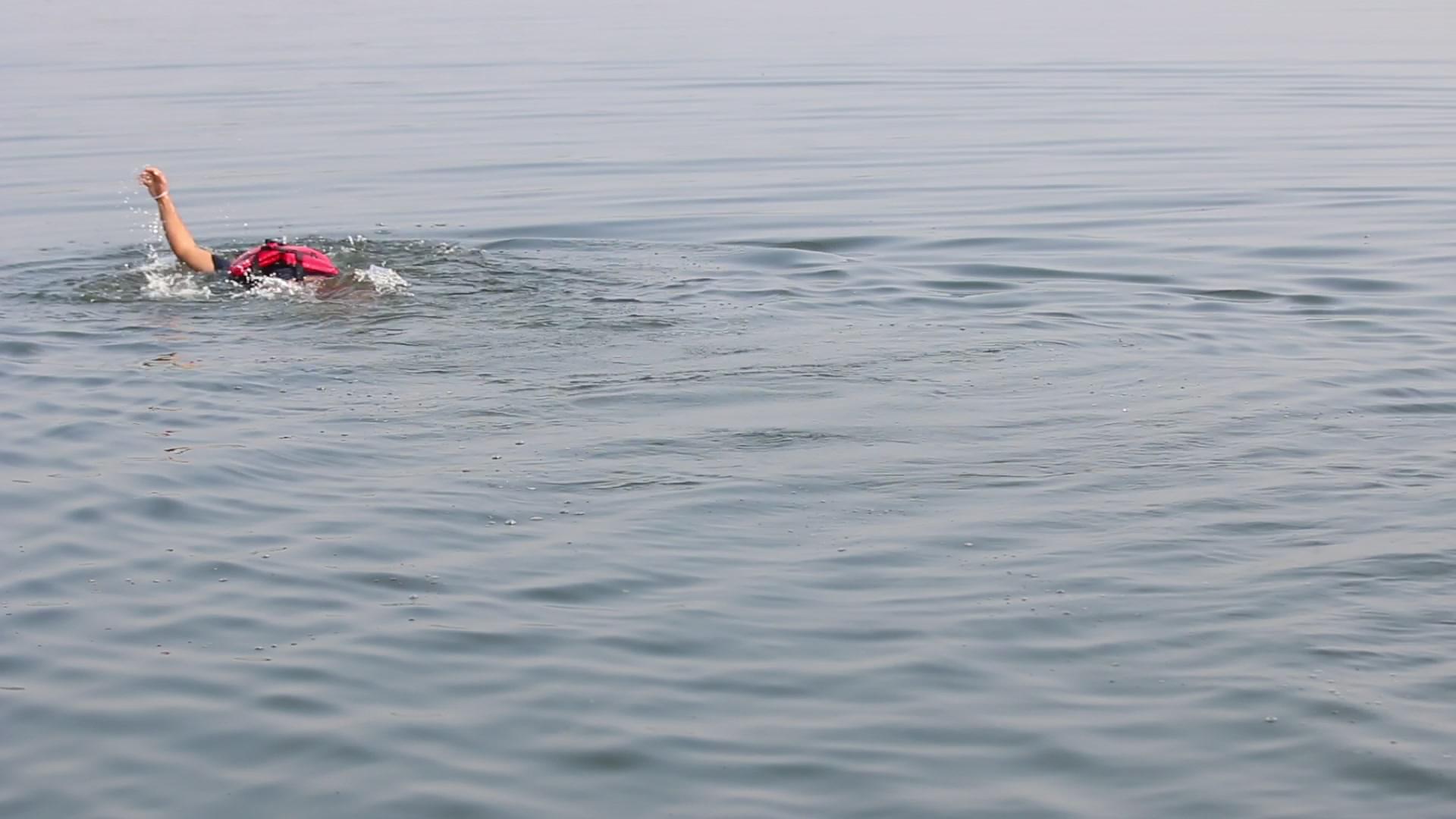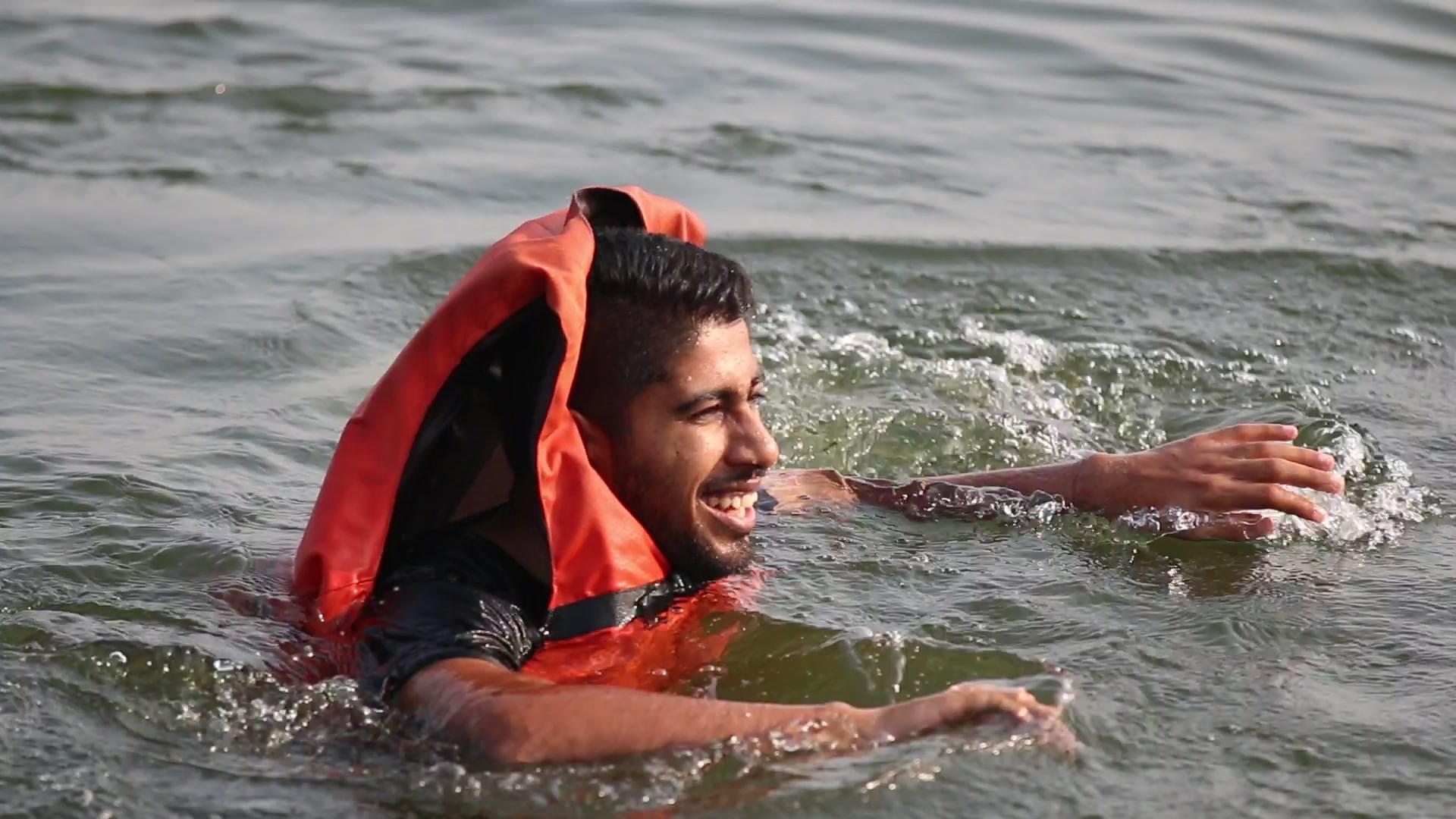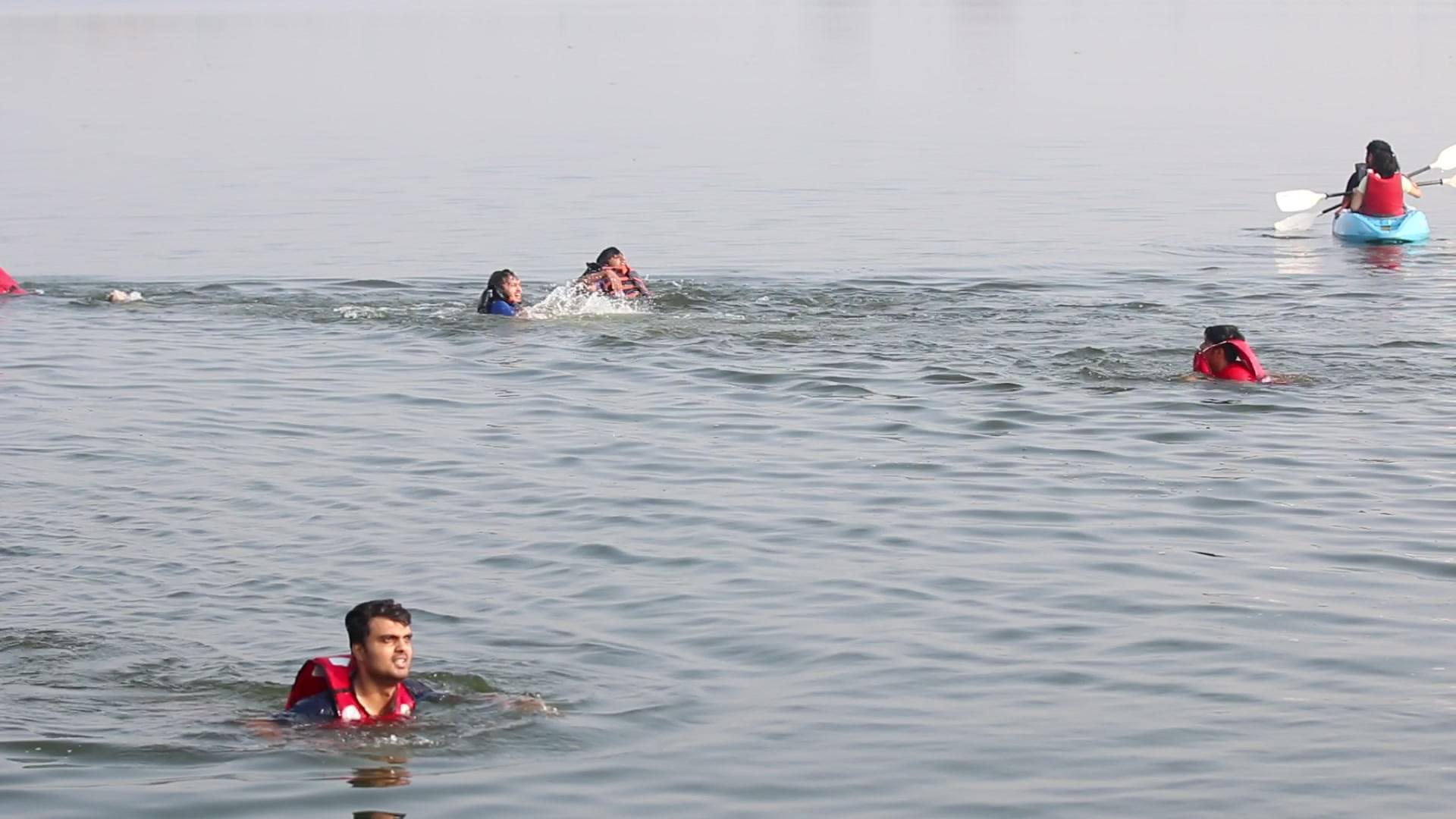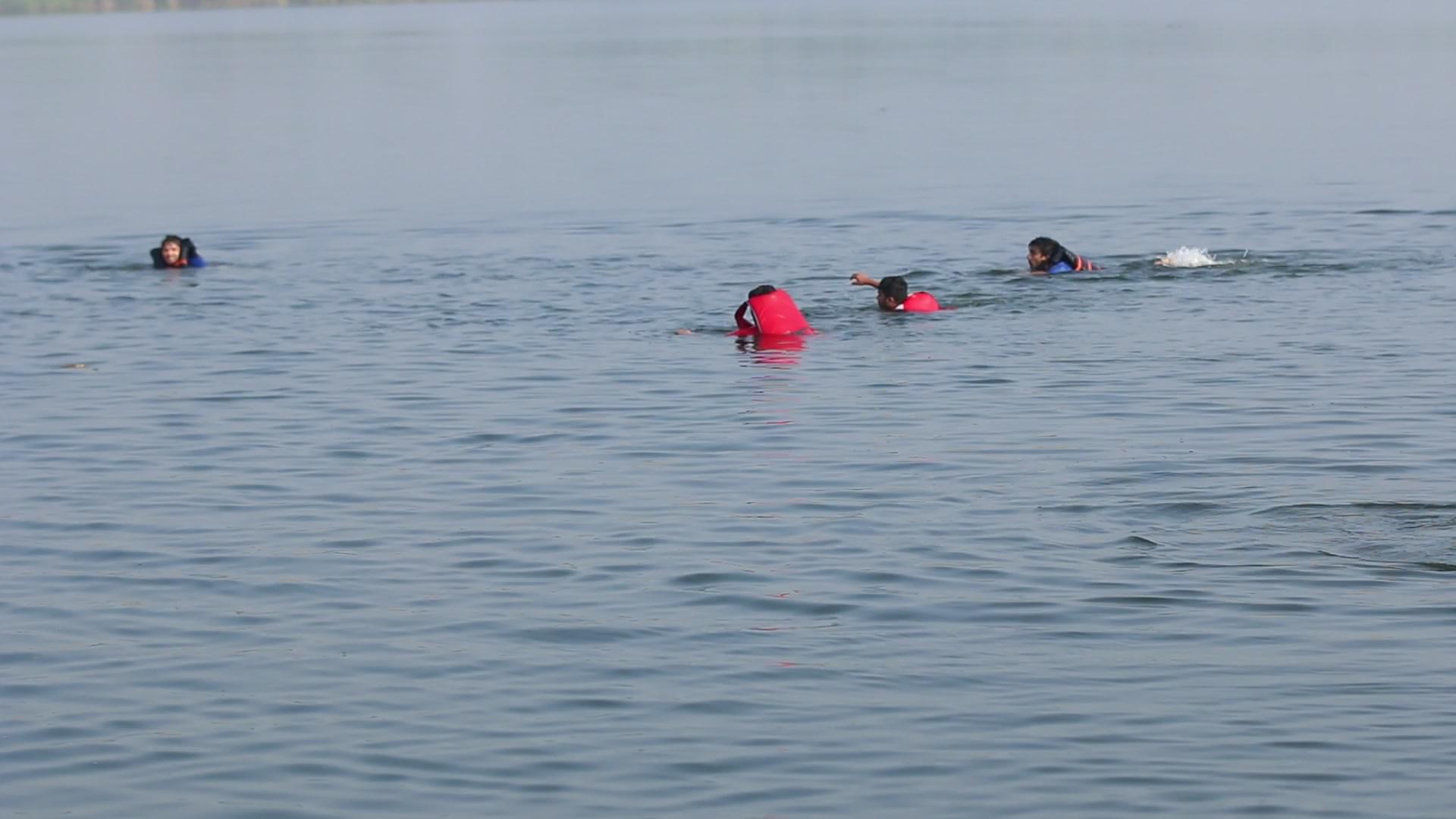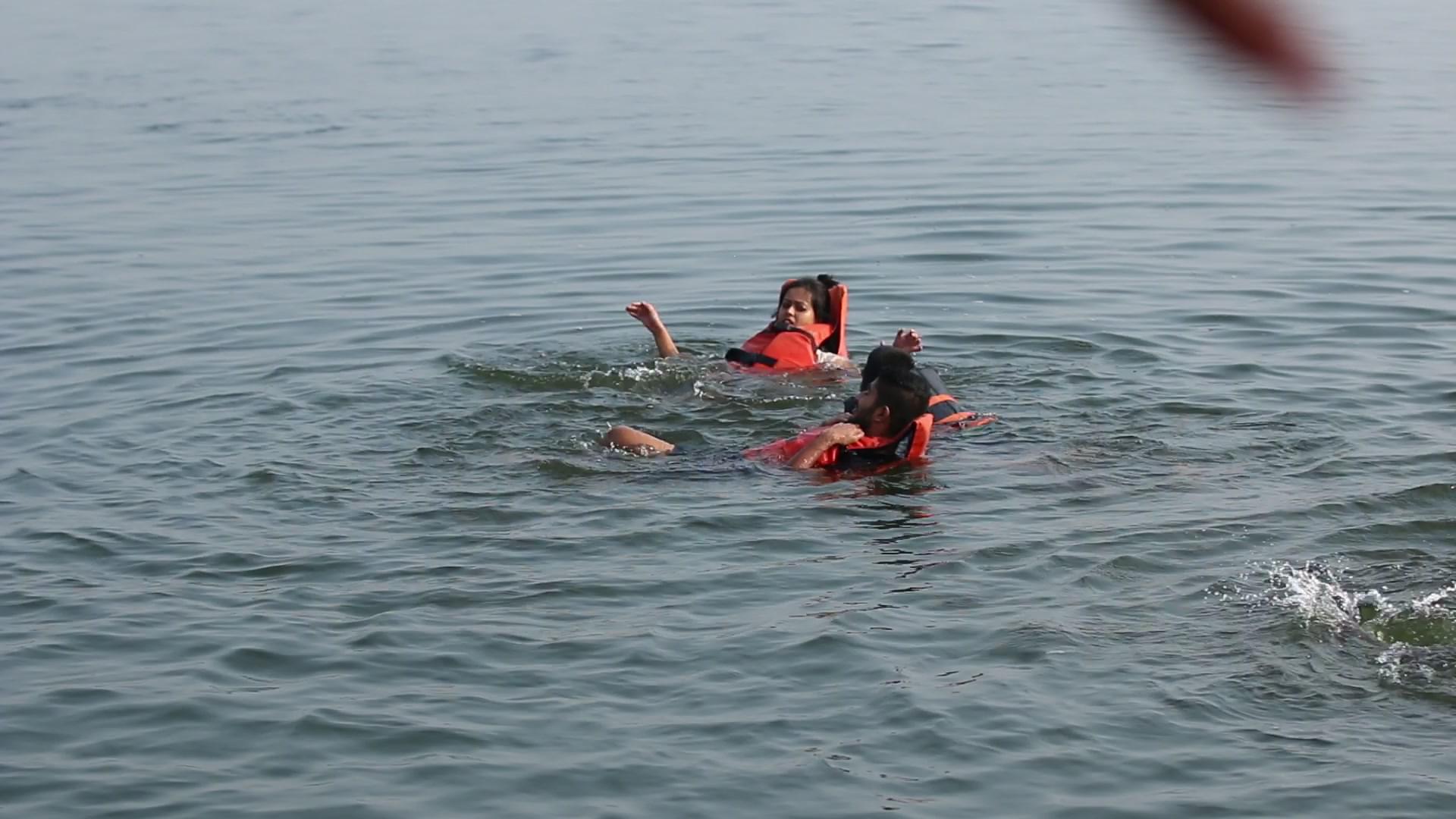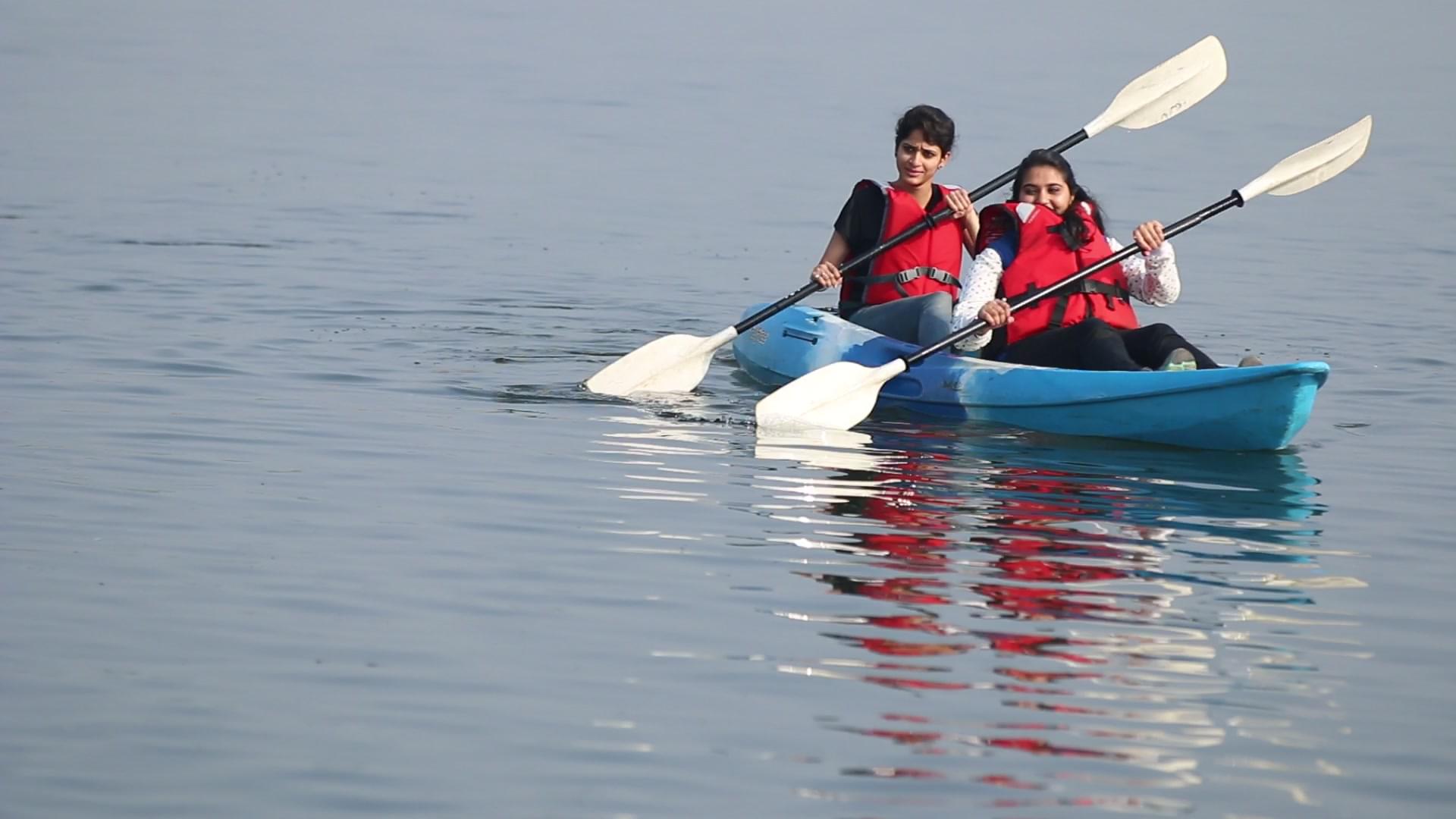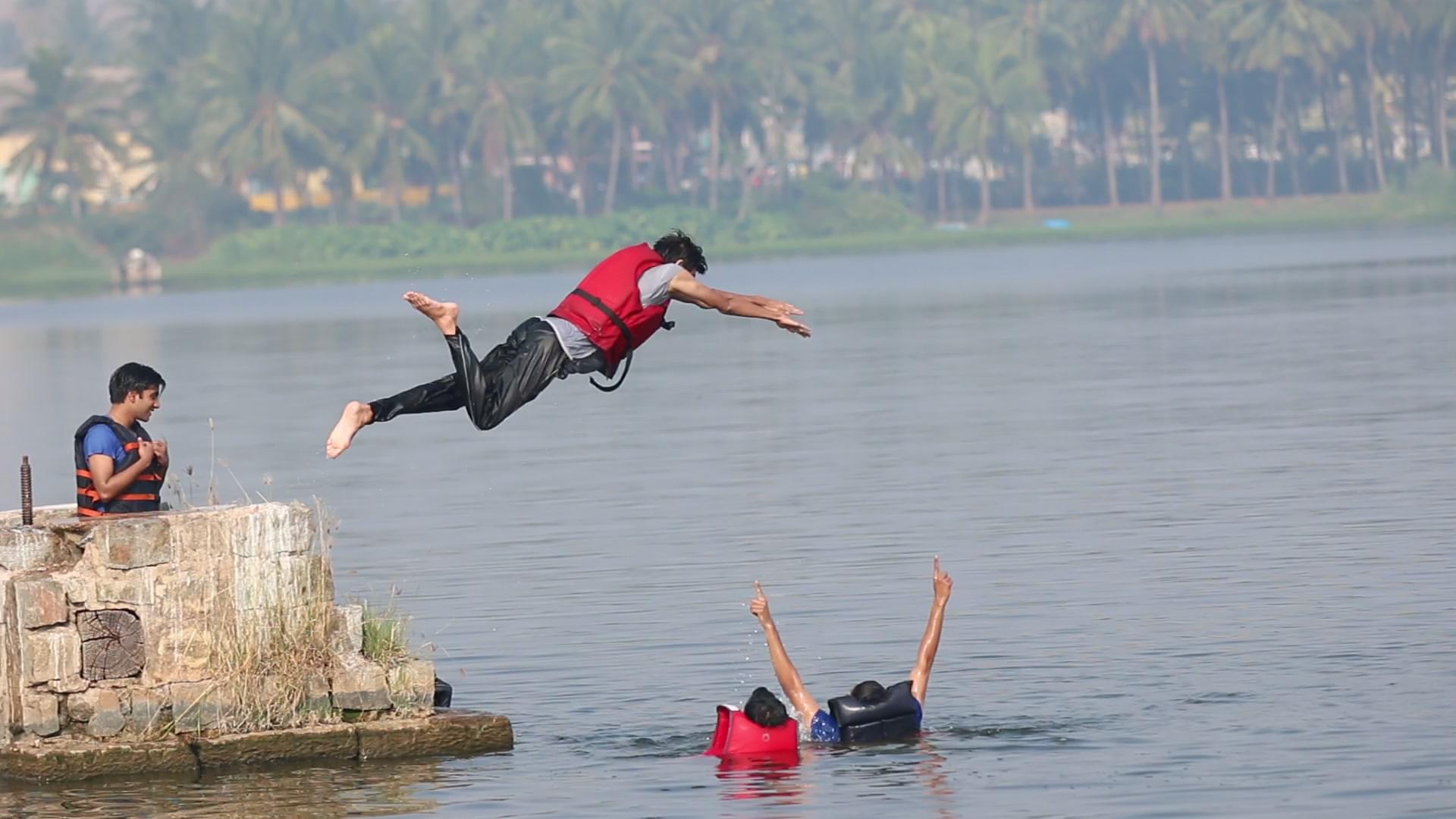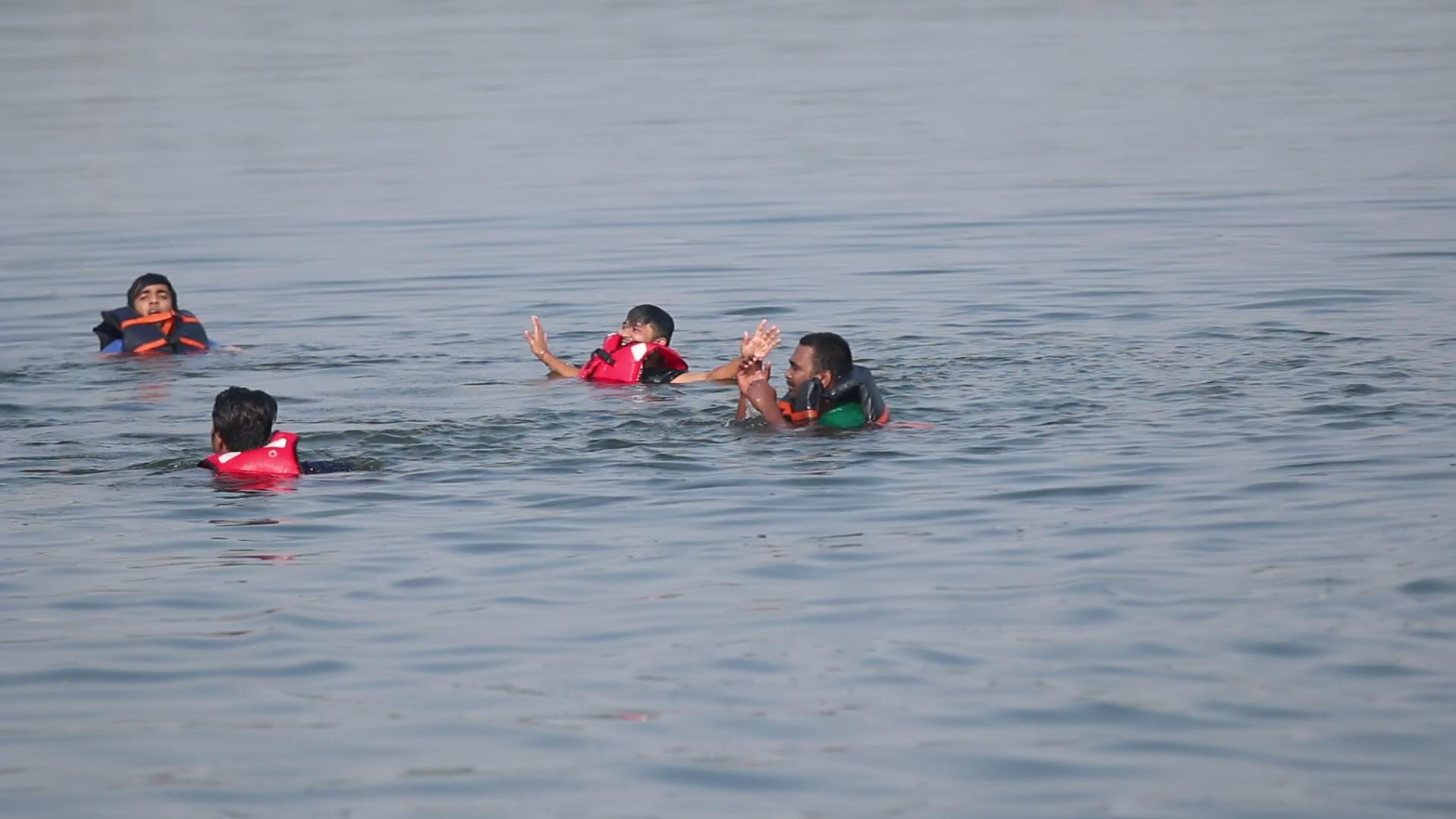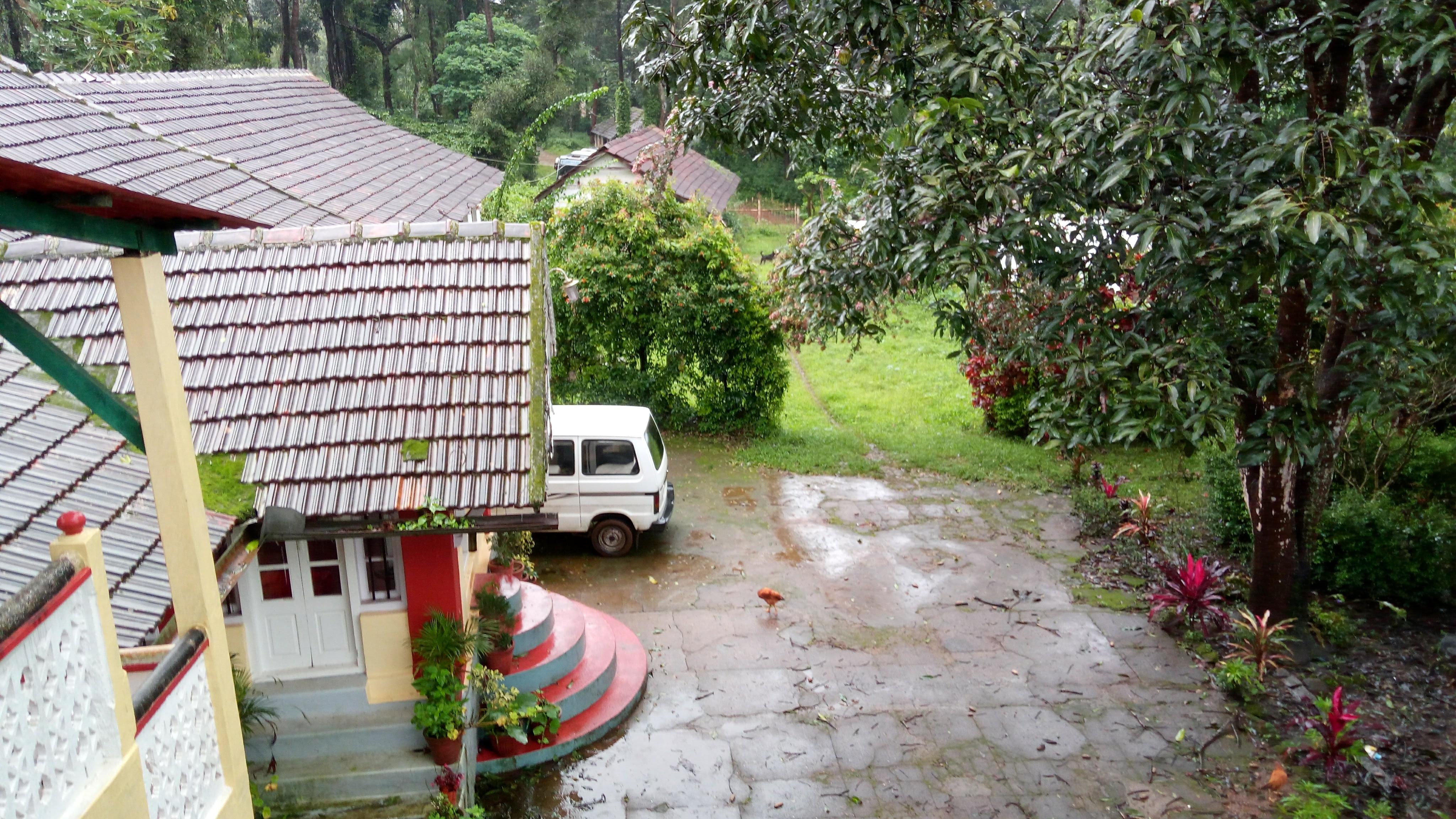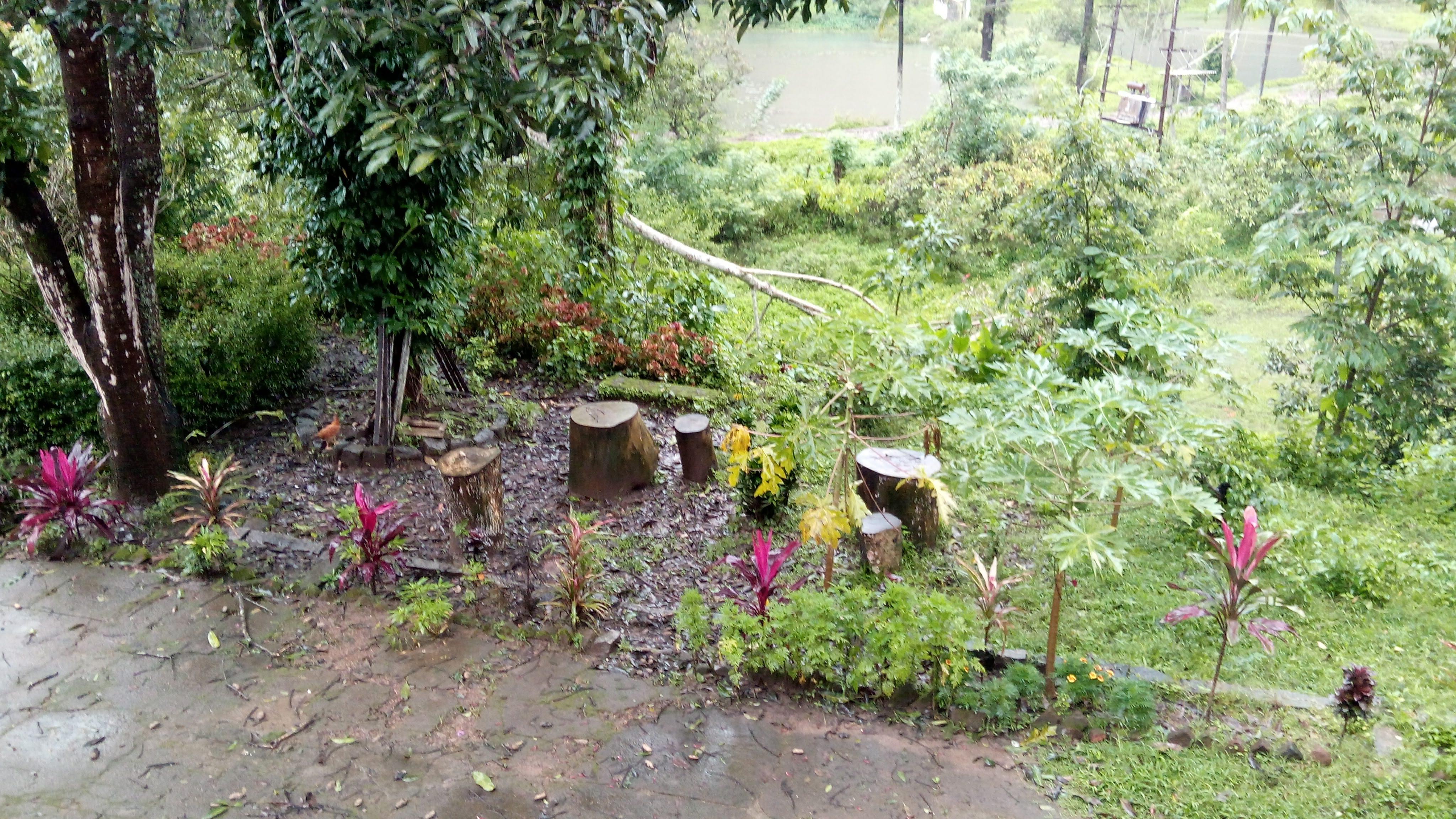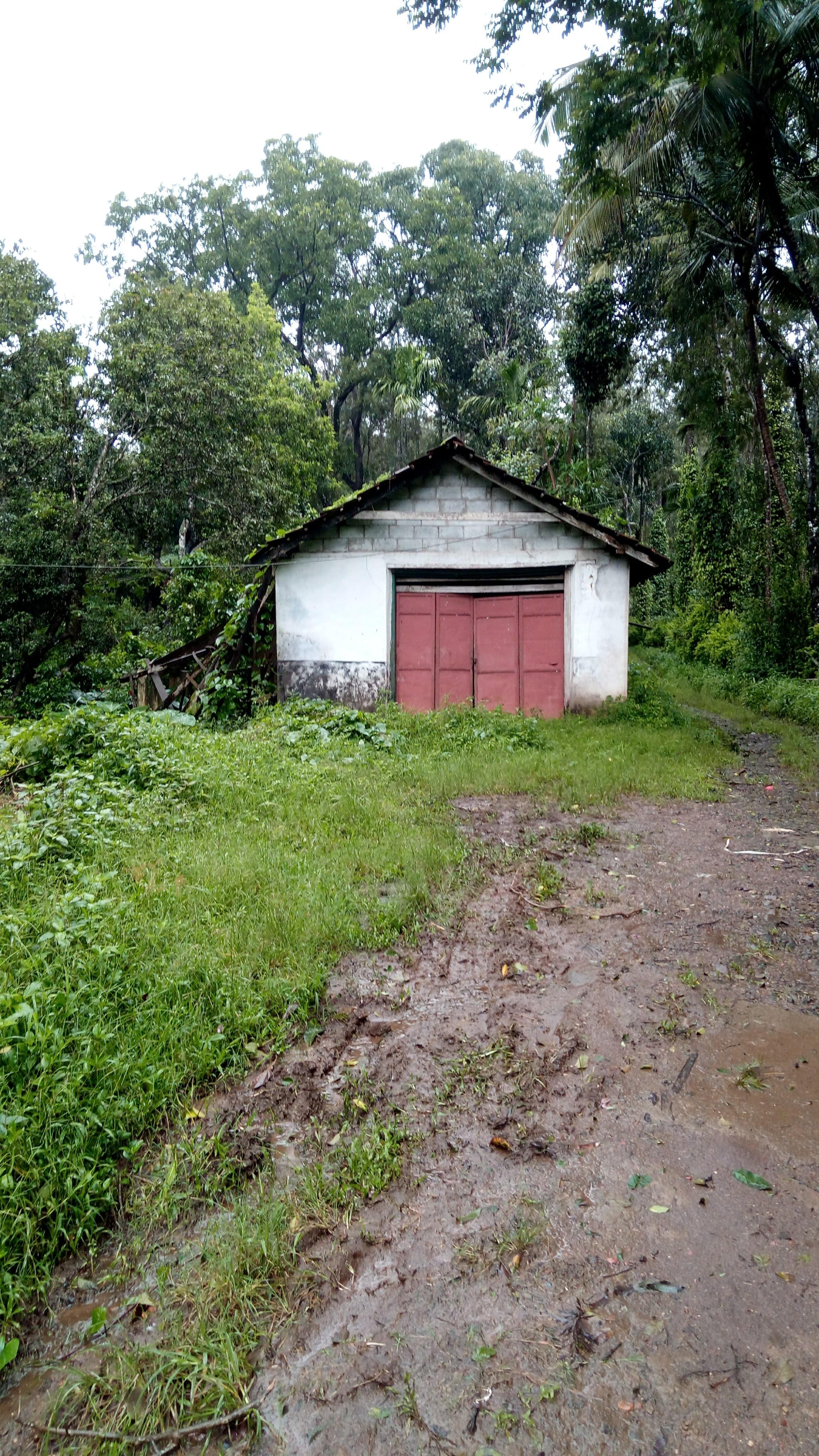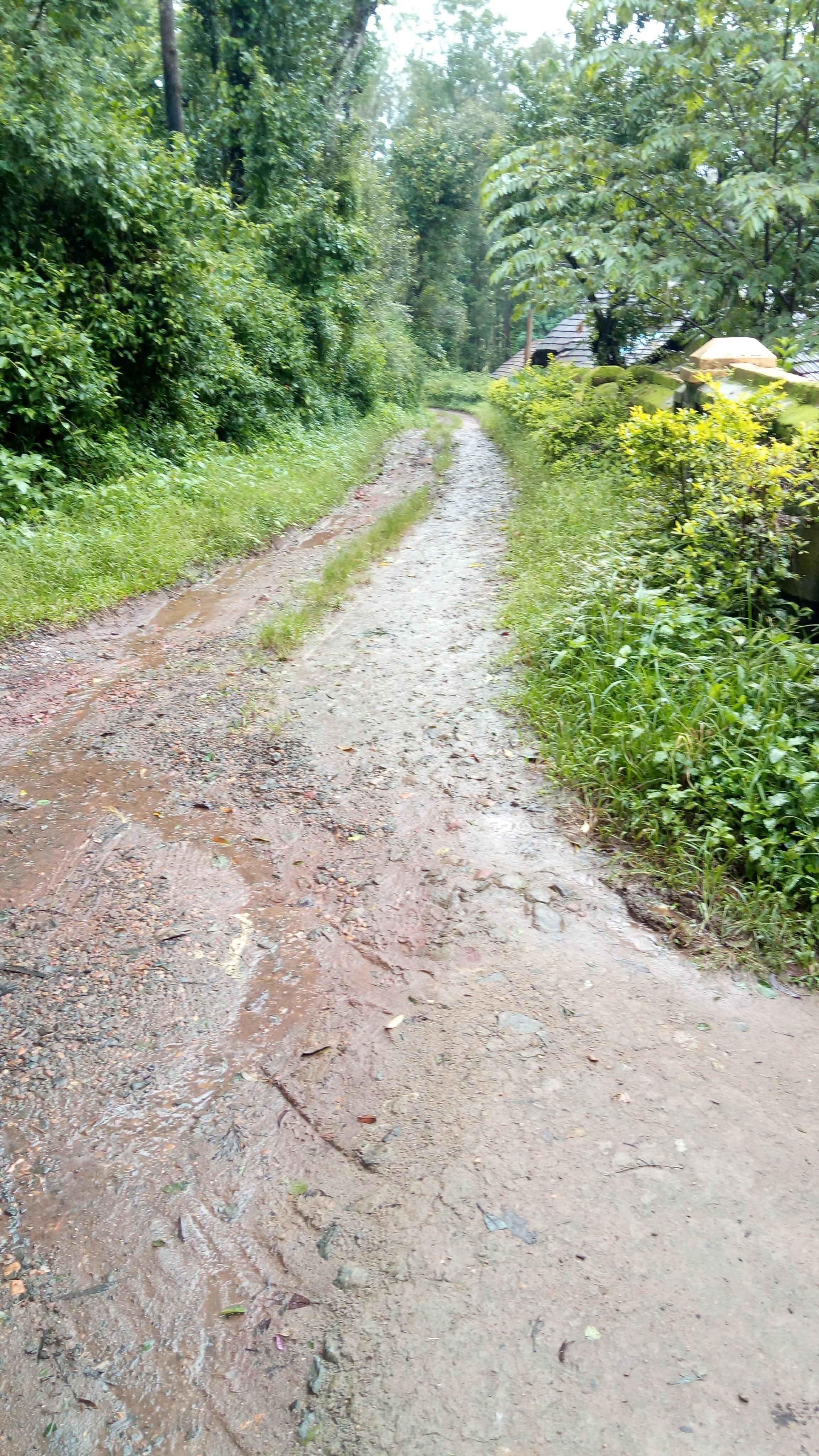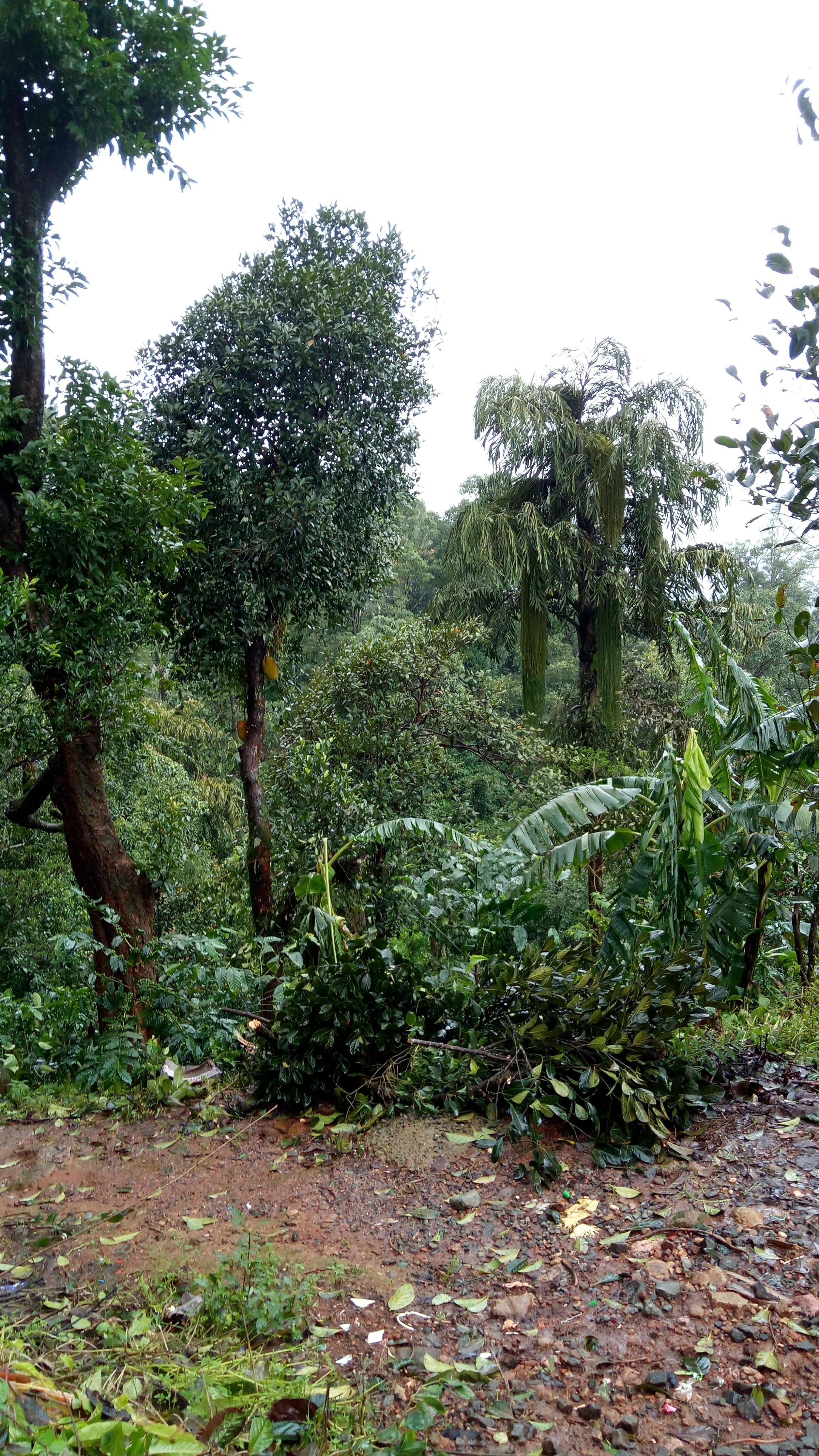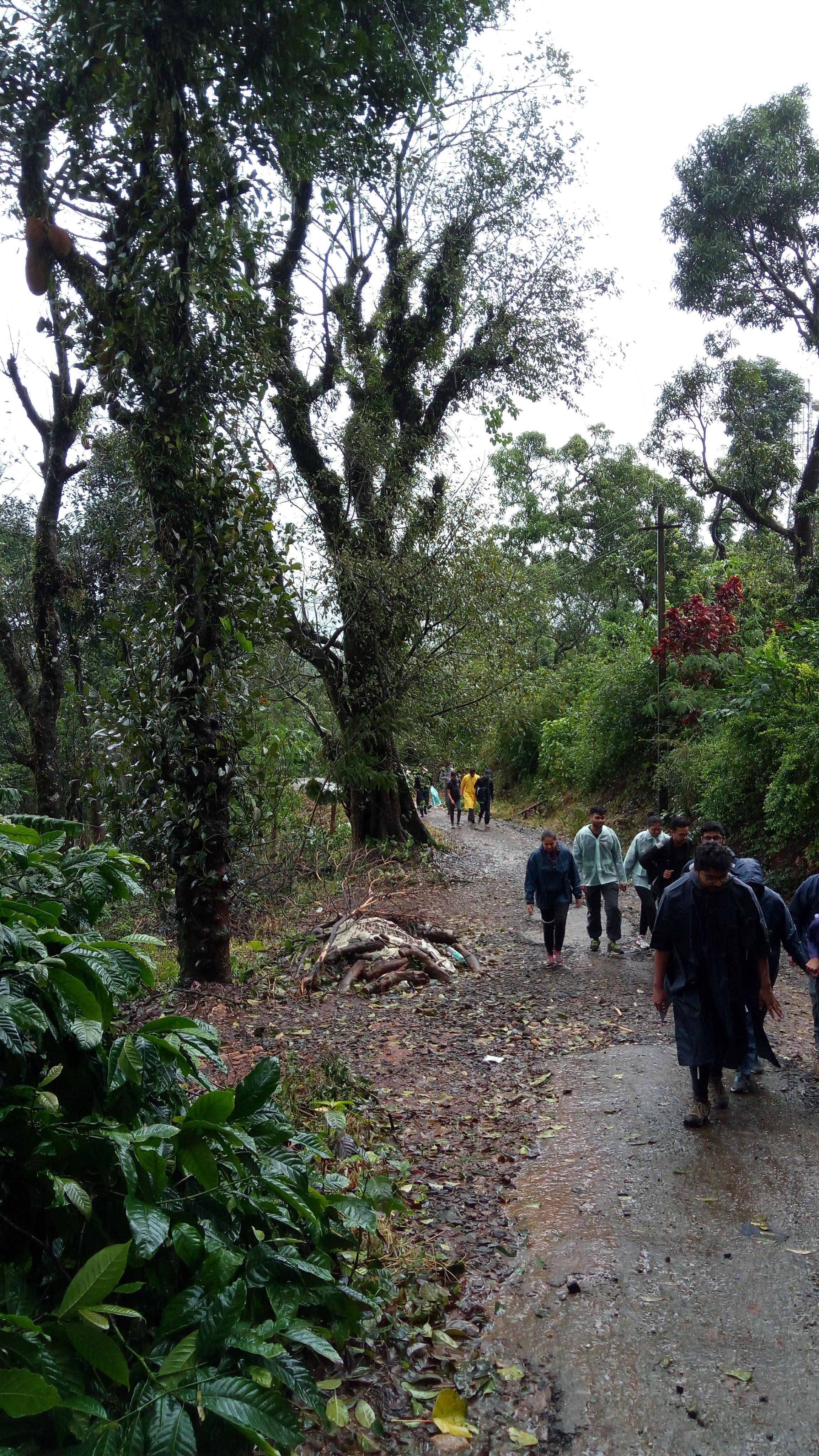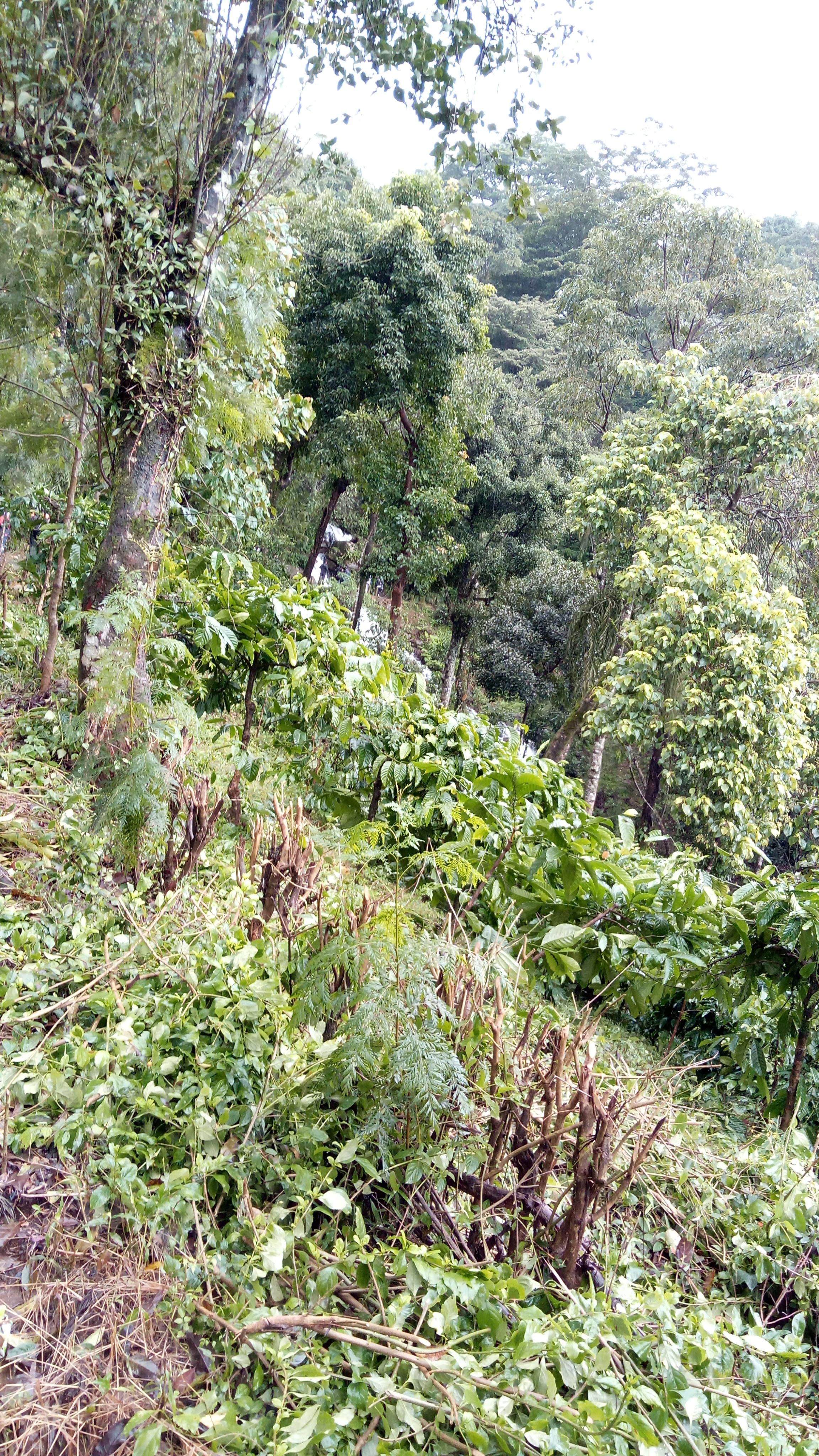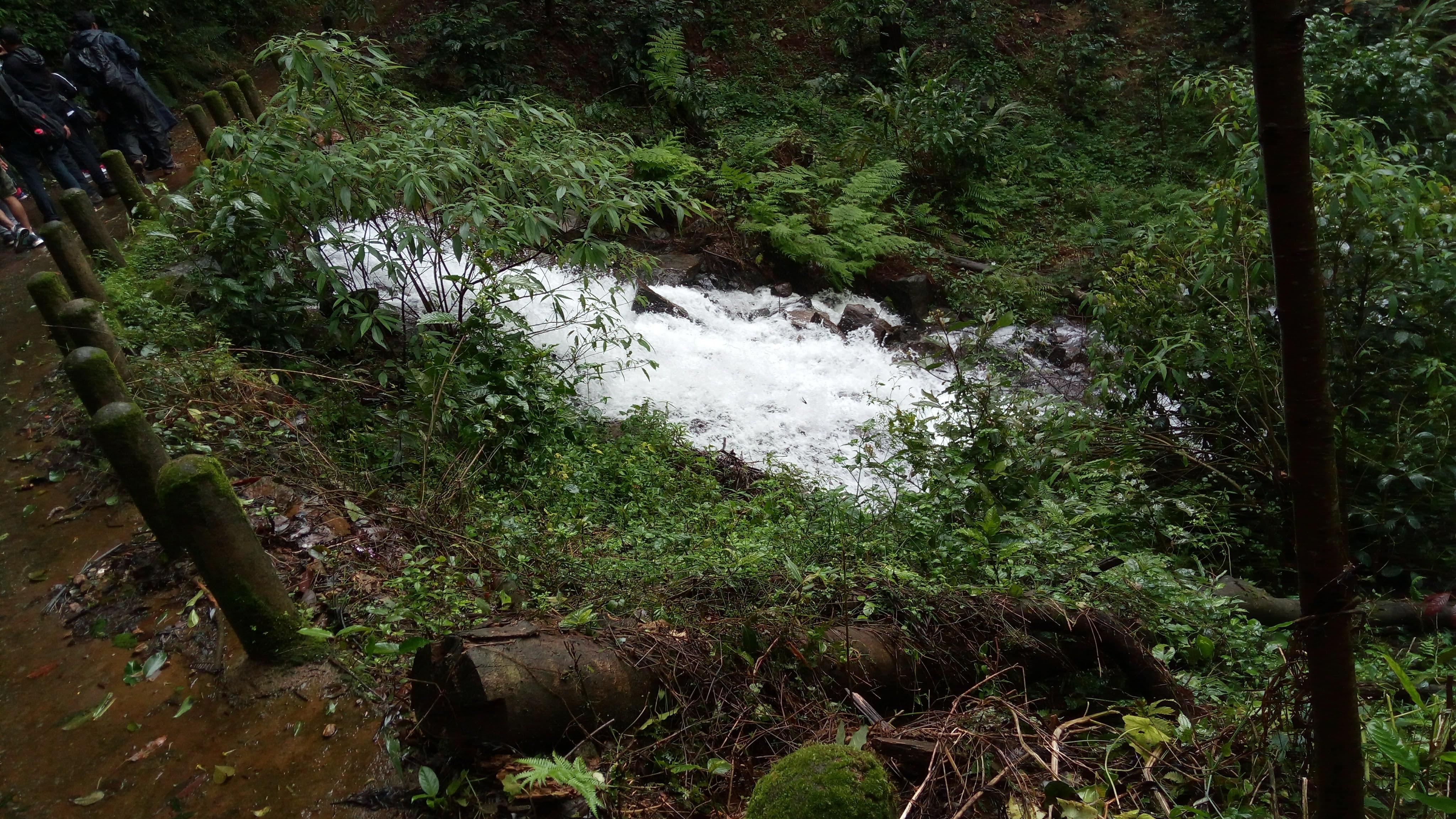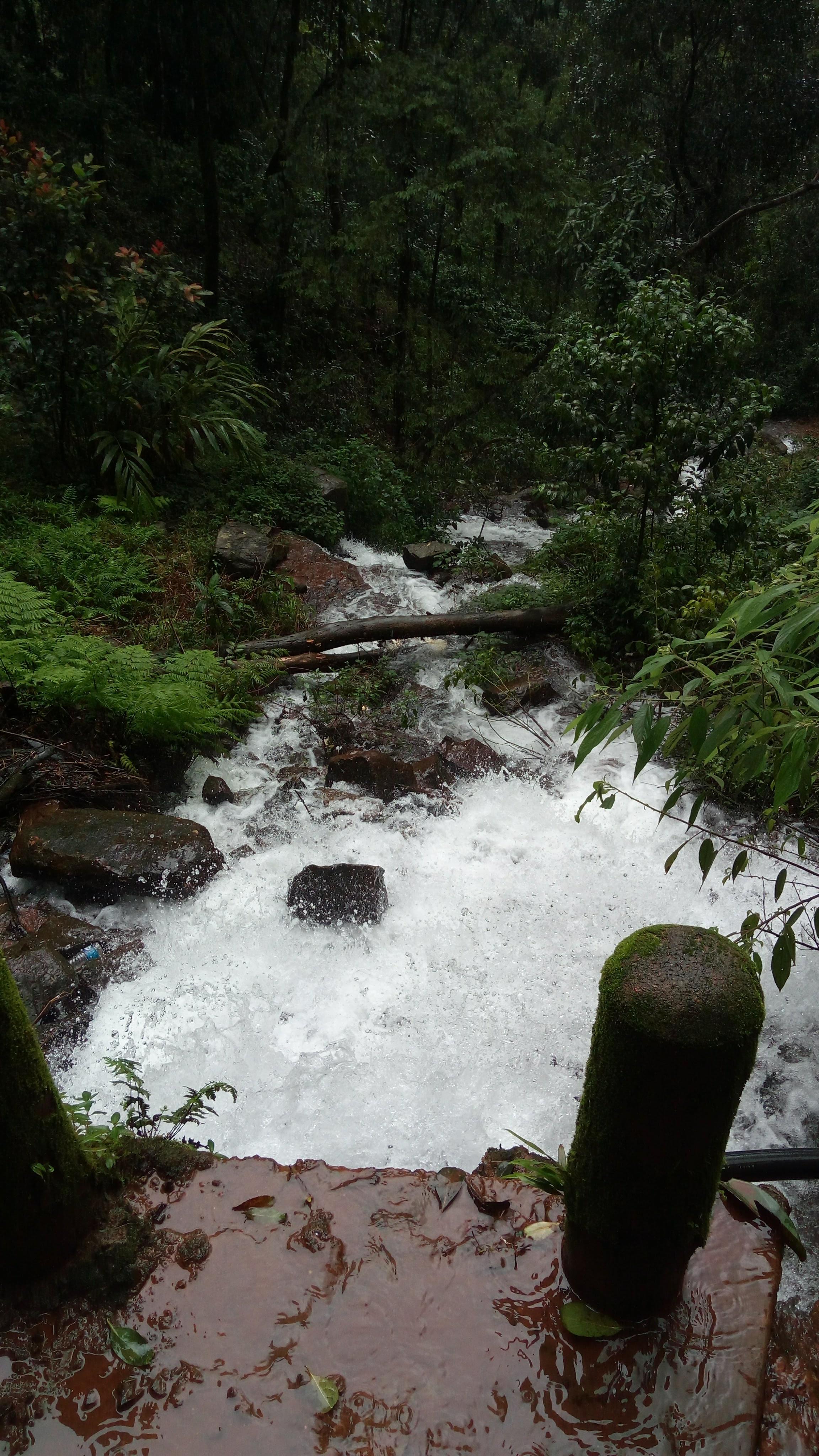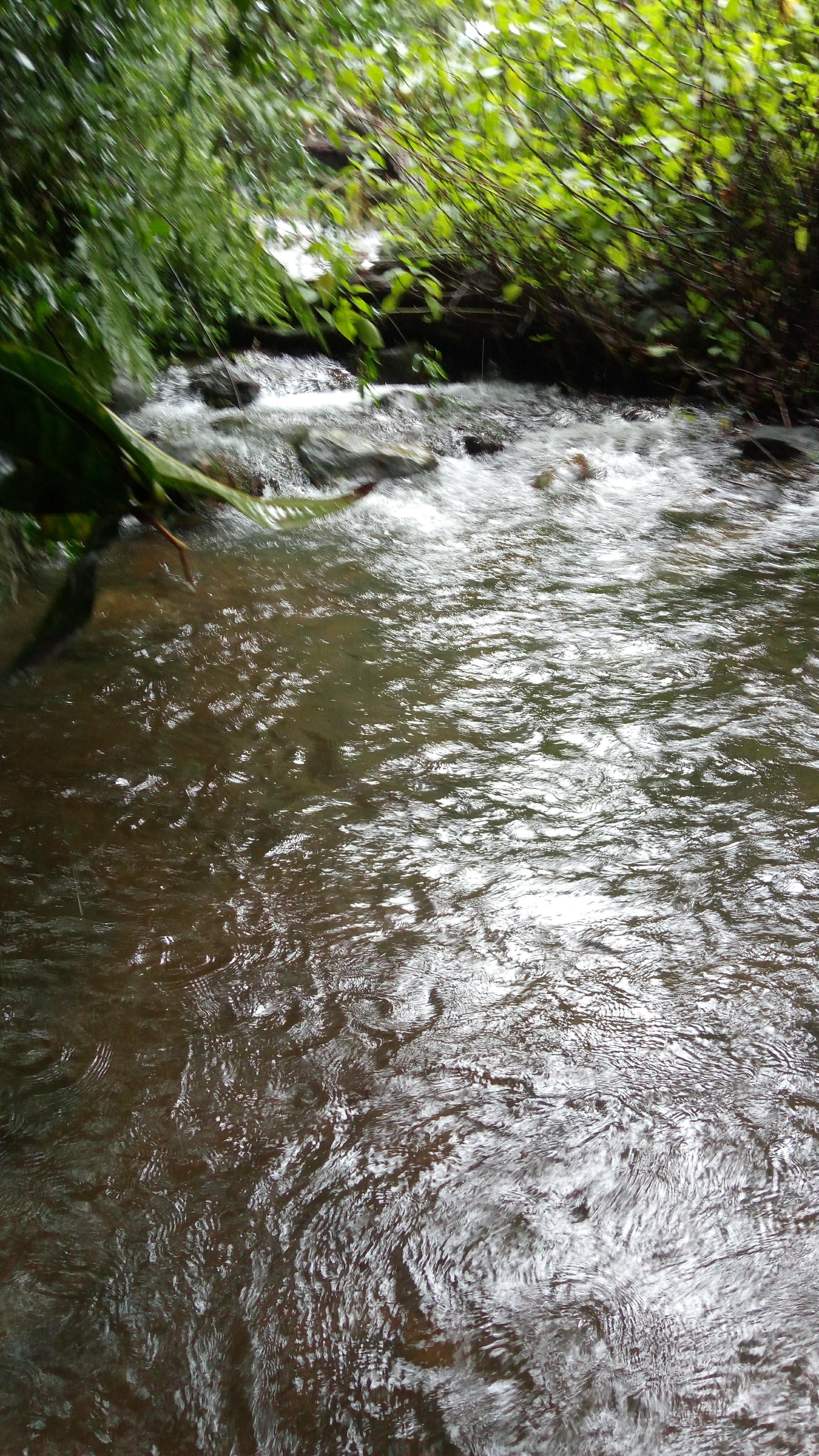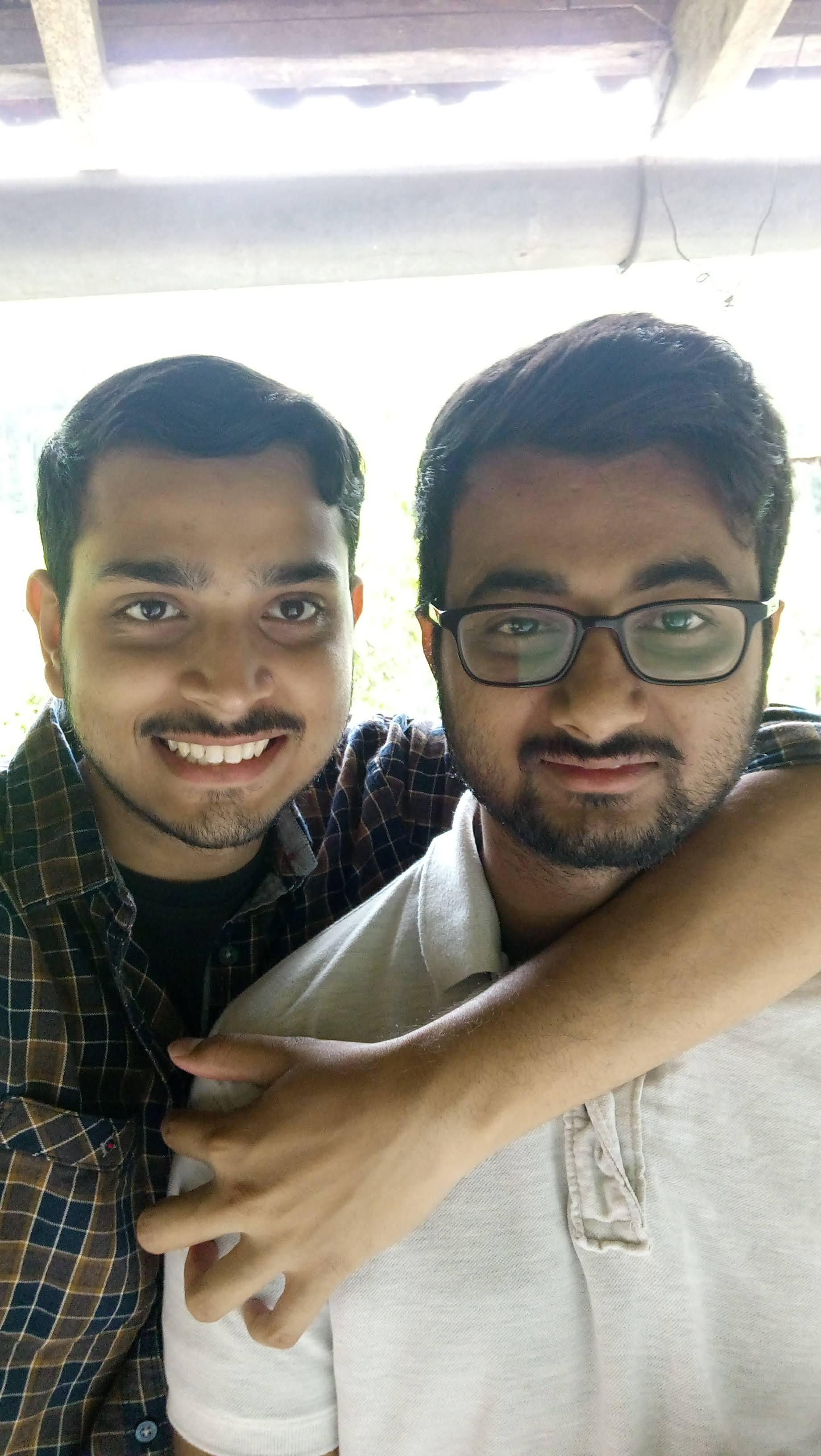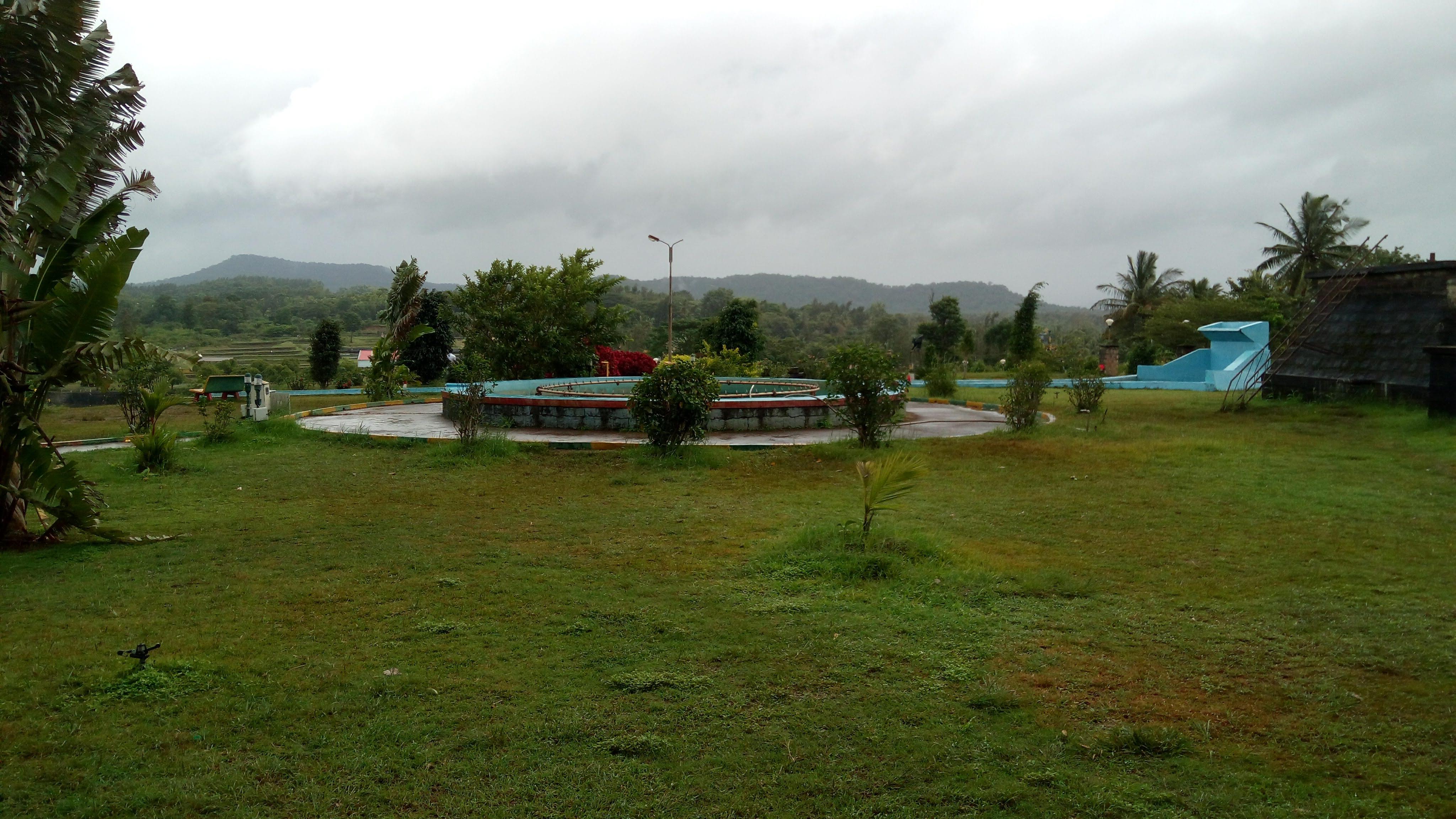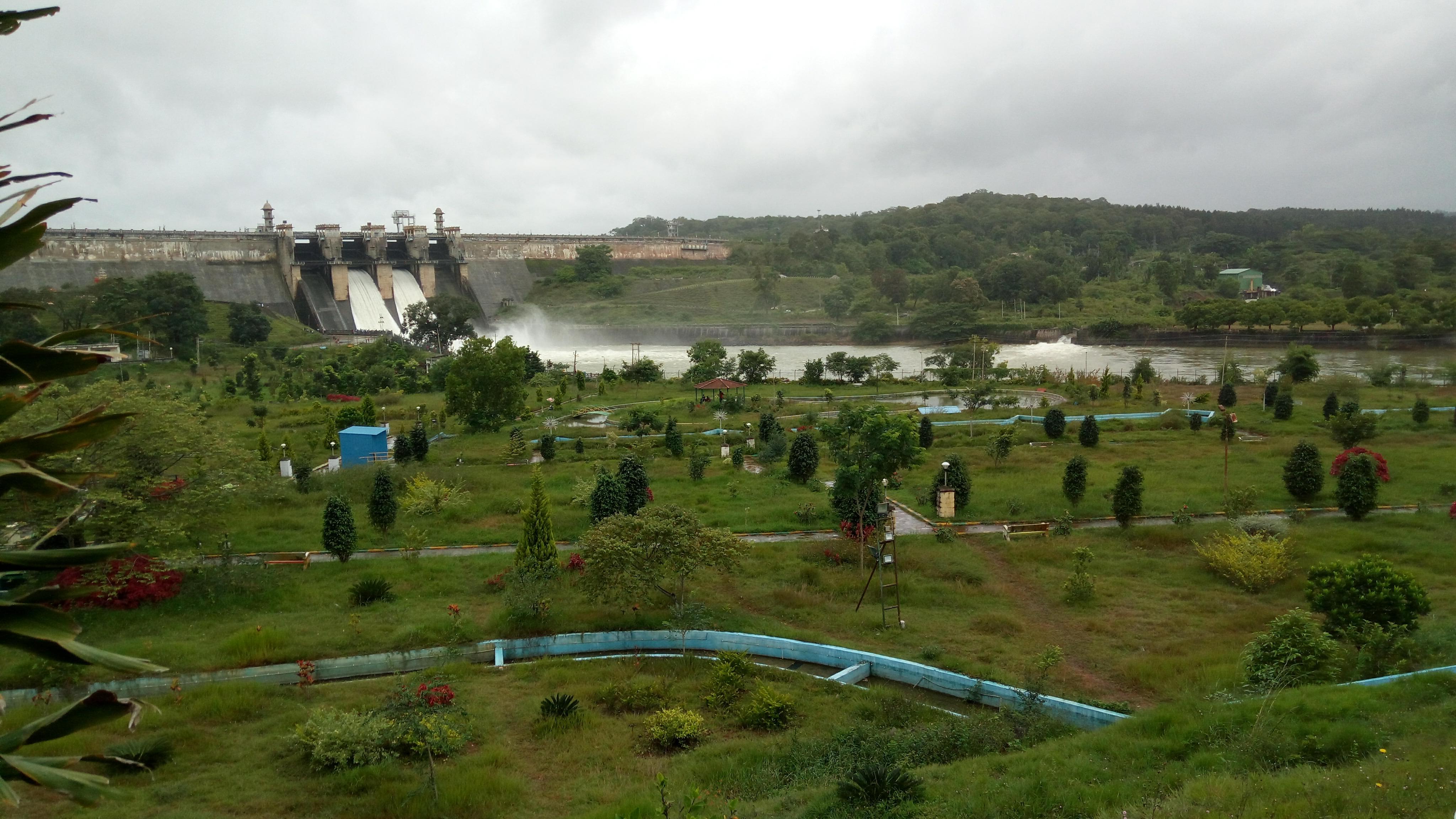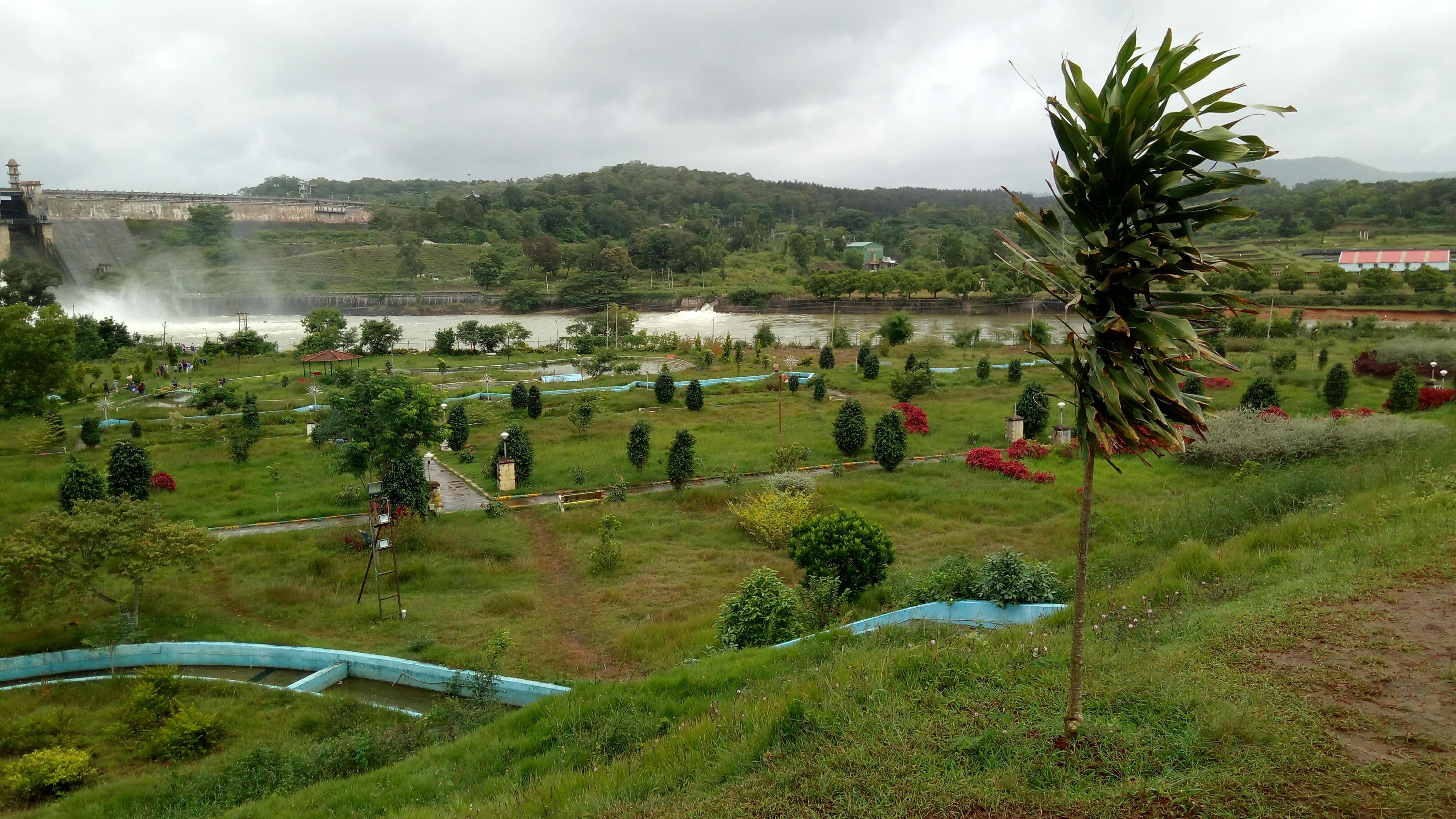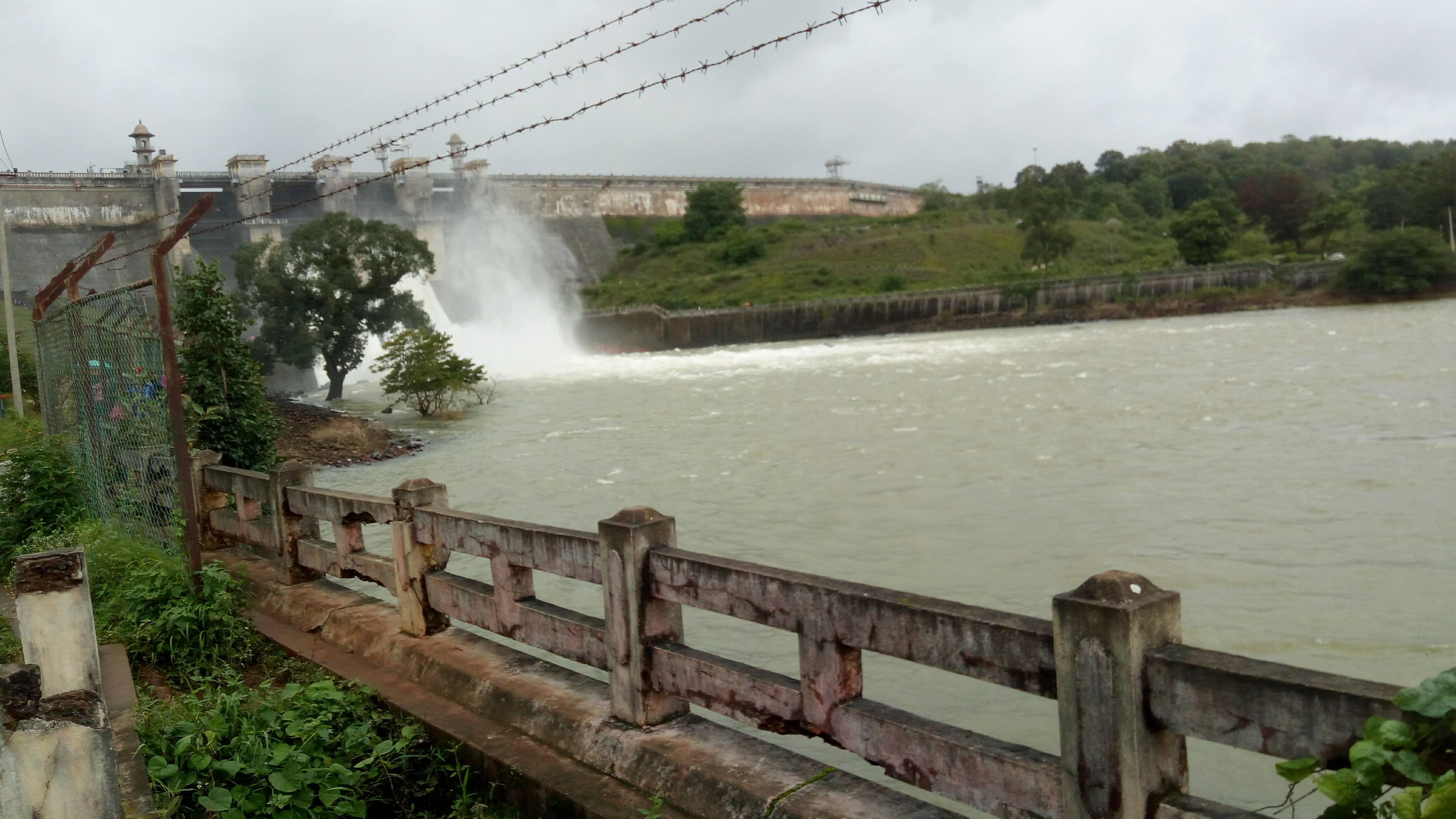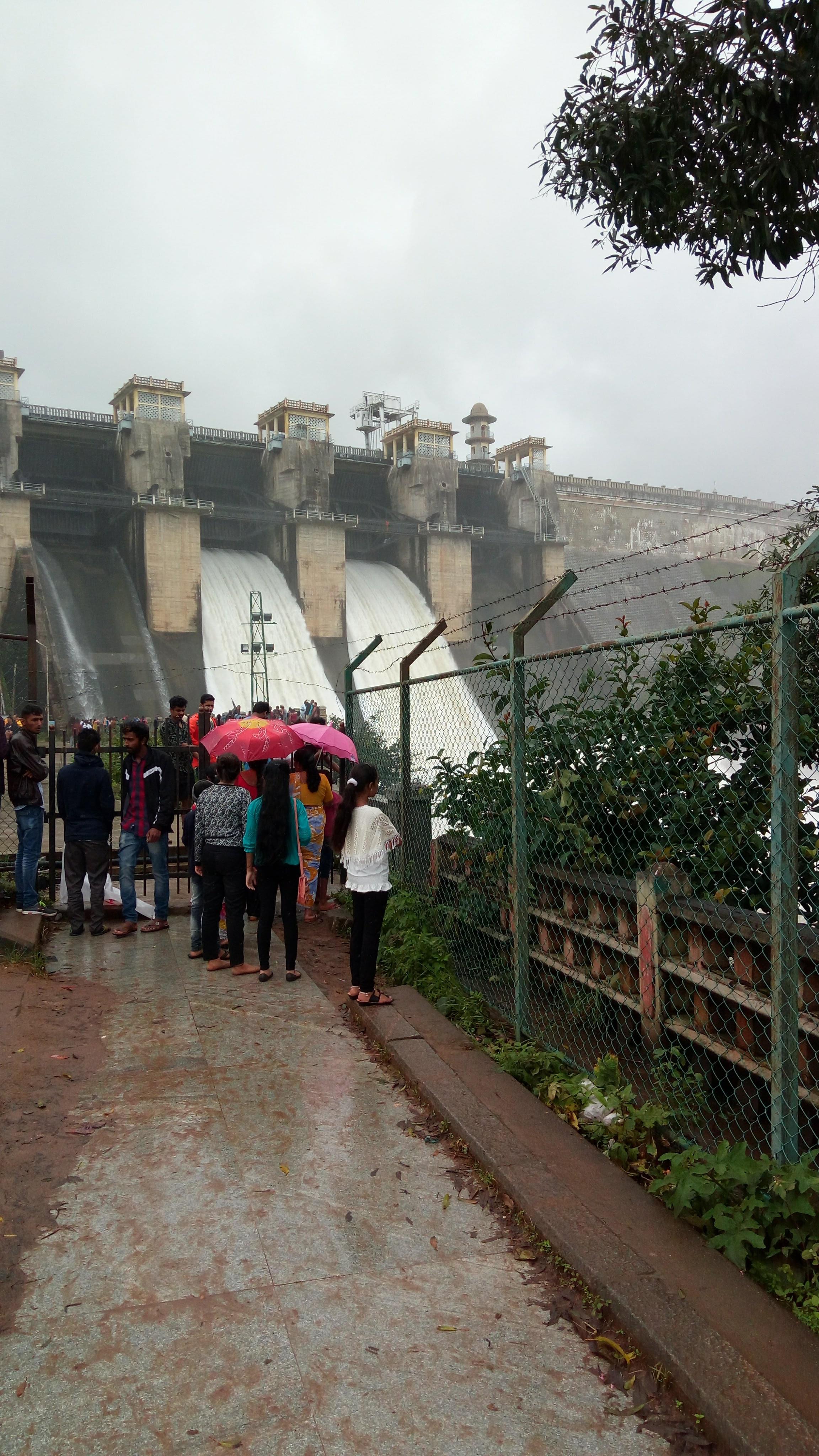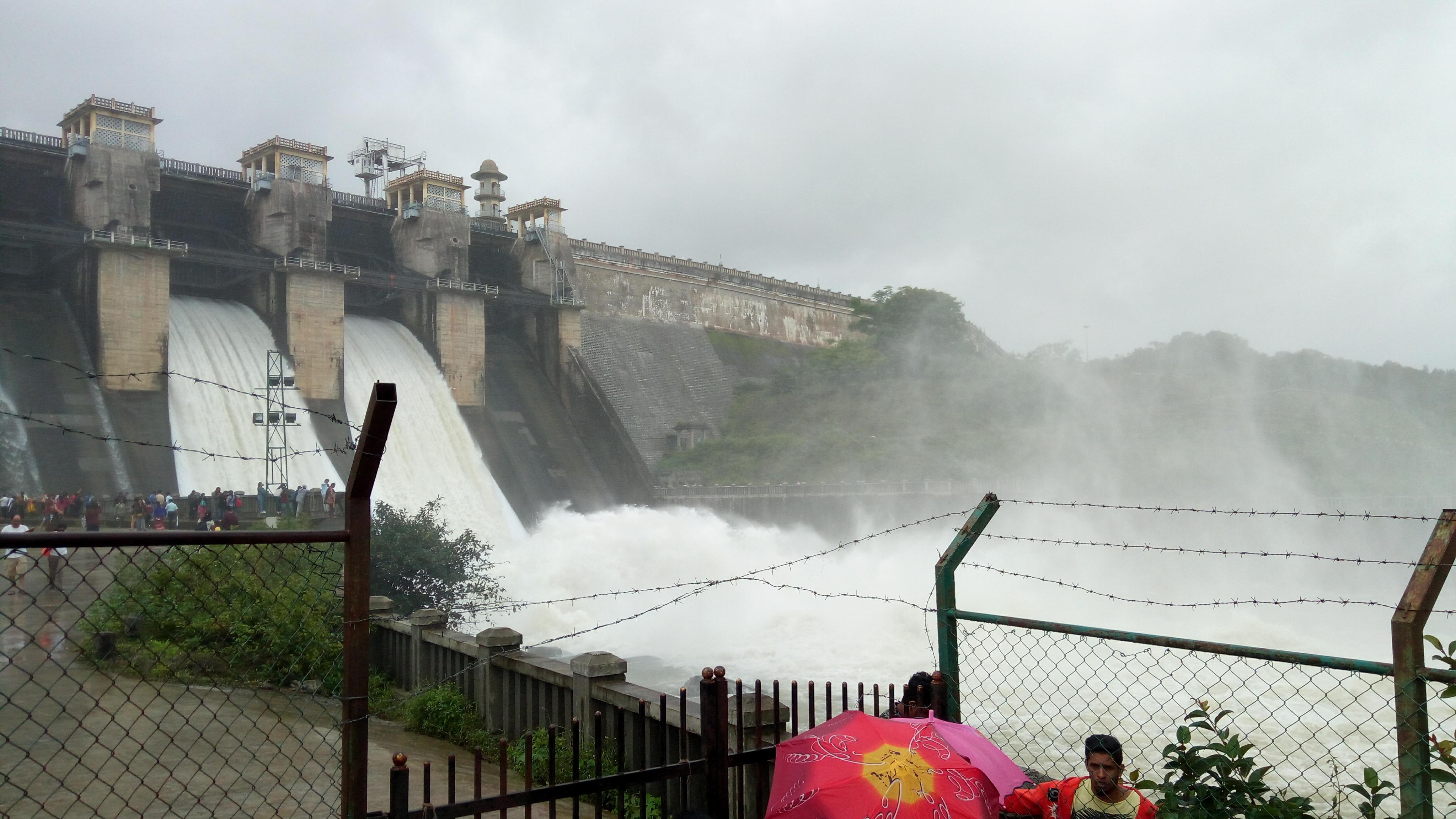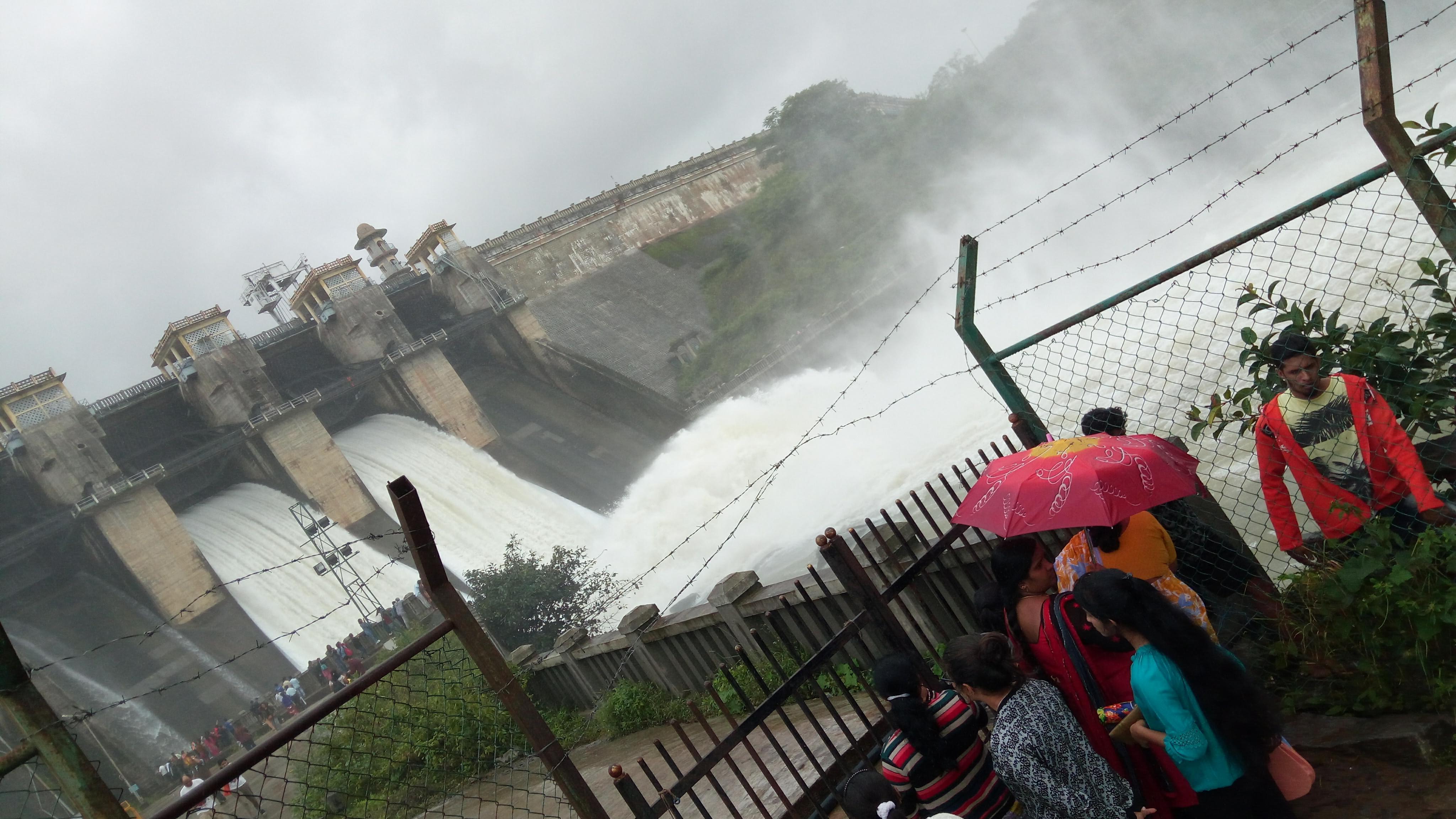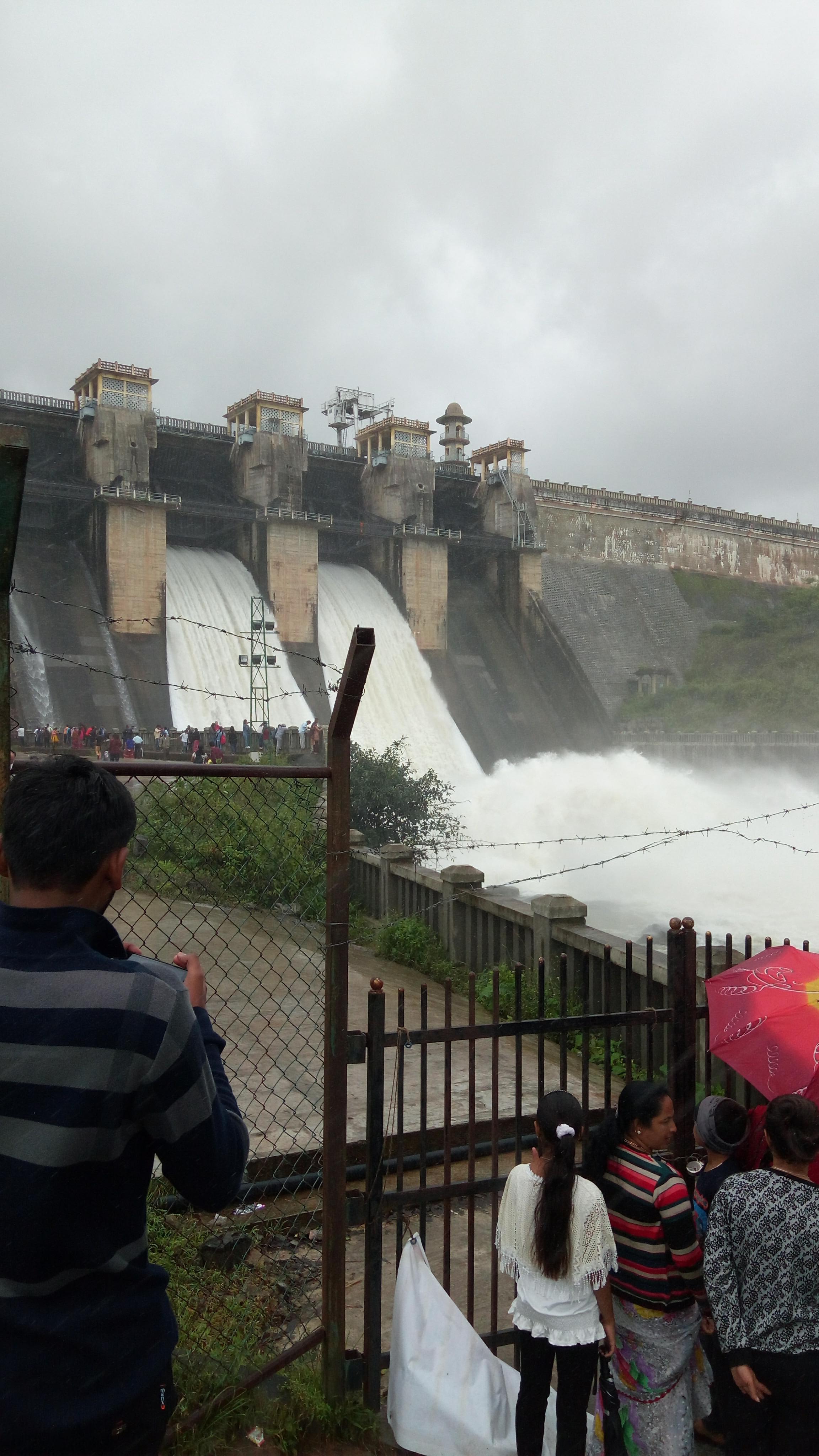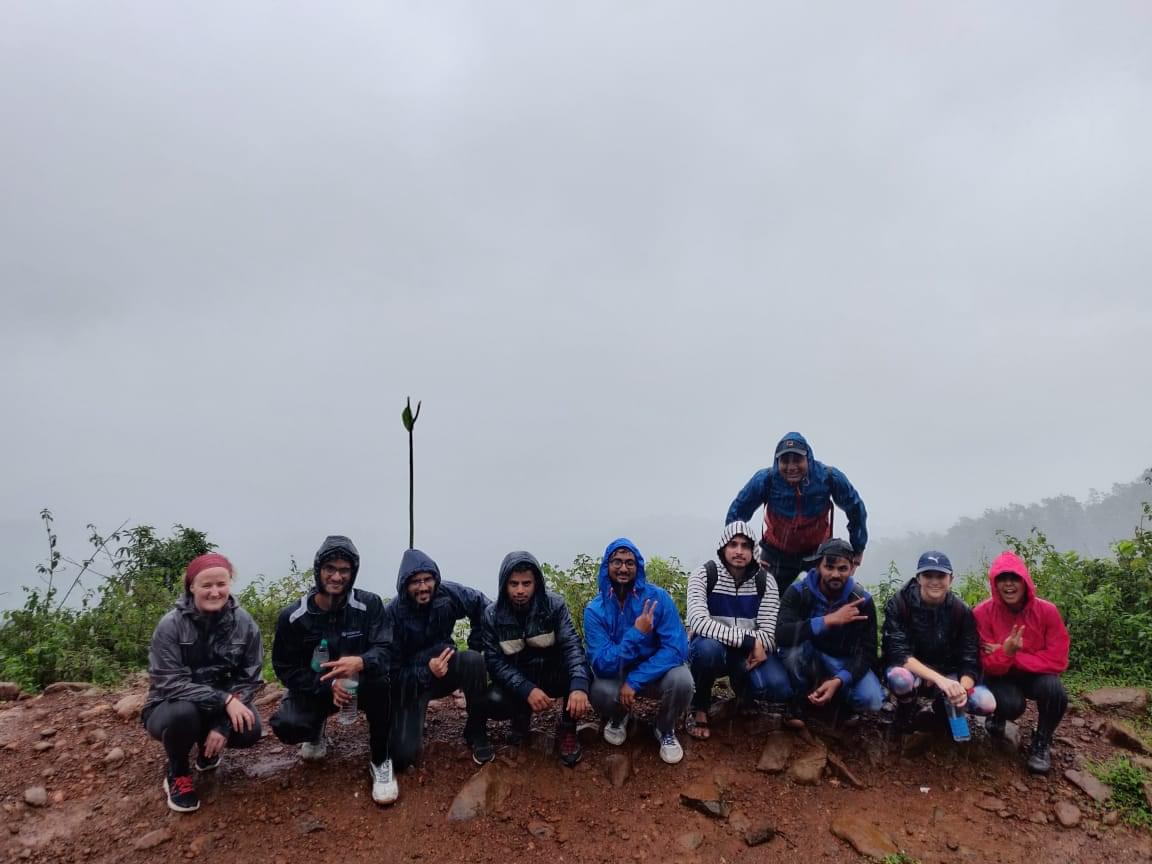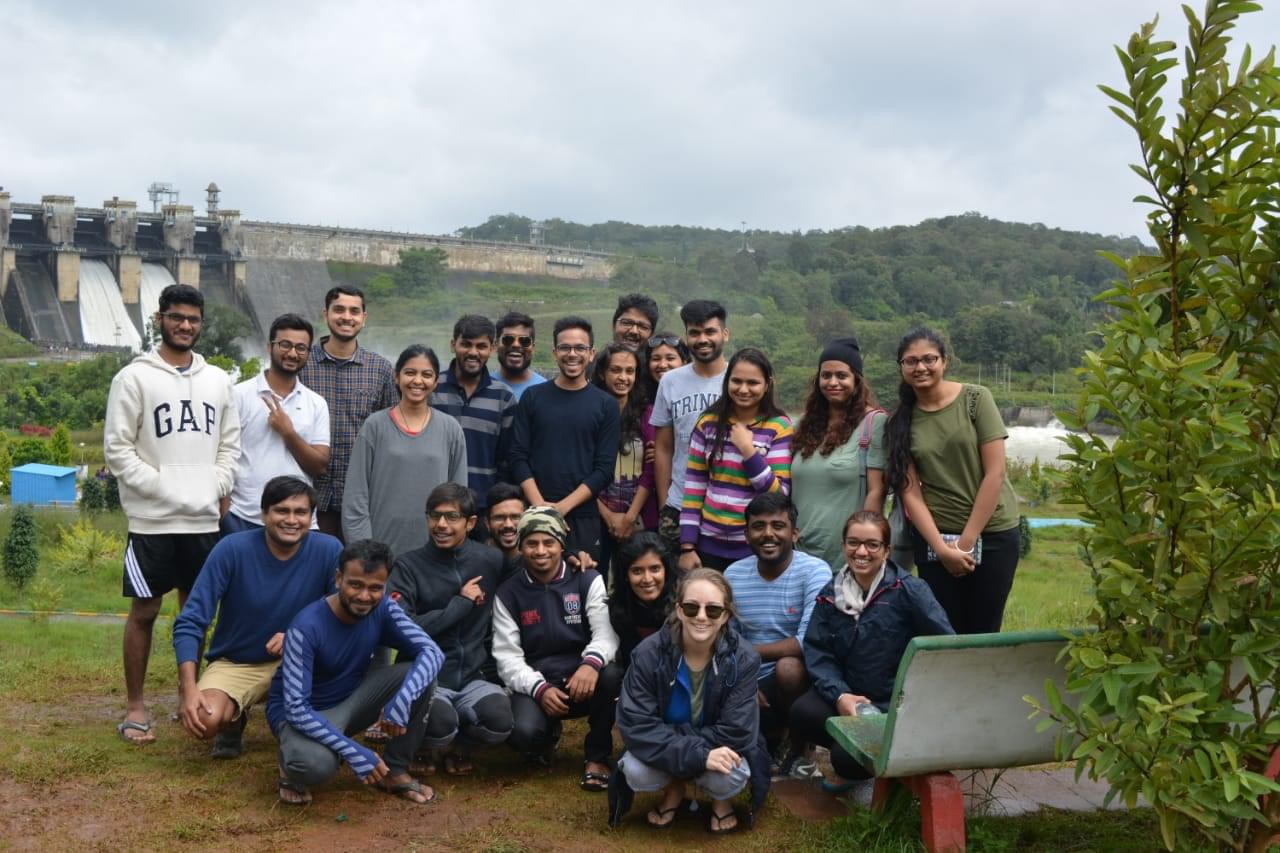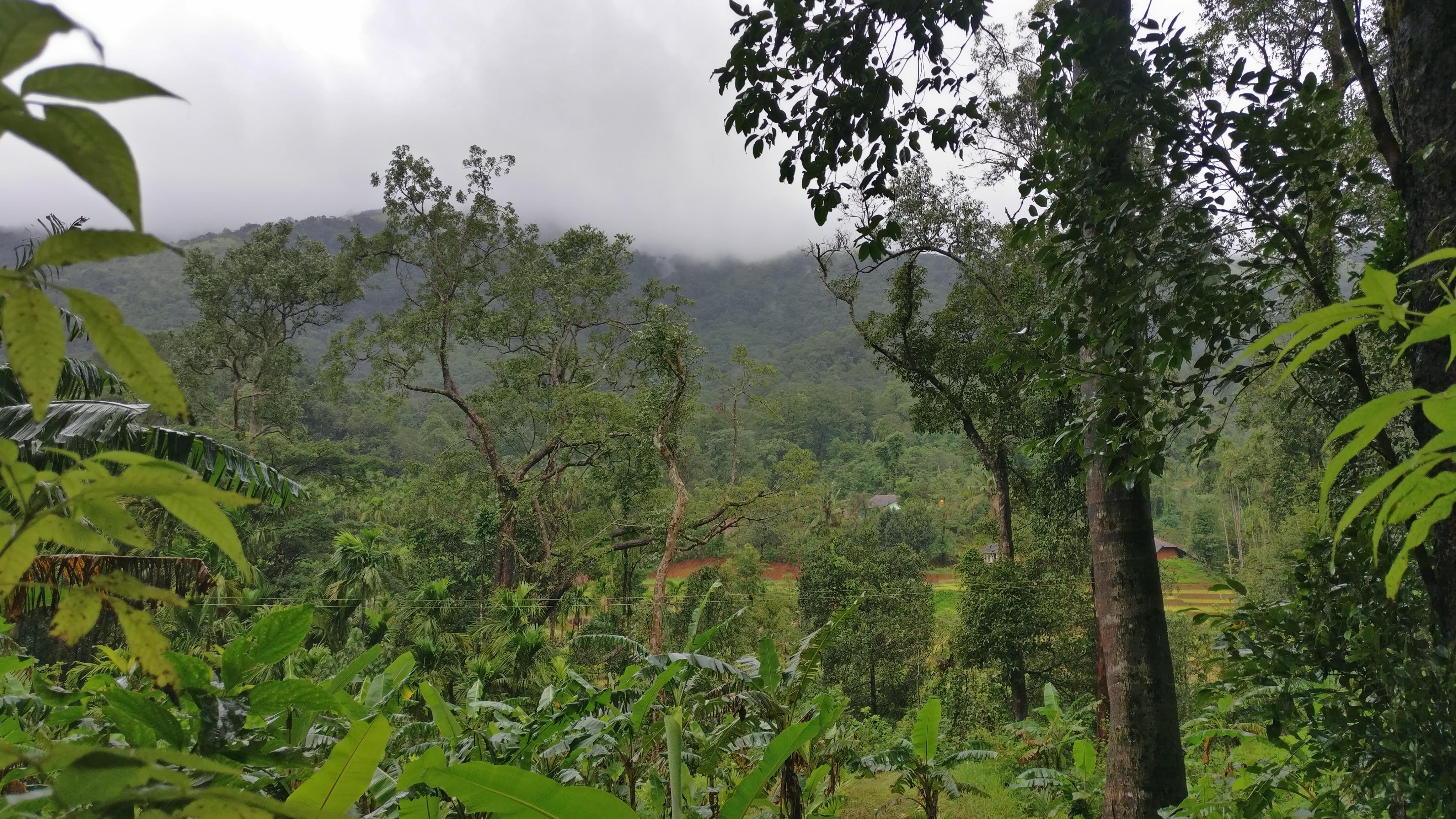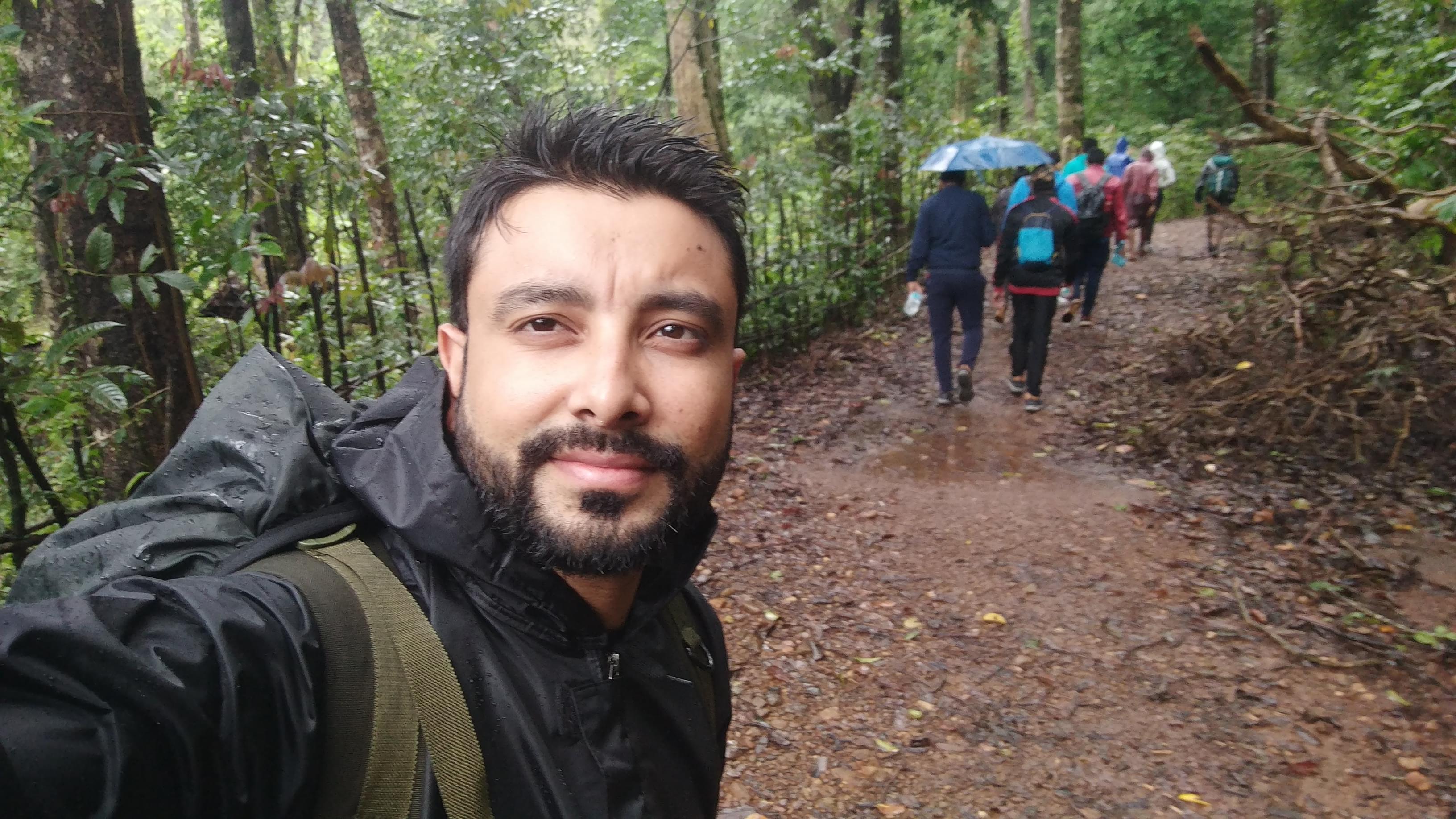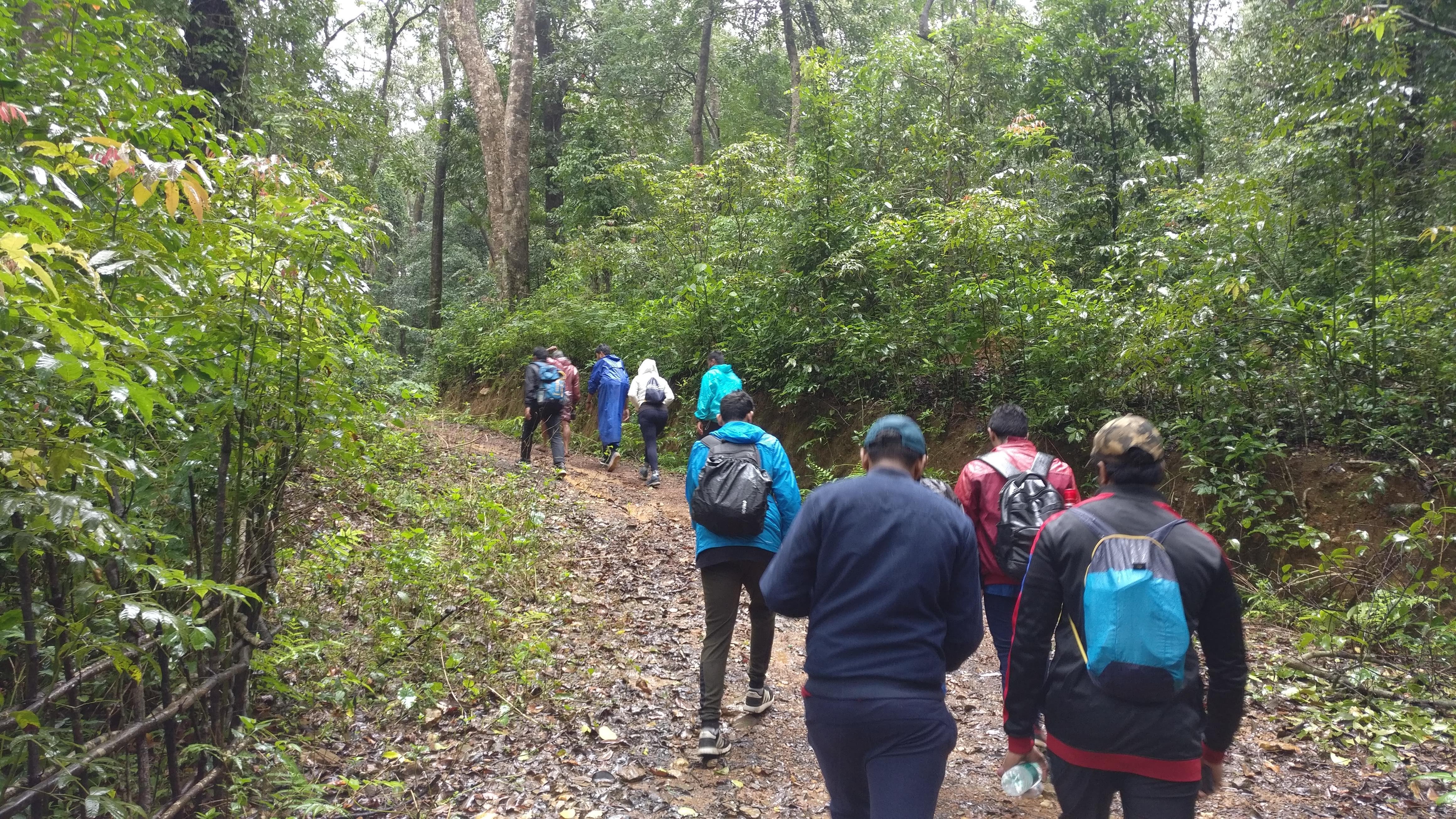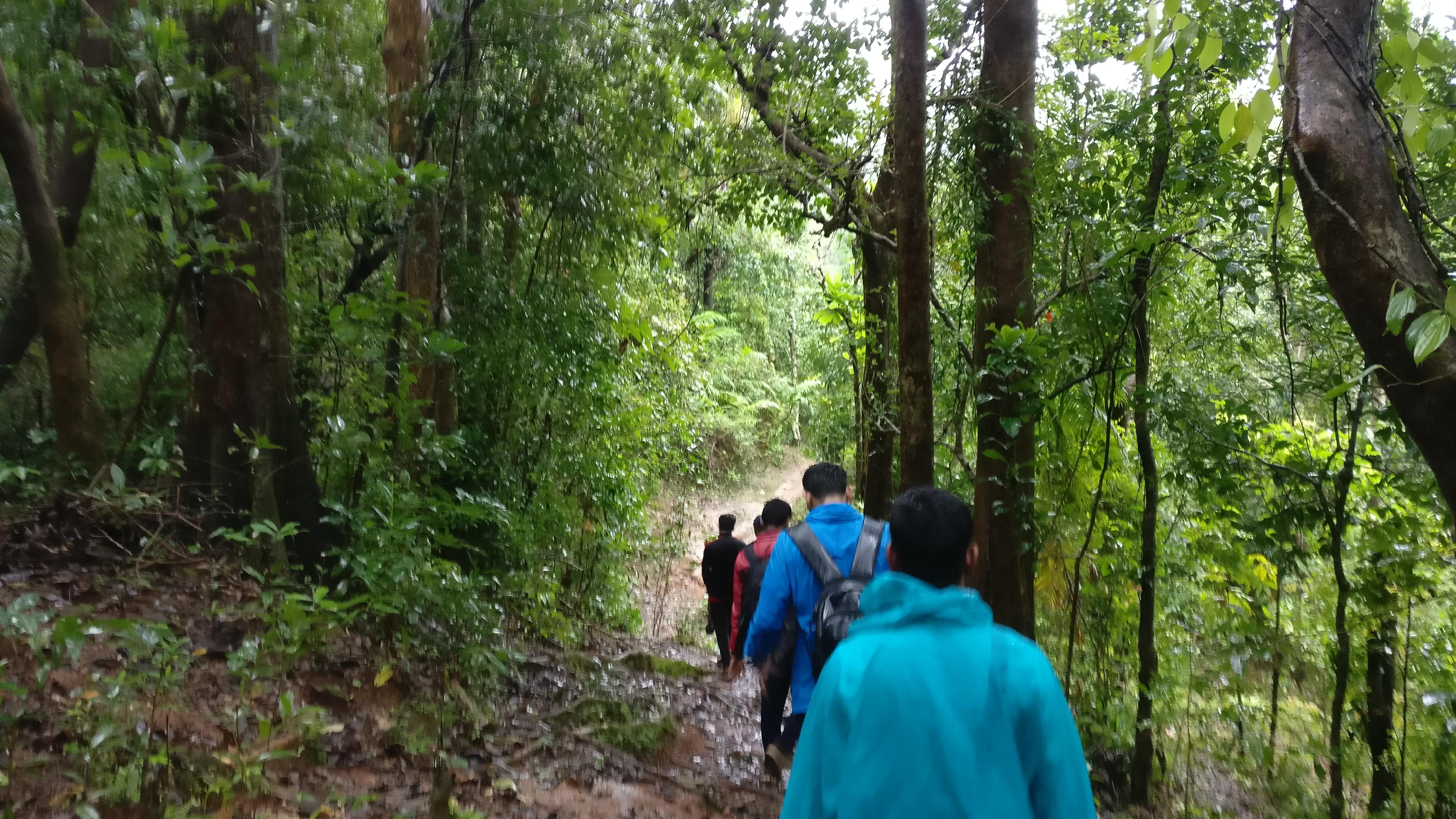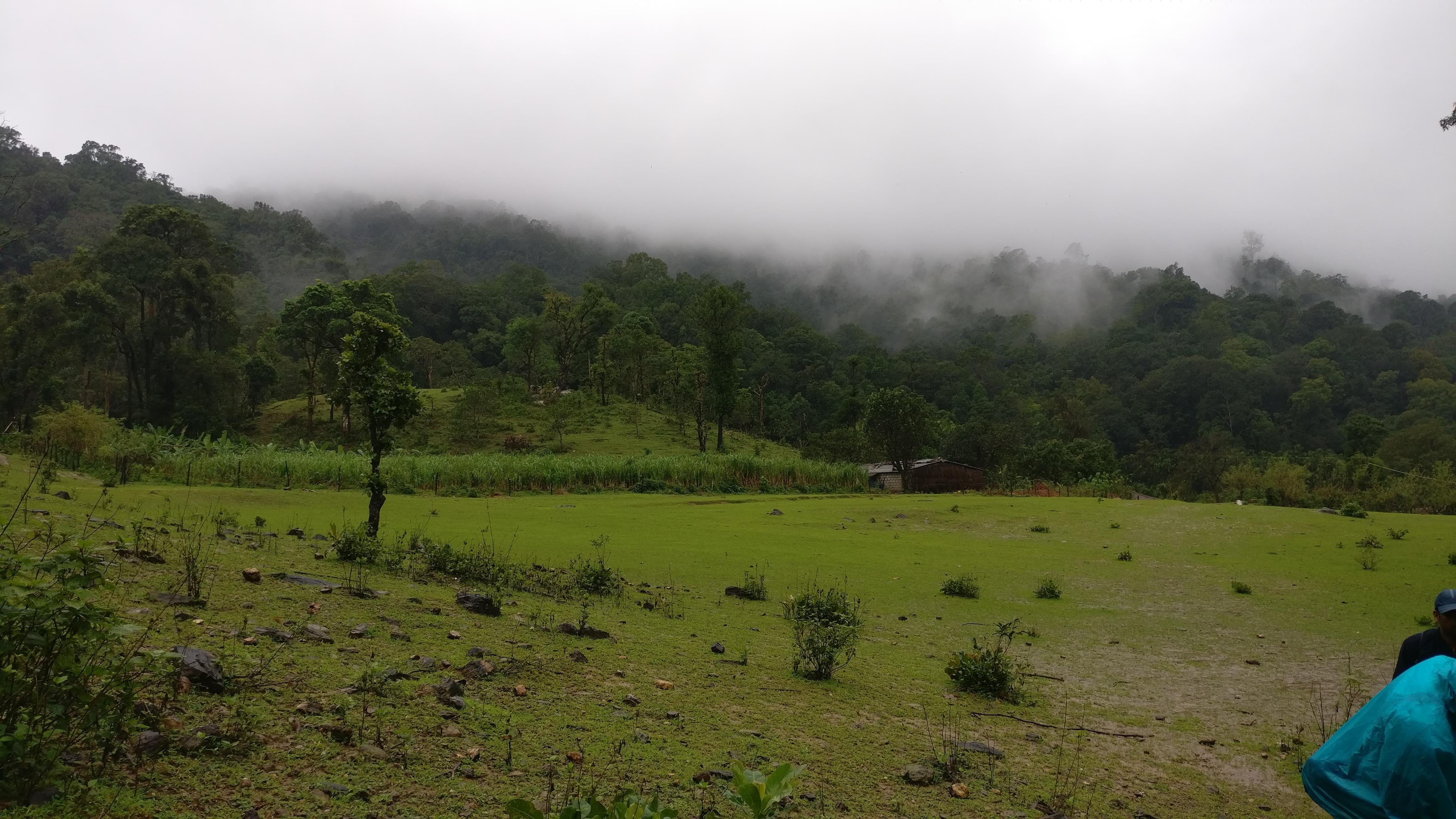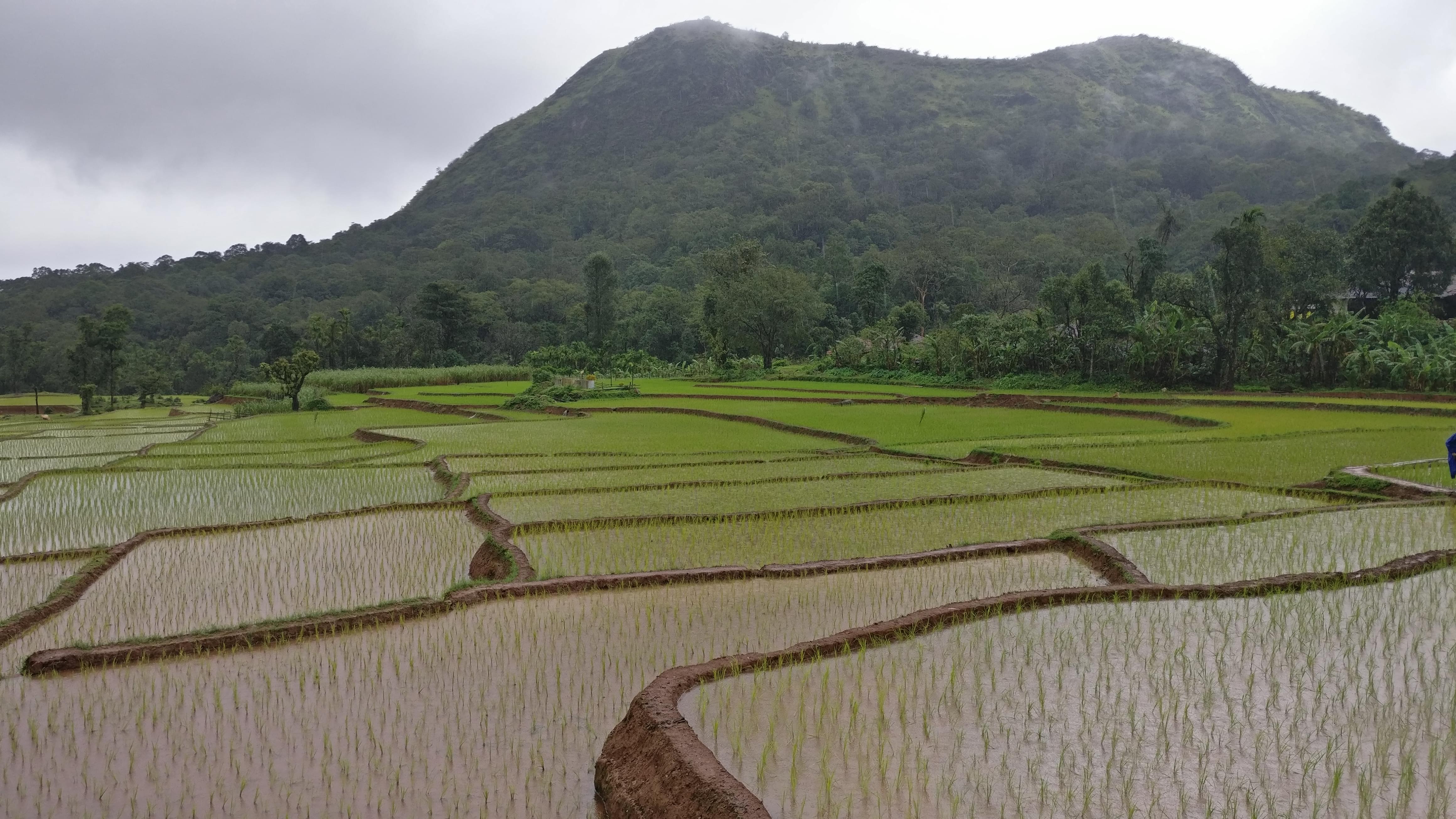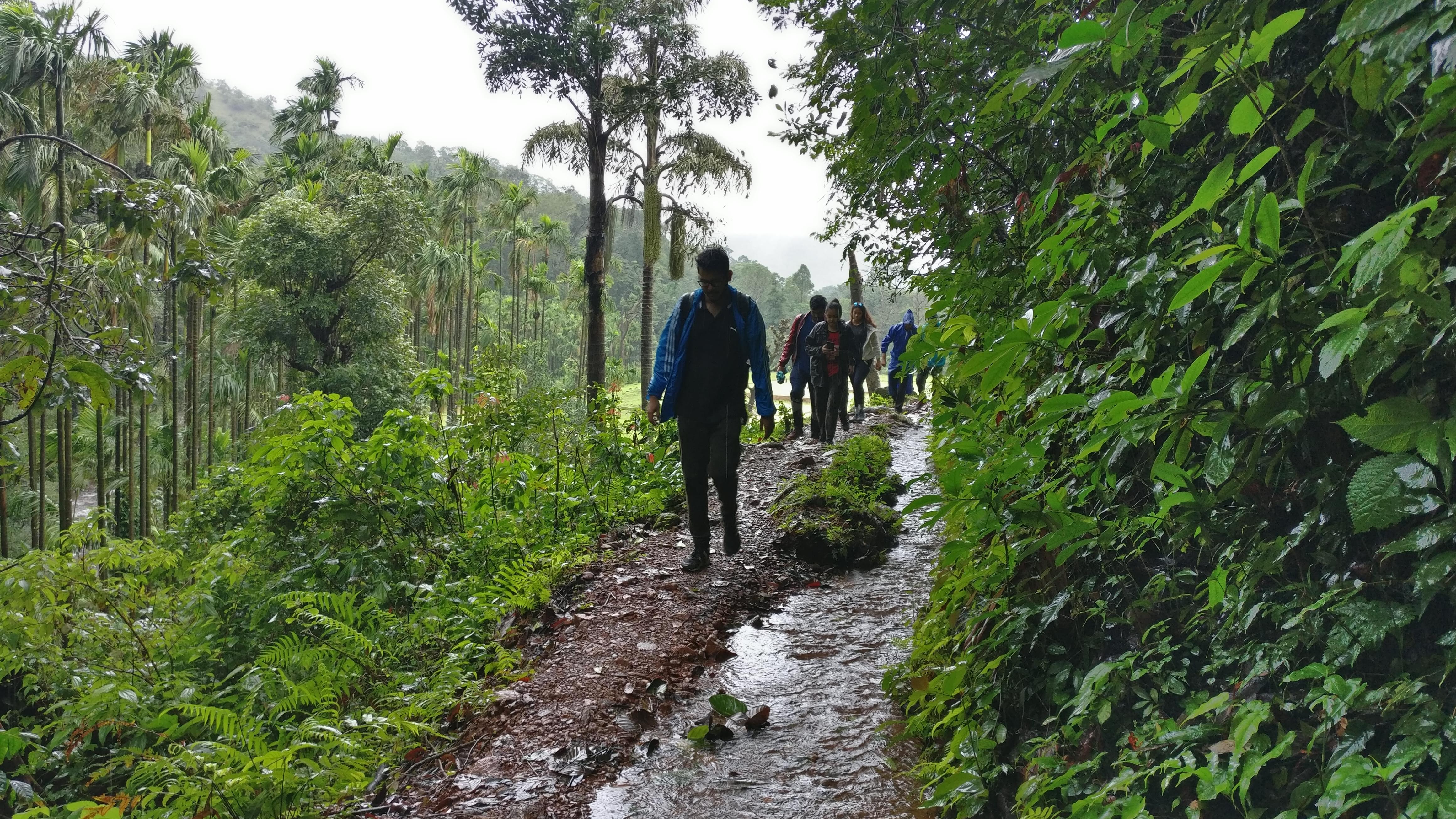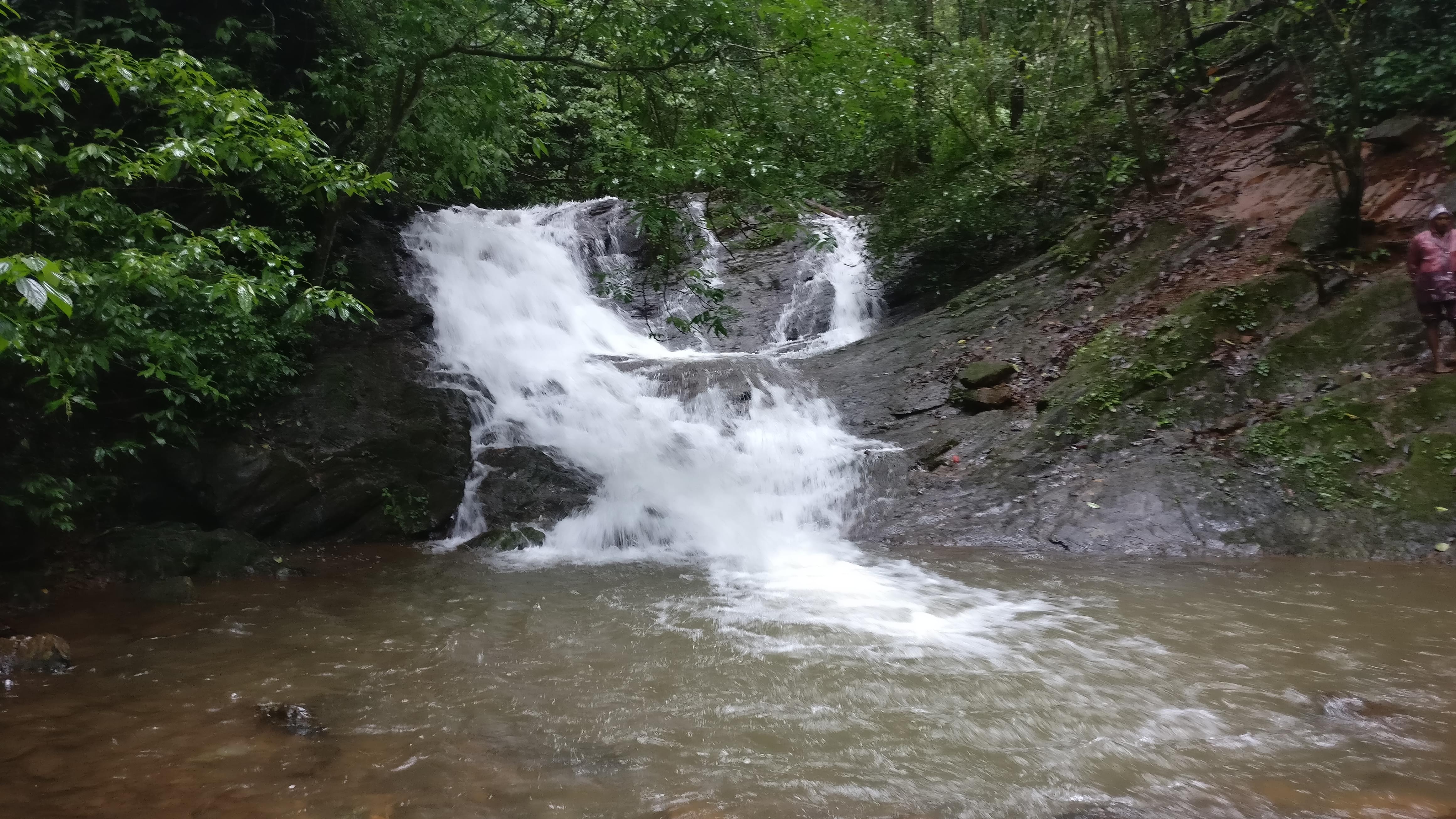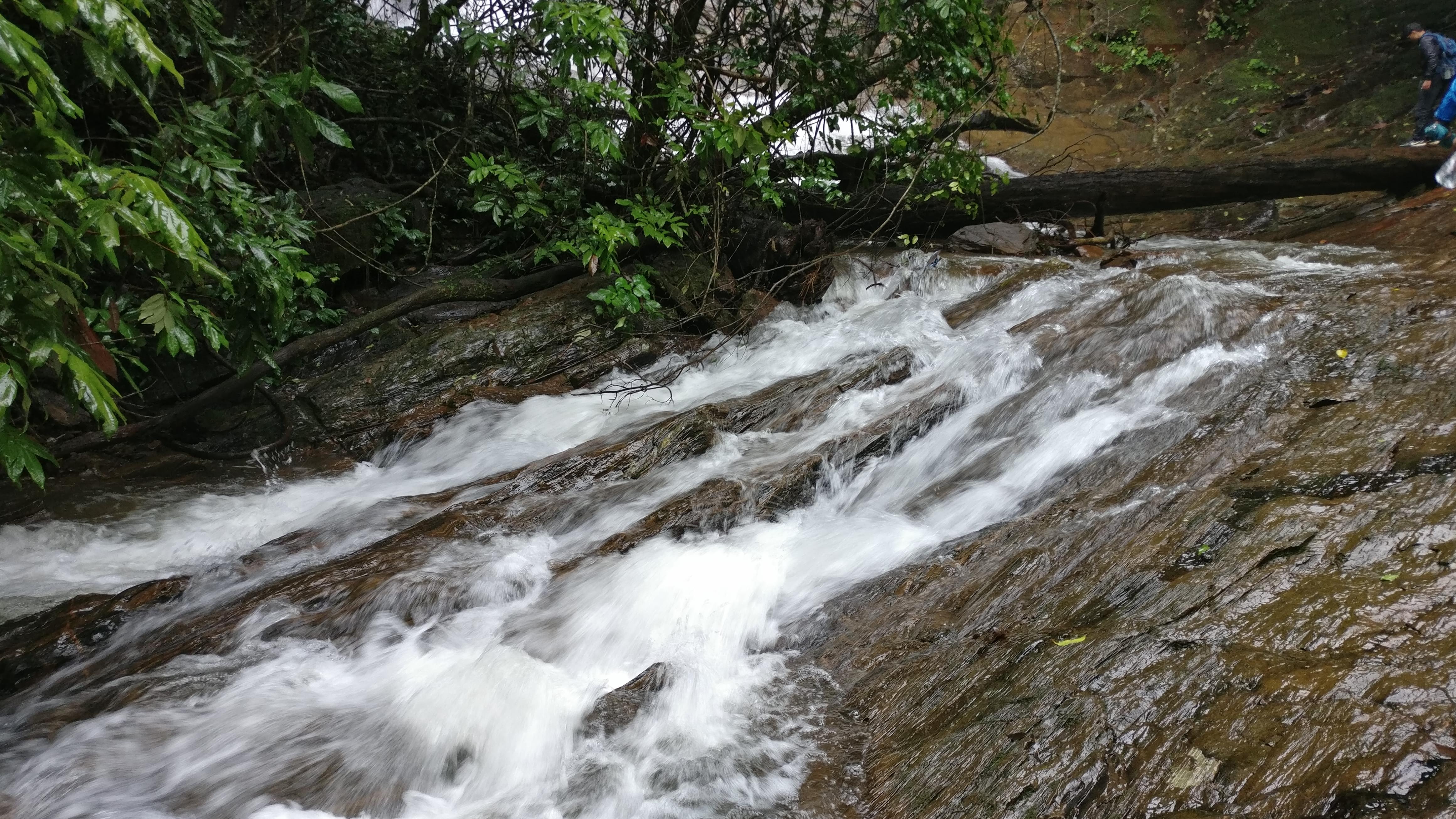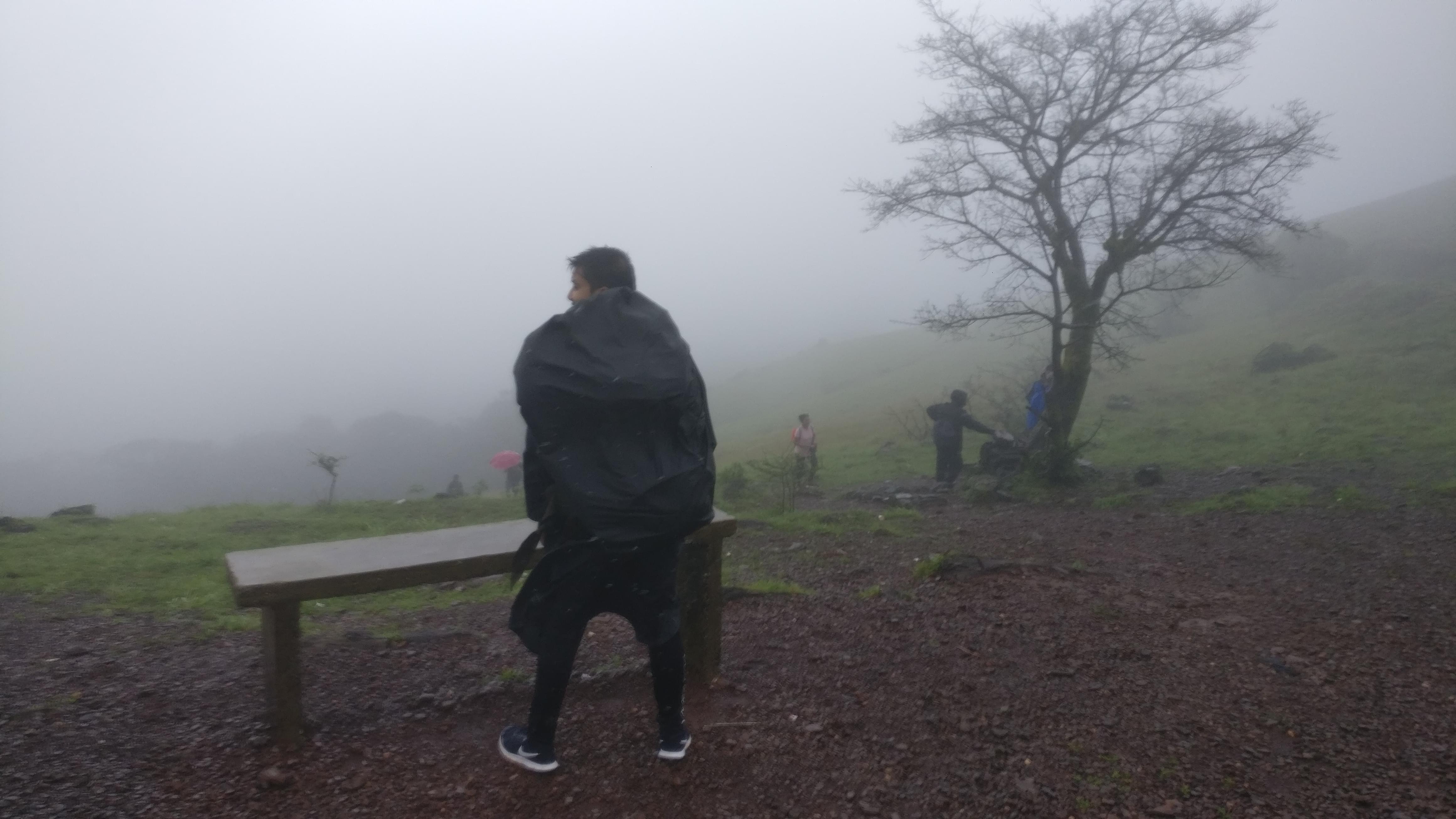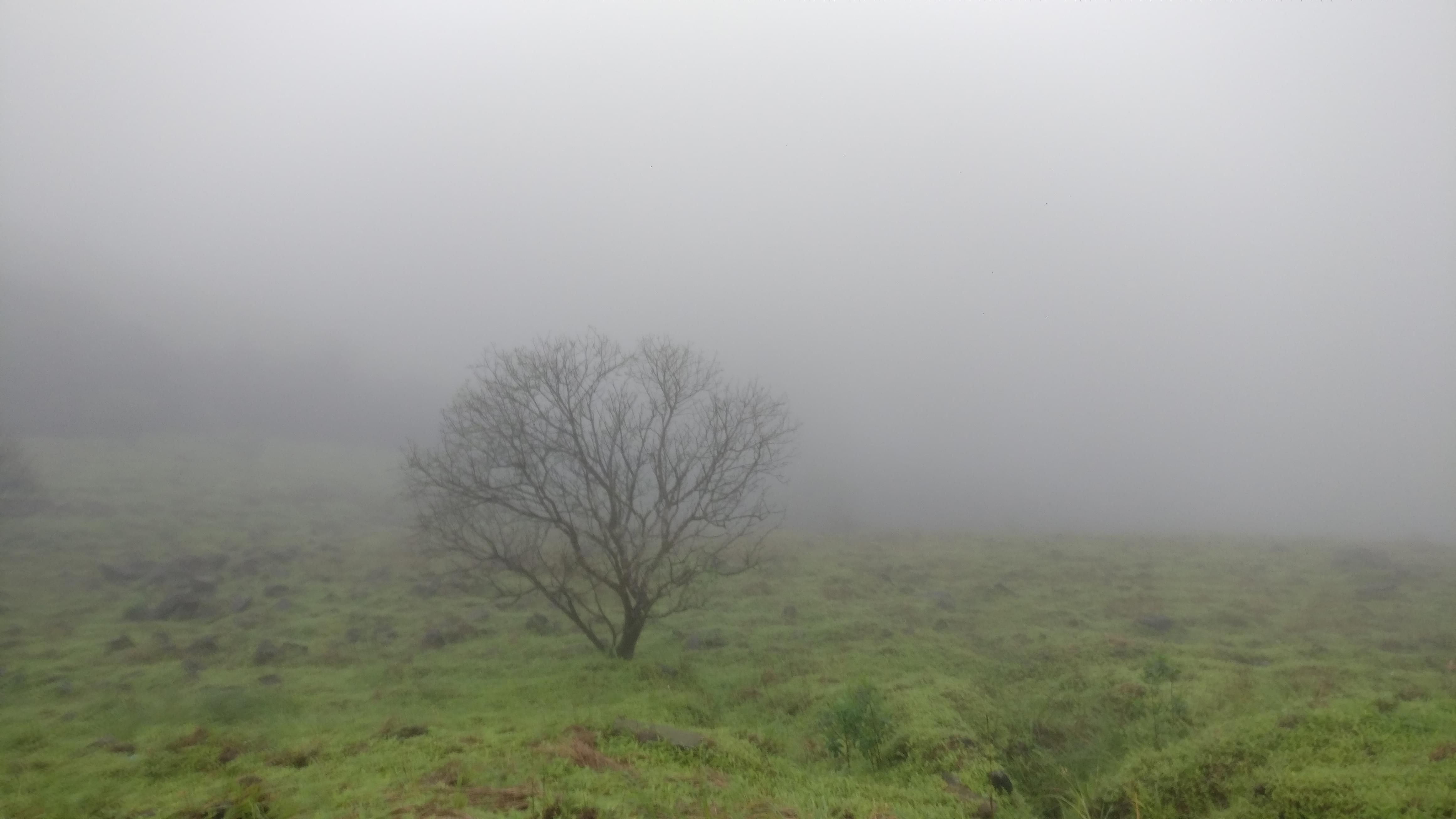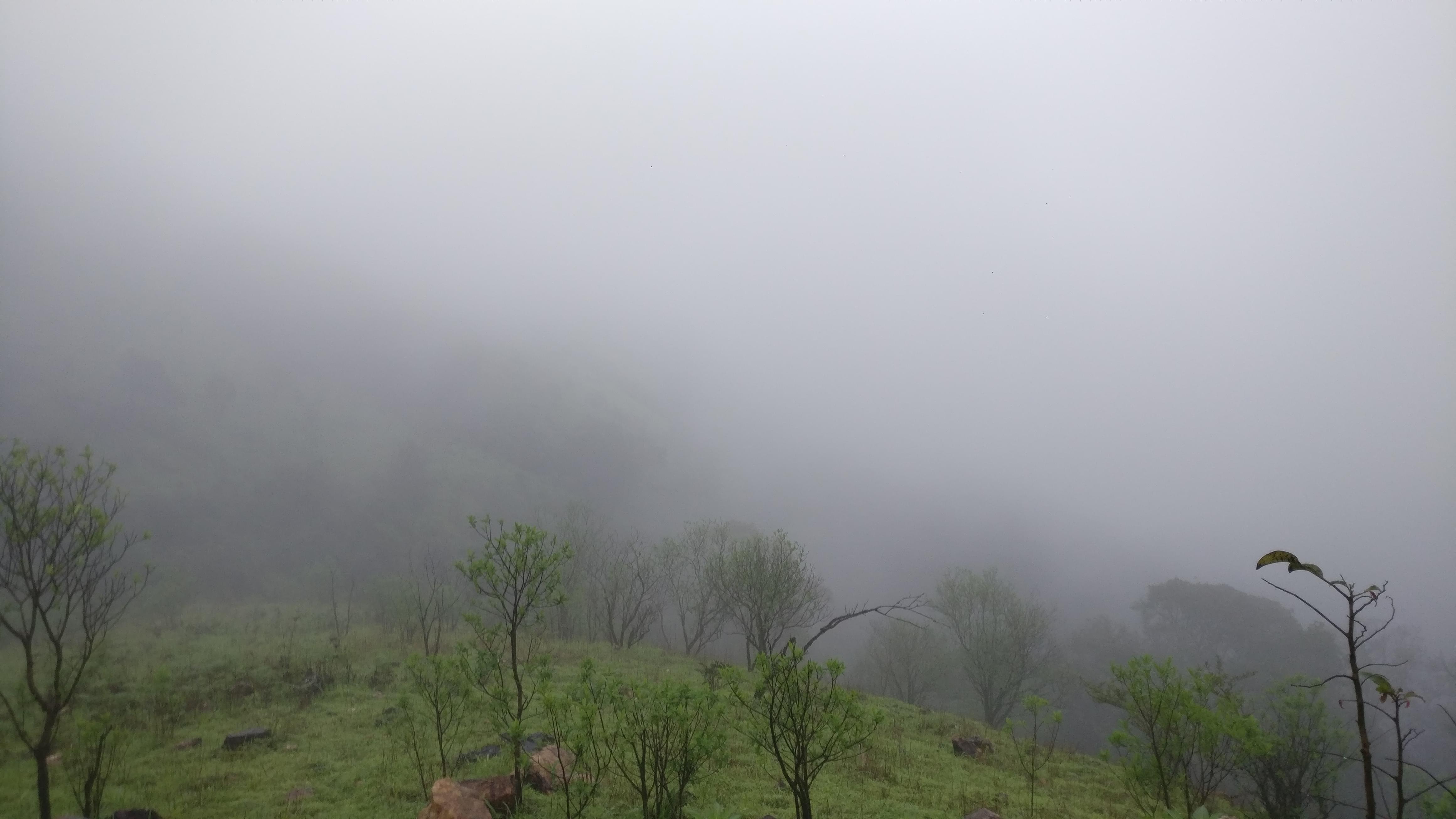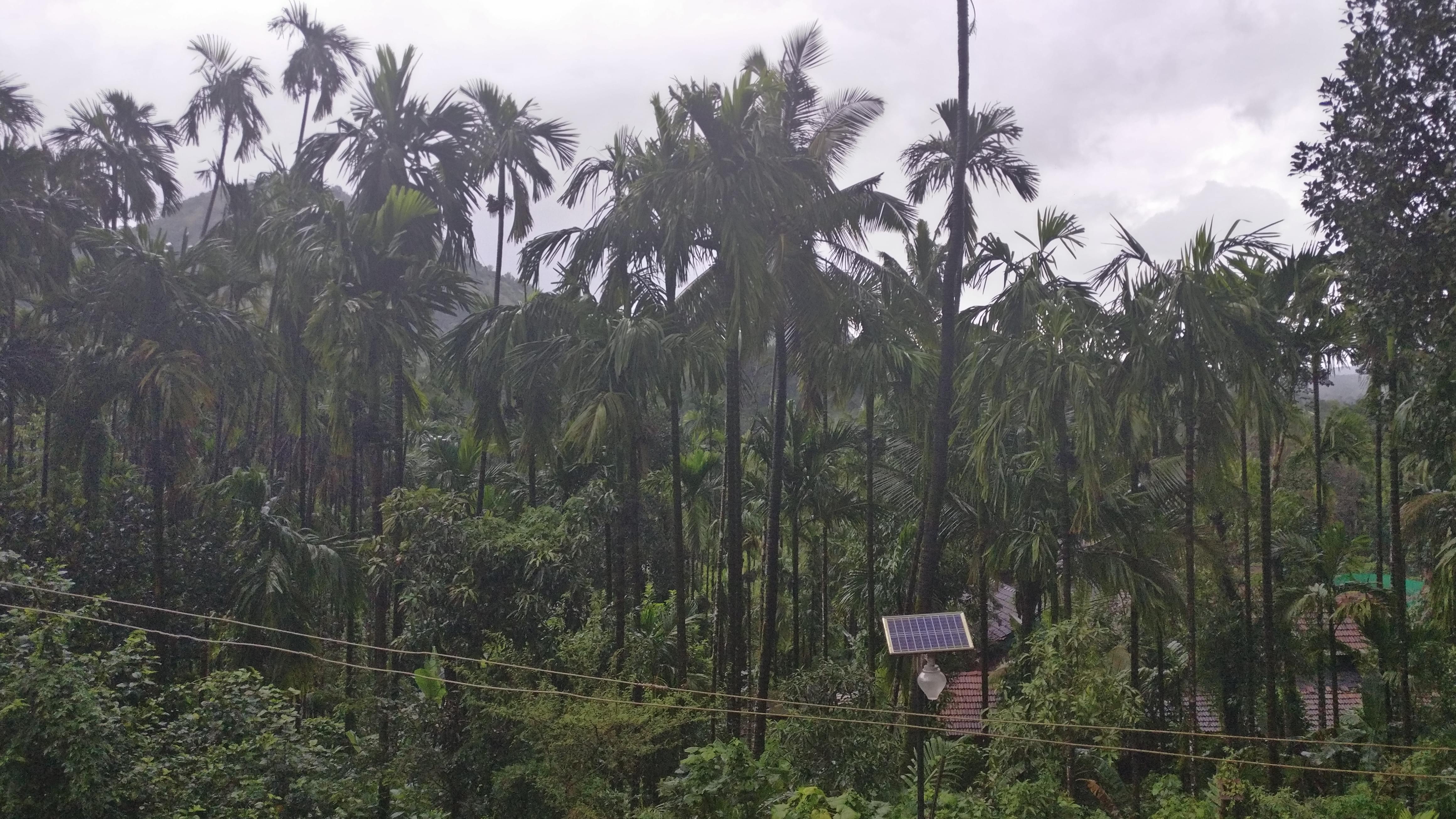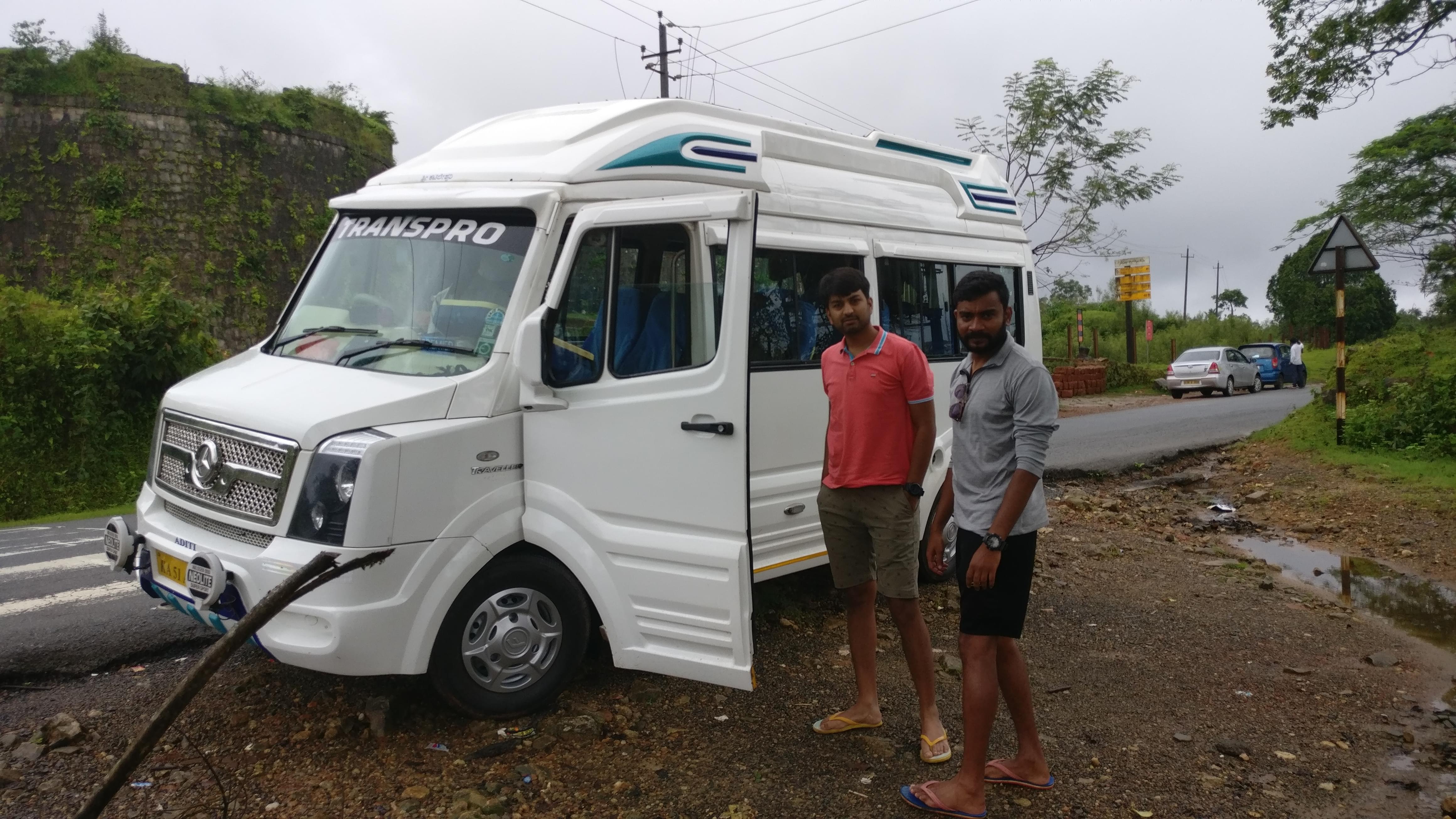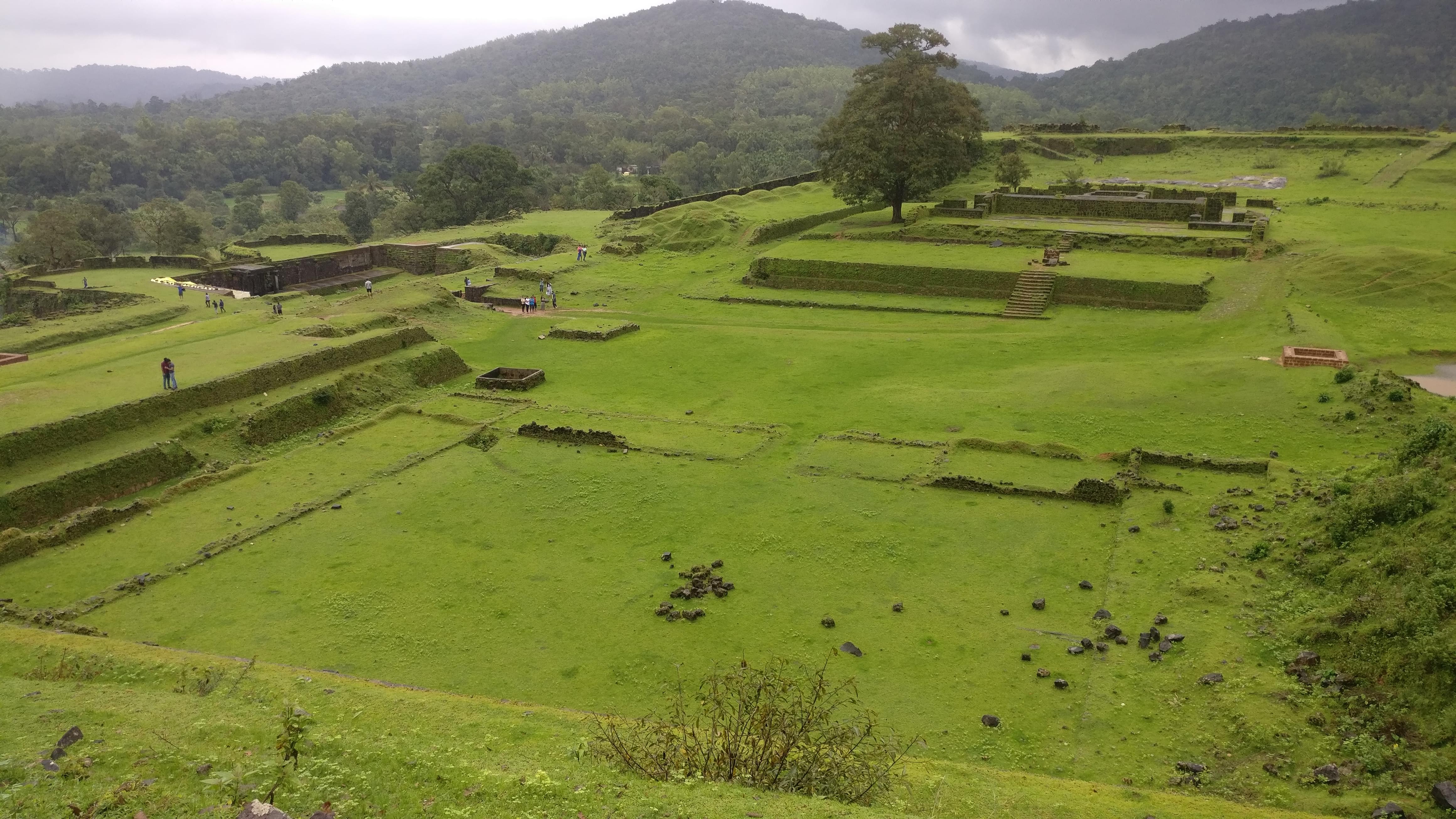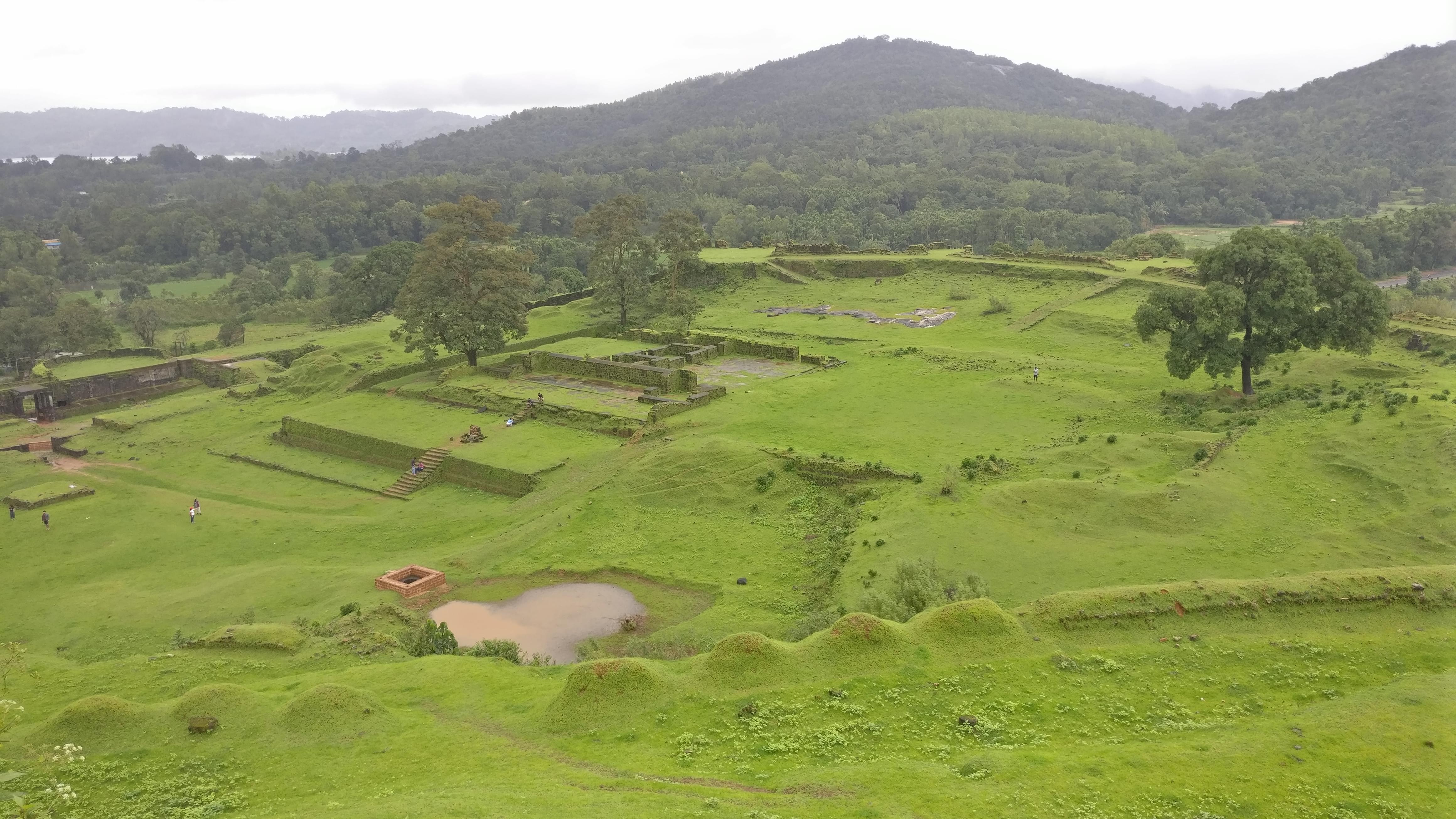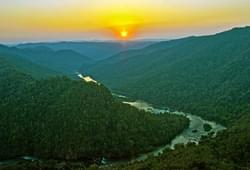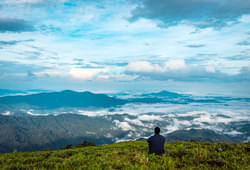BHADRA WILDLIFE SANCTUARY

Nestled in the Western Ghats, with the Kallahathigiri
surrounding the area and the Bhadra river flowing through the picturesque
terrains, lies this beautiful Wildlife Sanctuary in
Karnataka. With dry, deciduous and
sub-tropical hill forests spreading across the region, the Bhadra Wildlife
Sanctuary is spread across 492.46 square kilometres. This sanctuary is a part
of the Project Tiger and has a wide variety of flora and fauna.
Location: this sanctuary is situated almost 38 kilometres
to the northwest of the Chikmagalur district in Karnataka.
Best time to visit: from November to February.
Flora and fauna: there are over 120
tree species, most having medicinal properties, that grow here. Teak, rosewood,
hone, Nandi, tadasalu, bamboo, kindal, etc. are found here. You can also see
the 300-year old Jagara Giant, a big teak tree with a girth of 5.21 metres.
The wildlife of this sanctuary includes tigers, leopards, wild dog, jackal, elephant,
gaur, sambar, spotted deer, mouse deer, langur, bonnet macaque and the Malabar
giant squirrel among many others.The sanctuary is also home to many species of reptiles,
birds and butterflies.
Safari timings: You can avail the
safari from 6.30 am to 8.30 am and 4 pm to 6 pm.
Safari cost: The
cost per head for a jeep is INR 400, and a jeep accommodates 5 passengers. The
price per head in canter is INR 300, and it can accommodate over 25 passengers.
MOOKAMBIKA WILDLIFE SANCTUARY

Named after the reigning deity of the Mookambika temple in Kollur, this is one of the protected Wildlife Sanctuaries in Karnataka. Filled with thick evergreen and deciduous forests of the Western Ghats, this sanctuary, established in 1974, is untouched and idyllic place, with an unexplored treasure of amazing wildlife. Spread over 247 square kilometres, the Mookambika Wildlife Sanctuary is divided into three zones, which are the core zone, buffer zone and tourism zone. You can also enjoy nature camping and trekking here.
LOCATION: this sanctuary is located near Kollur in Udupi district, around 125 kilometres from Mangalore.
BEST TIME TO VISIT: between November and April
FLORA AND FAUNA: you can find many rare species of trees and wildlife here. Some of the tree species found here are Dipterocarpus indicus, Calophyllum tomentosum and Hopea parviflora, along with the rare Coscinium fenestratum. You can also spot the rare medicinal tree Arenga wightii here.
The sanctuary is home to the endangered cane turtle and animals like Slender loris, lion-tailed macaque, sambar, chital, sloth bear, gaur, wild pig, sambar, porcupine, tiger and leopard along with the Malabar Giant Squirrel, Flying Squirrel and the rare black panther.
SAFARI TIMINGS: Early morning to evening, (approximately 7:00 a.m. to 6:00 p.m.)
SAFARI COST: INR 100 for forest entry, INR 2000 for a jeep that takes you for the safari.ARABITHITTU WILDLIFE SANCTUARY

This is a wildlife
sanctuary in Karnataka that includes the Arabithittu State Forest and is
spread over 13.5 square kilometres. Although they do not permit any tourism,
camps for college and school students are regularly organised. This wildlife
sanctuary is a delight for photographers, bird watchers and nature lovers.
Location: this sanctuary is located in the Mysore
District at Hunsur Taluk of Karnataka.
Best time to visit: between late
October and April
Flora and fauna: One can find
plantations of sandalwood and eucalyptus.As far as animals are concerned one can spot Leopard, fox,
spotted deer, etc.The park boasts of more than 230 species of birds.
Safari timings: you need special
permission to visit the sanctuary and book your slots accordingly
Safari cost: there are no entry fees
here.
BHIMGAD WILDLIFE SANCTUARY

Deriving its name from the Bhimgad Fort built and commanded by Shivaji in the 17th century, the Bhimgad Wildlife Sanctuary is a protected area in the Western Ghats. It is famous for being home to the Barapede Caves and for being the only breeding area of Wroughton’s free-tailed bat, a threatened species on the verge of extinction. Spread over an area of 190.42 square kilometres, this is one of the few Karnataka Wildlife Sanctuaries that encloses many geo-morphological limestone formations with several caves in its west. It also has many rivers and perennial streams and is a picturesque place to visit.
Location: it is located in Khanapur Taluk of Belgaum District near Jamboti Village, around 60 kilometres from Belgaum.
Best time to visit: the region has a pleasant climate throughout the year. The winters are colder, and the months of April to June are warm. The monsoon months are ideal to enjoy the rains. So, one must visit accordingly. However, it is recommended not to visit during the rainy season.
Flore and fauna: it is a treasure
house of Tropical and subtropical moist broadleaf forests and grasslands and is rich in medicinal
plants.The sanctuary has tigers, leopards, gaur, sloth bears,
sambar, spotted deer, chitals, foxes, wild dogs, king cobras, elephants, and
other threatened species of mammals, birds and reptiles.
One can also enjoy birdwatching and find birds like the
Velvet-fronted Nuthatch, Malabar Grey Hornbill, Imperial Pigeon, Emerald Dove
and even the elusive Malabar Trogon.
Safari timings: throughout the day, although the best time to visit is around 2:00 p.m. to 3:00 p.m.
Safari cost: There is an entry fee of INR 150 per person and INR 1000 per person for foreigners. Safari costs are extra.BRAHMAGIRI WILDLIFE SANCTUARY

In addition to being one of the most idyllic Wildlife Sanctuaries in Karnataka, the Brahmagiri Wildlife Sanctuary also doubles up as a wonderful weekend getaway destination. It derives its name from the nearby Brahmagiri peak, which stands tall at 1607 metres. It is surrounded by coffee and cardamom plantations, steep valleys and hills, as well as eight rivers and many small streams. It also consists of two reserve forest areas, the Brahmagiri and Urty, with the Borapole river dividing the two.
Location: this sanctuary is located in the Coorg district of Karnataka
Best time to visit: between September and March
Flora and fauna: the sanctuary
predominantly has evergreen and semi evergreen forests, and you can find shola
grasslands on higher altitudes. Commonly found plants are Anogeissus latifolia,
schleichera oleosa, terminalia tomentosa, terminalia arjuna, wrightia tinctorial
along with bamboos and eucalyptus.
The Sanctuary has a large number of species such as
Elephant, Guar, Tiger, Leopard, Wild Pig, Spotted deer, Nigiri Langur, Giant
Flying, King Cobra, Slender Loris, Common Otter, Civets, and Bonnet Macaque
etc.It also has around 240 species of birds.
Safari timings: between 6:00 a.m. and 6:00 p.m.
Safari cost: entry fee for Indians is INR 200 and for foreigners is INR 1000, with an additional INR 200 for trekking.
CAUVERY WILDLIFE SANCTUARY

A perfect getaway spot for nature lovers and adventure seekers, this wildlife sanctuary is rich in flora and fauna. Some rare and exotic species like the four-horned antelope and the barking deer are found here. Established in 1987 and covering an area of 527 square kilometres, this sanctuary is hidden in the mountains with the pristine Cauvery river flowing through it.
Location: it is located near Malemadeshwara Hills, on the outskirts of Bangalore
Best time to visit: between May to November.
Flora and fauna: with a thick forest
cover, the sanctuary is home to tigers, leopards, spotted deer, barking deer, common langur, bonnet
macaque, elephant, wild boar among many other amazing species of animals like
the four horned antelope, wild boars, common otters and hares.
The White Browed Bulbul, the Green Billed Malkoha, and
other unique birds can all be spotted at the Cauvery Wildlife Sanctuary. The
Mahseer Fish is also popularly found in the waters of the Cauvery Wildlife
Sanctuary.
Safari timings: 10 am to 4.30 pm
Safari cost: INR 200 per person for Indian nationals.
DANDELI WILDLIFE SANCTUARY

One of the largest Wildlife Sanctuaries in Karnataka, Dandeli Wildlife Sanctuary boasts of serene surroundings. It is a region rich ion phenomenal natural wealth. Spread over an area of 866 square kilometres, this sanctuary was established in 1956 and is the second largest wildlife sanctuary in the state of Karnataka. It is situated on the banks of the river Kali and is one of the most under-rated wildlife sanctuaries in the country.
Location: it is located in Uttara Kannada district that borders the states of goa and Karnataka.
Best time to visit: between March and October.
Flora and fauna: the region has breathtaking scenic valleys and rivers with moist deciduous and semi-evergreen forests.The sanctuary is home to barking, spotted and mouse deer, sloth bear, panther, tiger, gaur, elephant, wild dog, civet cat, bison, jackal, langur and giant flying squirrel along with many species of colourful birds.
Safari timings: between 6:00 a.m. to 9:00 a.m. and 3:00 p.m. to 6:00 p.m.
Safari cost: The jeep safari costs Rs 40 for Indians and Rs 80 for foreigners.
DAROJI SLOTH BEAR SANCTUARY

Created exclusively to preserve the Indian sloth bear, the Daroji Sloth Bear Sanctuary is just 15 kilometres away from the World Heritage site of Hampi. Some of the best experiences that you were ever get here is to witness bears coming down from the nearby hills during the evenings. Moreover, the forest department staff feed a mixture of jaggery and corn to the bears at one particular designated place of the sanctuary between 3:00 p.m. and 6:00 p.m. every day.
Location: this sanctuary is located in the Ballari district in Karnataka
Best time to visit: between August and April
Flora and fauna: The fauna here are primarily dry deciduous scrub and Southern thorn forests.There are around 120 Sloth Bears in this sanctuary. It is also home to Leopards, Hyena, Jackals, Wild Boars, Star Tortoise, Monitor Lizard, Mongoose, Peafowls, Partridges, Porcupine, Pangolins, Painted Spur Hen, and Quails. Additionally, it has around 90 species of birds and 27 species of butterflies.
Safari timings: between 6:00 a.m. to 6:00 p.m.
Safari cost: The entry fee INR 50 for Indians and INR 300 per head for foreigners. It costs INR 500 per car and INR 1500 per bus.SHARAVATHI VALLEY WILDLIFE SANCTUARY

Spread over an area of 431 kilometres, this Karnataka Wildlife sanctuary is situated near Jog Falls and covers the Sharavathi Valley Region. Nourished by the Sharavati river and having the Linganamakki reservoir, the sanctuary is divided into core zone, buffer zone and tourism zones.
Location: located in Sagar of Shimoga District in Karnataka, about 350 kilometres from Bangalore.
Best time to visit: between November and May
Flora and fauna: The region is rich in evergreen, semi-green and moist deciduous forests.
The sanctuary is home to the endangered Lion-tailed
macaque. Other mammals include tiger, leopard (black panther), wild dog,
jackal, sloth bear, spotted deer, sambar, barking deer, mouse deer, wild pig,
common langur, bonnet macaque, Malabar giant squirrel, giant flying squirrel,
porcupine, otter and pangolin.
Reptiles here include king cobra, python, rat snake,
crocodile and monitor lizard.Some of the bird species found here are three species of
hornbill, paradise flycatcher, racket-tailed drongo, blue-throated barbet and
Indian lories and lorikeets.
Safari timings: between 6:00 a.m. and 6:00 p.m.
Safari cost: the safari costs fluctuate according to slots and seasons.JAYAMANGALI BLACKBUCK RESERVE

One of the pristine Wildlife Sanctuaries in Karnataka, the Jayamangali Black Reserve is a forest ecosystem bordering the rocky hills of Andhra Pradesh. It has the second largest contiguous population of Blackbuck in Karnataka.
Location: it is located in Tumkur district, around 100 kilometres north of Bangalore.
Best time to visit: The climate gets extreme during different seasons. The best time to visit the Conservation Reserve is post monsoon until winters.
Flora and fauna: This forest reserve
is predominantly made up of open grasslands and bushes and is rich in Acacia
and Eucalyptus plantation. There are more than 80 species of medicinal plants
in this area.The animals that are commonly seen here are the Blackbuck,
Indian Grey Mongoose, Indian Fox and the Black Naped Hare.
There is other wildlife
like the leopard, wolf, Jungle Cat and Civet as well.This reserve is also a great place for bird watching with
some rare species like the Montagu’s Harrier, the Indian Courser, the Painted
Sandgrouse and the Great Indian Bustard seen here.
Safari timings: between 6:00 a.m. and 6:00 p.m.
Safari cost: INR 100 per person.DUBARE ELEPHANT CAMP

One of the few Wildlife Sanctuaries in Karnataka as well as the country, this elephant camp is home to many Asiatic elephants and is considered to be one of those places that must be visited at least once in a lifetime. This camp is one of the best places for wildlife tourism in the state as it has surreal and peaceful surroundings and breathtaking sights to wonder. Originally set up in order to train elephants for logging purposes, such programs were abolished in 2008 after which these mighty animals were trained for religious ceremonies and ritual processions. These animals are now trained for human interaction.
Location: The camp is situated on the bank of Kaveri River in Kodagu district of Karnataka.
Best time to visit: between September and March
Flora and fauna: surrounded by lush green thick forests, along with elephants, you can spot animals like sambhar, the spotted deer, tigers, leopards, wild dogs, gaurs, bears and crocodiles.
Safari timings: 8:00 a.m. to 11:00 a.m. and 4:30 p.m. to 5:30 p.m.
Safari cost: INR 800 for Indian nationals and INR 1437 for foreigners
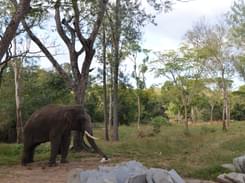
KALI TIGER RESERVE

Formed in 2007 after joining the two sanctuaries of Dandeli and Anshi, the Kali Tiger Reserve is one of the largest, most beautiful jungles in the country and is very bio-diverse in nature, especially for tigers. It is spread over a total area of over 1300 square kilometres. The reserve gets its name from the Kali river that flows through it and serves as the lifeline of the ecosystem here. It is also home to the Bengal tigers, black panthers and Indian elephants, amongst other distinctive fauna.
Location: located in the Uttar Kannada district of Karnataka
Best time to visit: between October to May
Flora and fauna: the reserve predominantly has rain forests and moist deciduous forests, and include trees and plants like bintangur, Malabar tamarind, Garcinia morella, Knema attenuata, blackboard tree, Flacourtia montana, Artocarpus lacucha, true cinnamon, bamboo, bauhinia, eucalyptus, lantana, silver oak, teak and jamba among others.
Home to black panthers, elephants and tigers, the reserve also has other animals like the Indian bison, sloth bear, Indian wild boar, bonnet macaque, northern plains grey langur, grey slender loris, and several species of deer. You can also spot Wild dog, jackal, jungle cat, leopard cat, small Indian civet, Indian grey mongoose, flying squirrel, porcupine, Malabar civet, Indian giant squirrel and pangolins here.
Safari timings: between 6:00 a.m. to 6:00 p.m.
Safari cost: INR 500 per person.PUSHPAGIRI WILDLIFE SANCTUARY
.JPG.jpg?gravity=center&width=752&height=450&crop=fill&quality=auto&fetch_format=auto&flags=strip_profile&format=jpg&sign_url=true)
Pushpagiri Wildlife Sanctuary is one of the most important bird sanctuaries in the world and is one of the 21 well-known Wildlife Sanctuaries in Karnataka. Established in 1987, the wildlife sanctuary is as one of the World Heritage Sites. Covered by steep terrain and waterfalls alongside mountain streams, the sanctuary is home to the Kadamakkal reserve forest. it has an altitude of 160 to 1712 metres and the highest peak in it is the Pushpagiri. Almost 70% of the sanctuary is covered with dense forests.
Location: It is located in the Kogadu (Coorg) district in Somwarpet taluk in Karnataka.
Best time to visit: between November to March.
Flora and fauna: There are semi-evergreen vegetation and dense evergreen trees that are spread across the region.One can spot a variety of animal species that include Indian Hare, Spotted Deer, Giant Flying Squirrel, Otter Species, Indian Wild Dog, Travancore Flying, Brown Palm Civet, Wild Pig, Indian Giant Squirrel, Stripe-necked mongoose, Sambar, Asian Elephant, Gaur, Indian Muntjac, and mouse deer. Primates are also easily found here, their species include common langur, lion-tailed macaque, and bonnet macaque.
The sanctuary has a rich diversity of birds which include threatened species like black and orange flycatcher, grey breasted laughing thrush and Nilgiri Flycatcher. There are also birds like a Nilgiri wood pigeon, Malabar Grey Hornbill, Grey Headed Bulbul, blue winged parakeet, small sunbird and the white-bellied blue flycatcher.
Safari timings: between 6:00 a.m. to 6:00 p.m.
Safari cost: INR 1300 for Indians and INR 1800 for foreigners.
TALAKAVERI WILDLIFE SANCTUARY

Named after Talakaveri, the origin of the Cauvery River which lies on the eastern edge of the sanctuary, this place was declared a Wildlife Sanctuary in 1987. Talakaveri wildlife sanctuary is spread over 105.01 square kilometres and is covered with tropical evergreen forests. One can also find coffee and cardamom plantations here.
Location: Talakaveri Wildlife Sanctuary is located in Kodagu (Coorg) district of Karnataka.
Best time to visit: between November and April
Flora and fauna: Dipterocarpus indicus, Hopea parviflora, Dysoxylum malabaricum, Pallaquim ellipticum, Mesua ferrea and Artocarpus lakoocha are some of the plant and tree species found here.
Talakaveri Wildlife Sanctuary is home to mammals like Elephant, Tiger, Jackal, Gaur, Wild pig, Sloth bear, Lion-tailed Macaque, Leopard, Leopard cat, Wild dog, Nilgiri Marten, Common Palm Civet, Brown Palm Civet, Bonnet Macaque, Common Langur, Clawless otter, Common Mongoose, Brown Mongoose, Striped-Necked Mongoose, Ruddy Mongoose and Porcupine.
Safari timings: 8:00 a.m. to 6:00 p.m.
Safari cost: The safari cost here are subject to change.
RANGANATHITTU SANCTUARY

One of the most important and the largest Wildlife Sanctuaries in Karnataka, this place covers the 6 isles of crocodile infested backwaters of the river Kaveri. Named after the famous Hindu God Sri Ranganatha Swamy, who is an incarnation of Lord Vishnu, this sanctuary is spread over an area of 40 acres with Kaveri River flowing through it.
Lovca: 16 kilometres from Mysore and 3 kilometres from Srirangapatna
Best time to visit: between June and November
Flora and fauna: Riverine reed beds
cover the island banks, while the islands themselves are covered in broadleaf
forests, with dominant species of the Arjun tree, bamboo groves, and Eucalyptus
and acacia trees. The sanctuary also houses numerous small mammals, including
bonnet macaque, smooth coated otter, colonies of flying fox and common small
mammals like common palm civet and Indian grey mongoose and the monitor lizard.
The sanctuary is home around 170 species of birds that
include birds like Painted Stork, Asian Openbill Stork, Common Spoonbill,
Woolly-necked Stork, Black-headed Ibis, Lesser Whistling Duck, Indian Shag,
Stork-billed Kingfisher. Besides the avifauna; the reserve attracts migratory
birds from distant places like Australia, Siberia and even North America.
Safari timngs: 8:30 a.m. to 6:00 p.m.
Safari cost: INR 300 for Indian nationals and INR 1000 for foreigners.
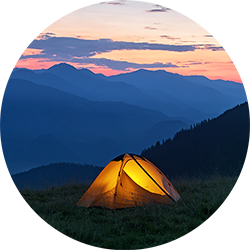



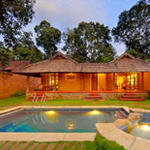

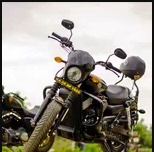


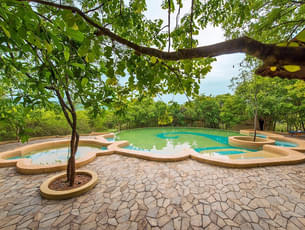

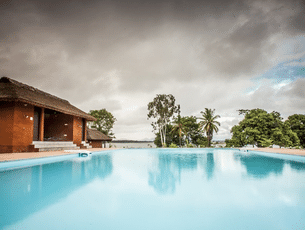
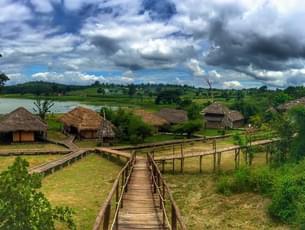
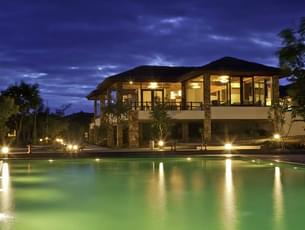
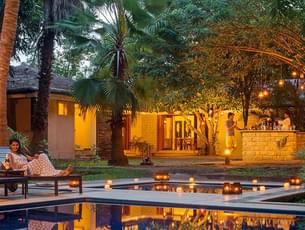

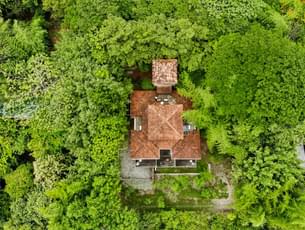
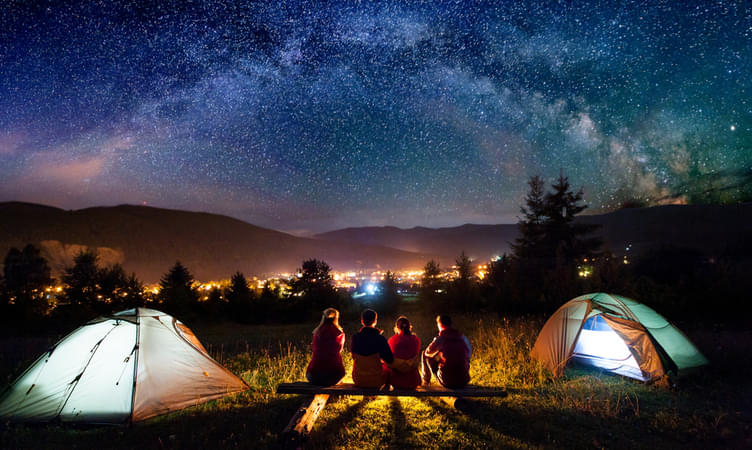






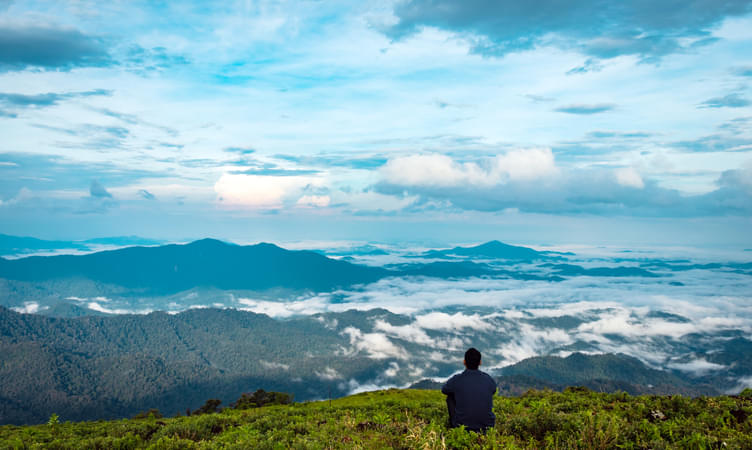






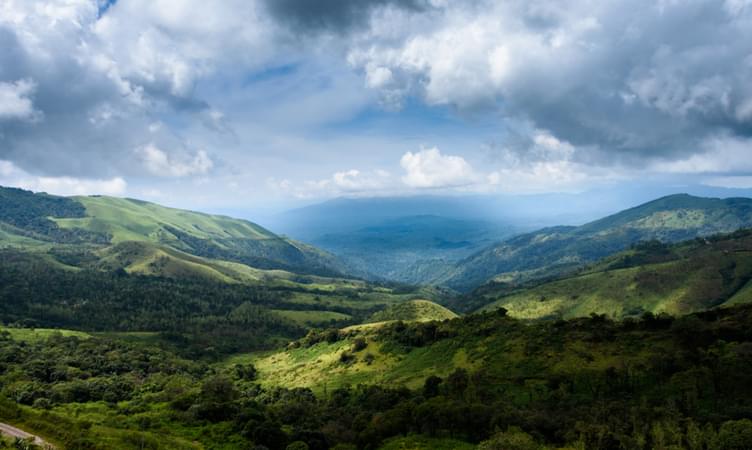
.jpg?gravity=center&width=90&height=90&crop=fill&quality=auto&fetch_format=auto&flags=strip_profile&format=jpg&sign_url=true)












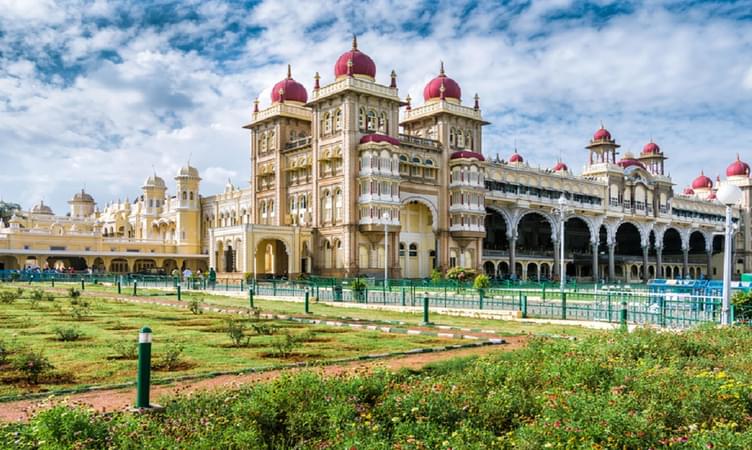






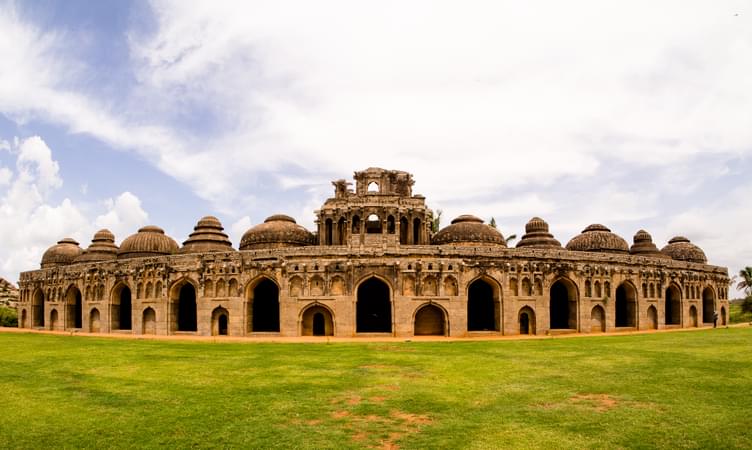










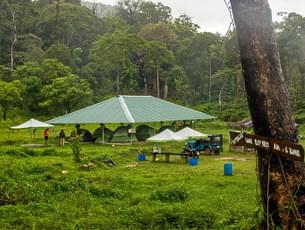
.jpeg?w=305&h=230&dpr)
.jpg?w=305&h=230&dpr)

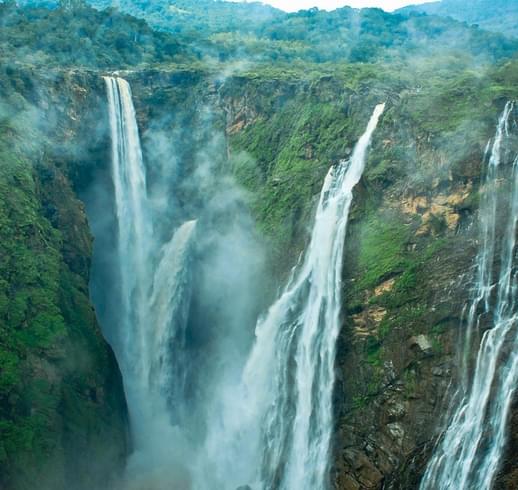
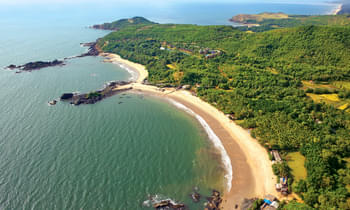
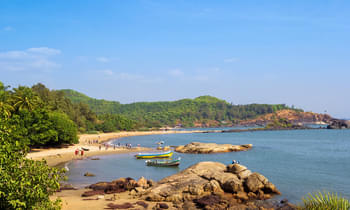
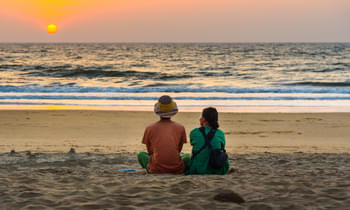















.jpg?gravity=center&width=255&height=270&crop=fill&quality=auto&fetch_format=auto&flags=strip_profile&format=jpg&sign_url=true)

